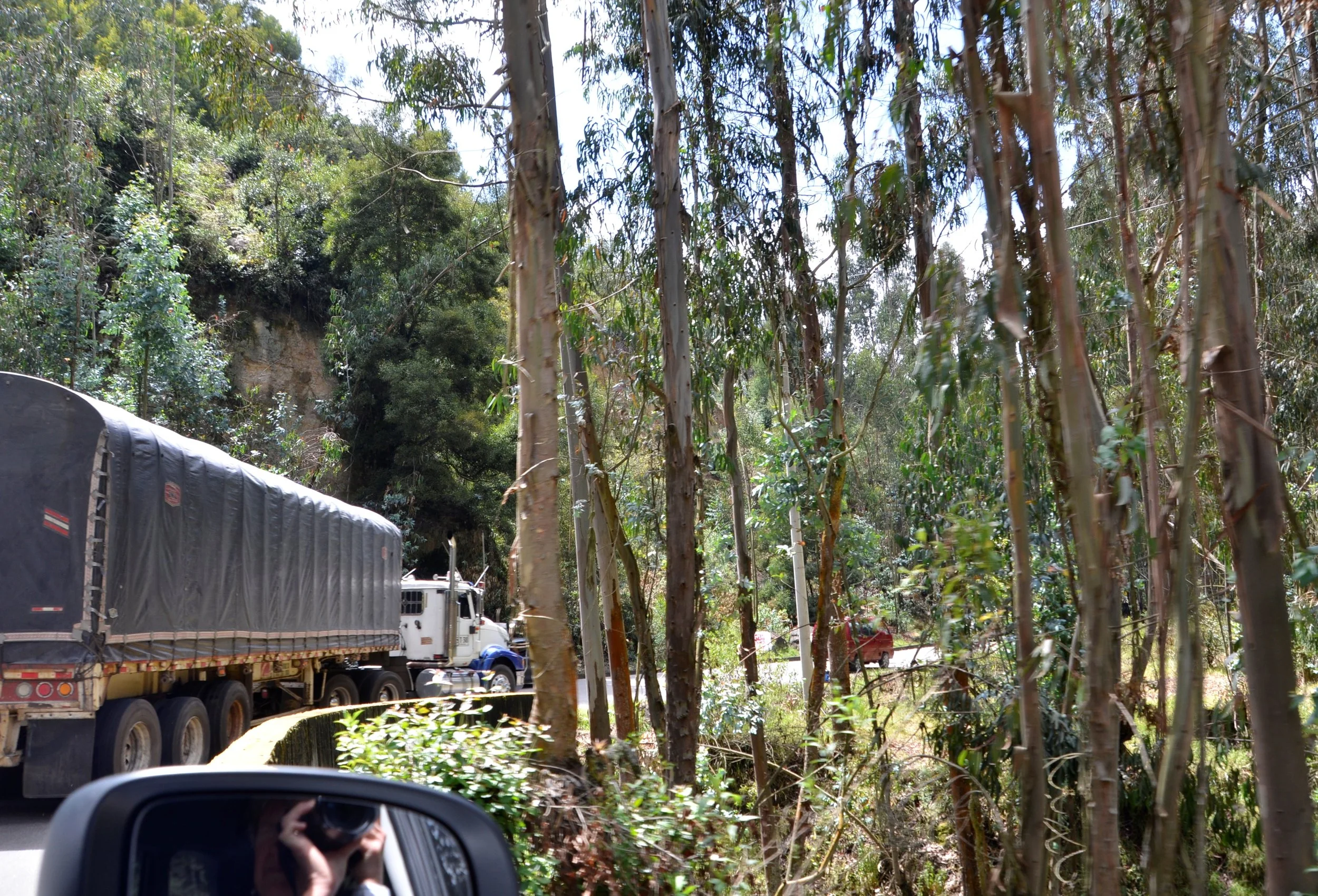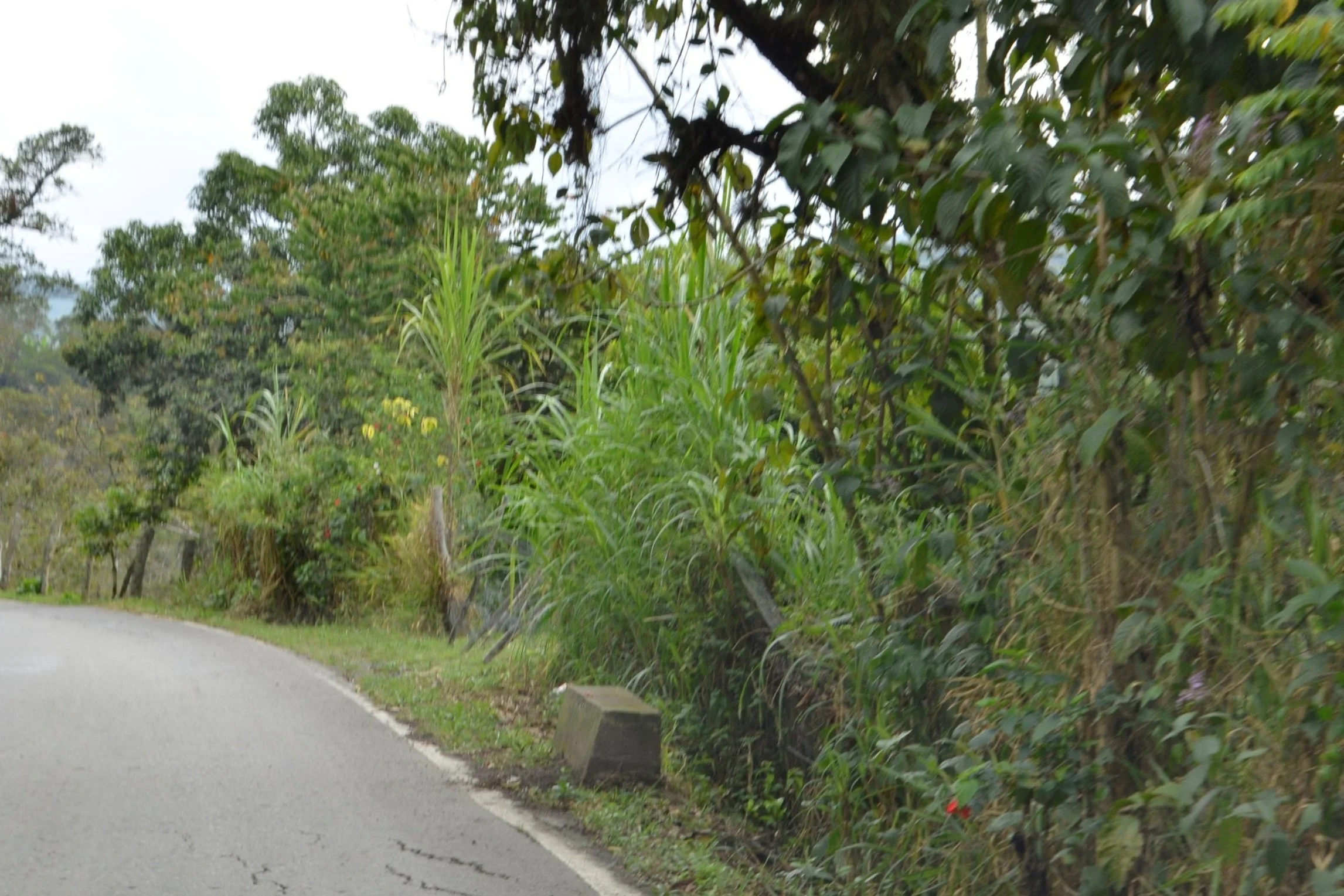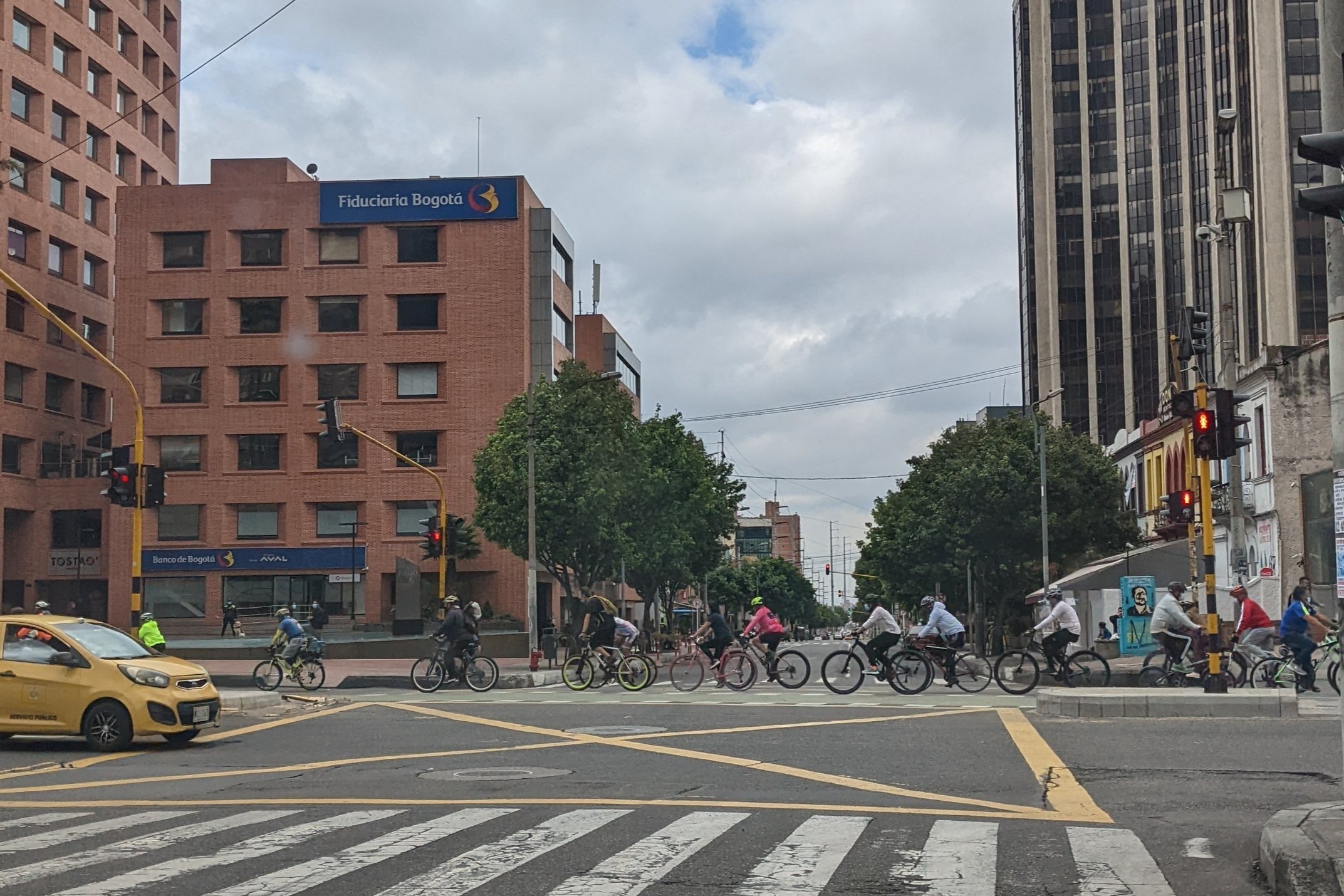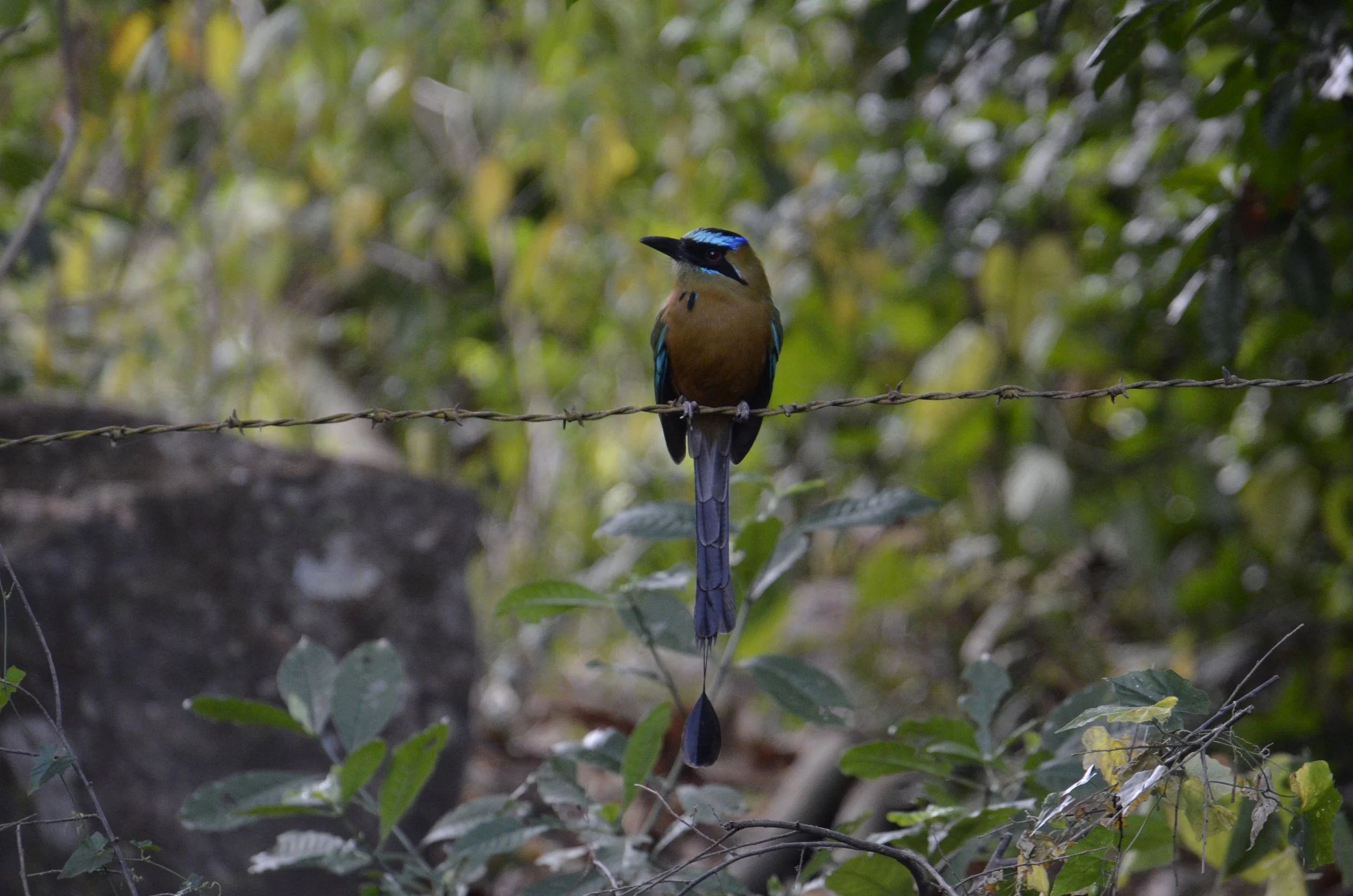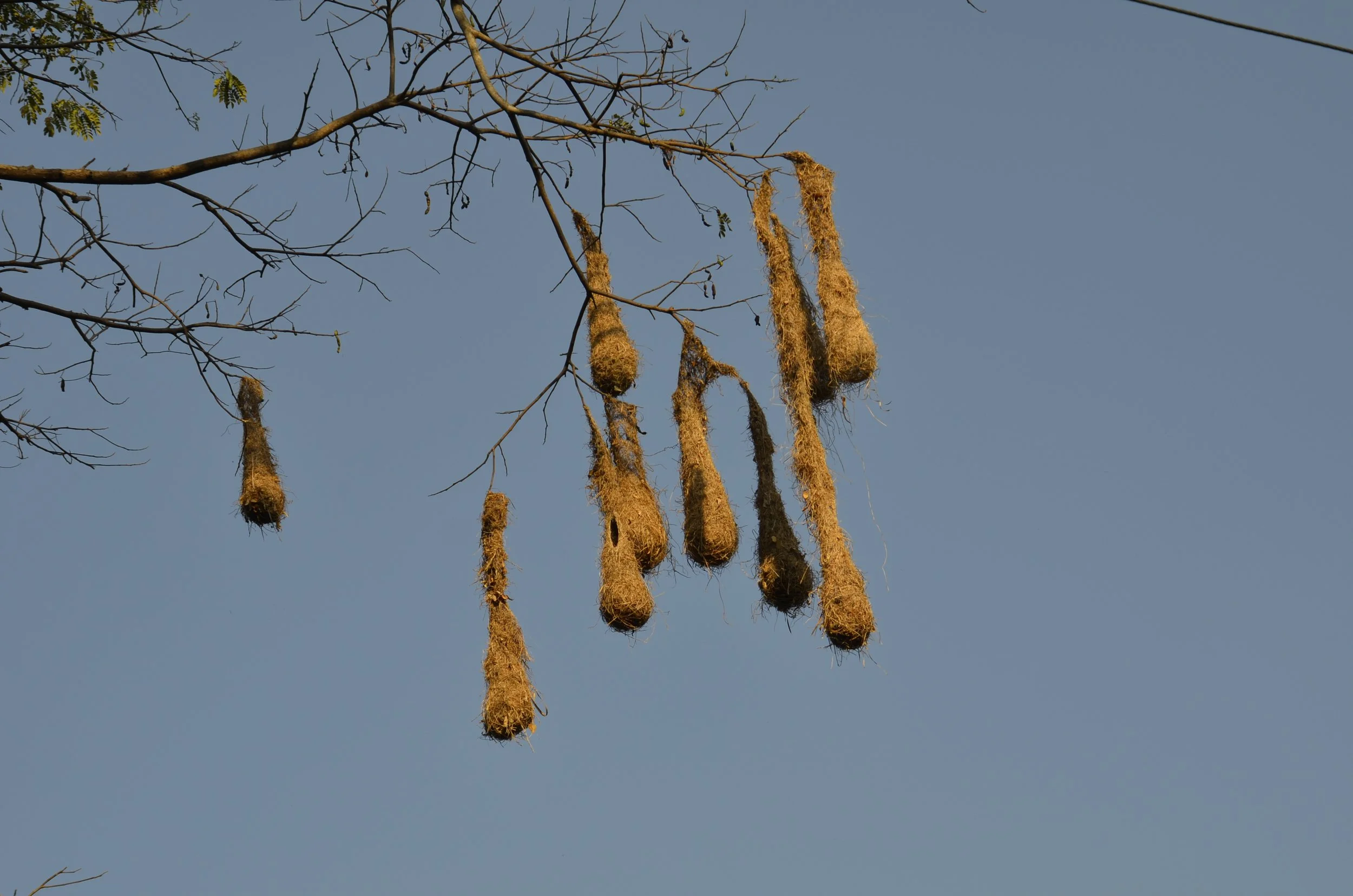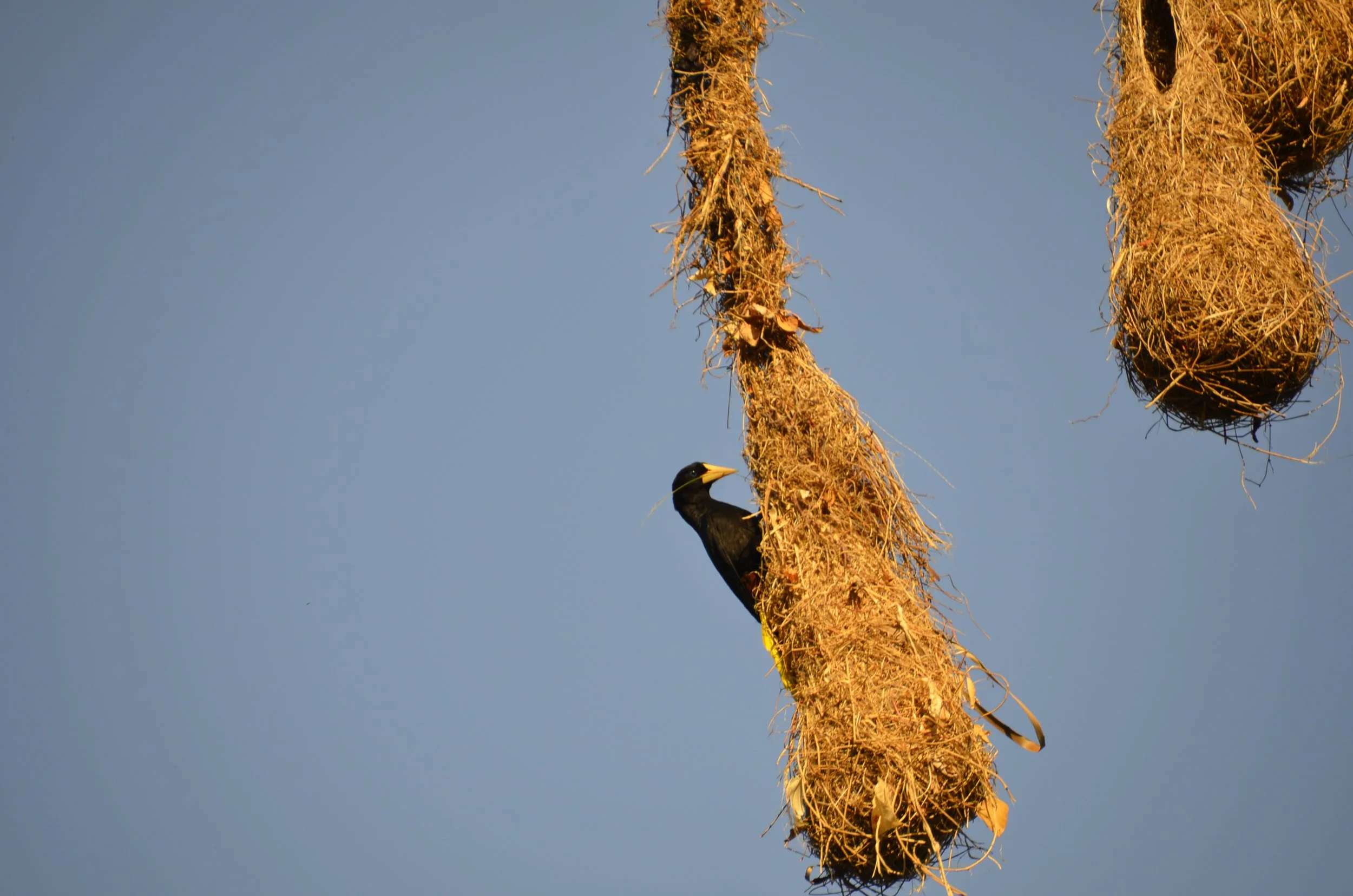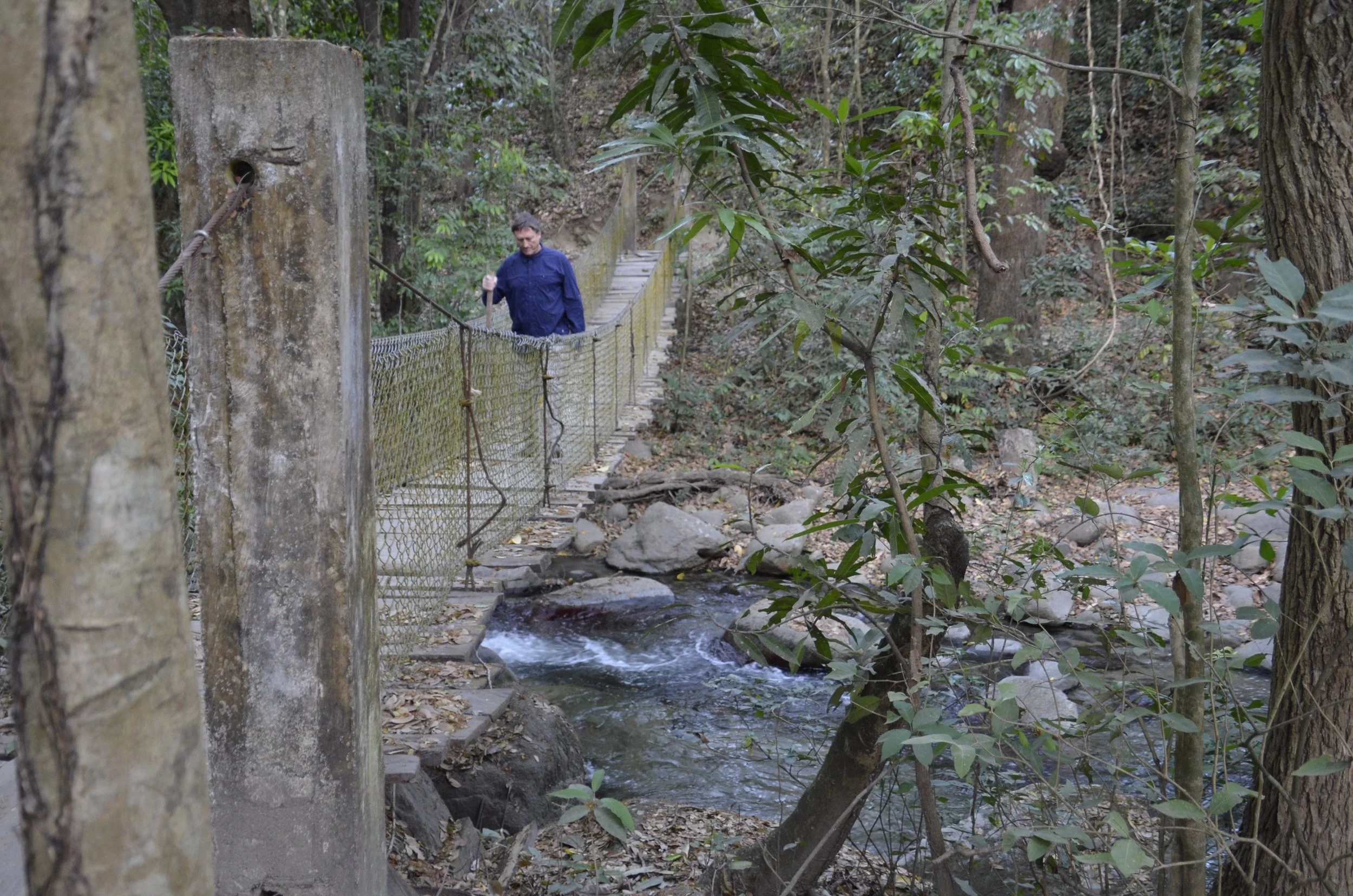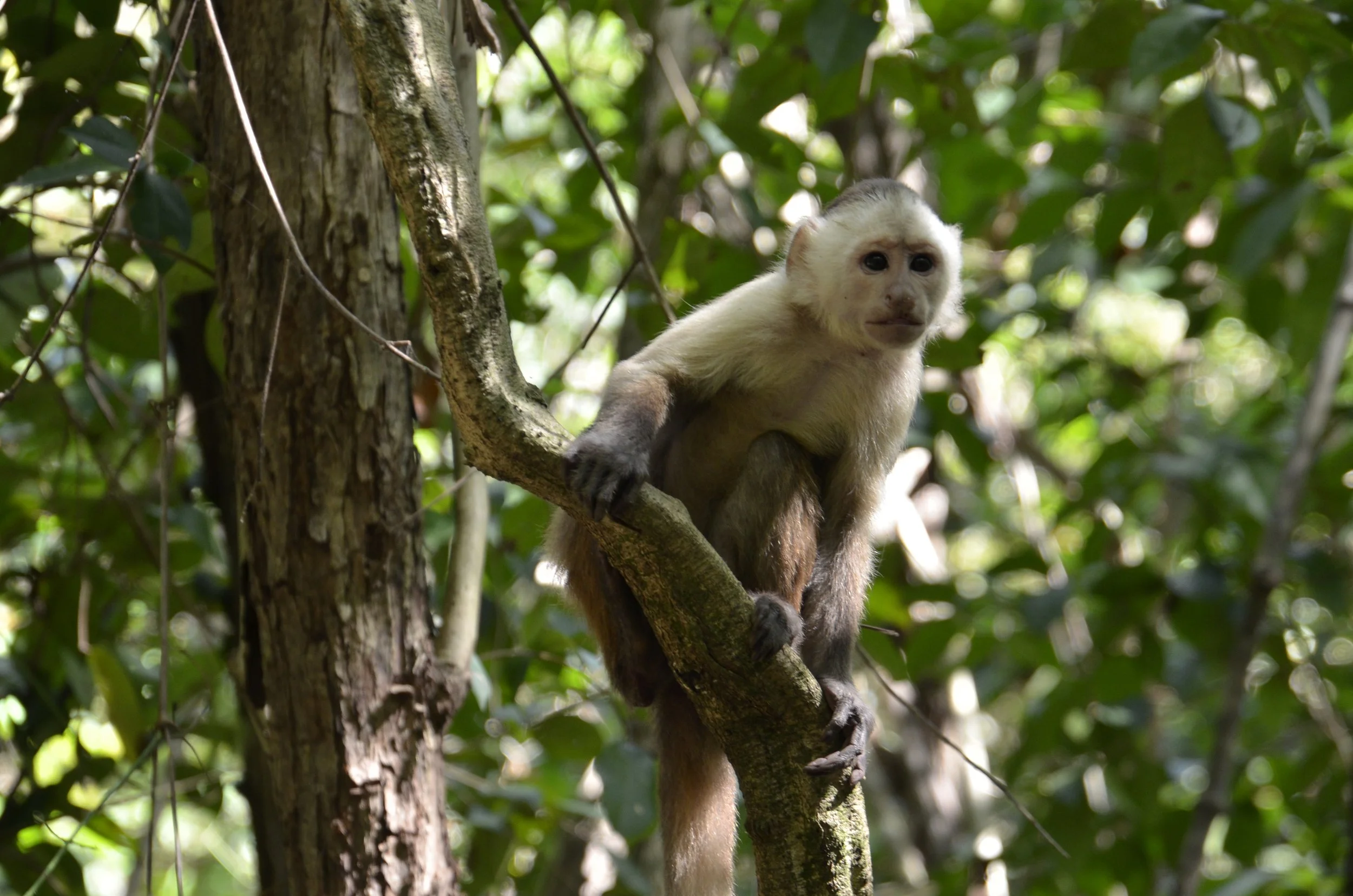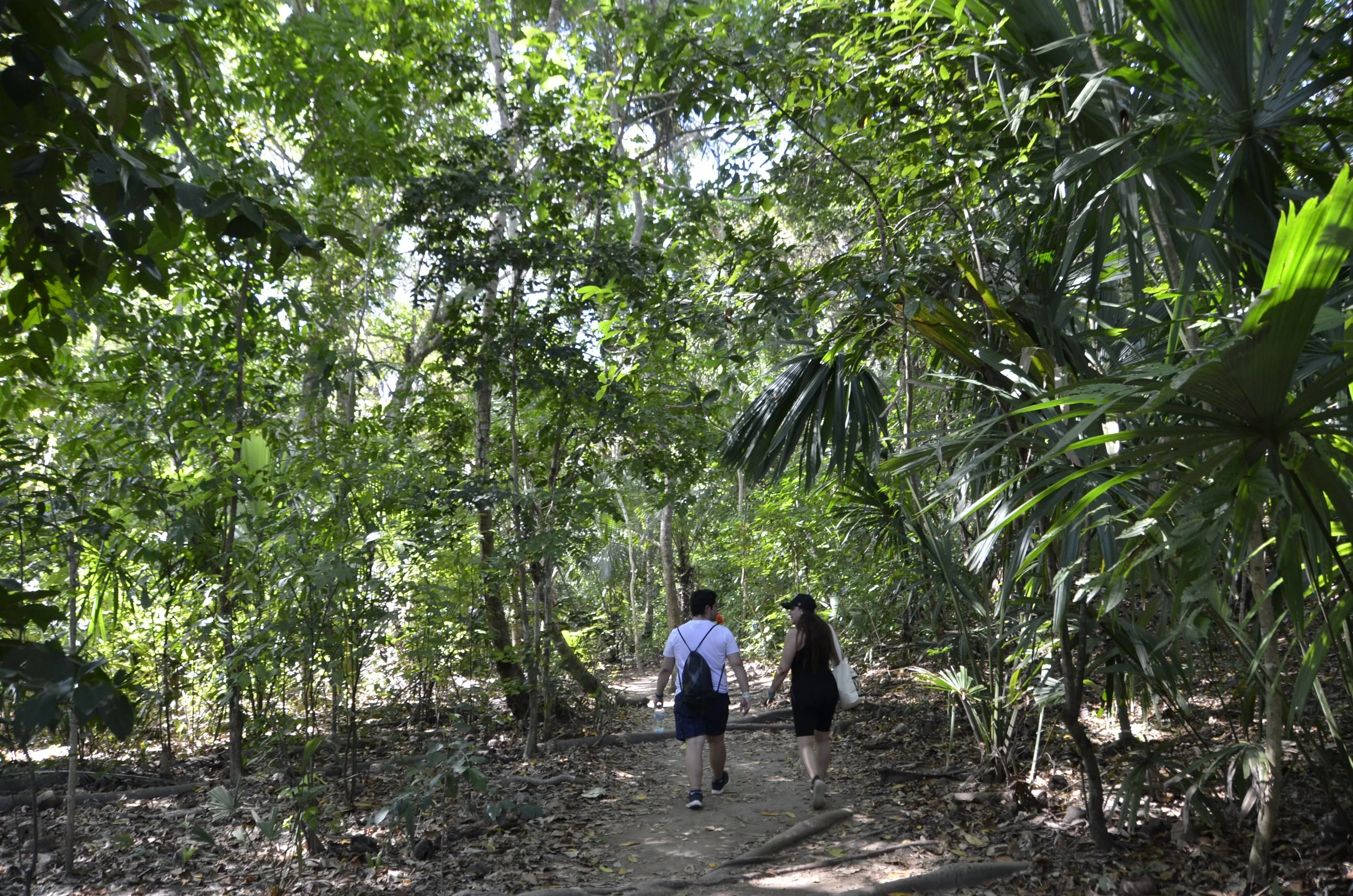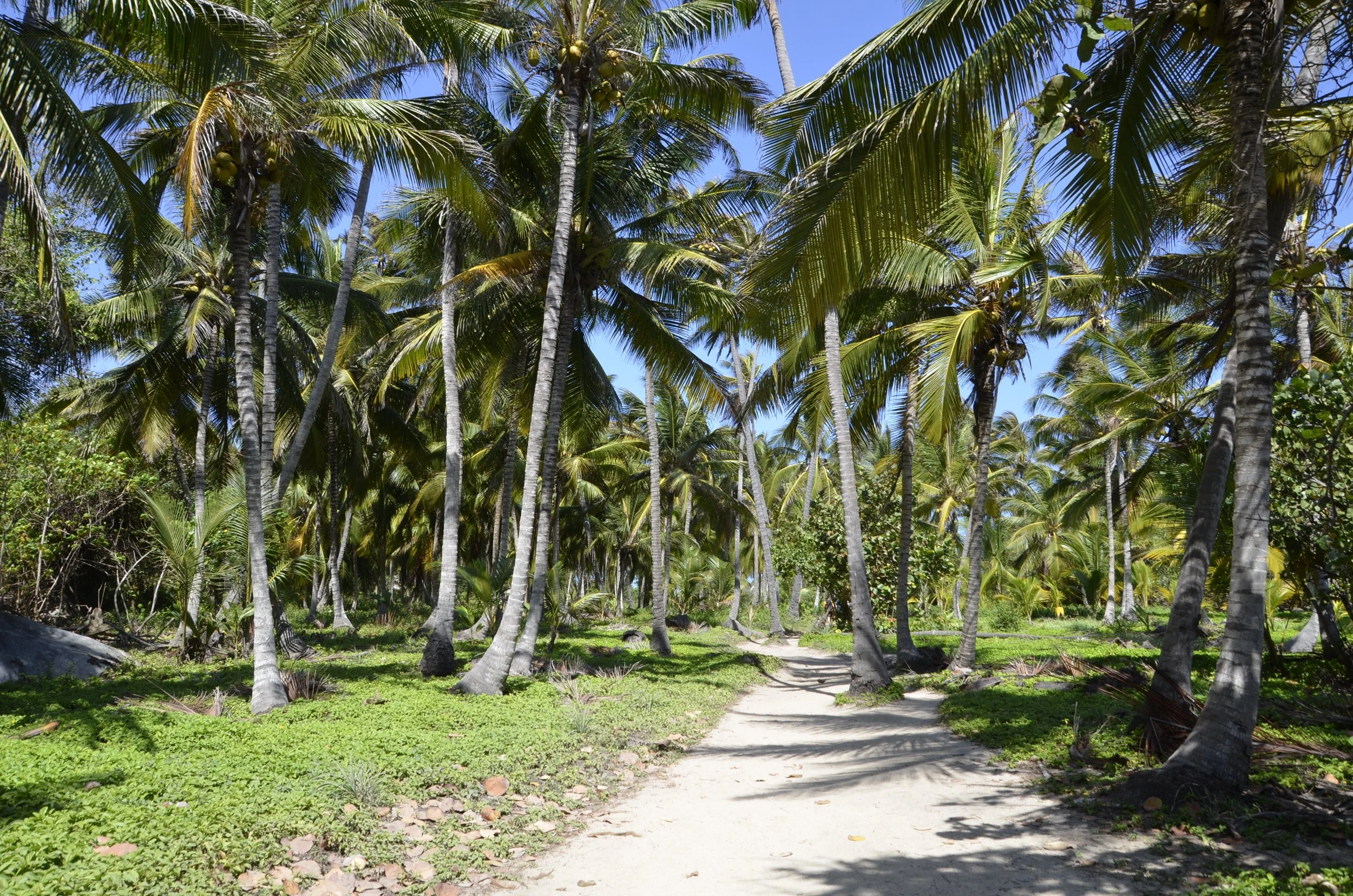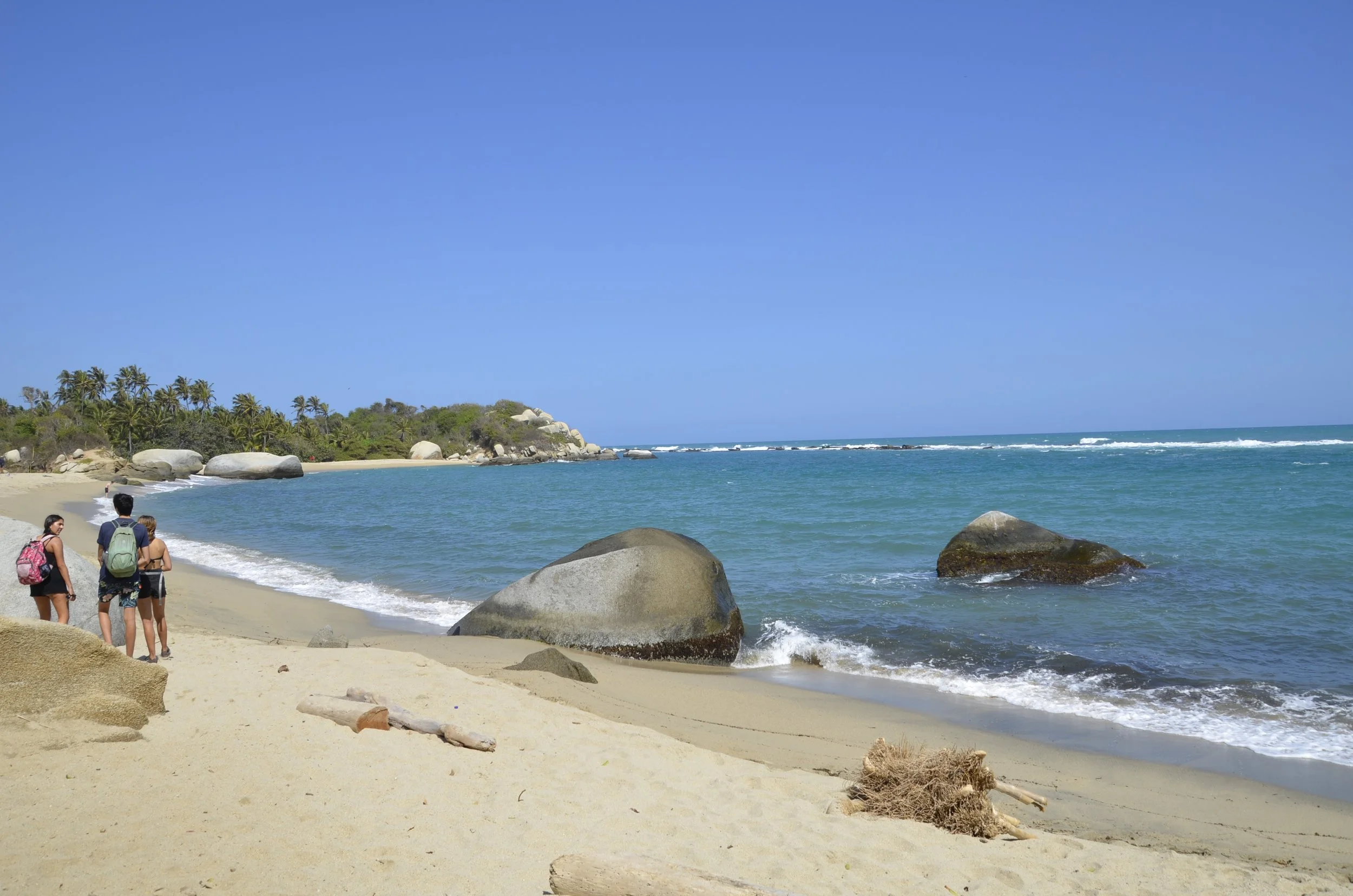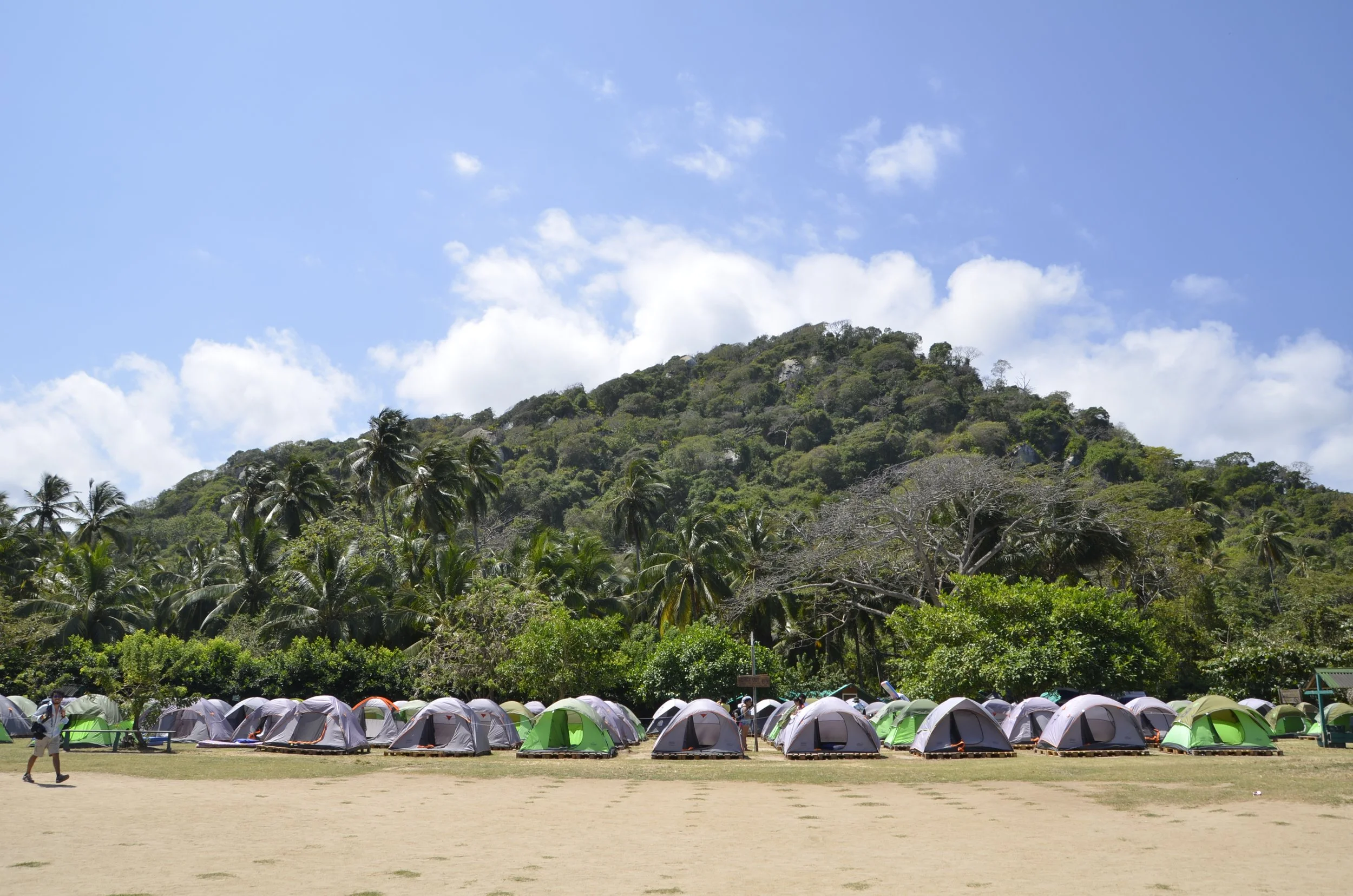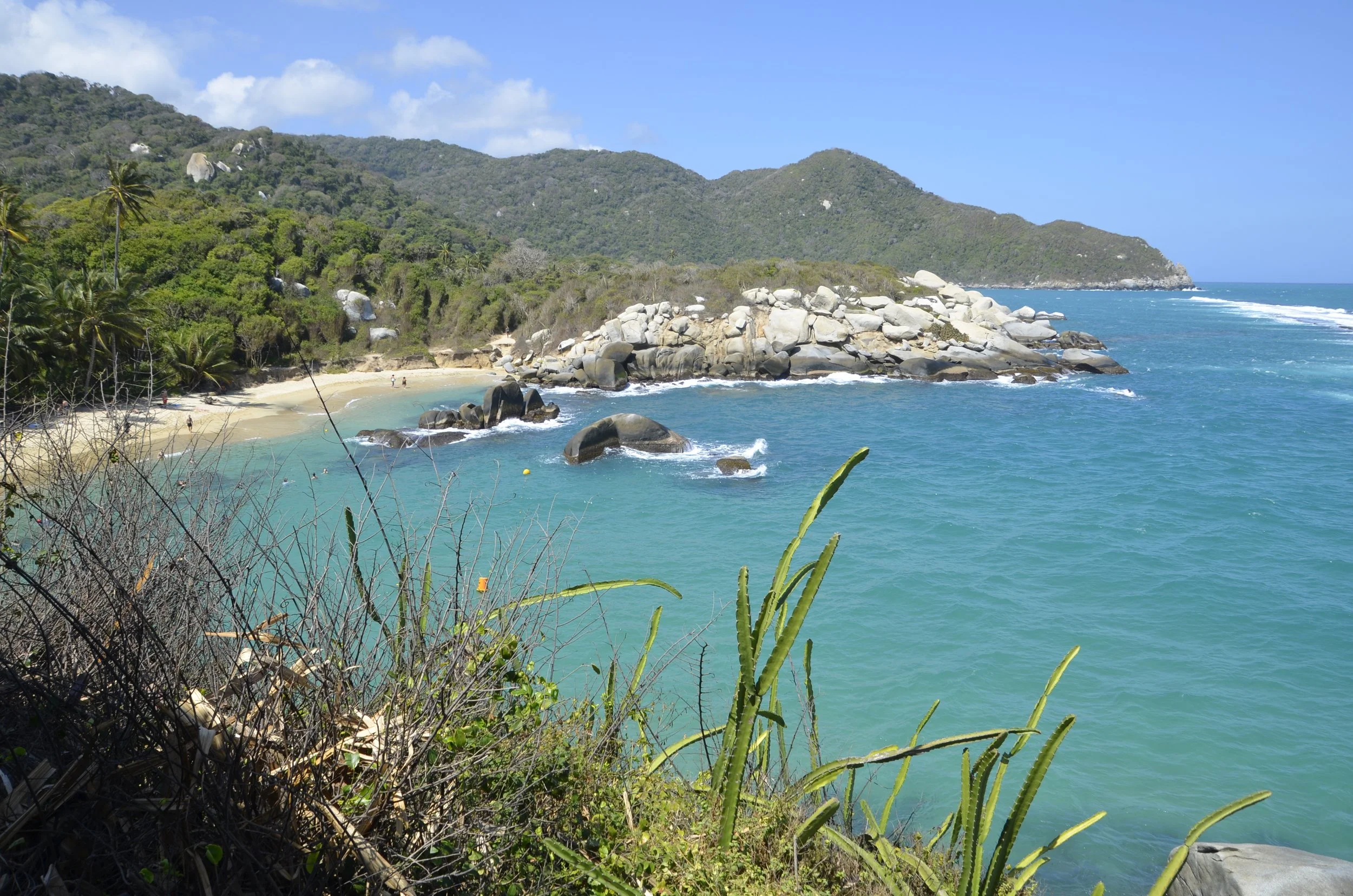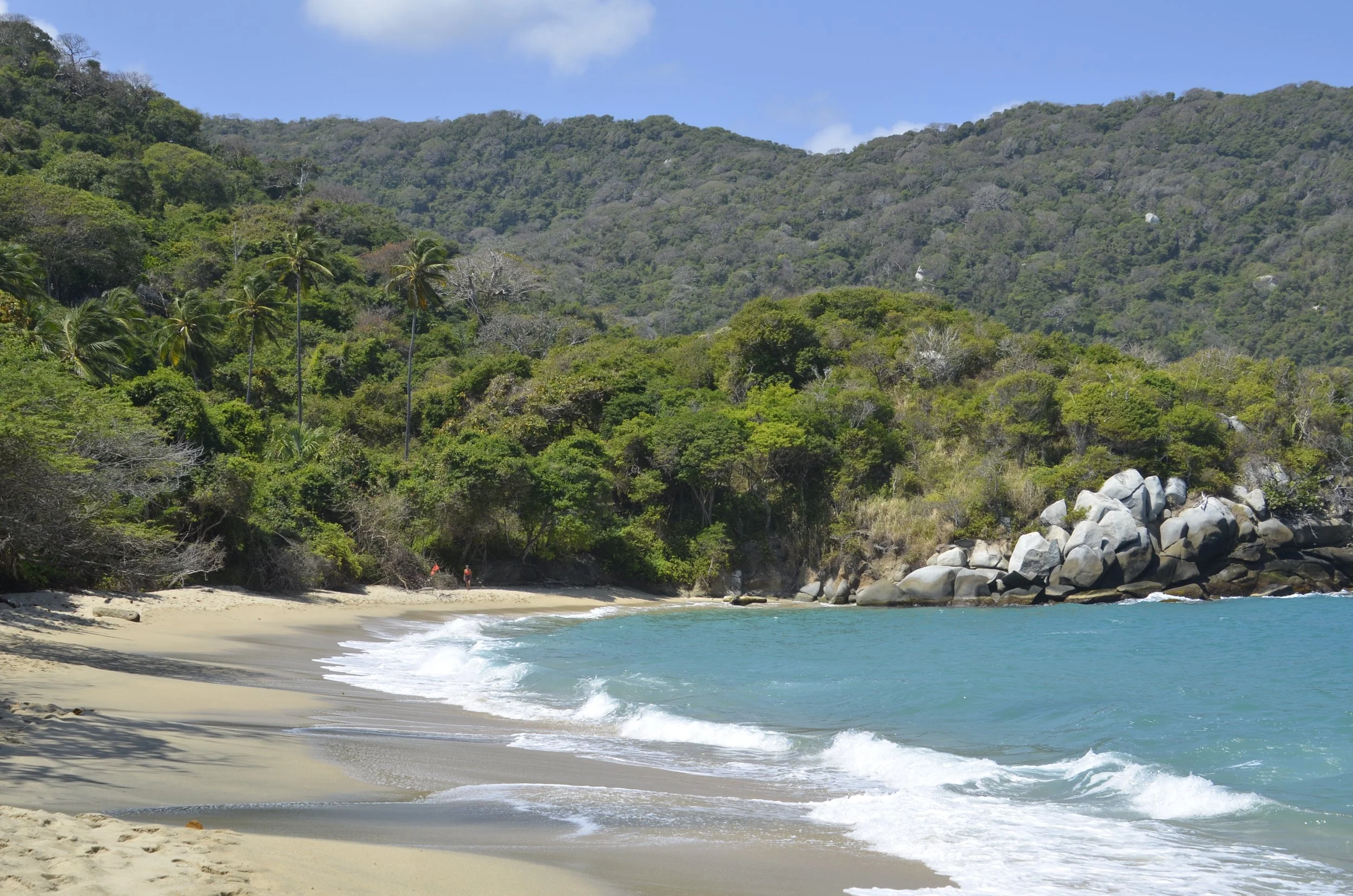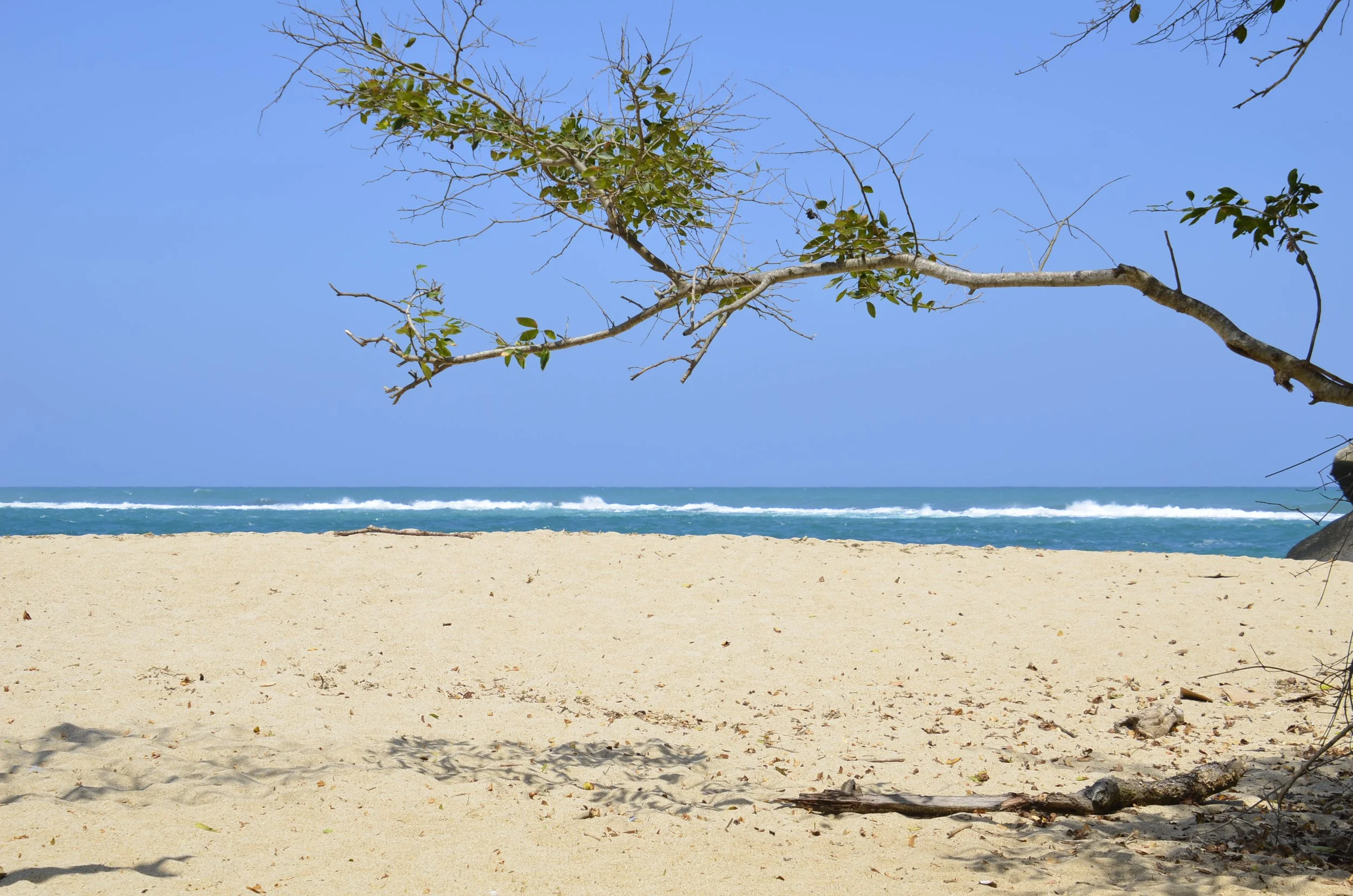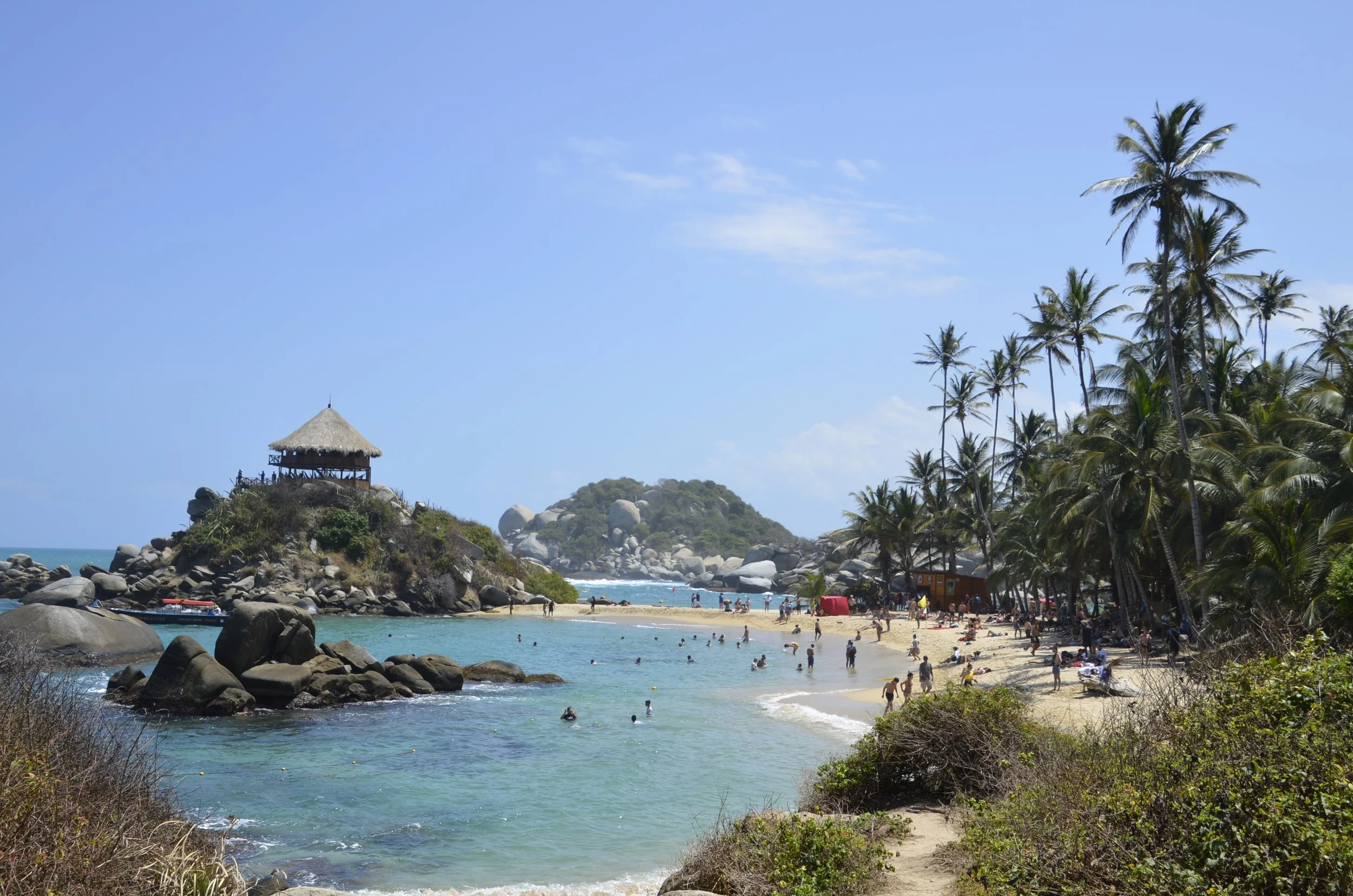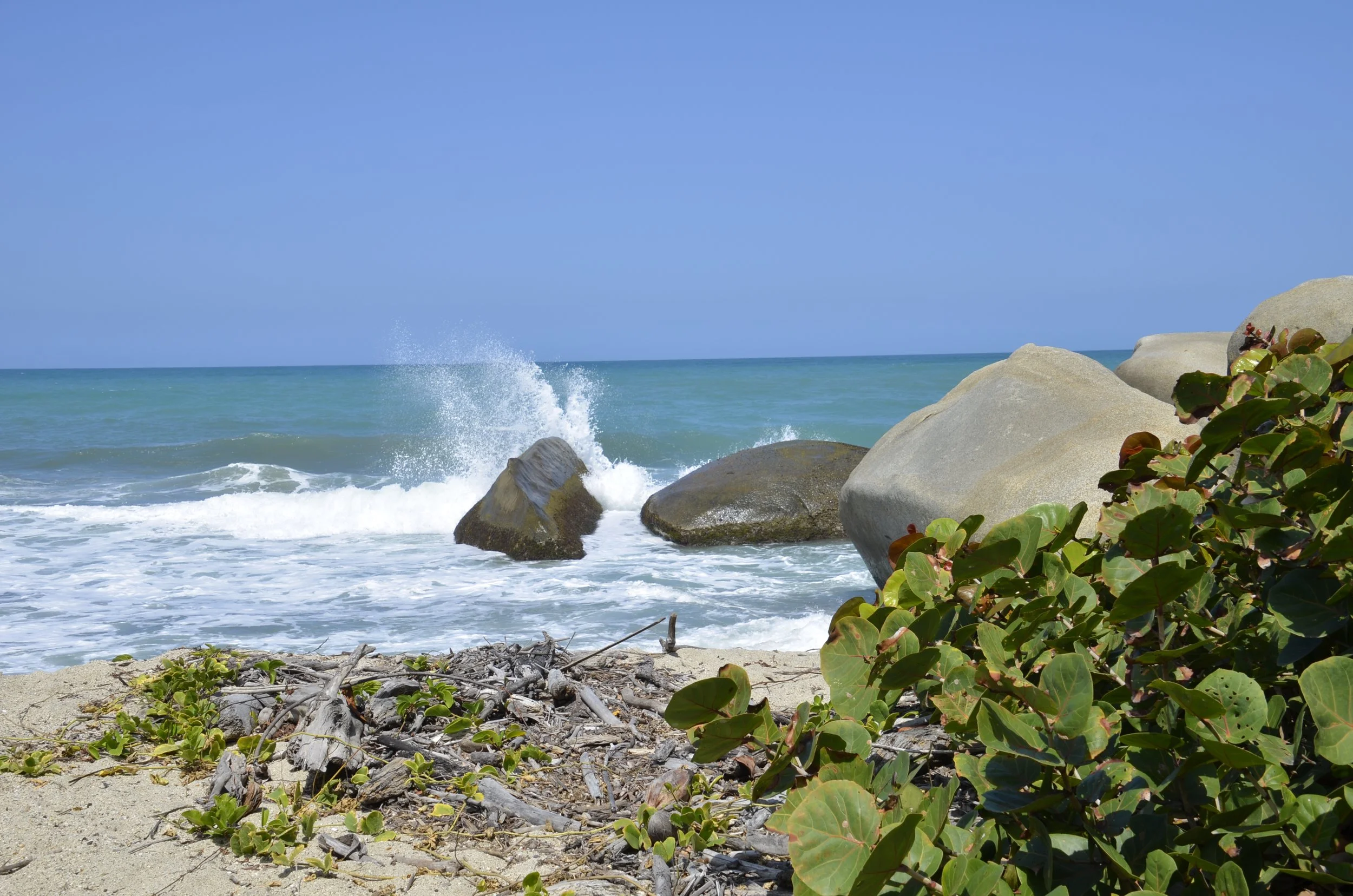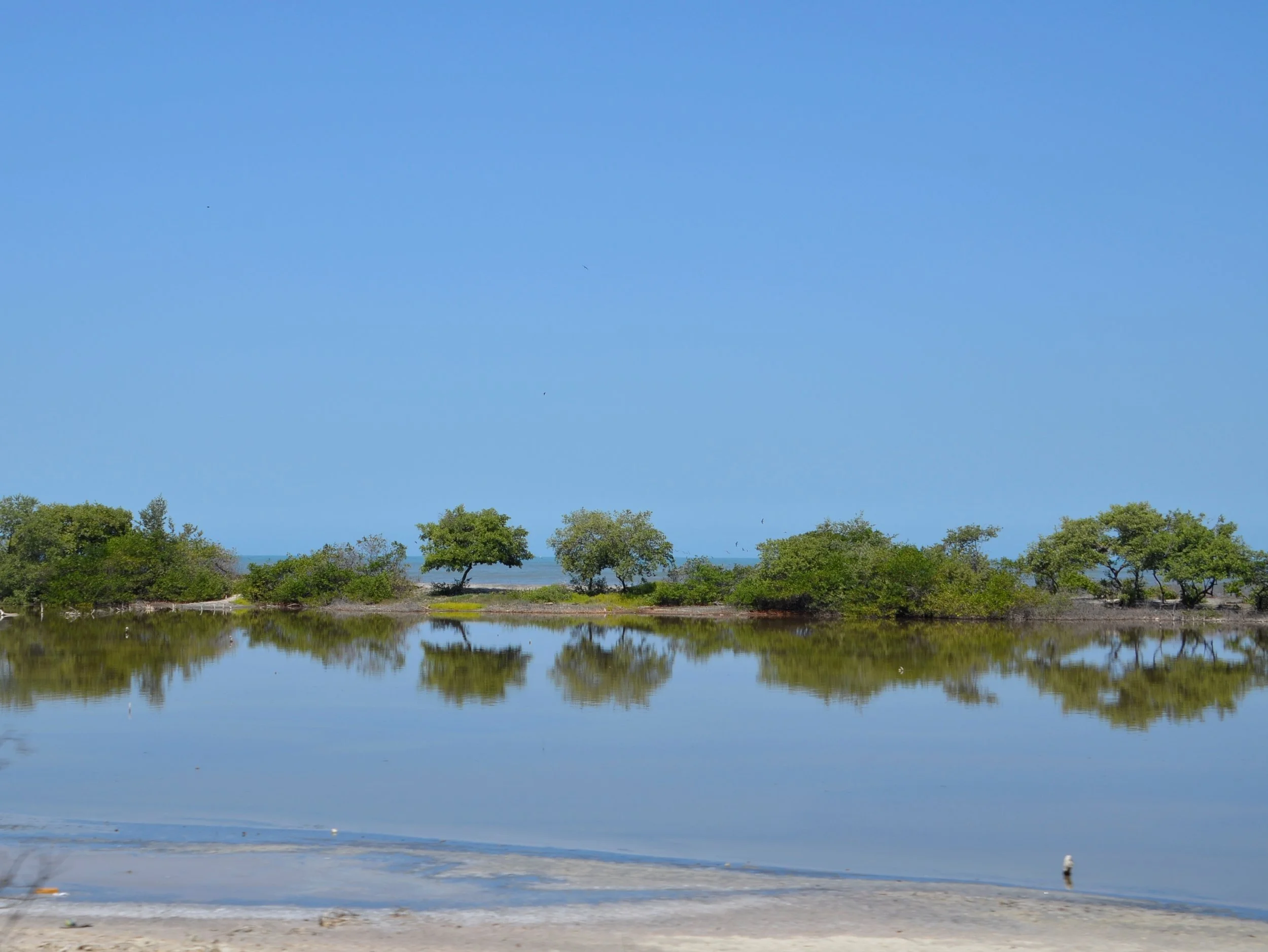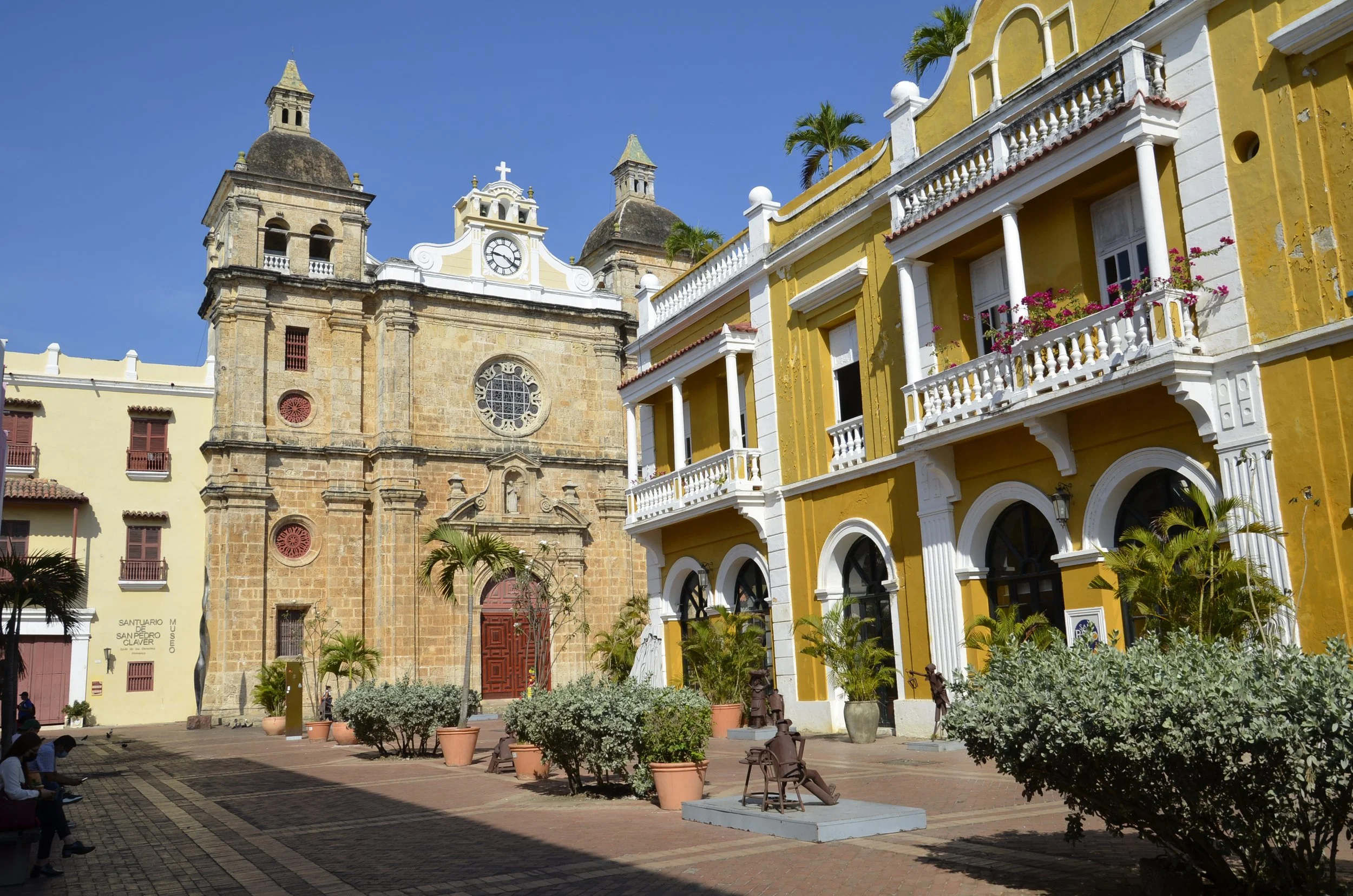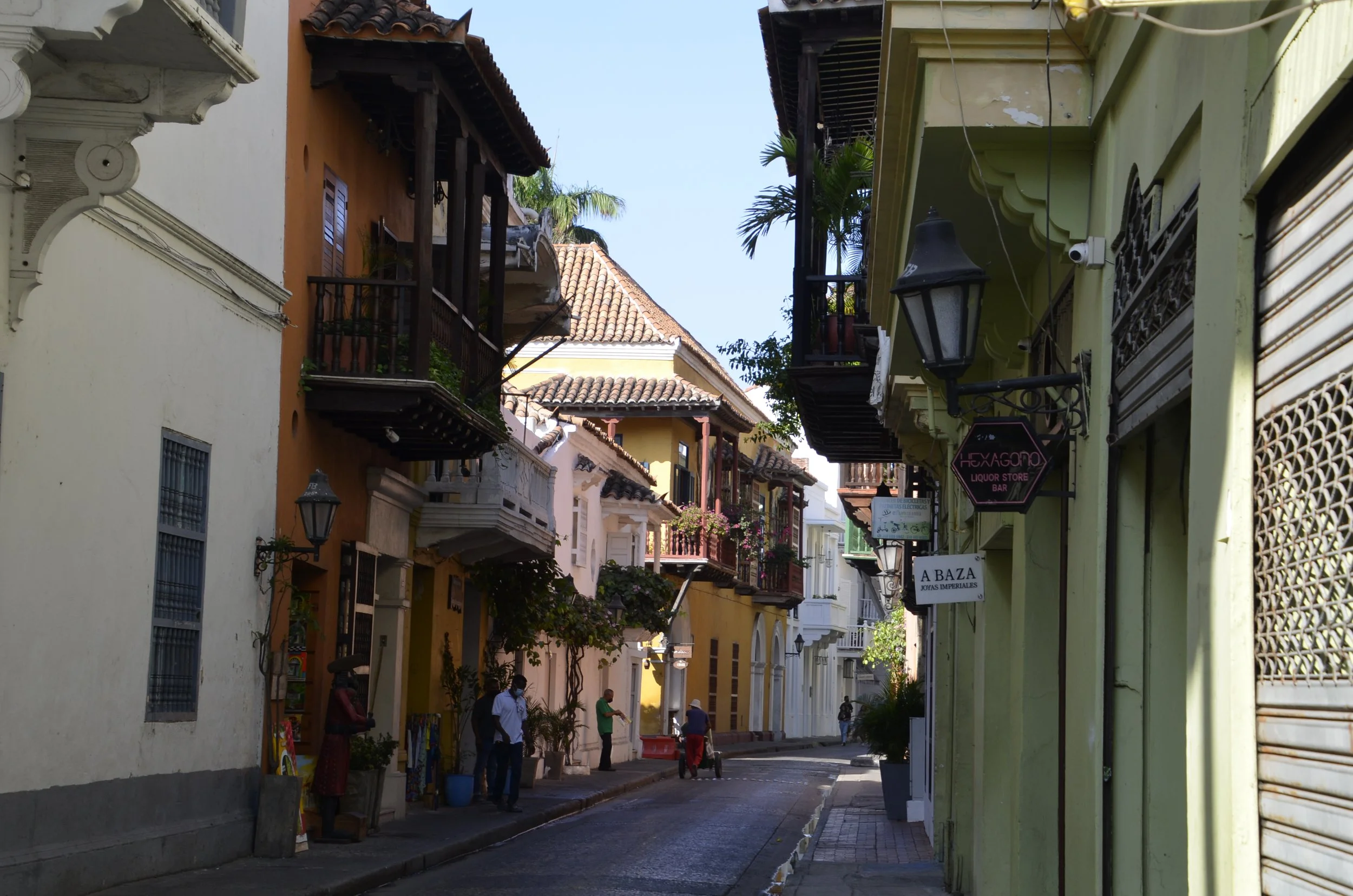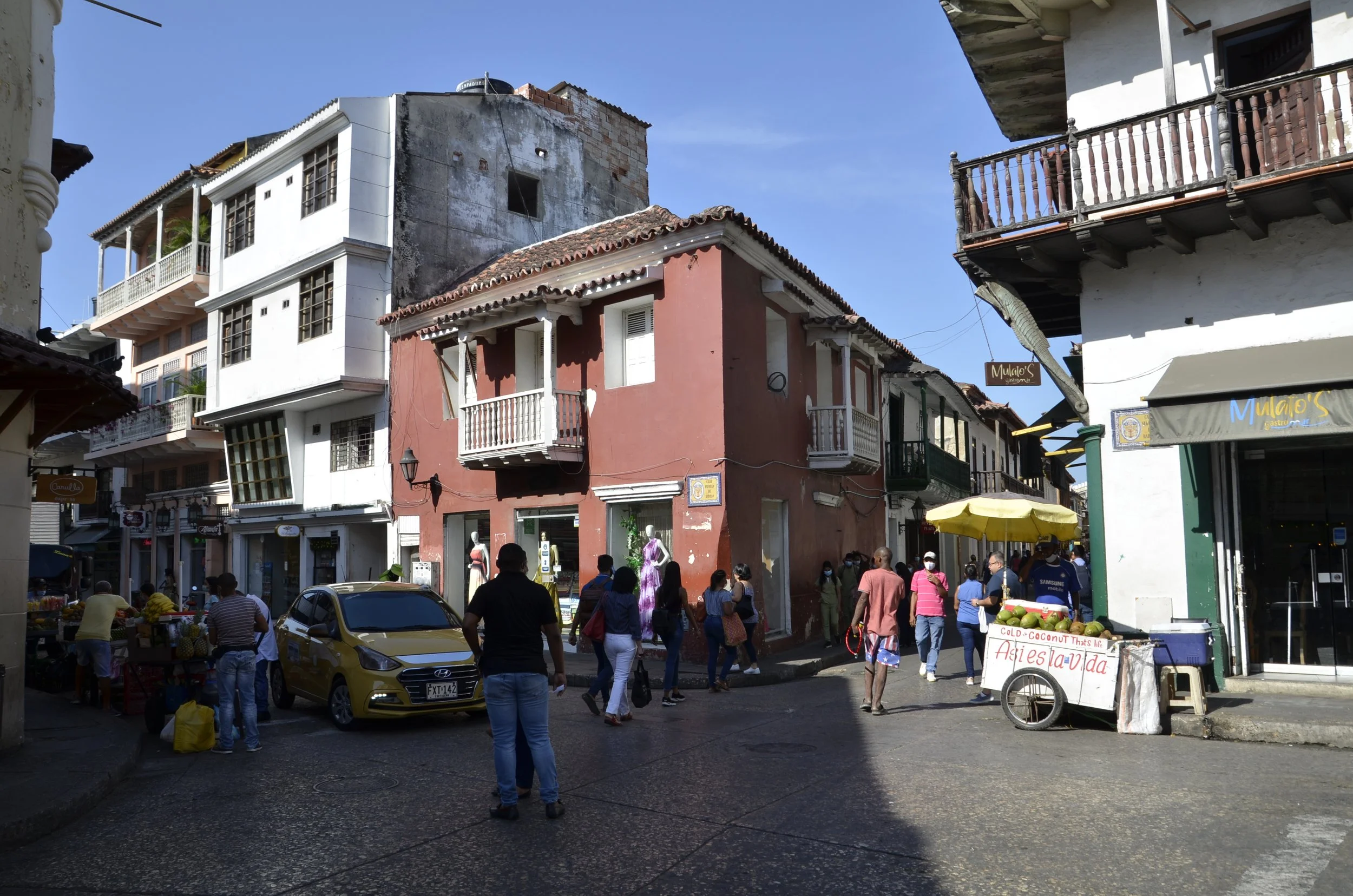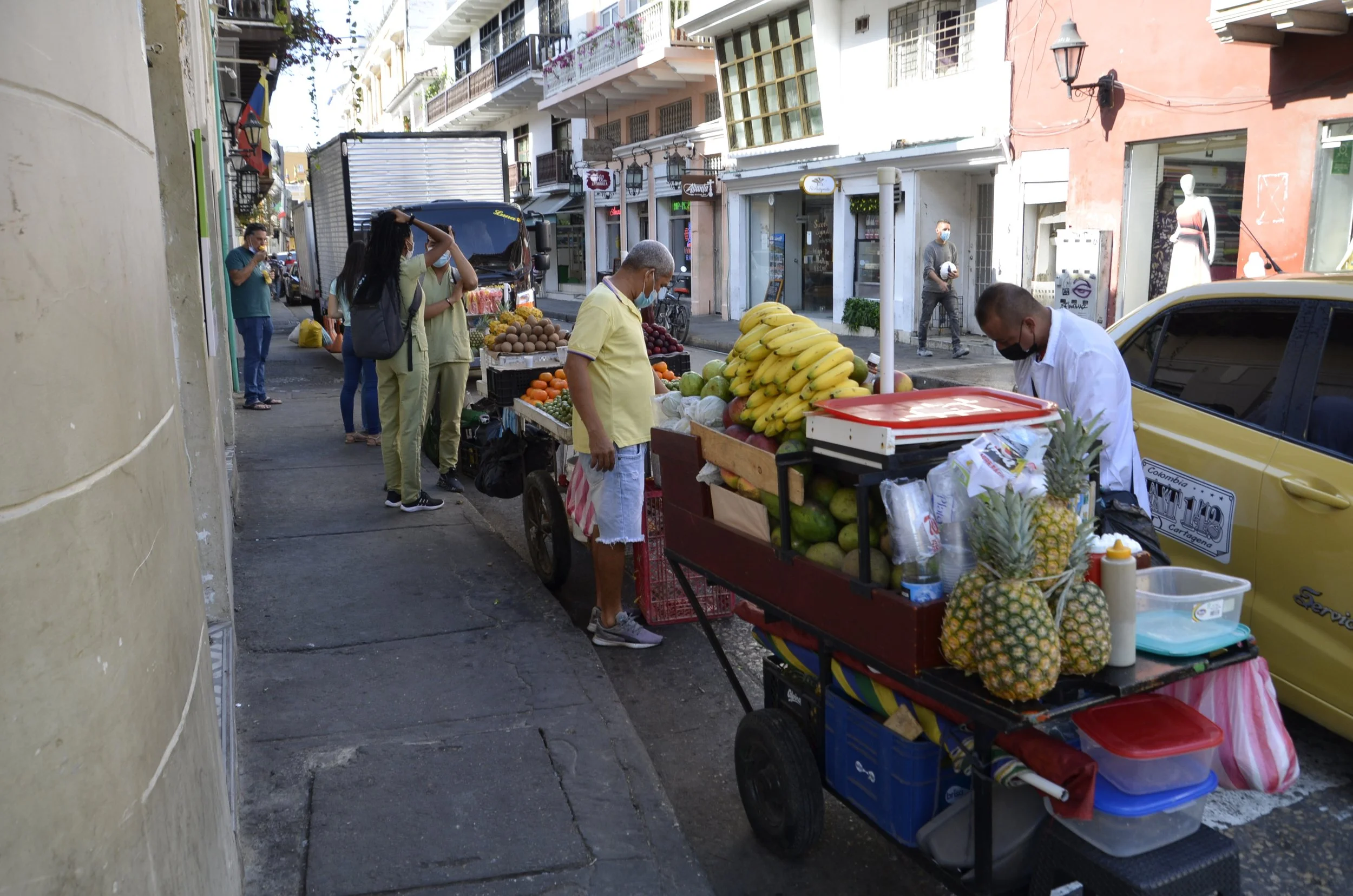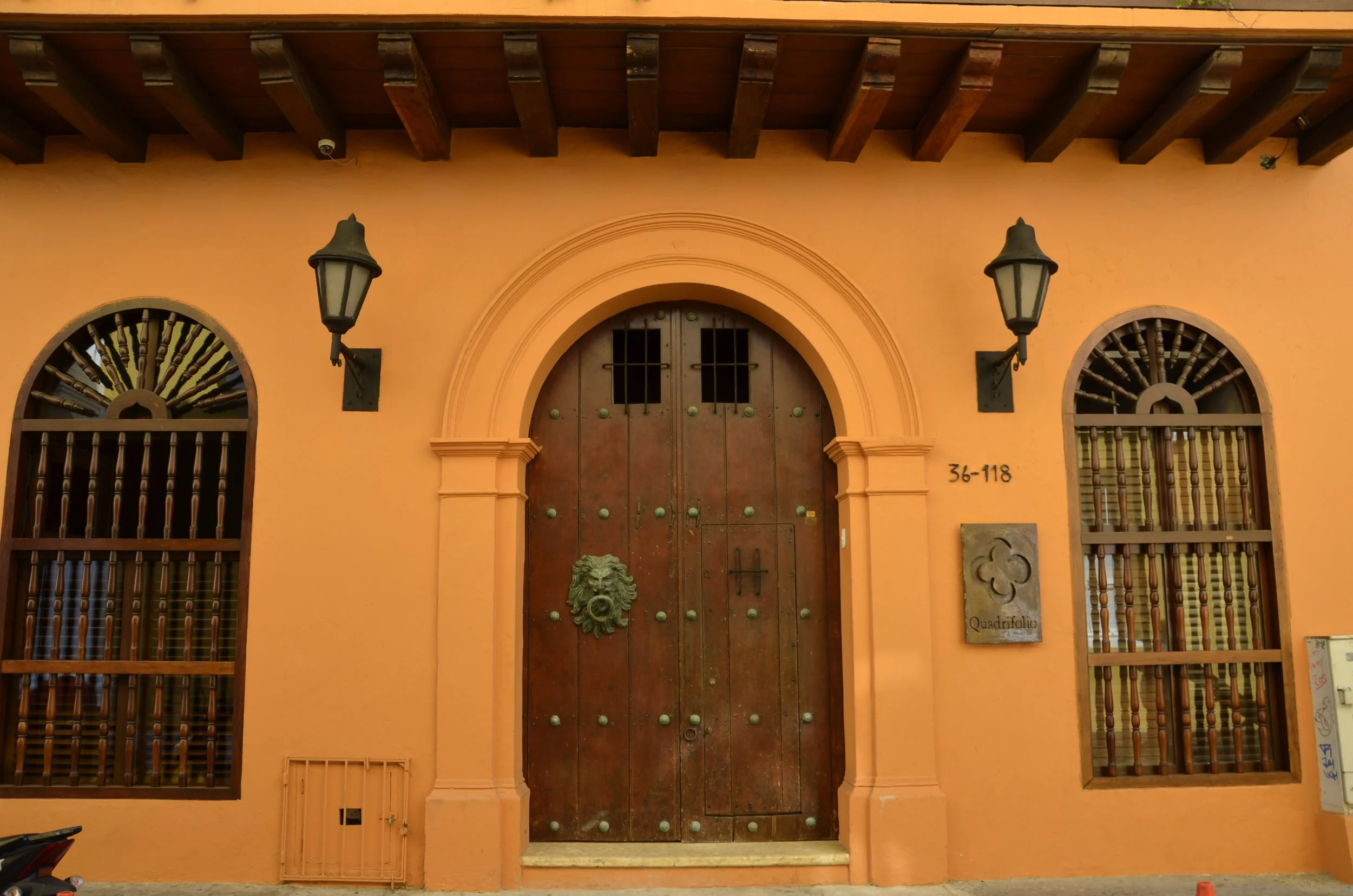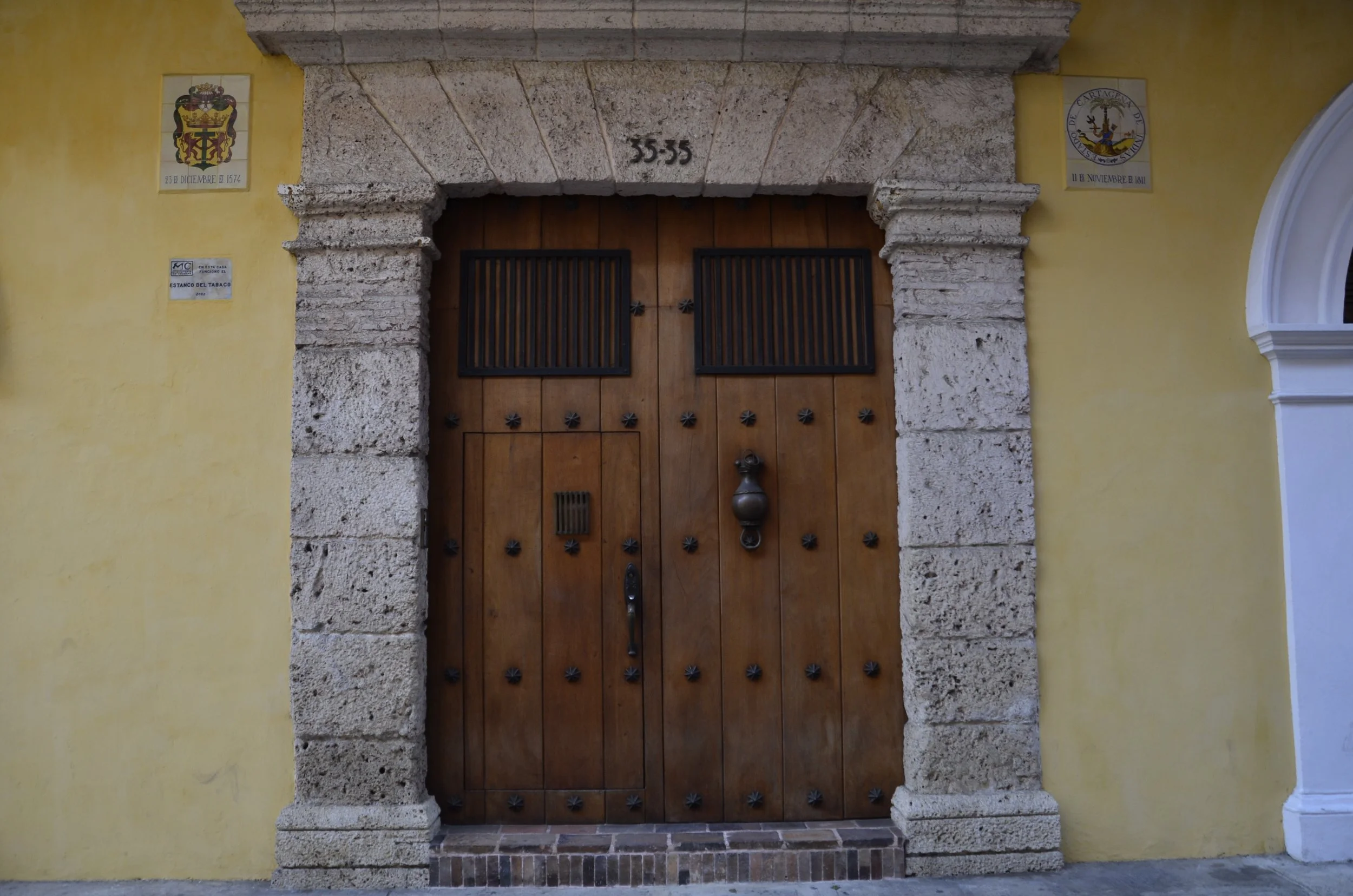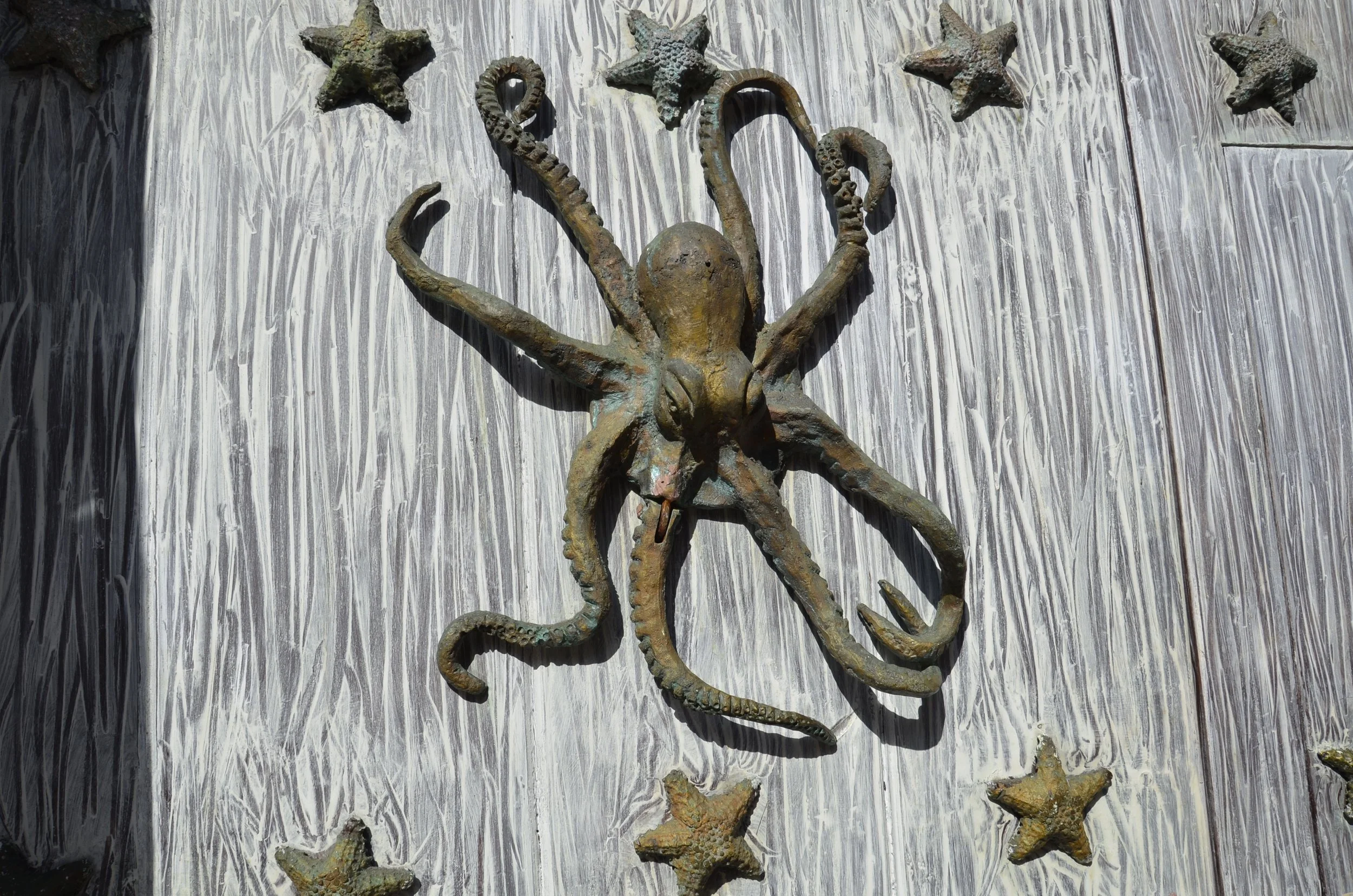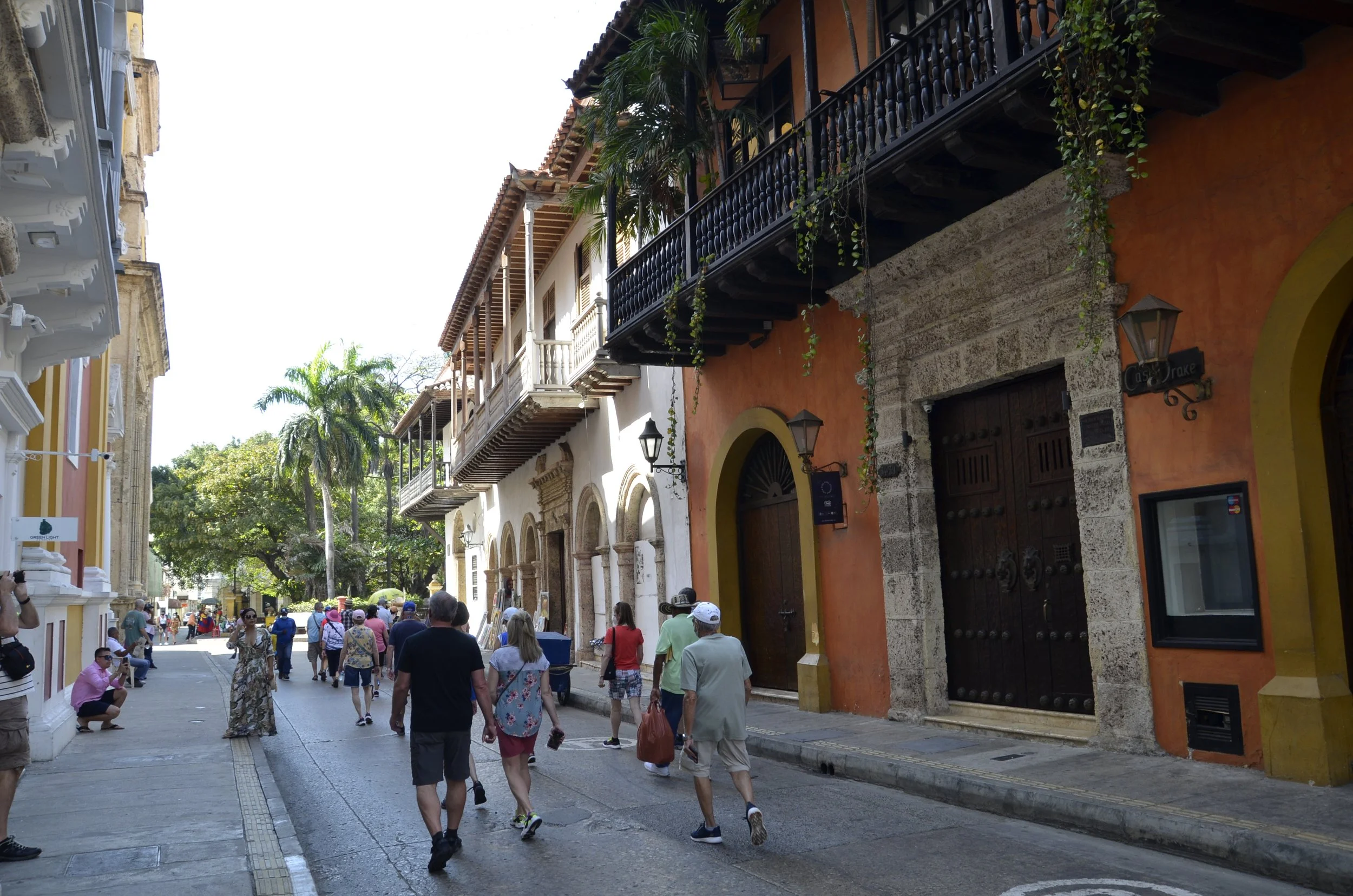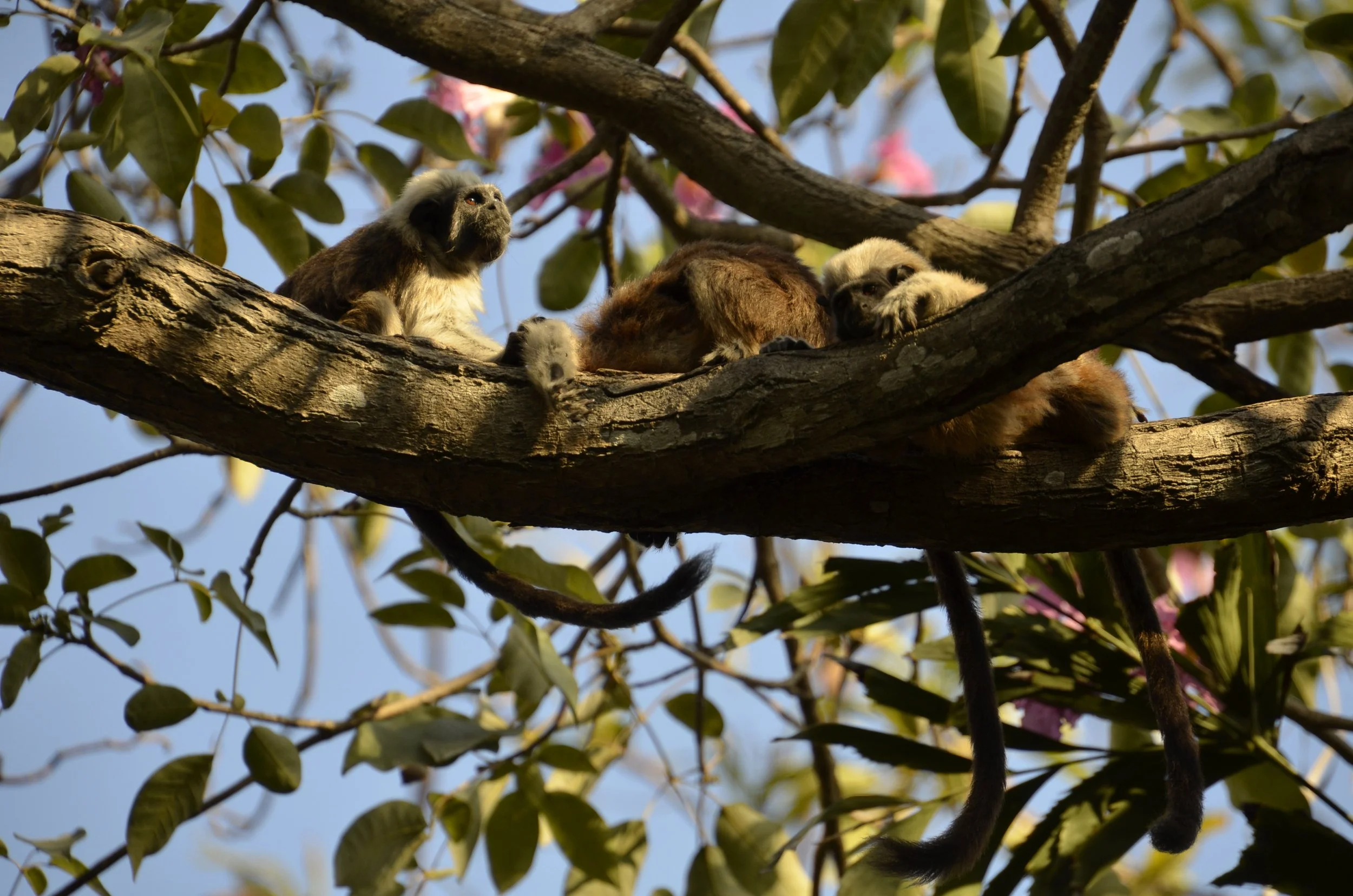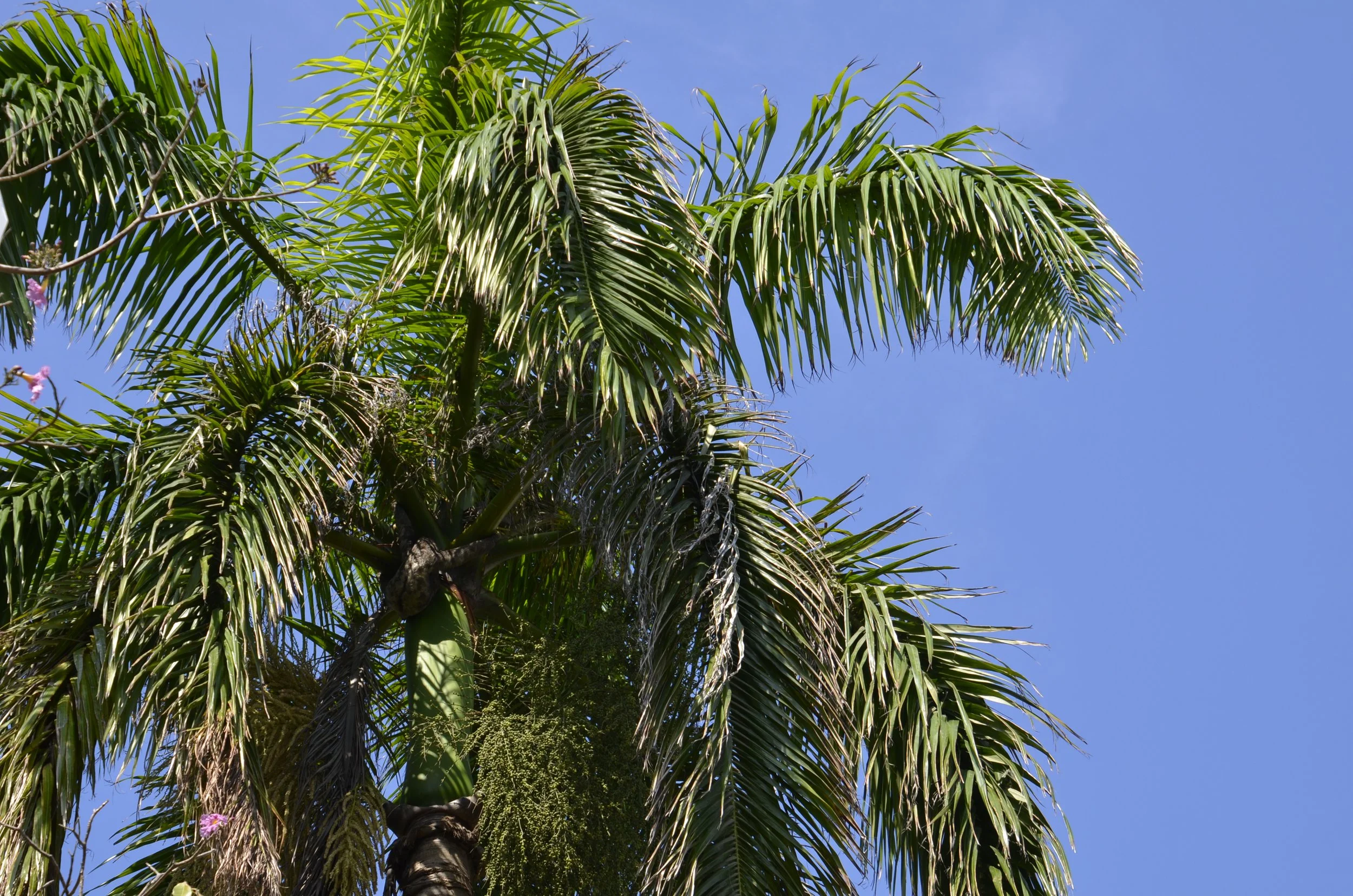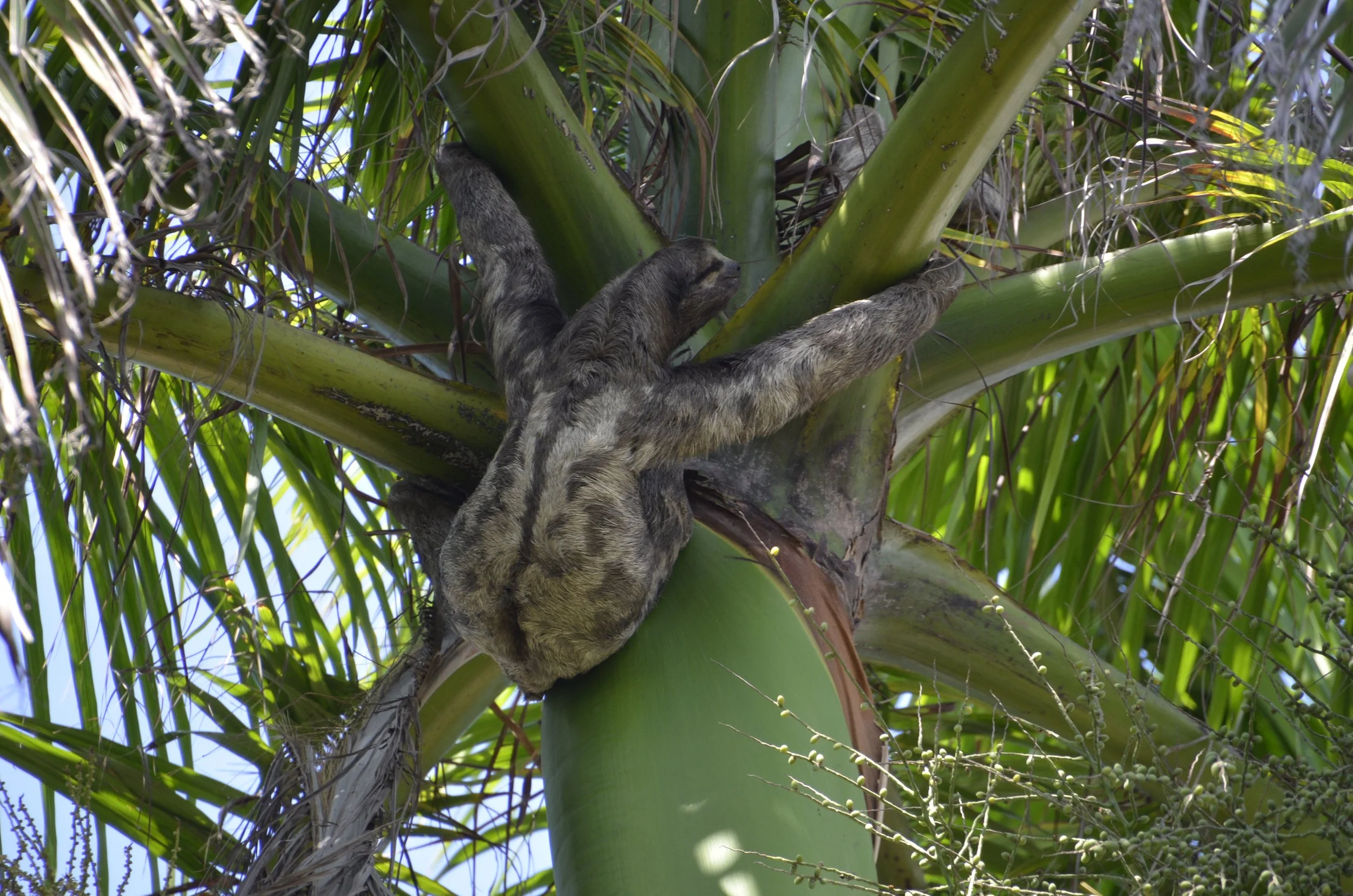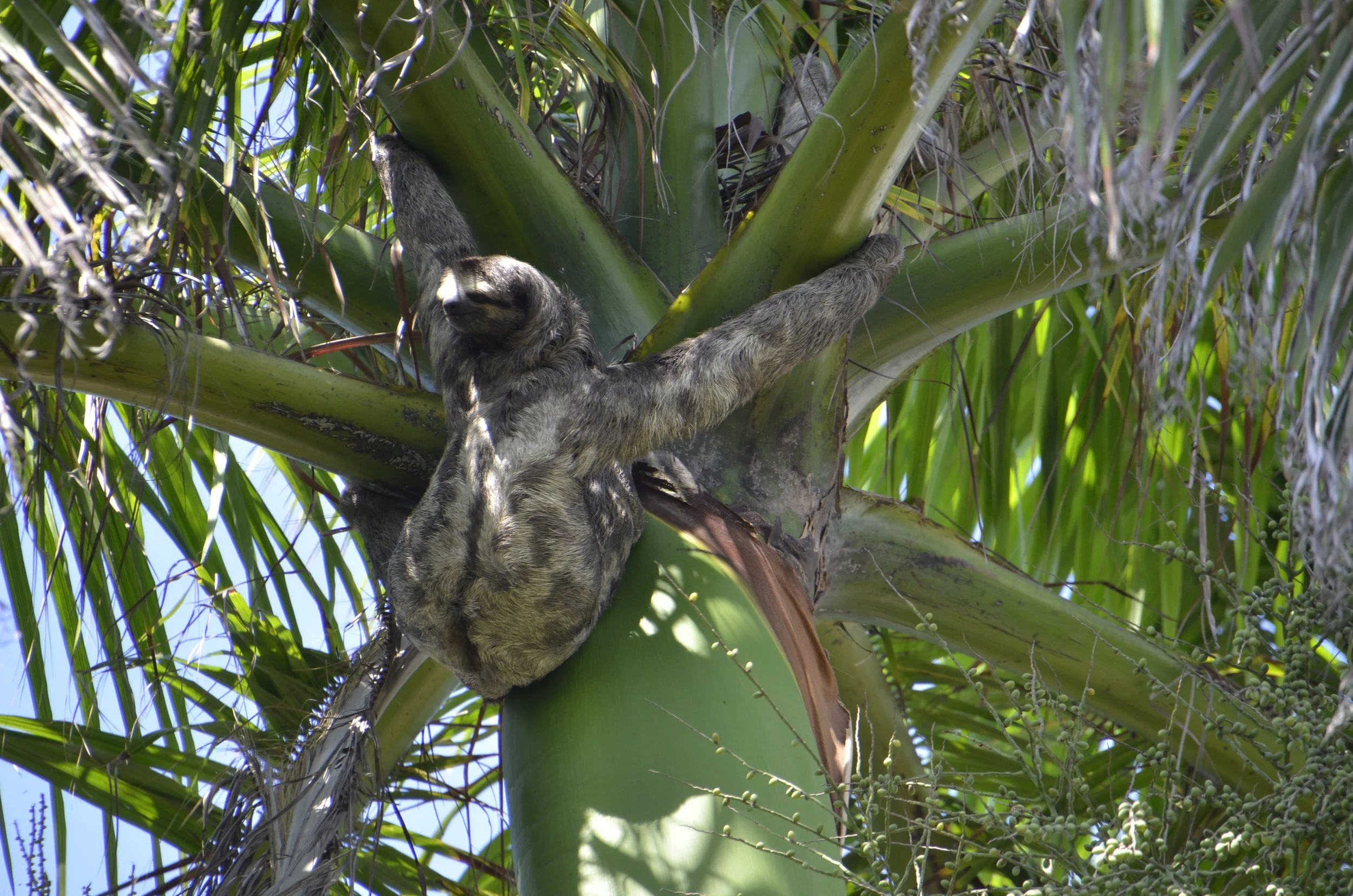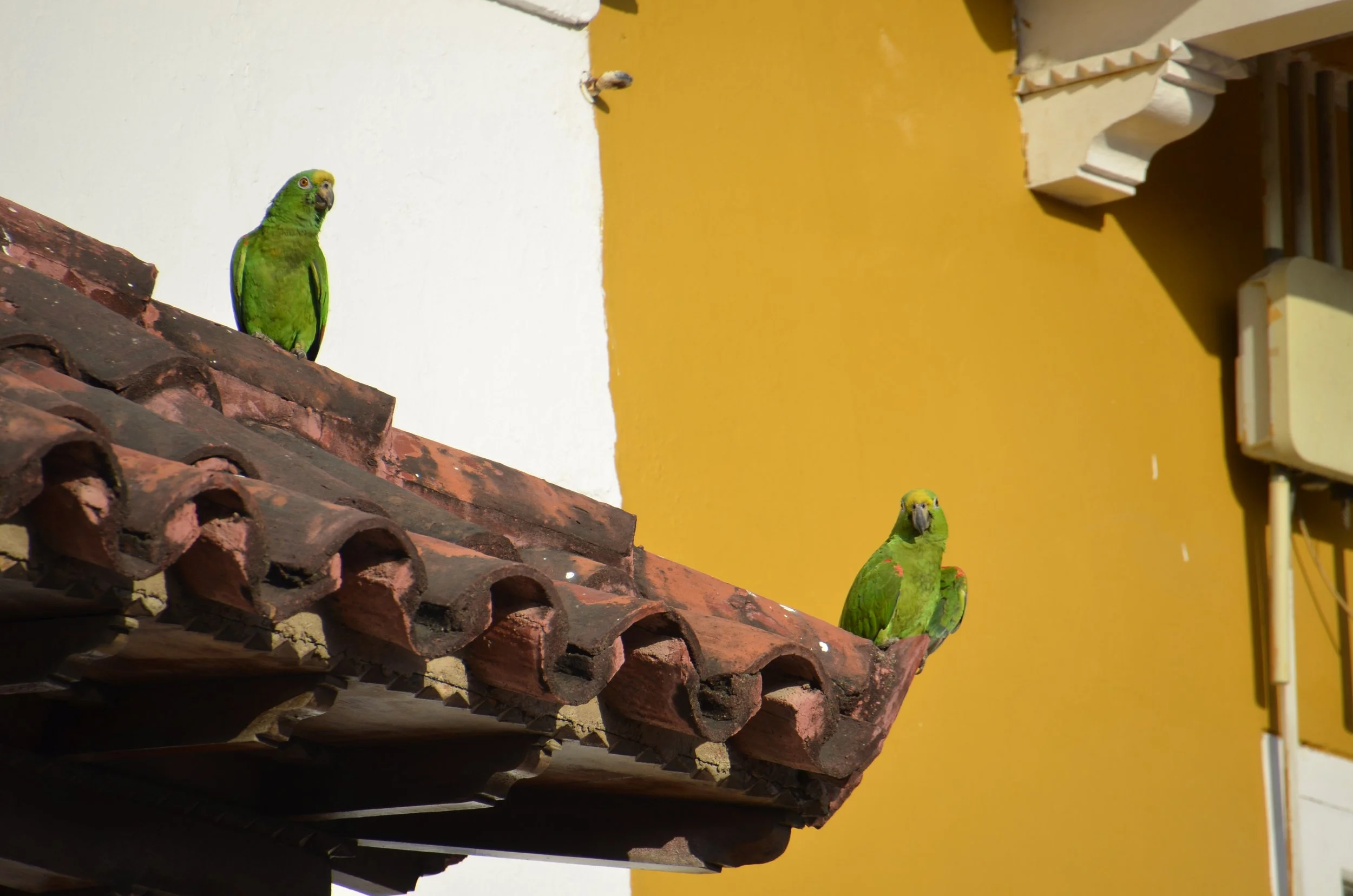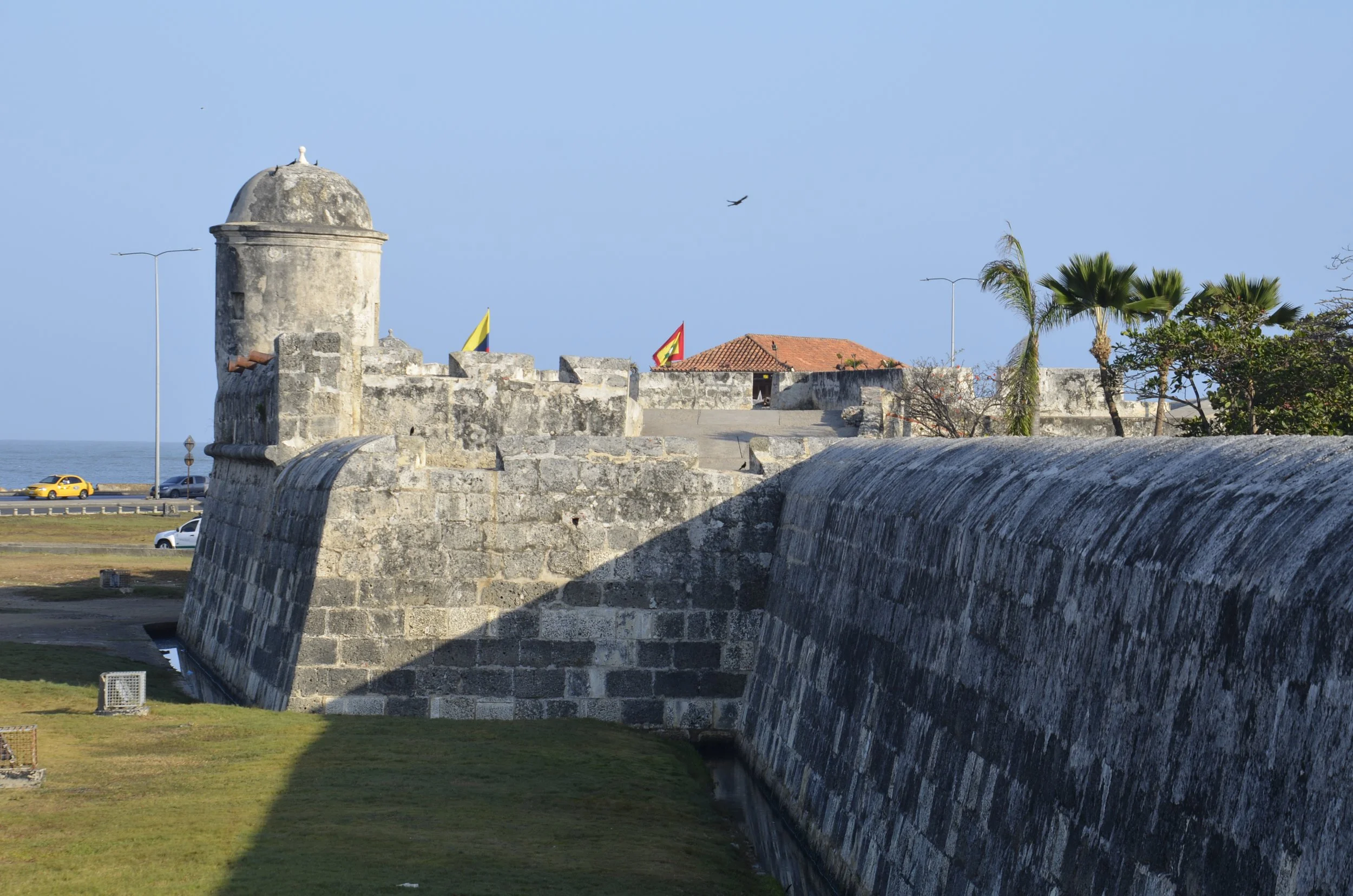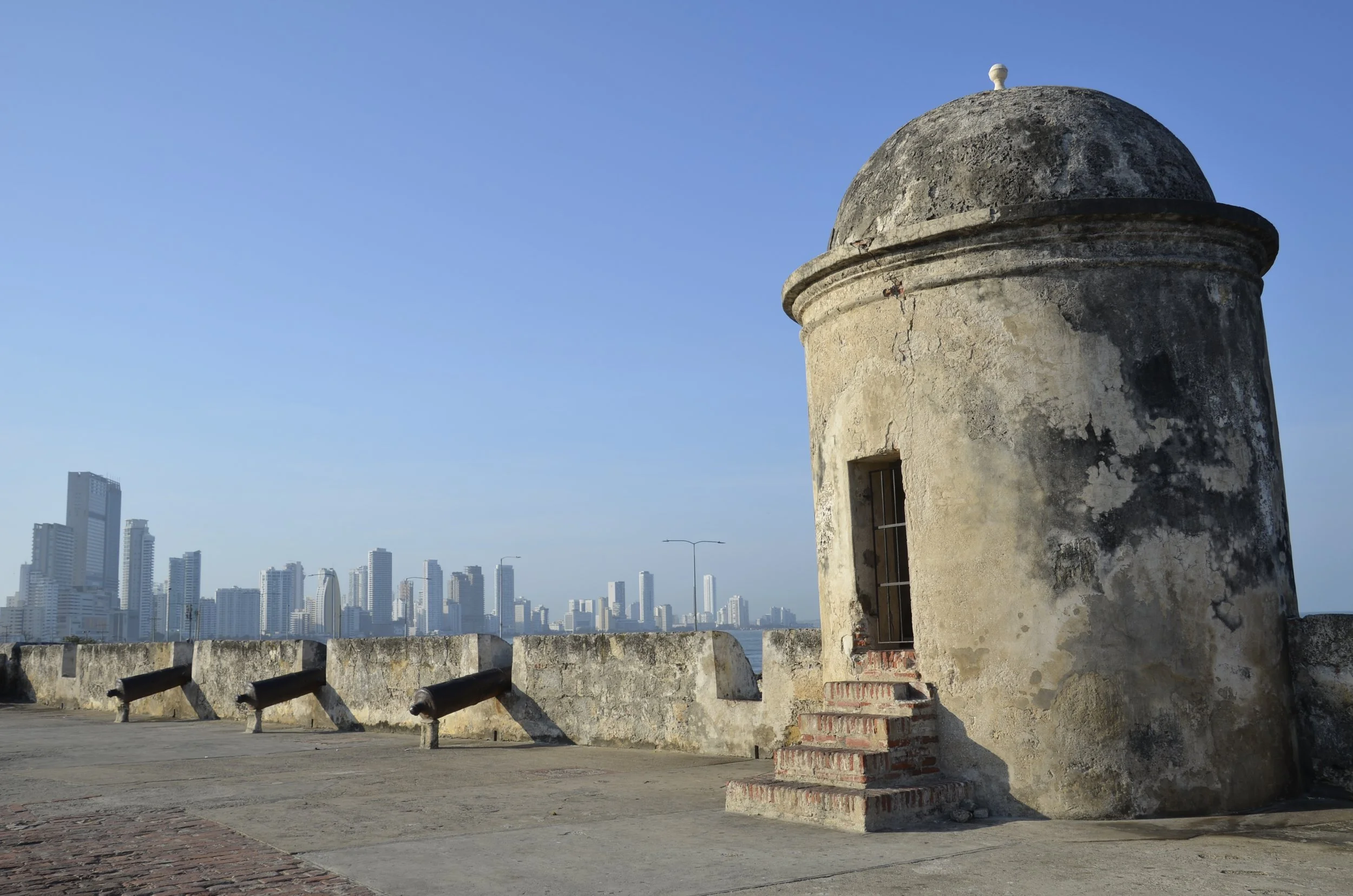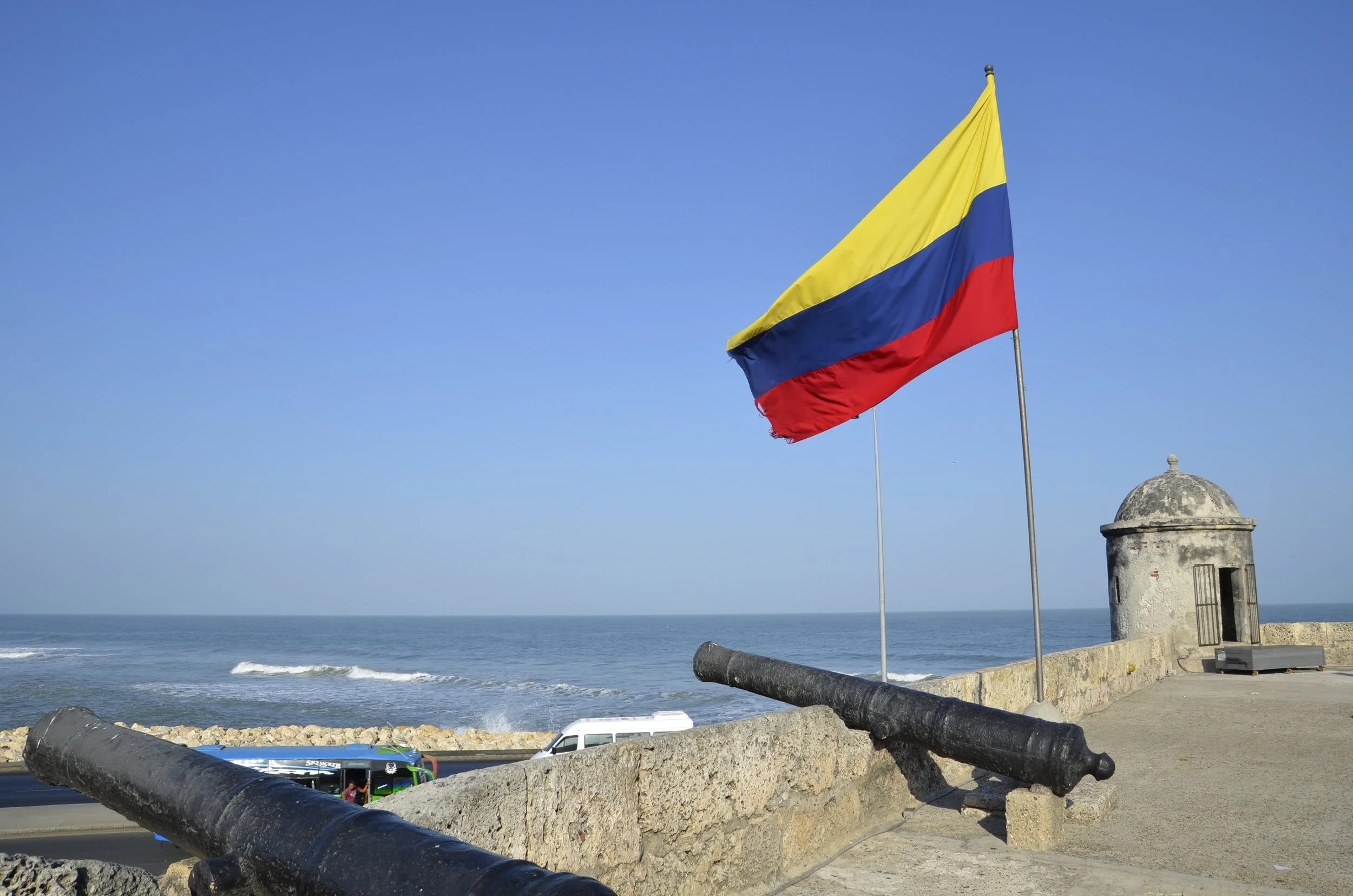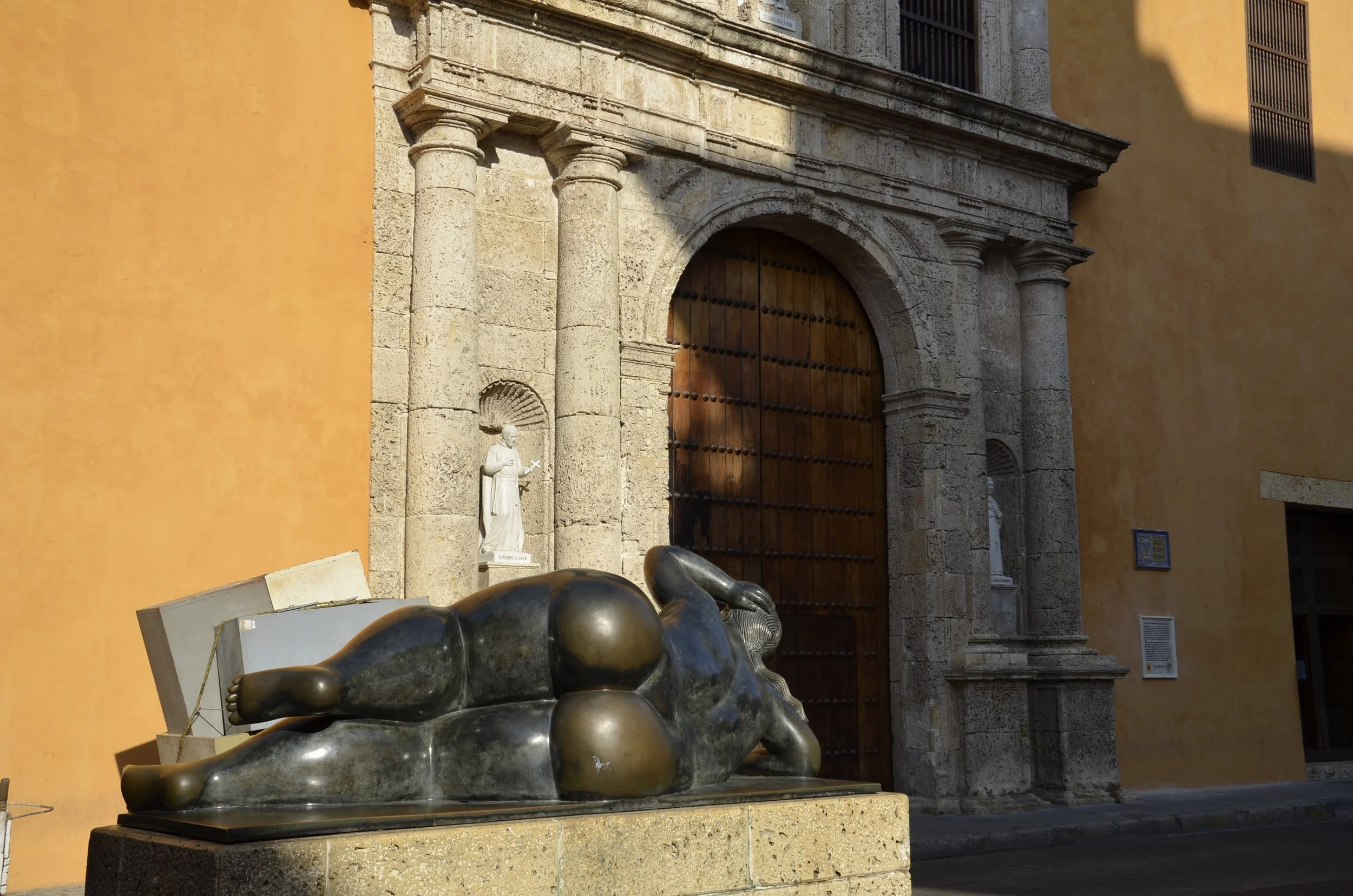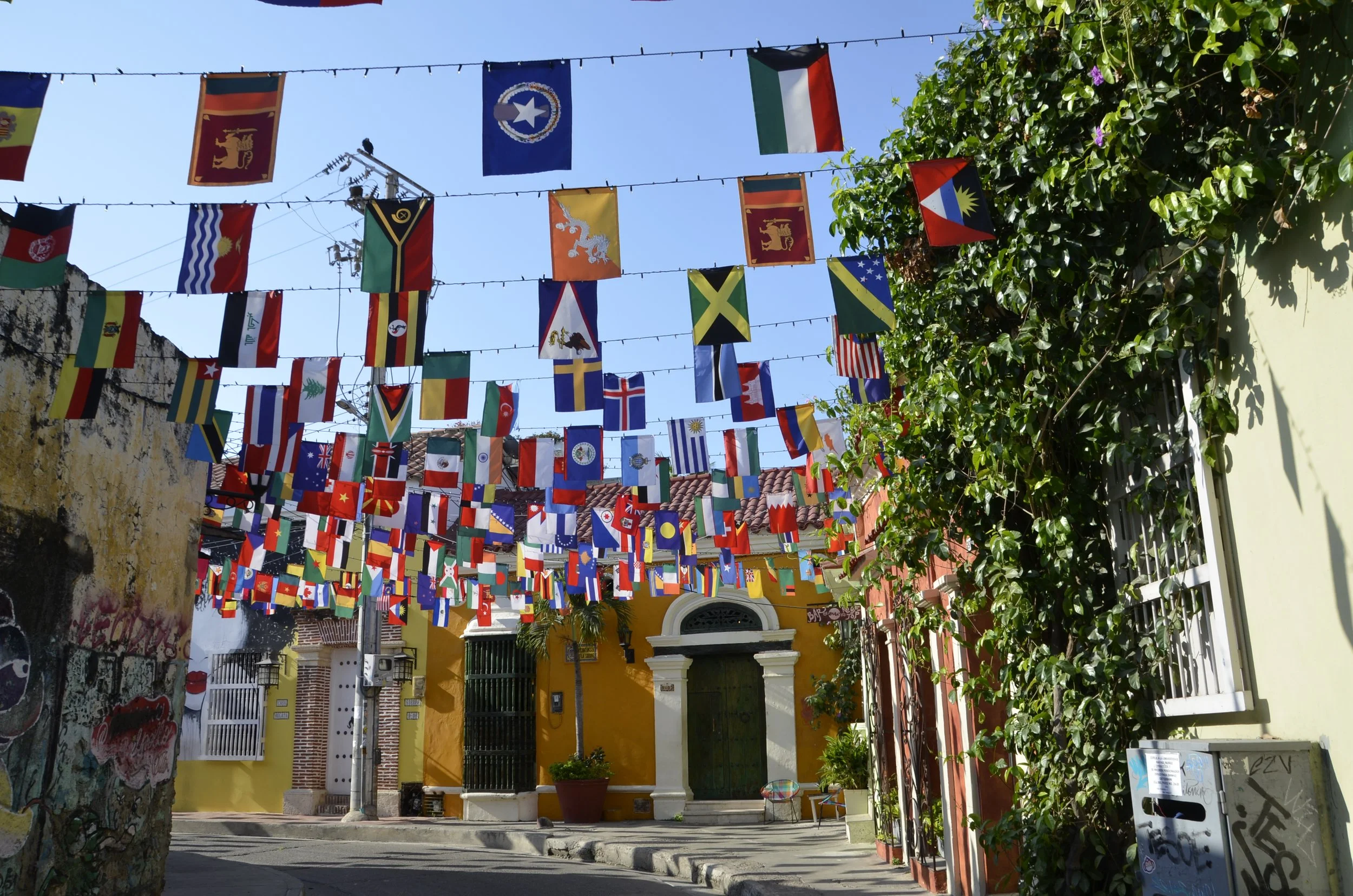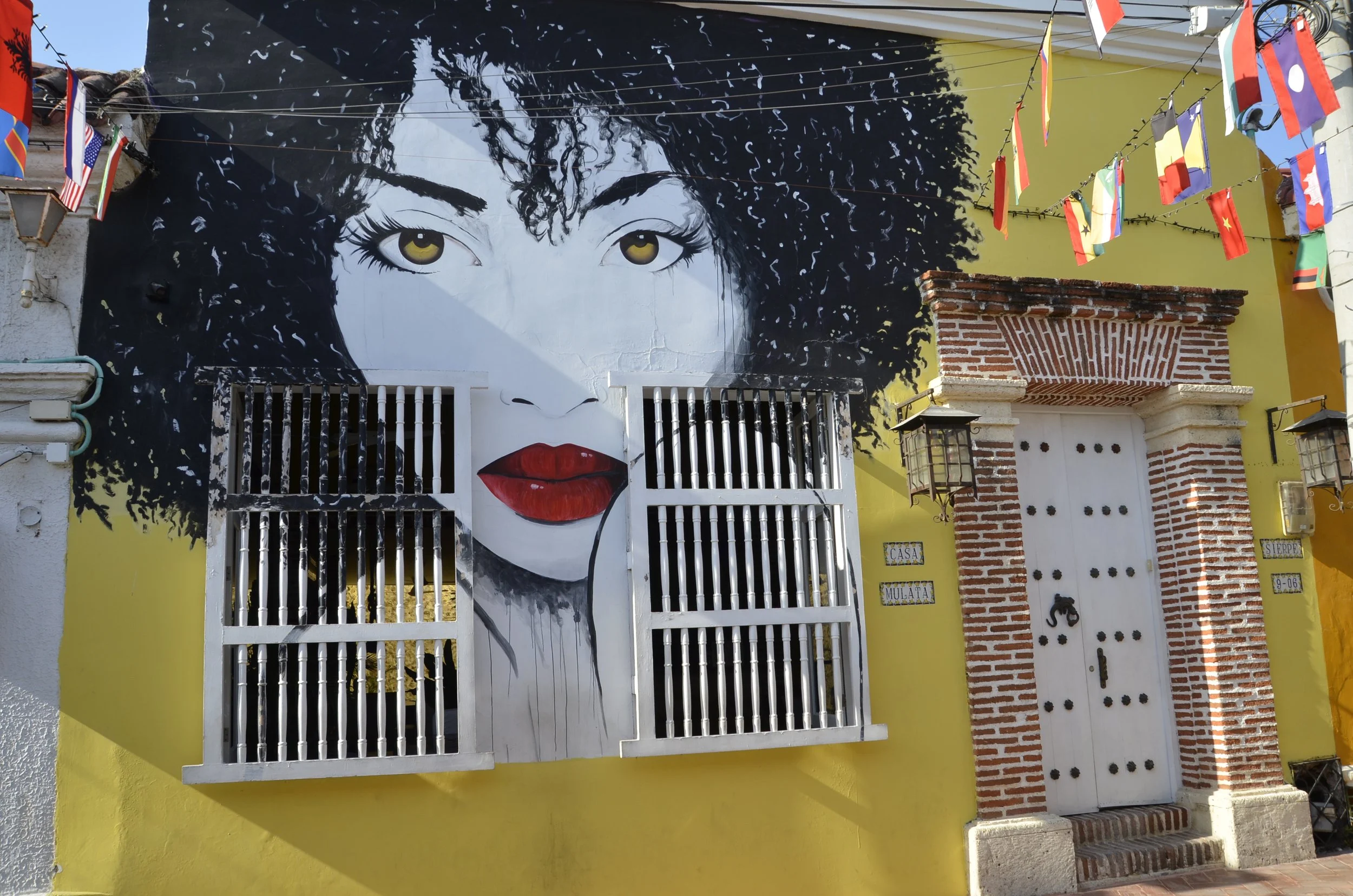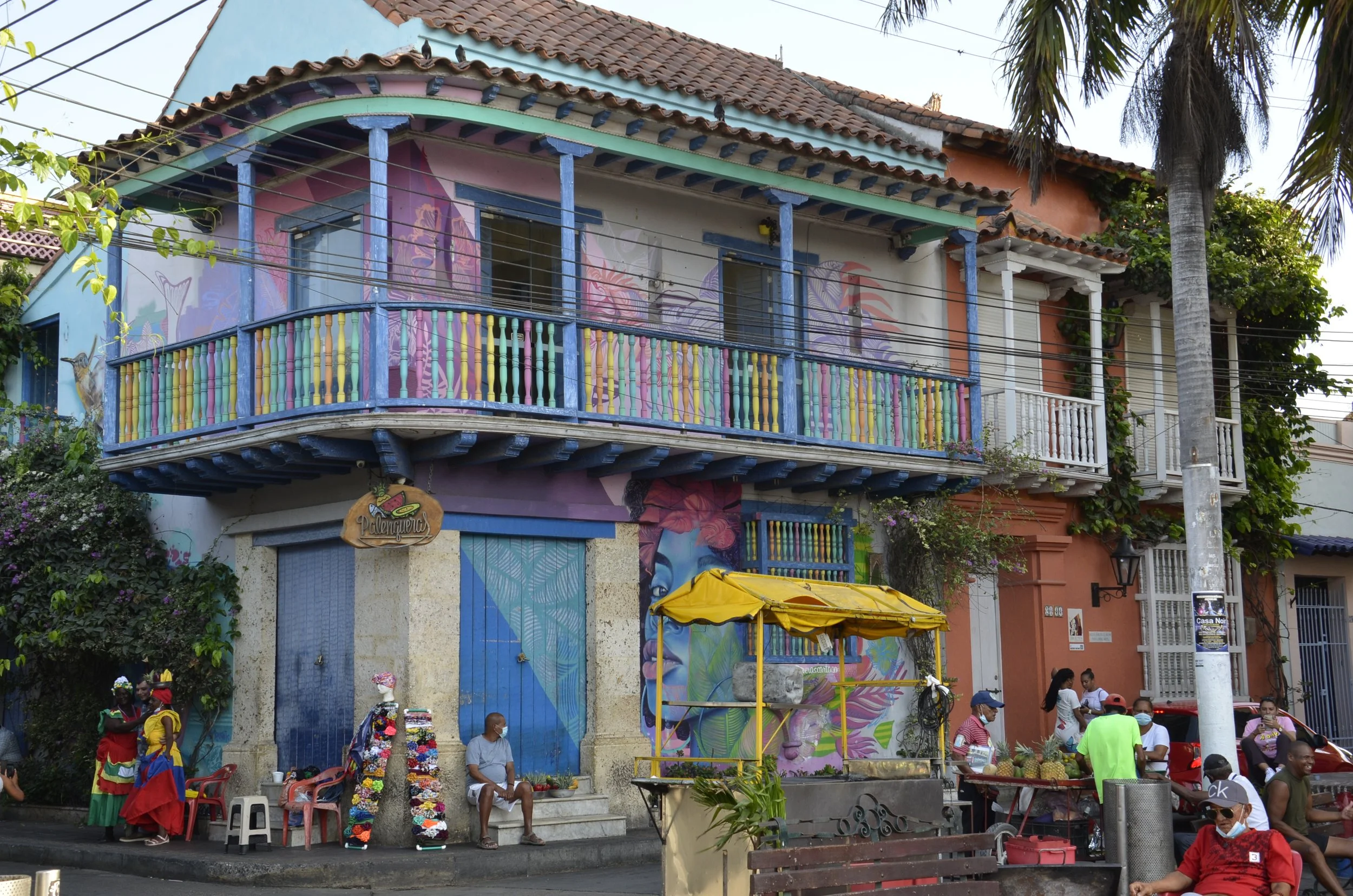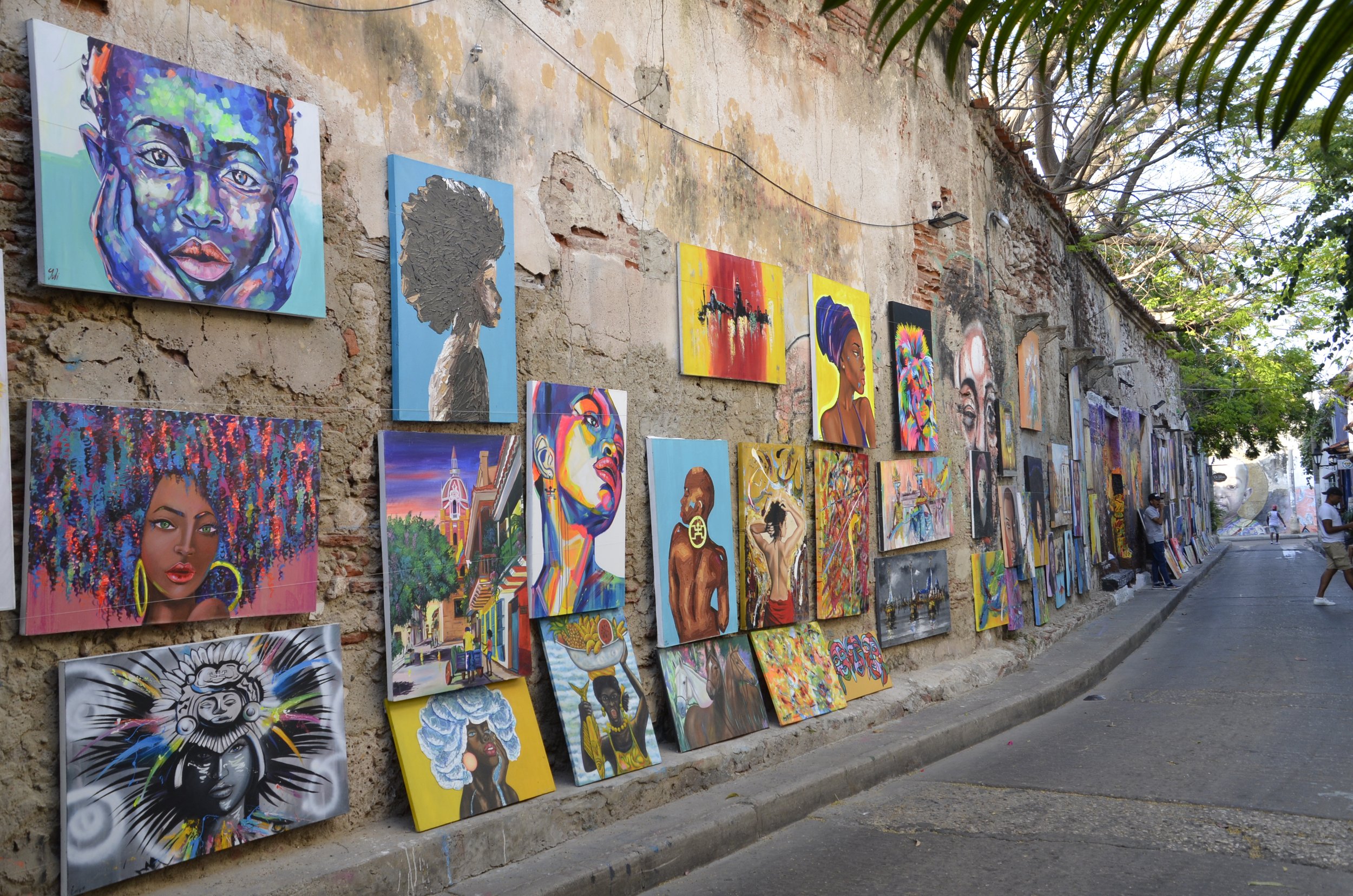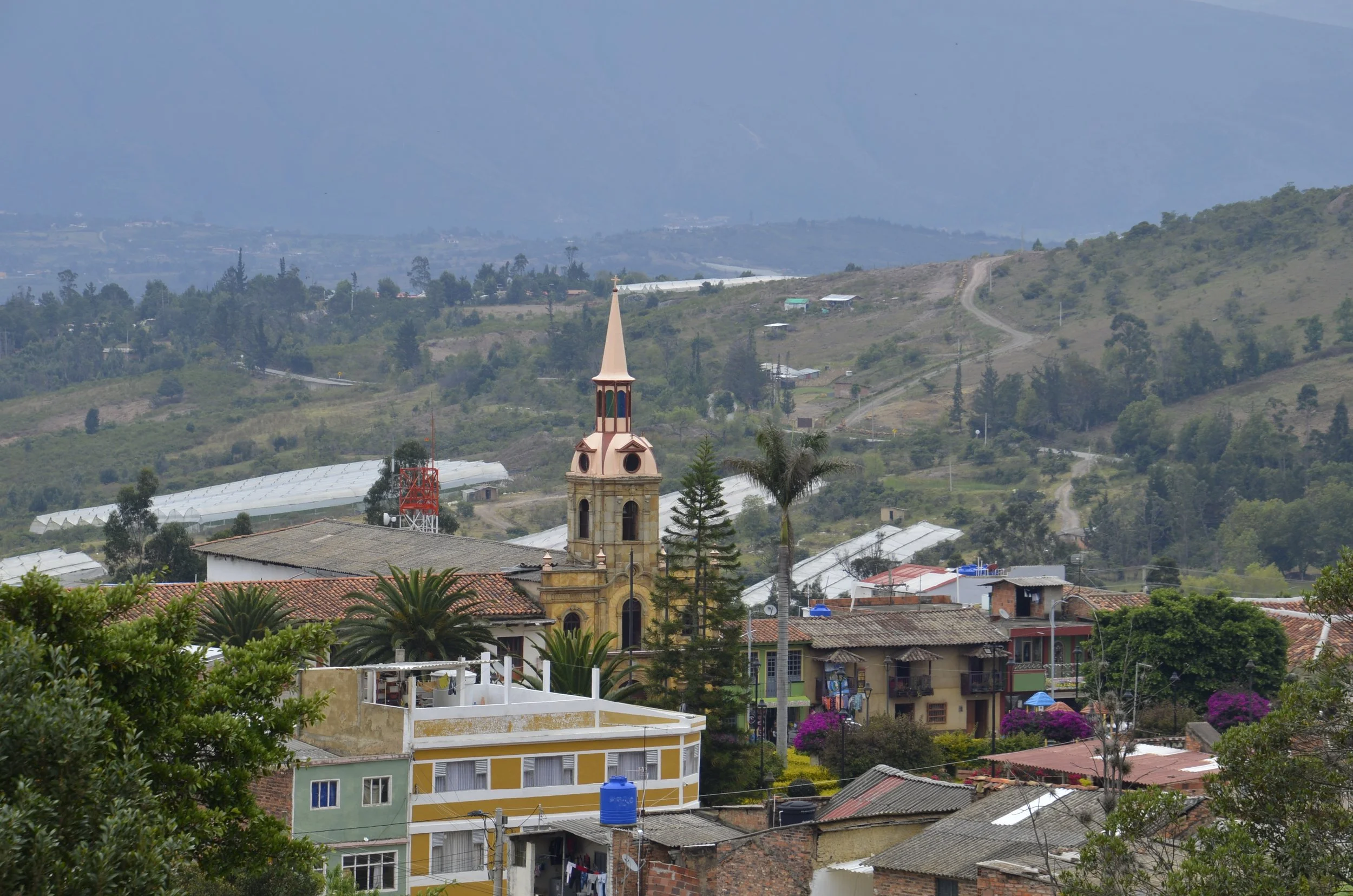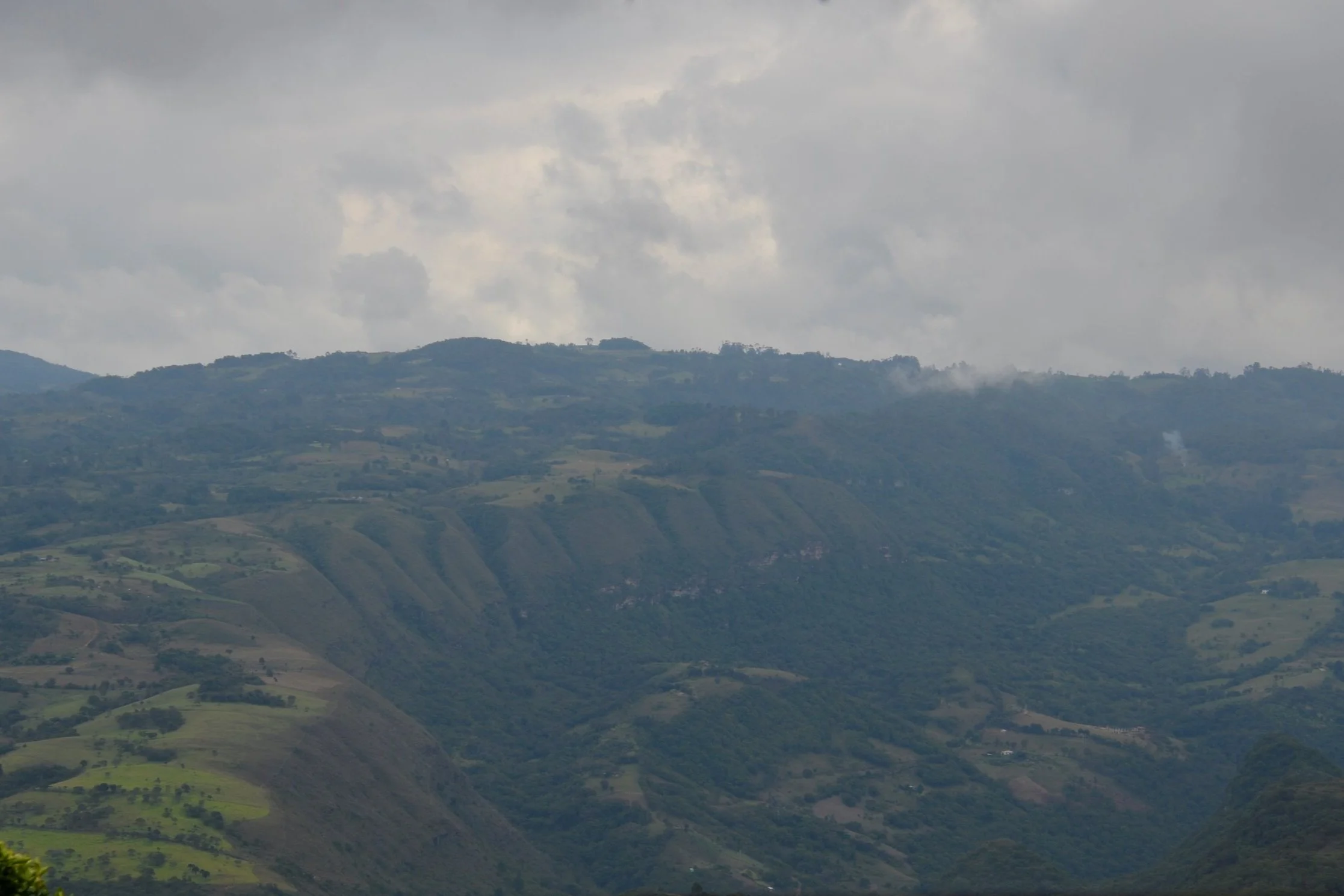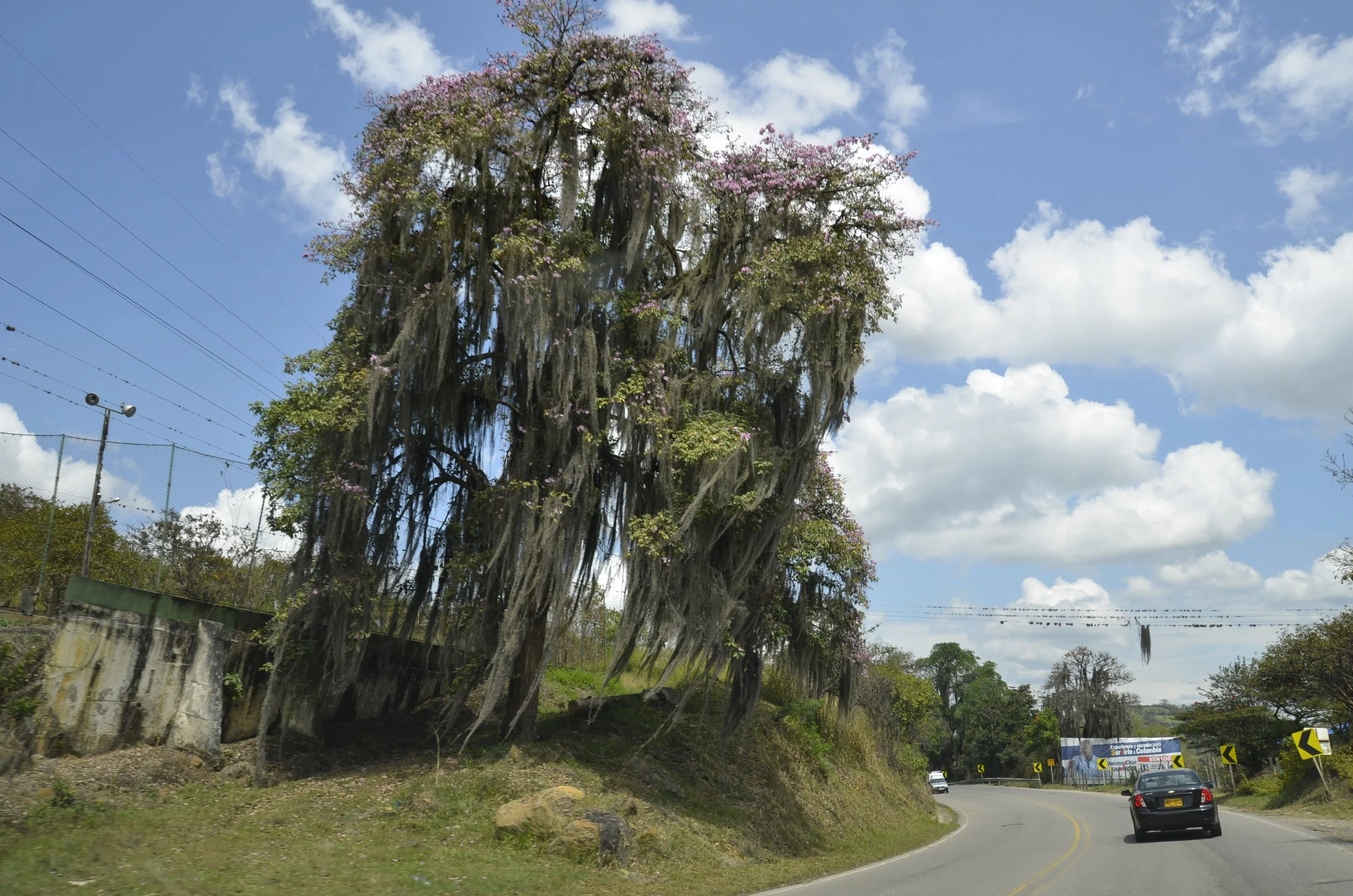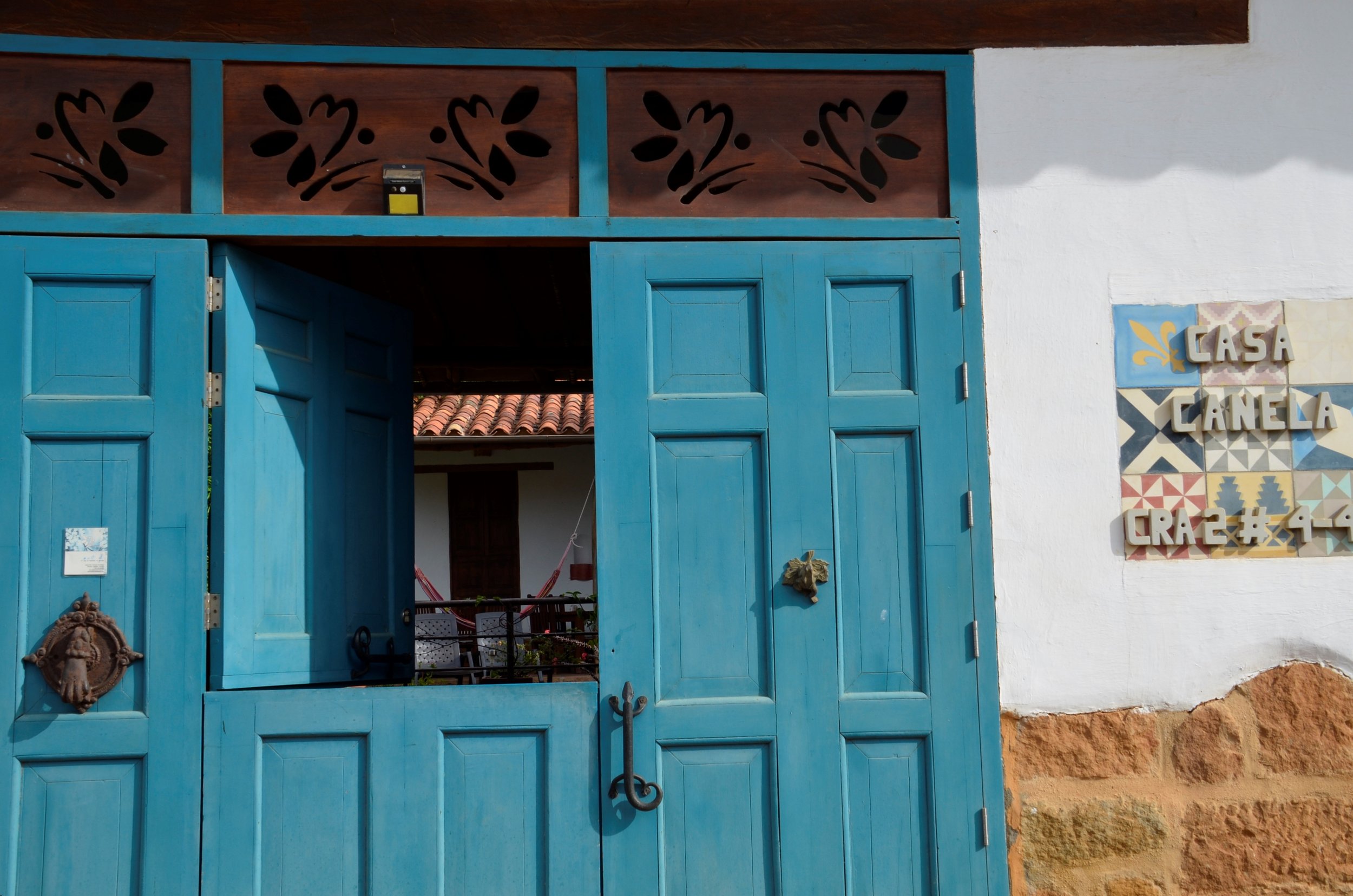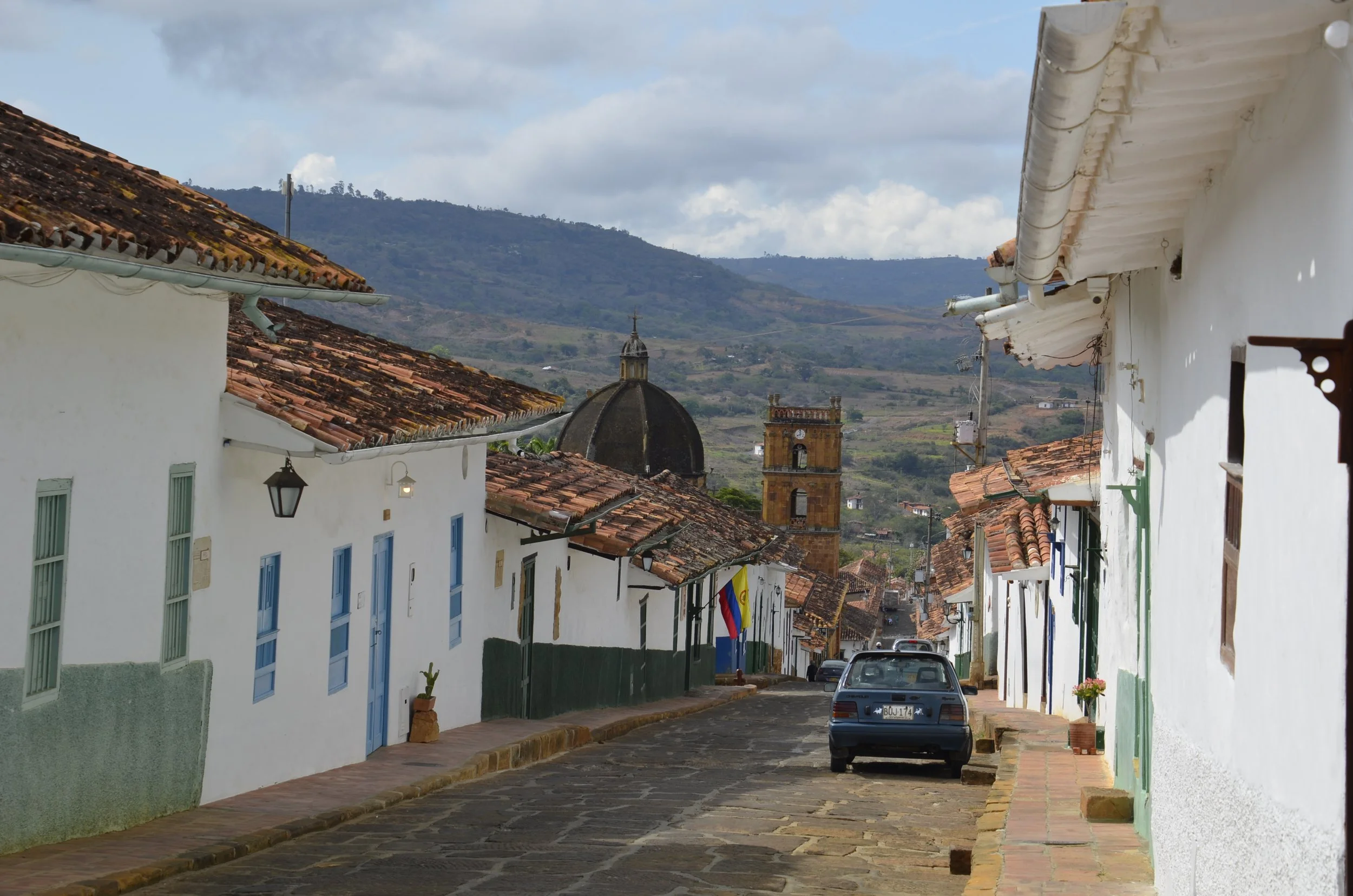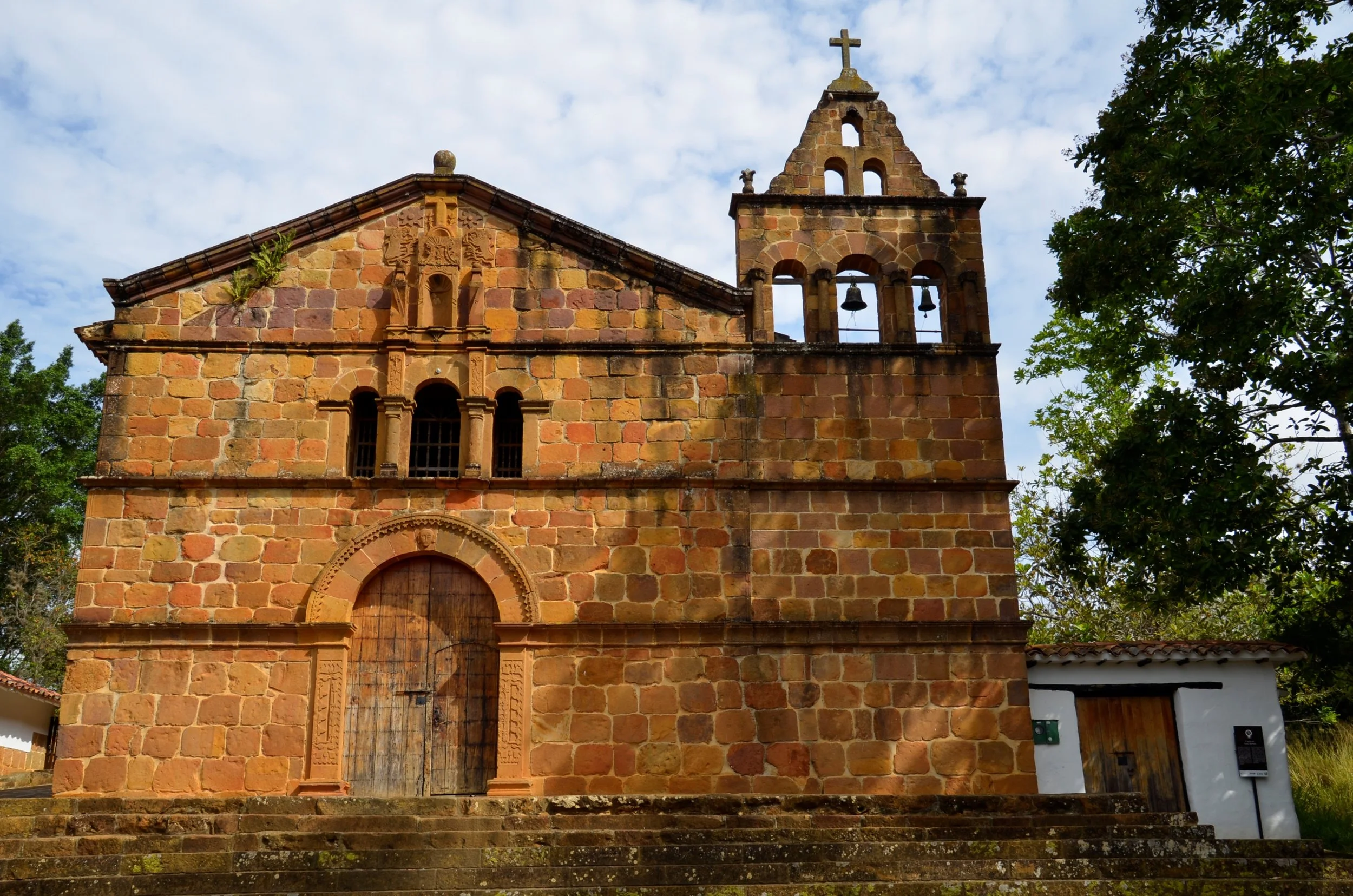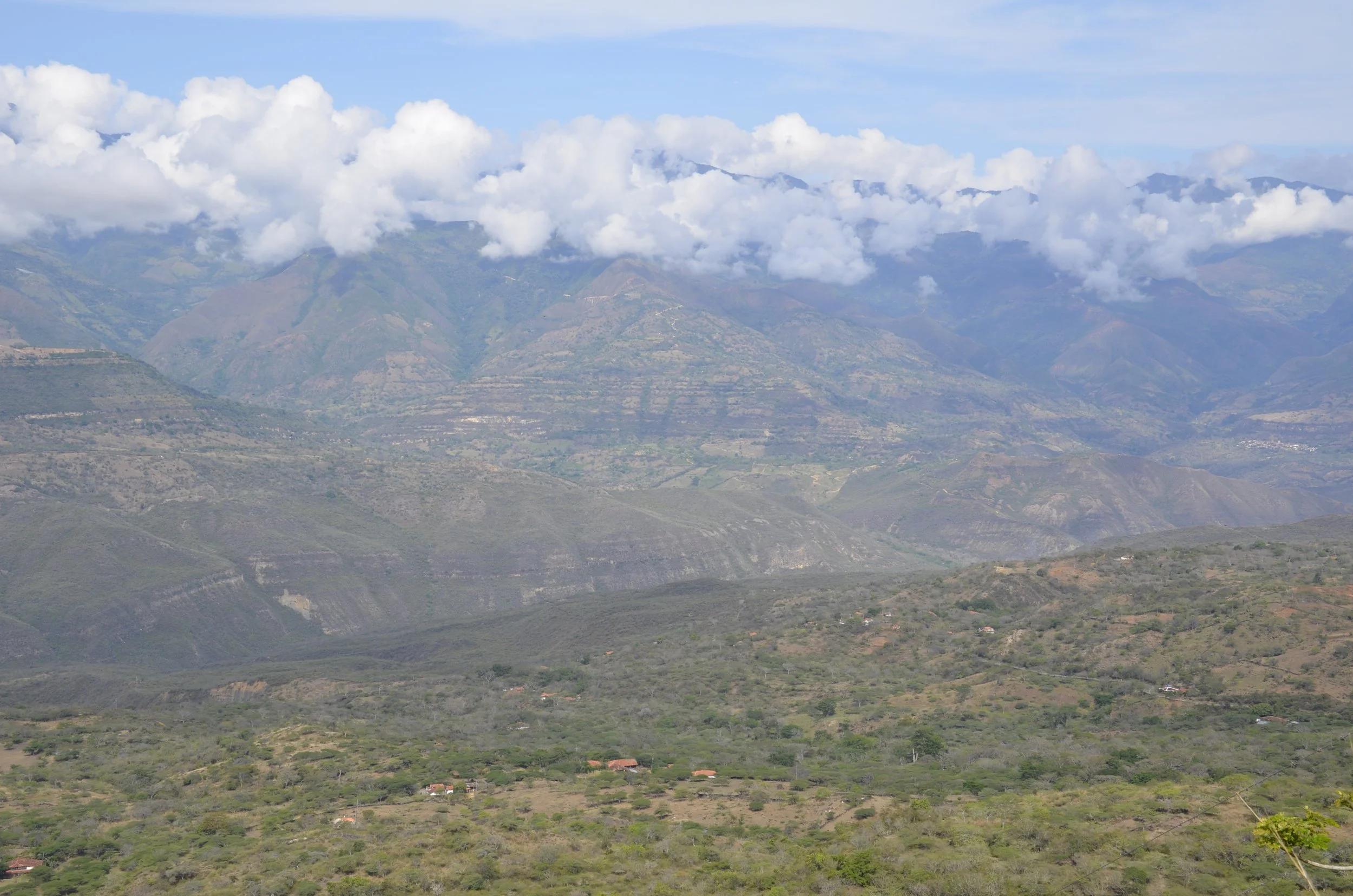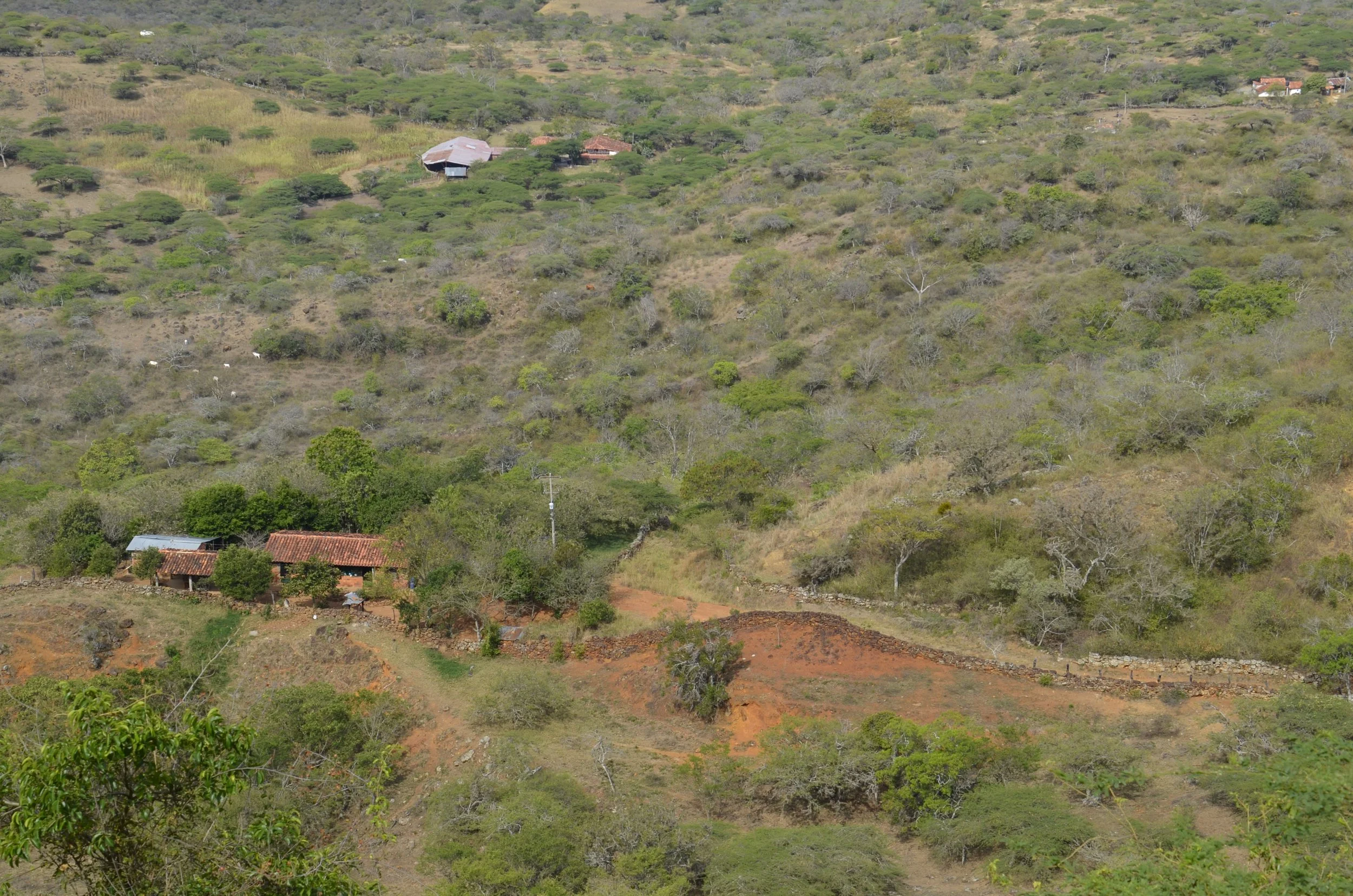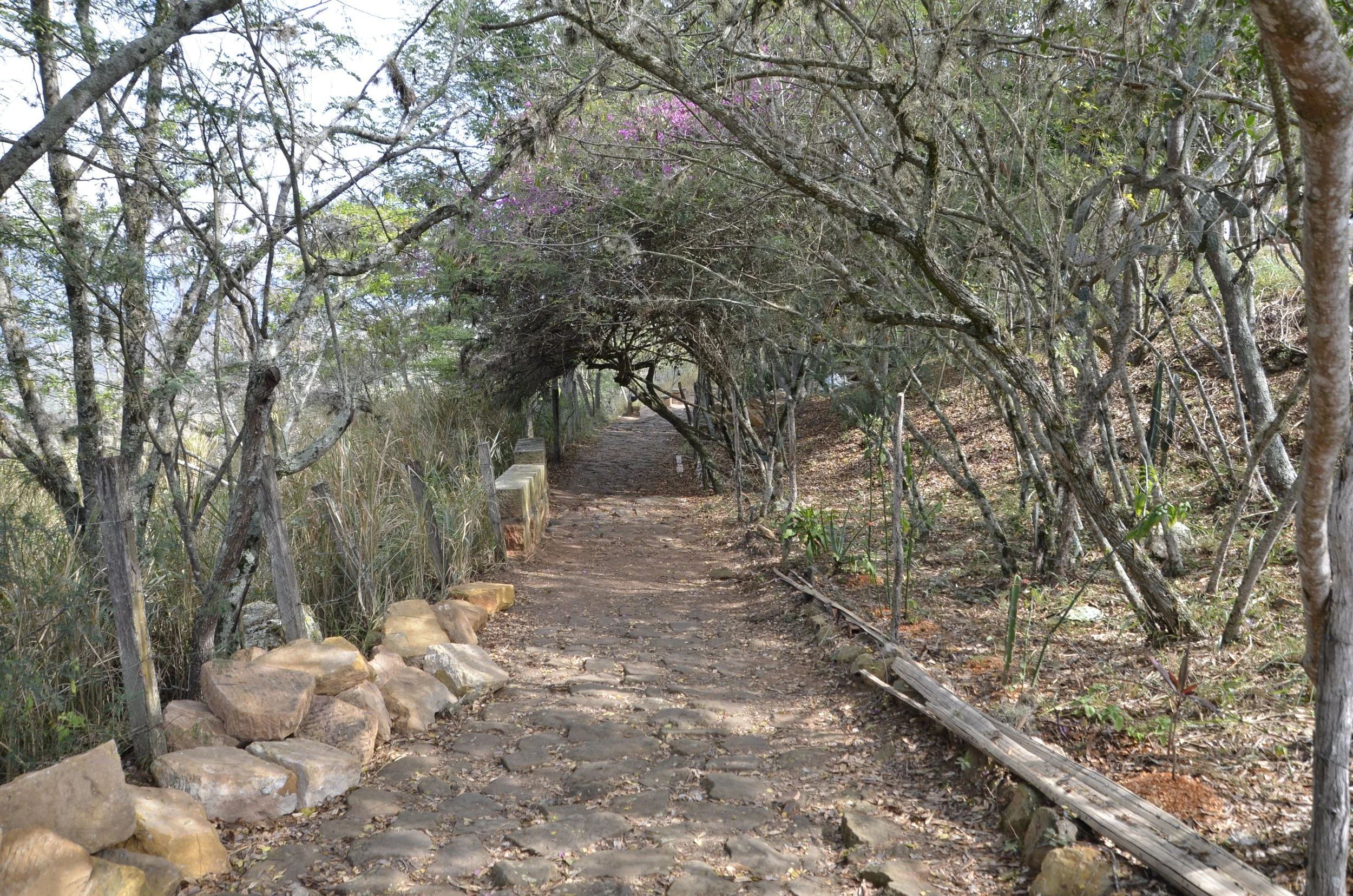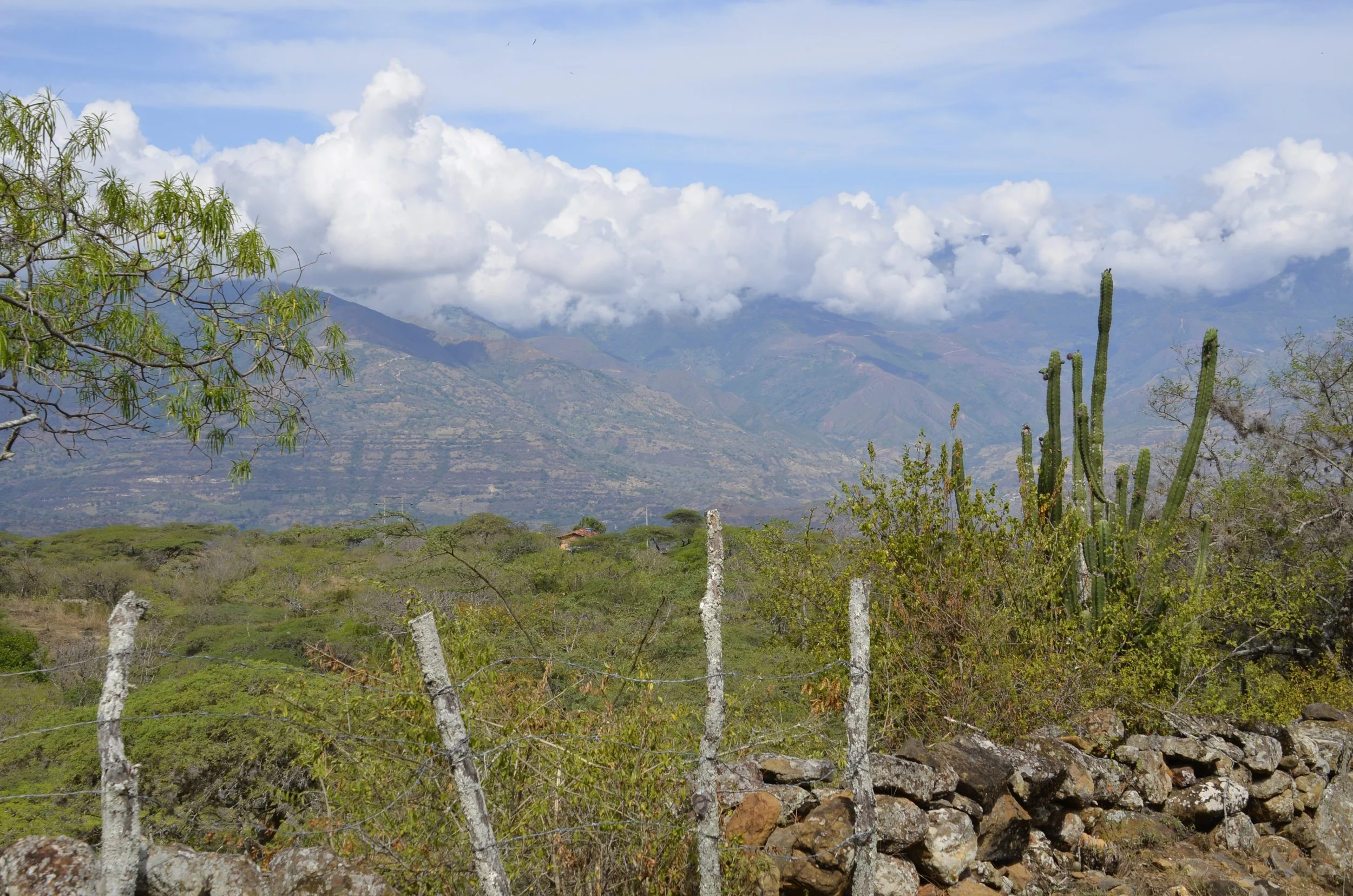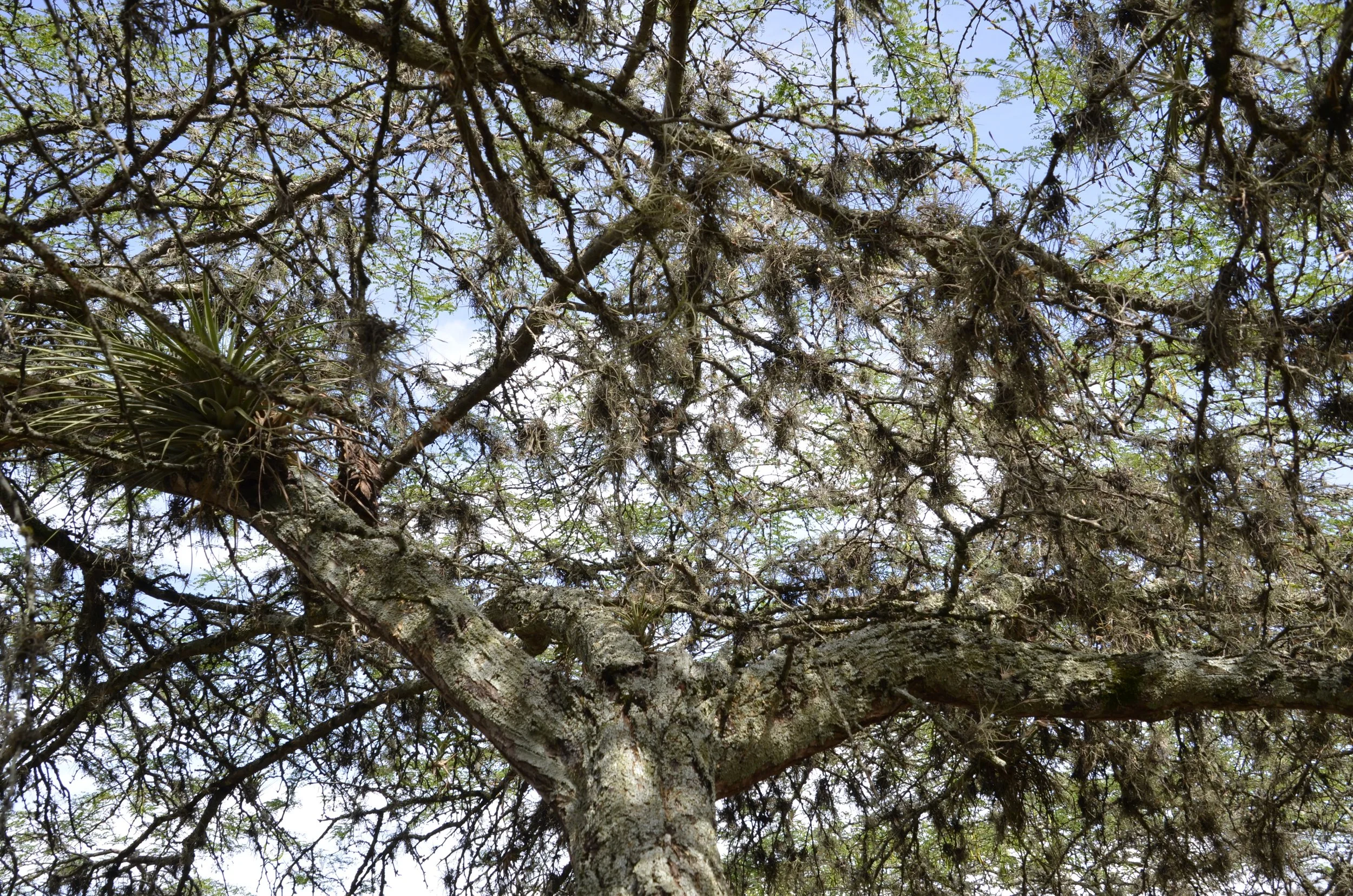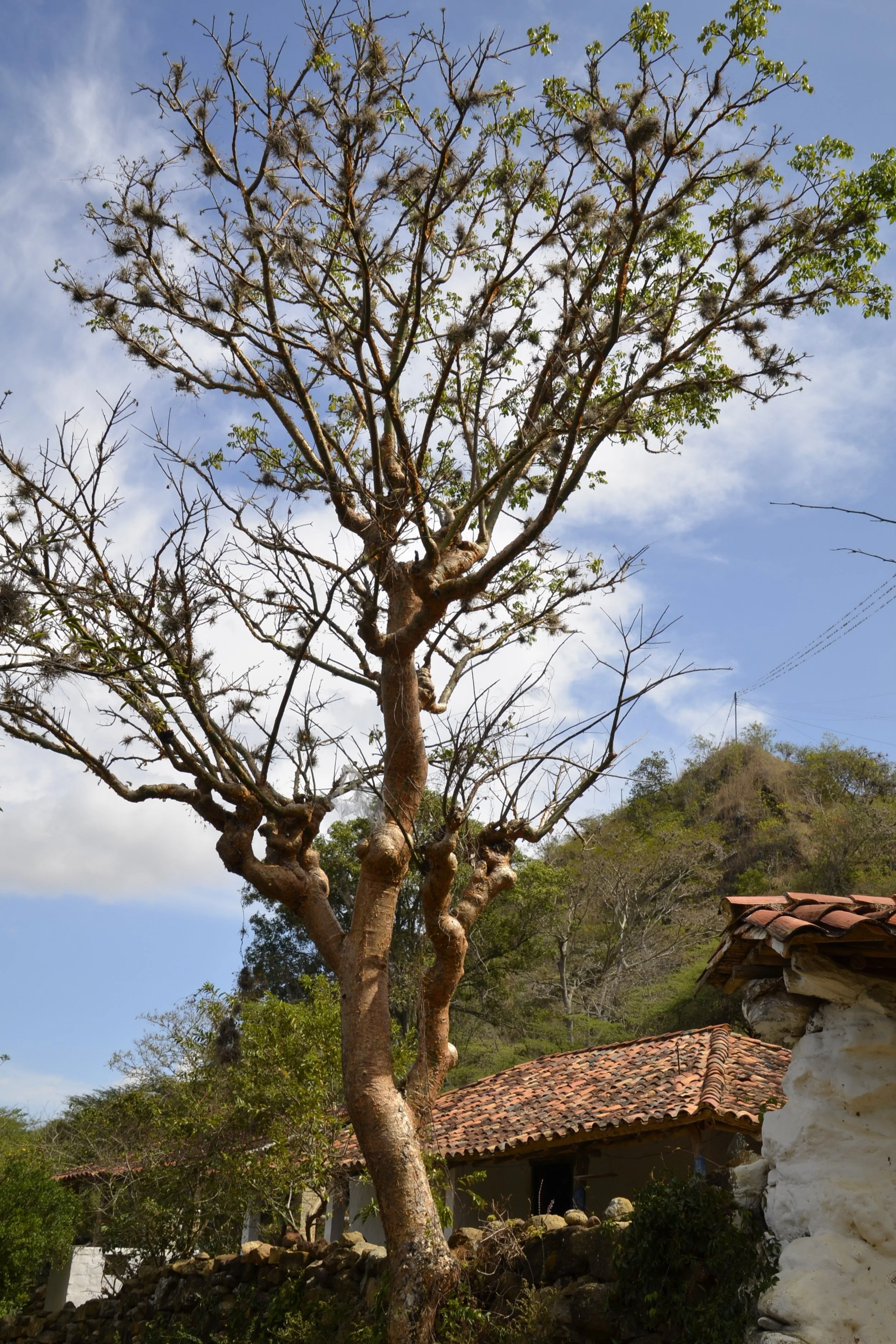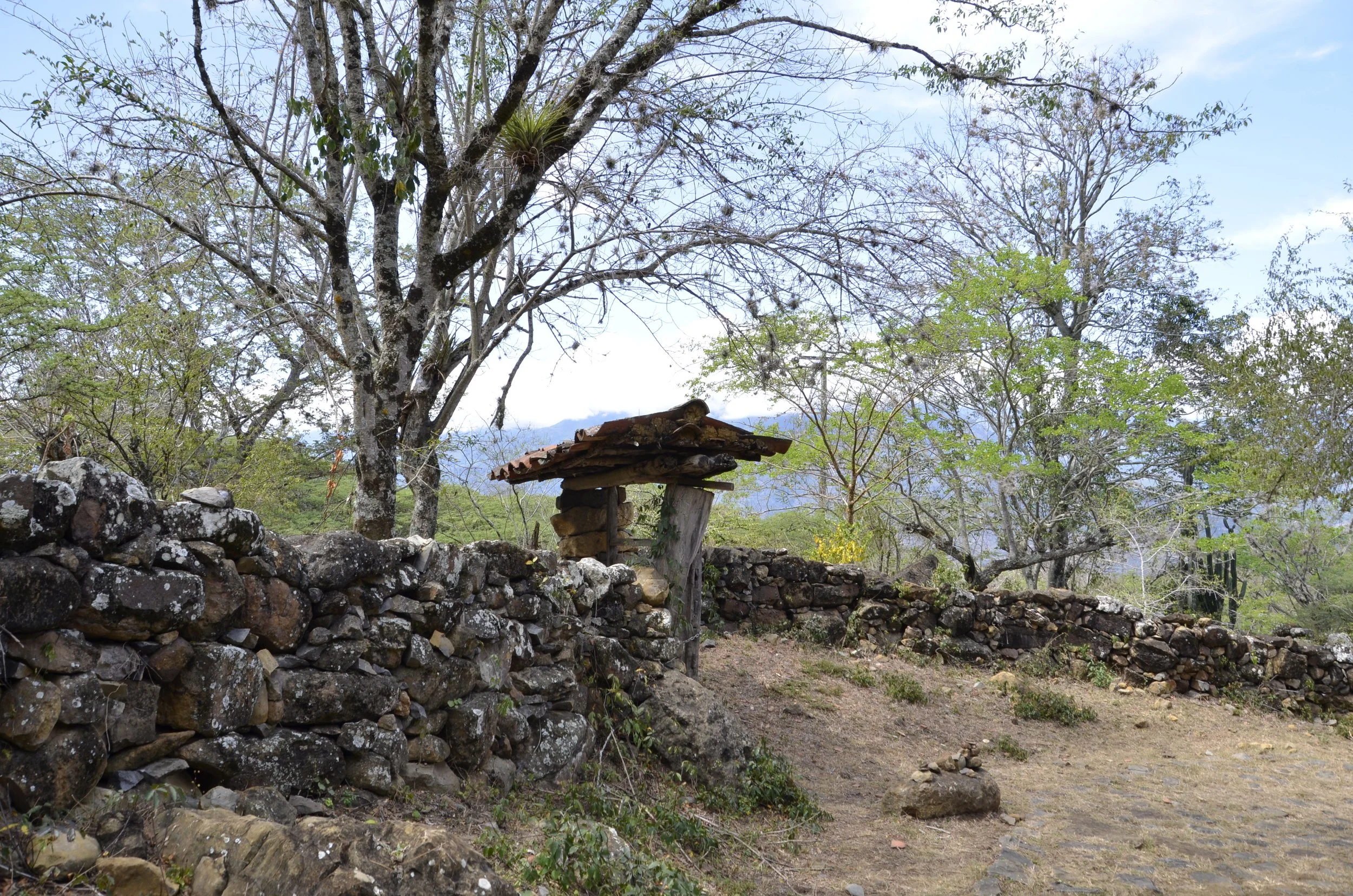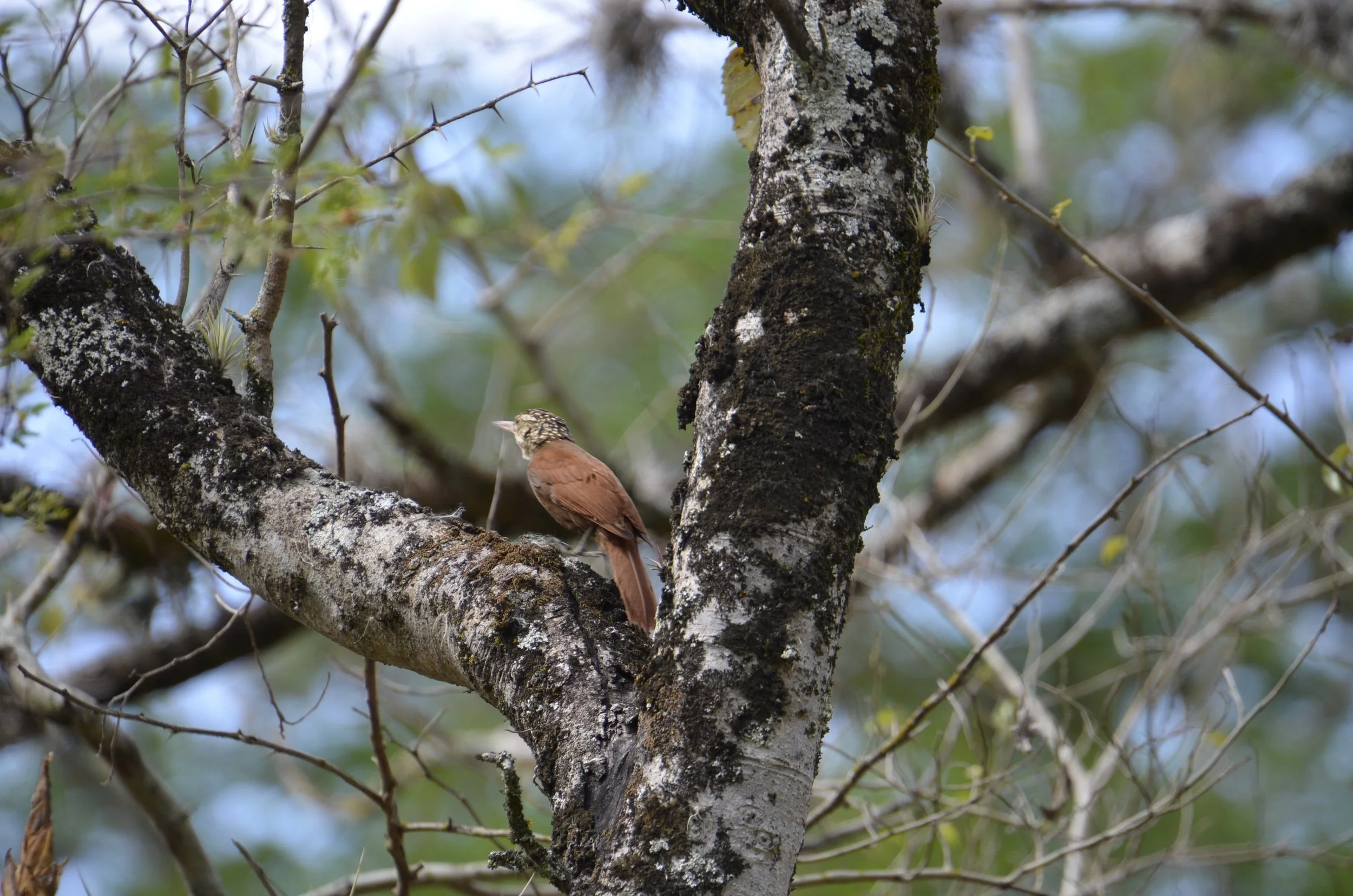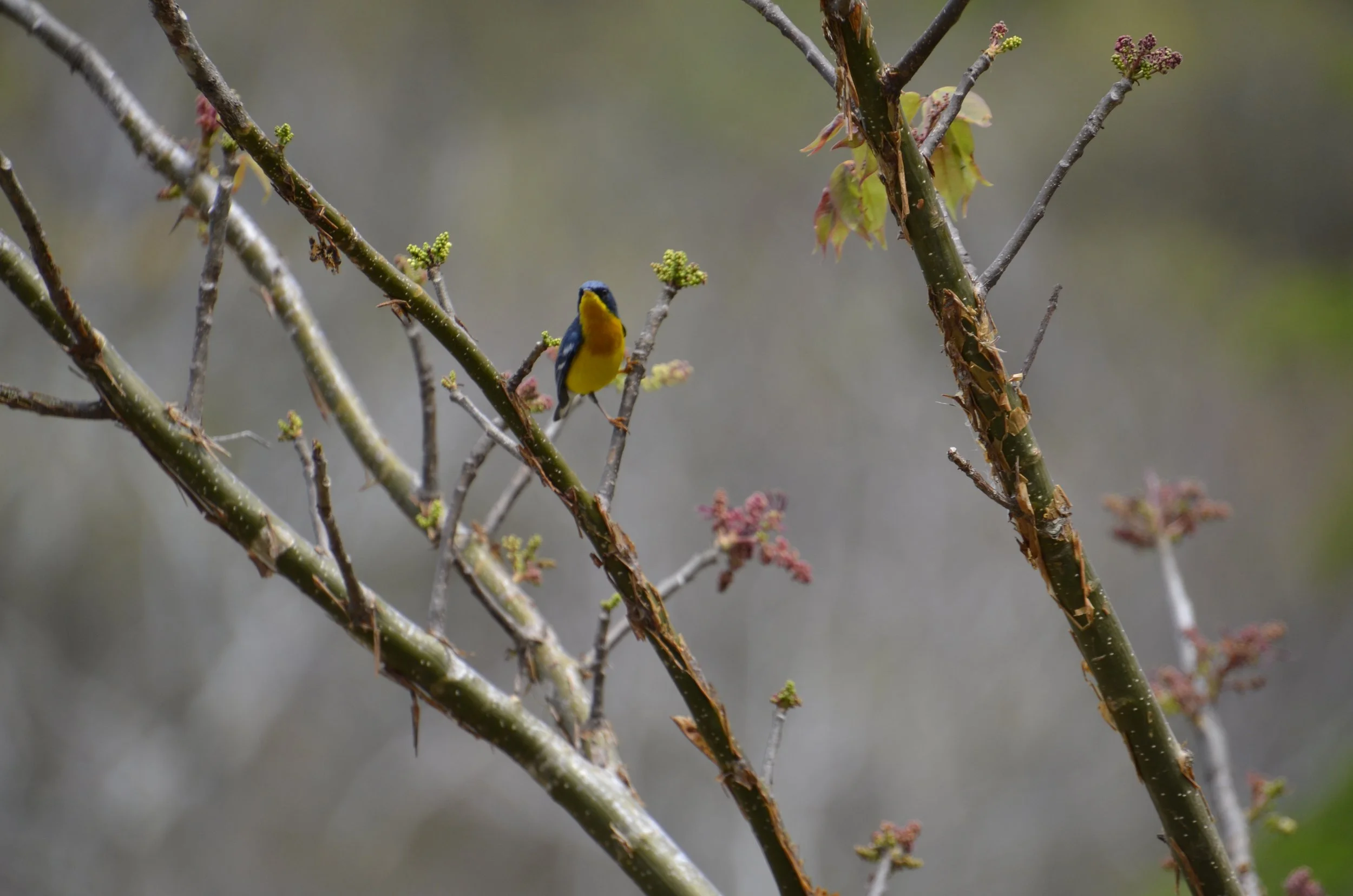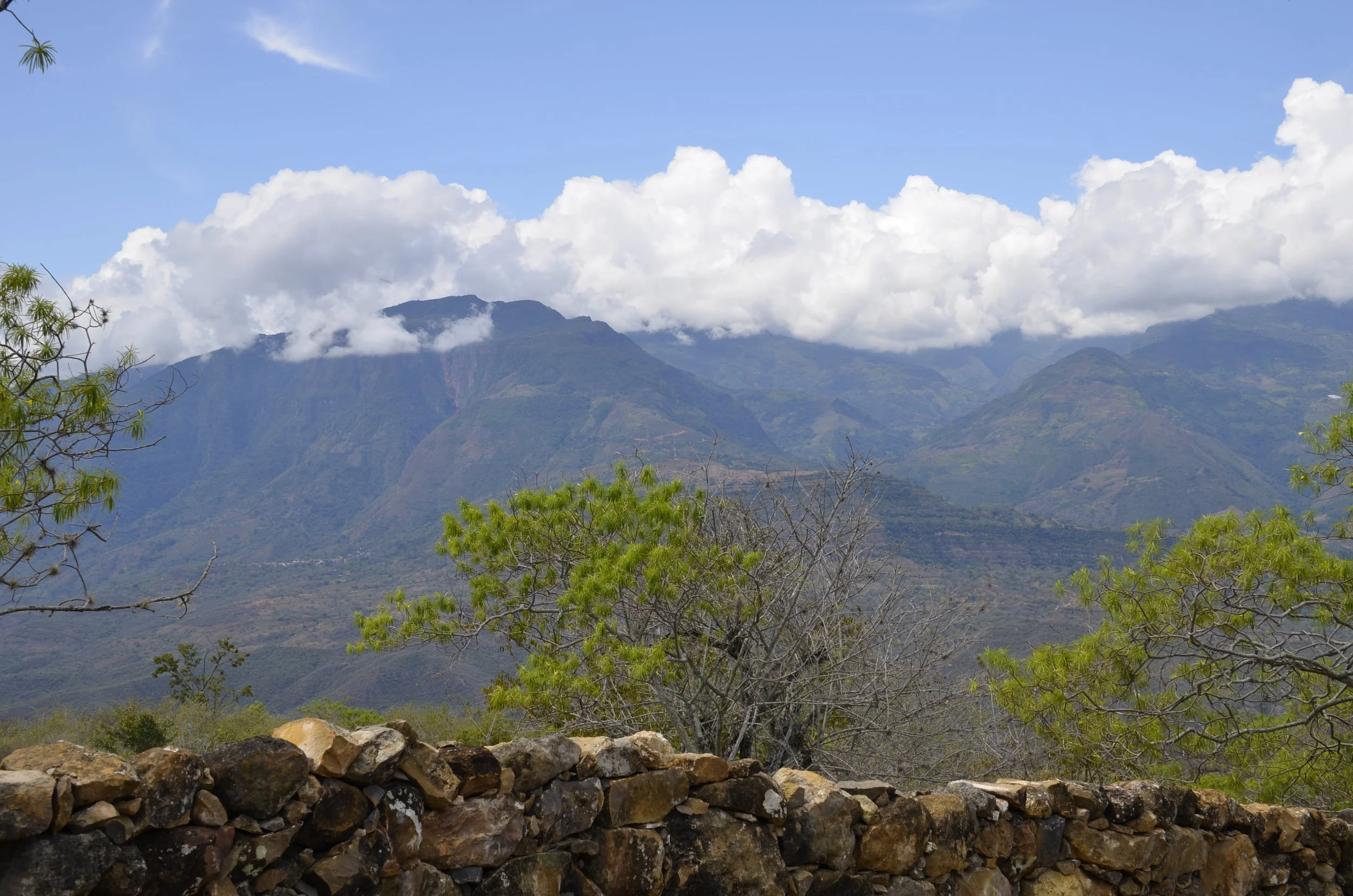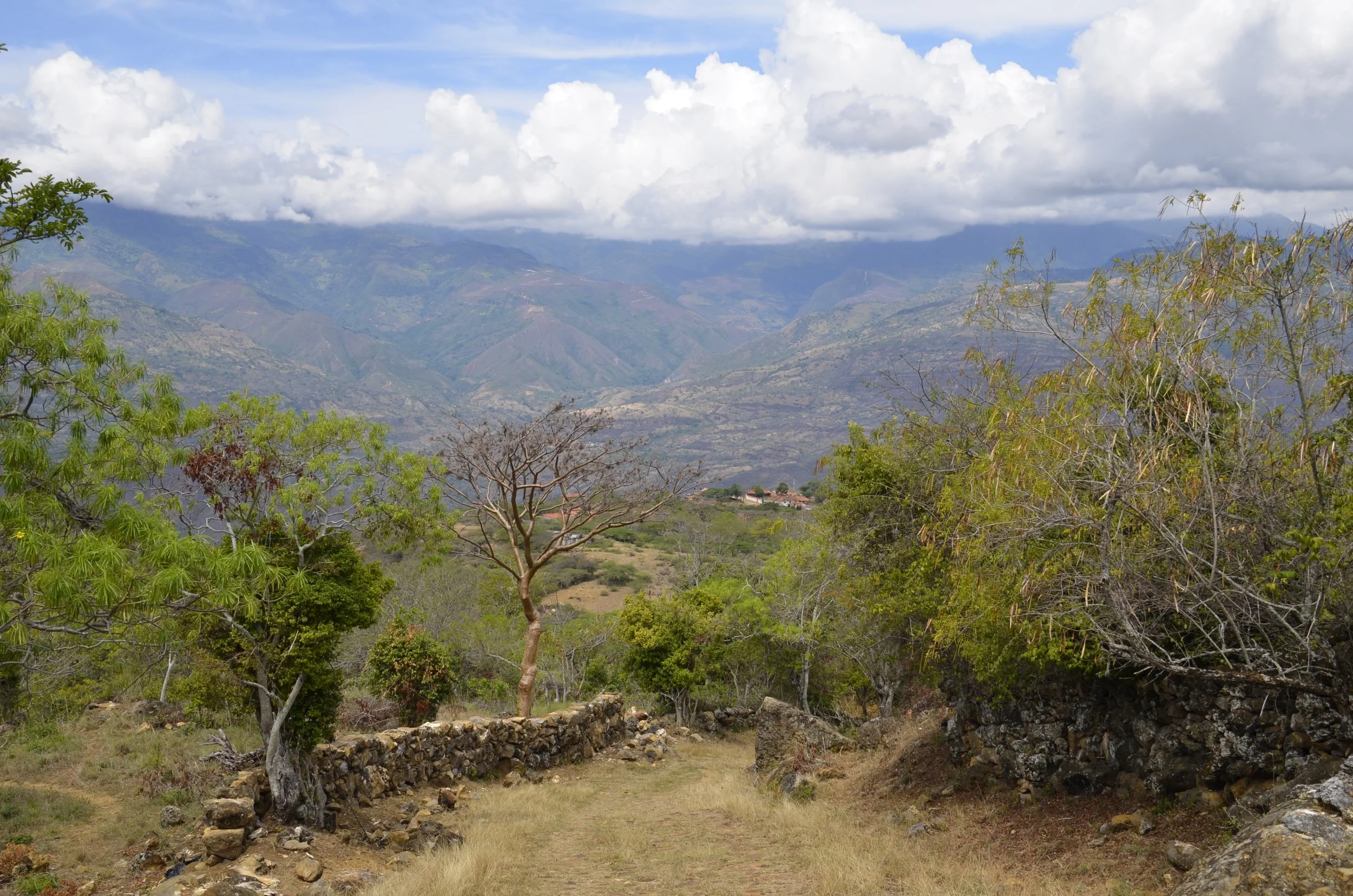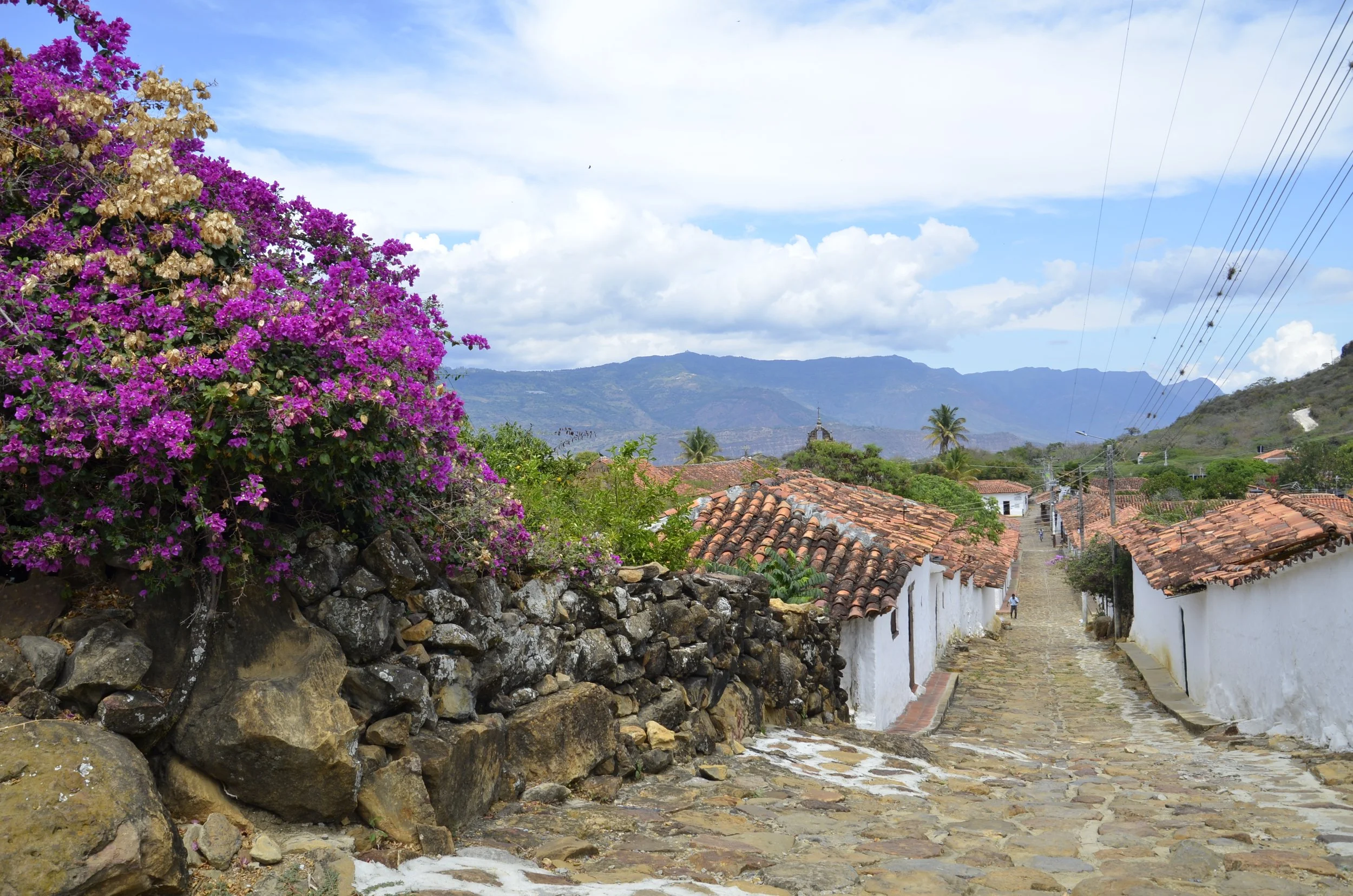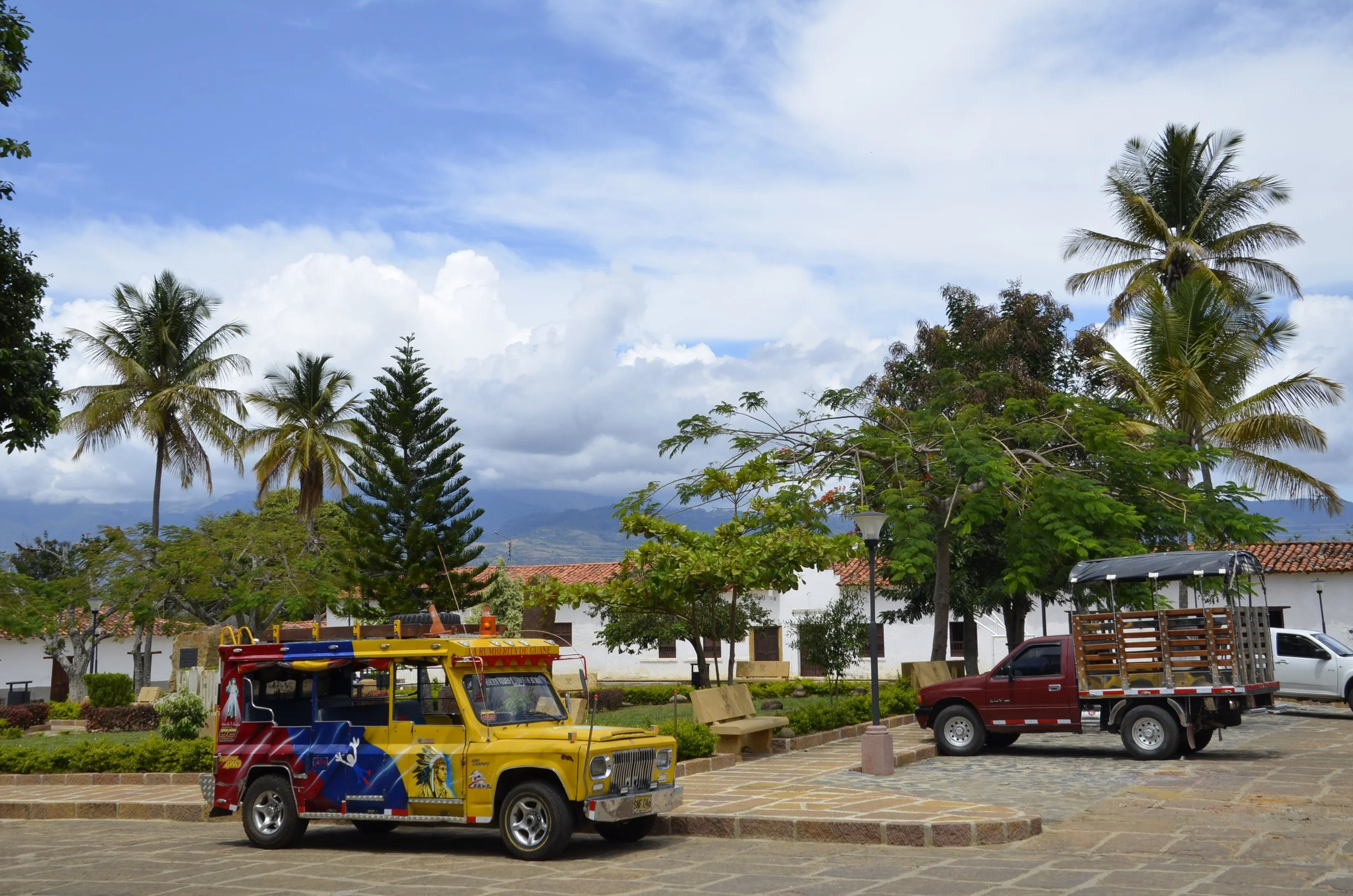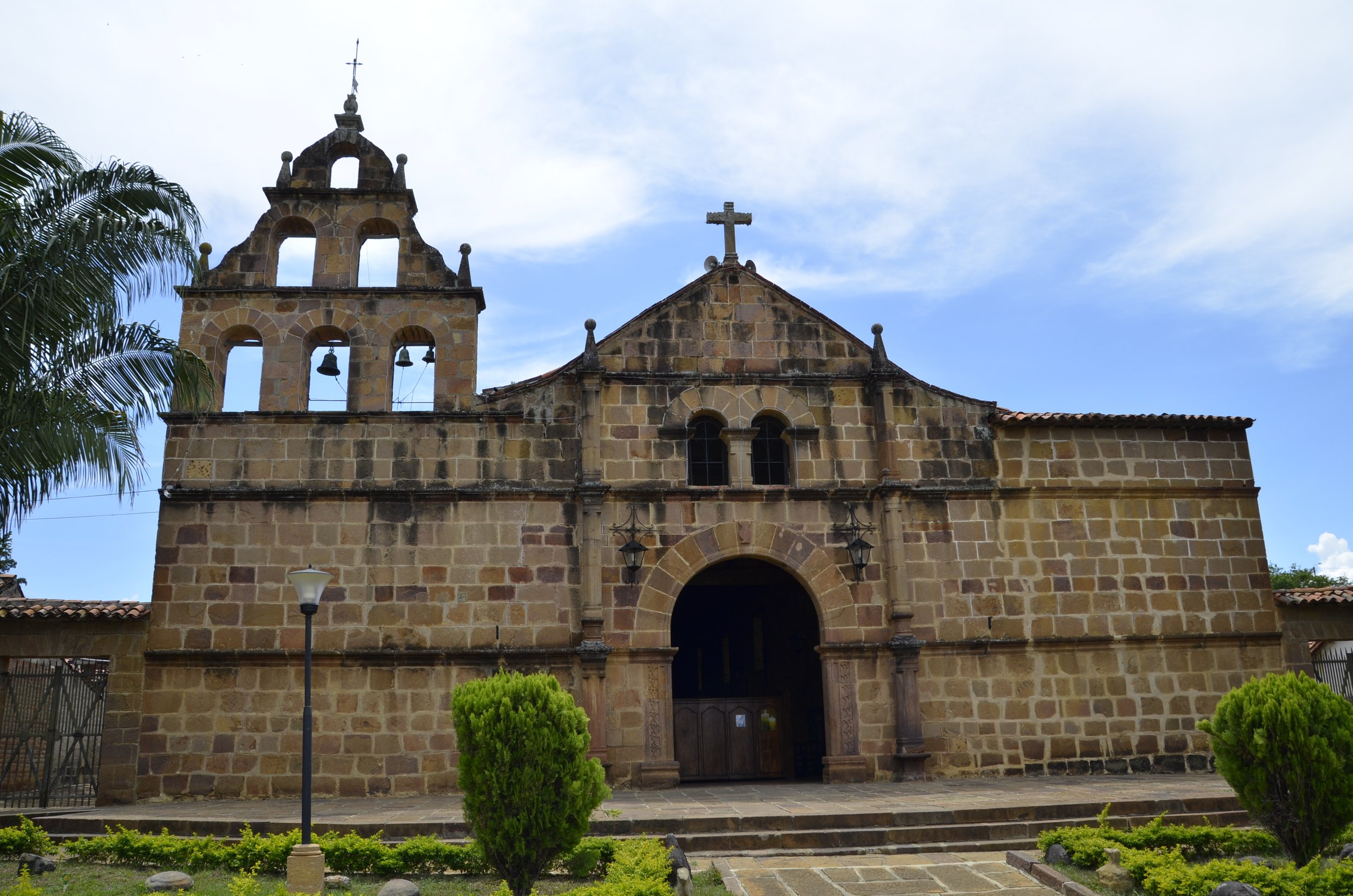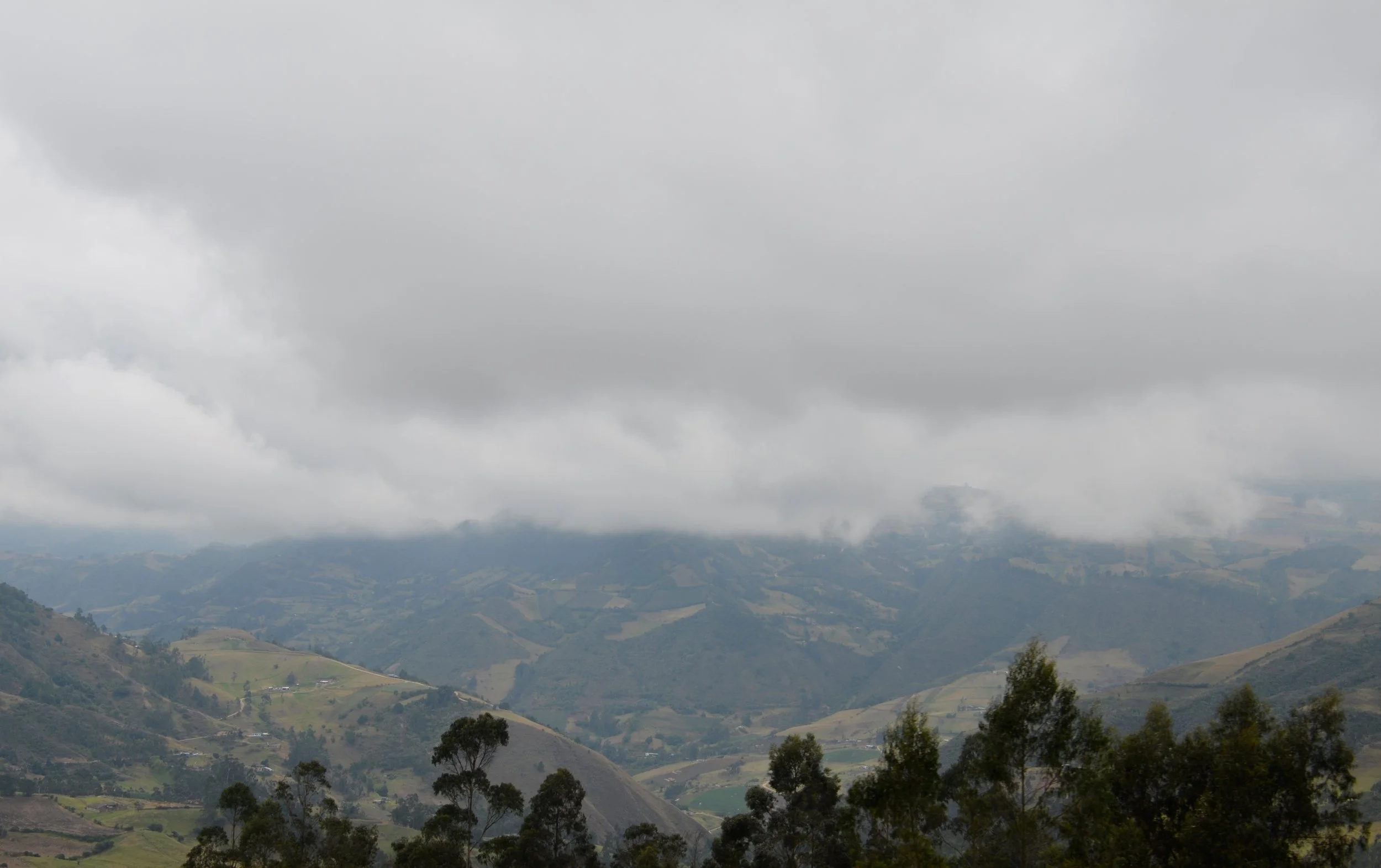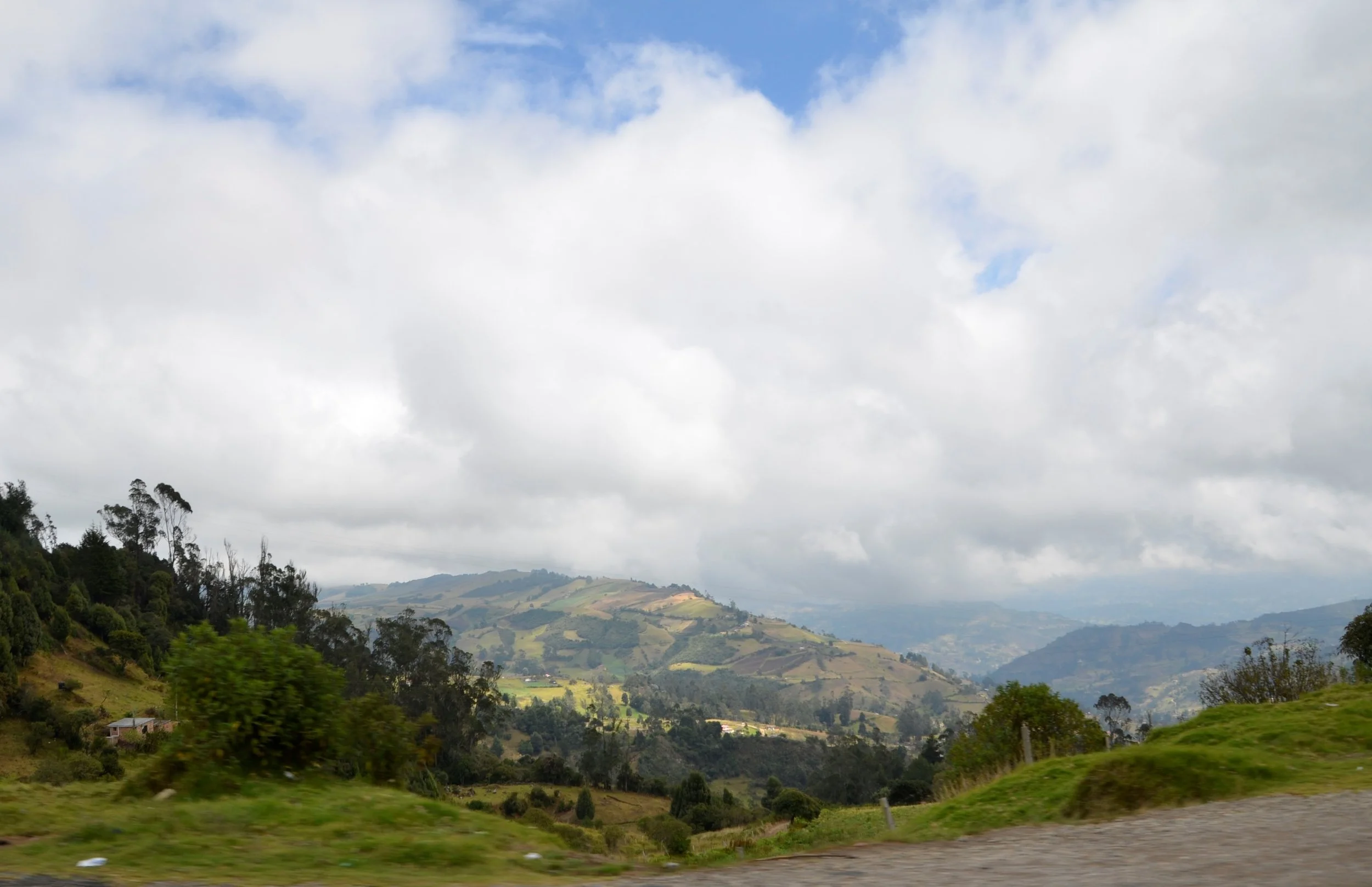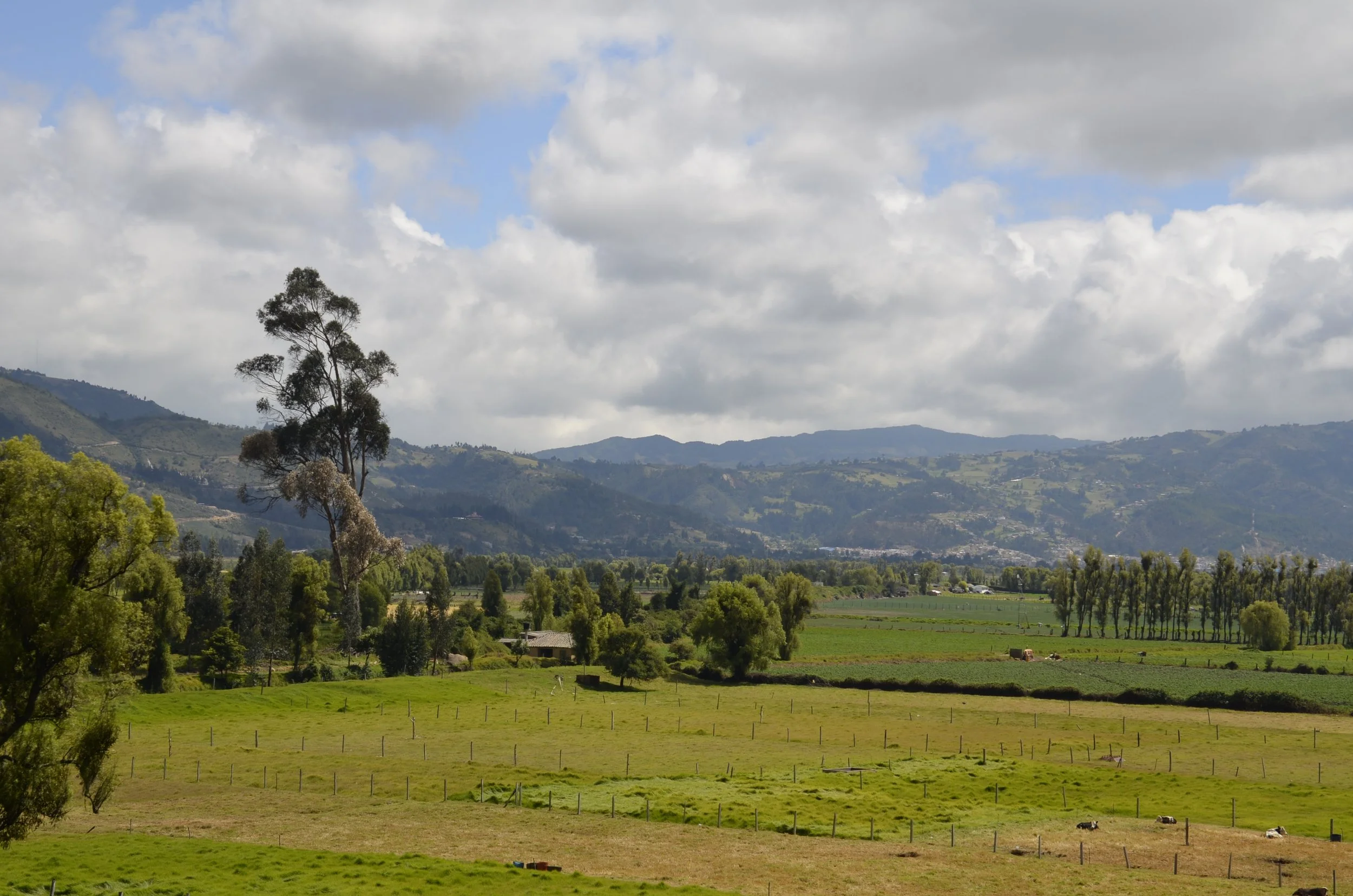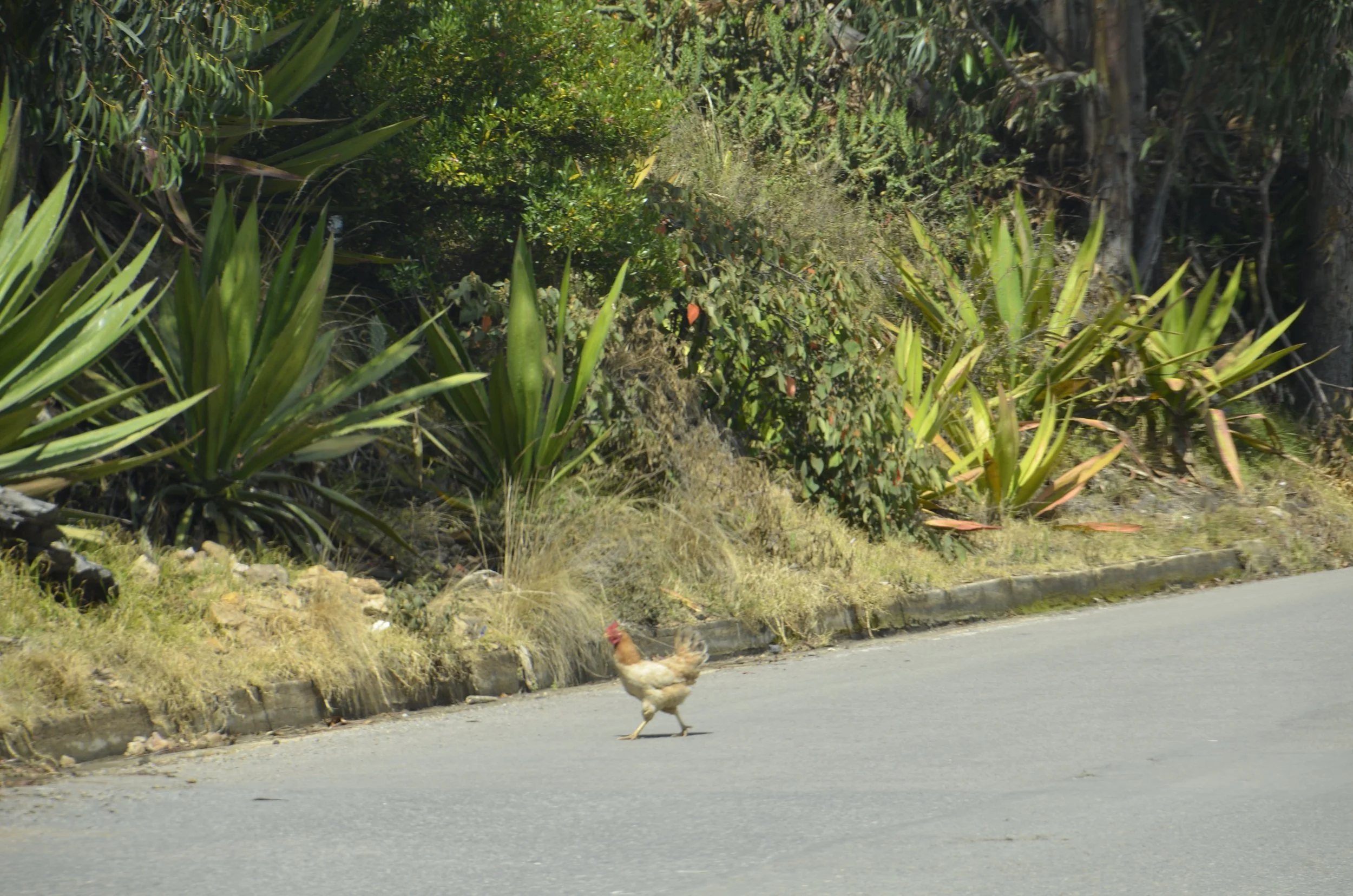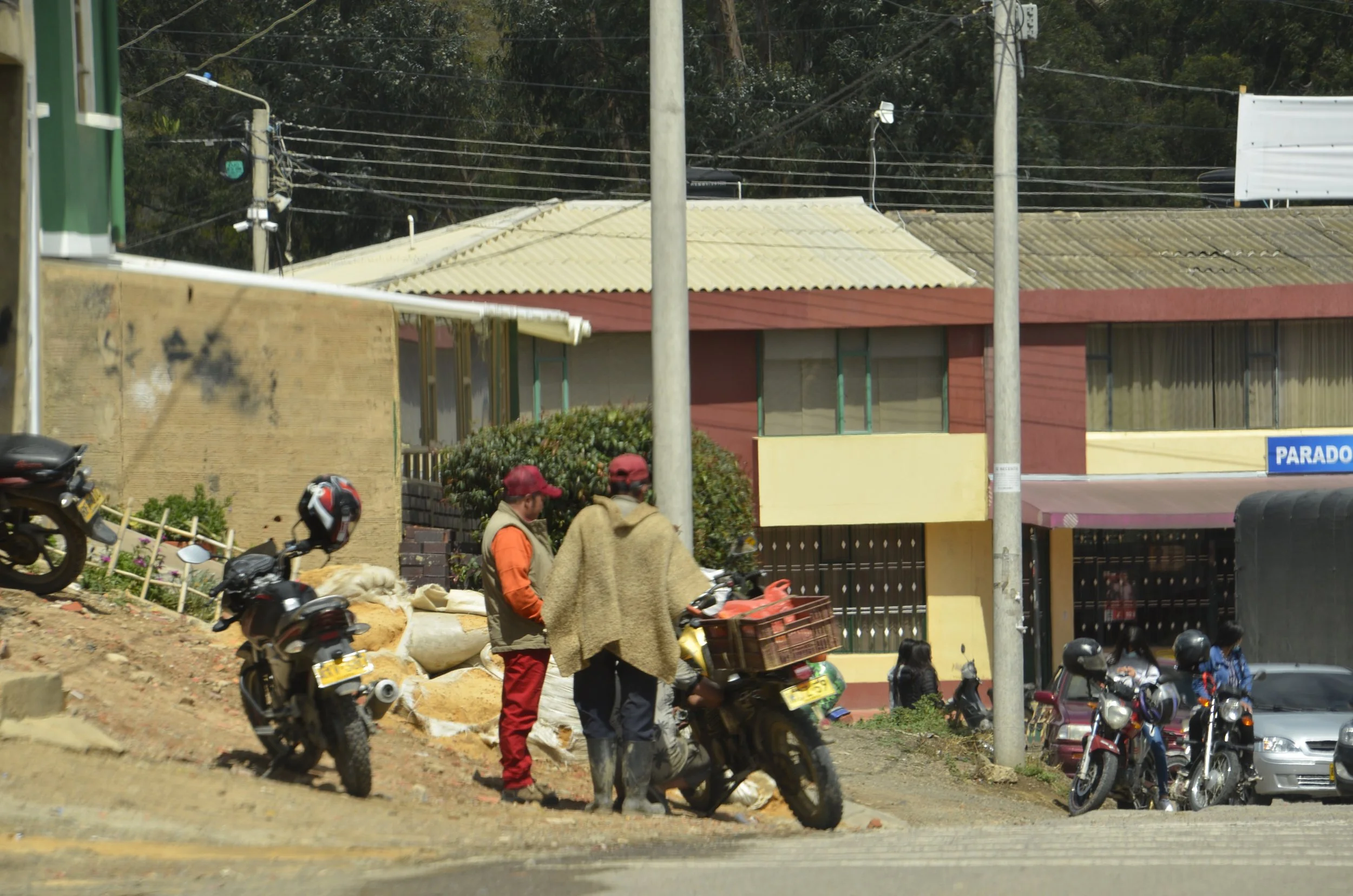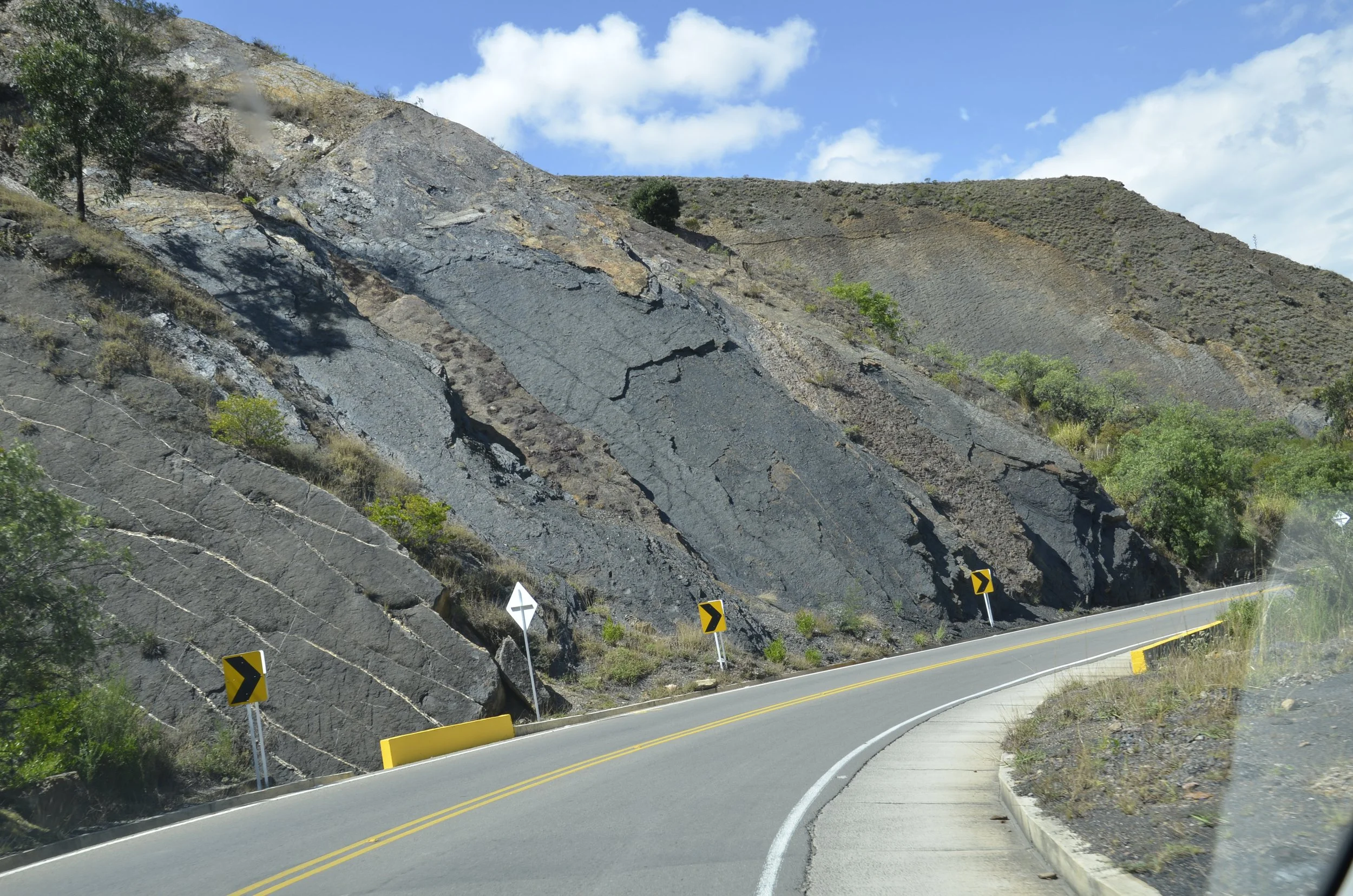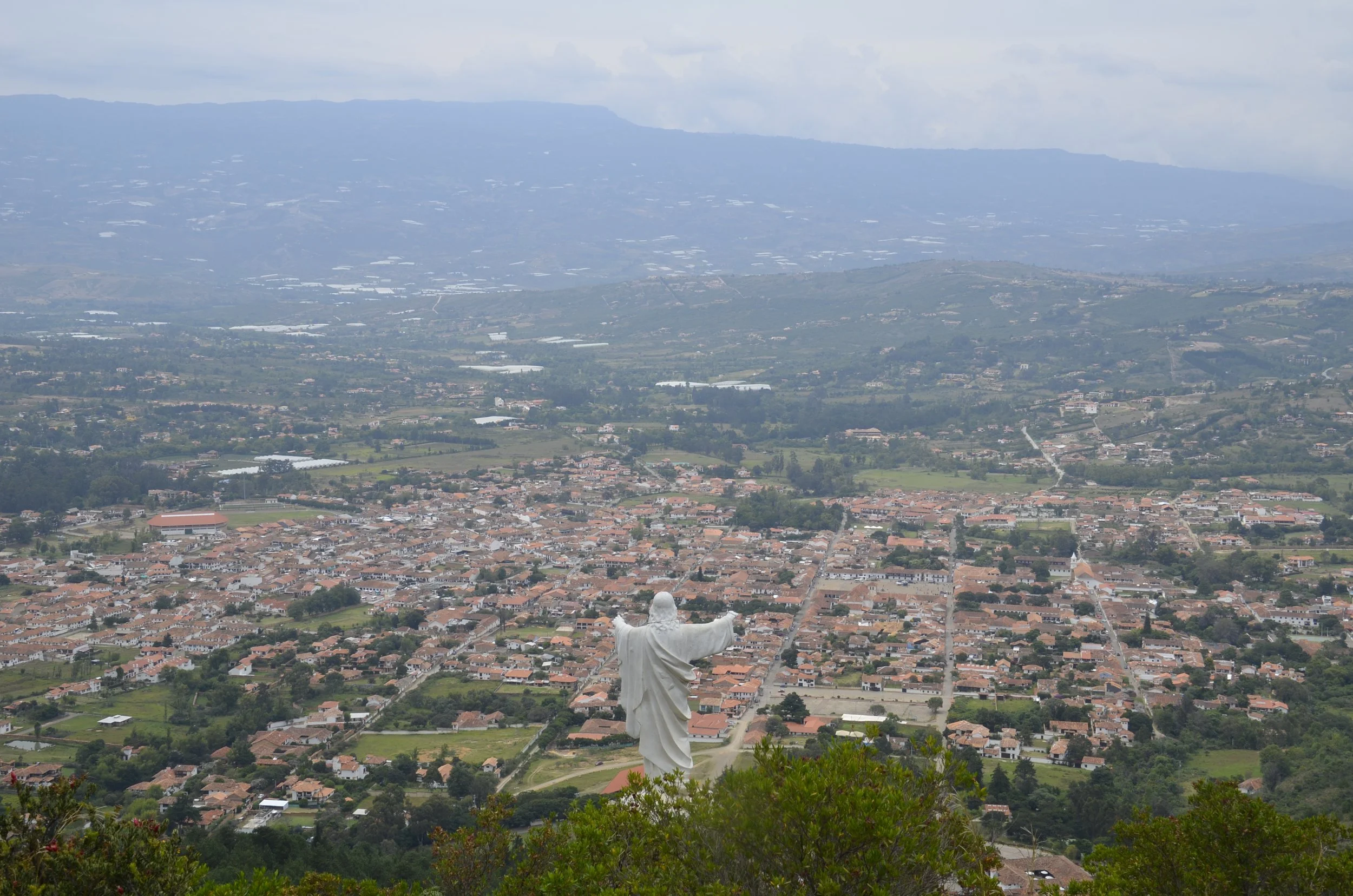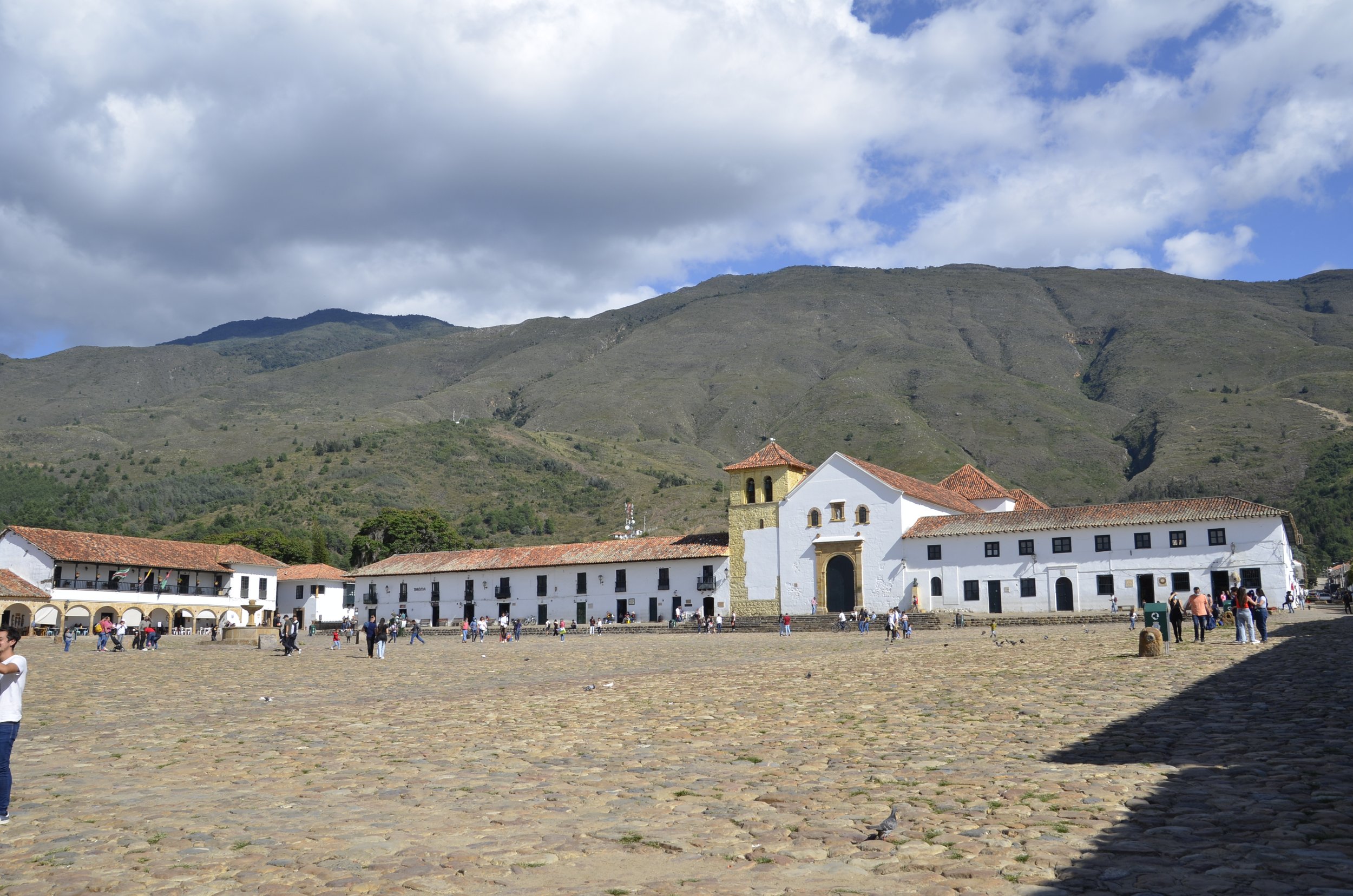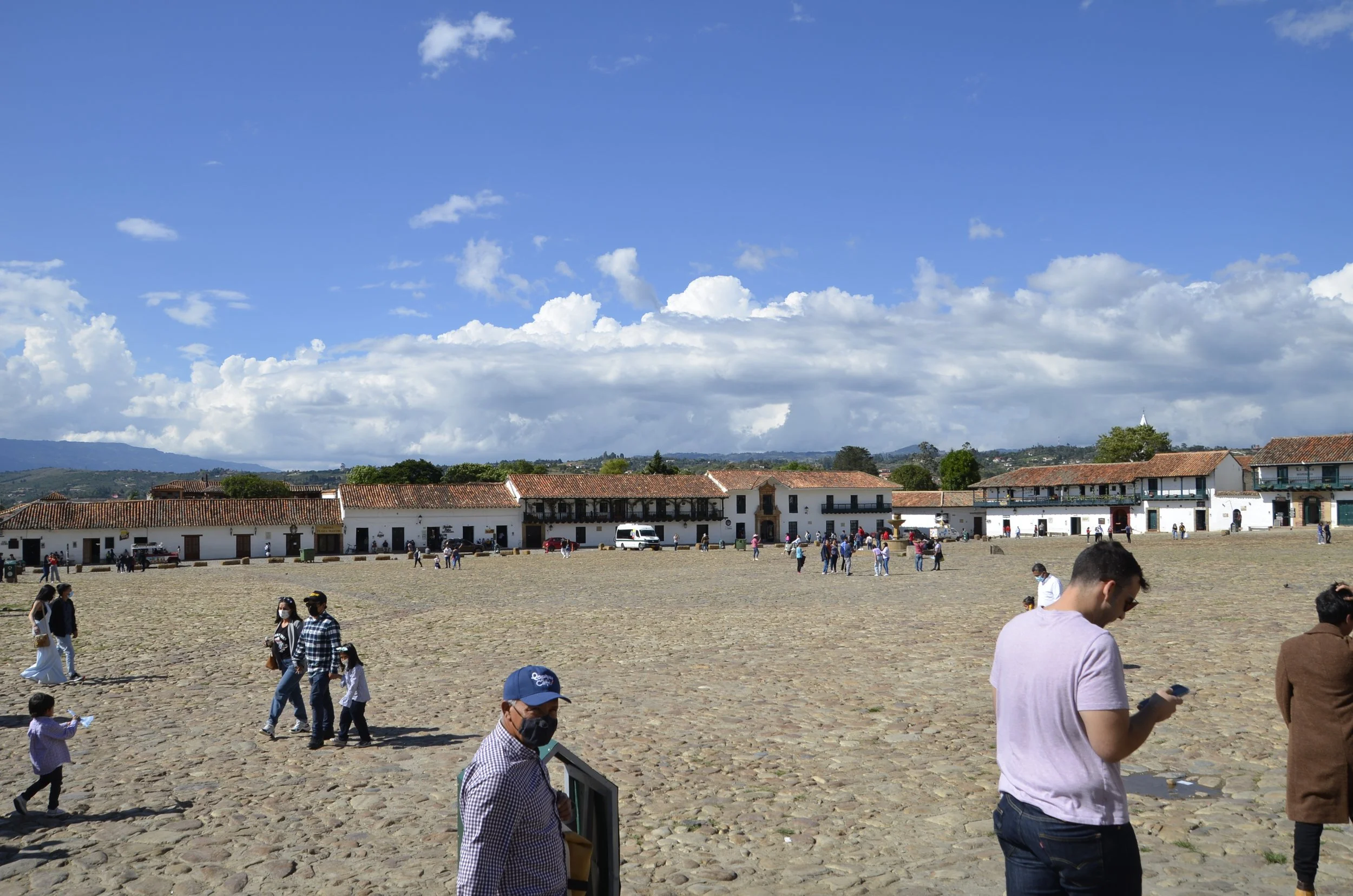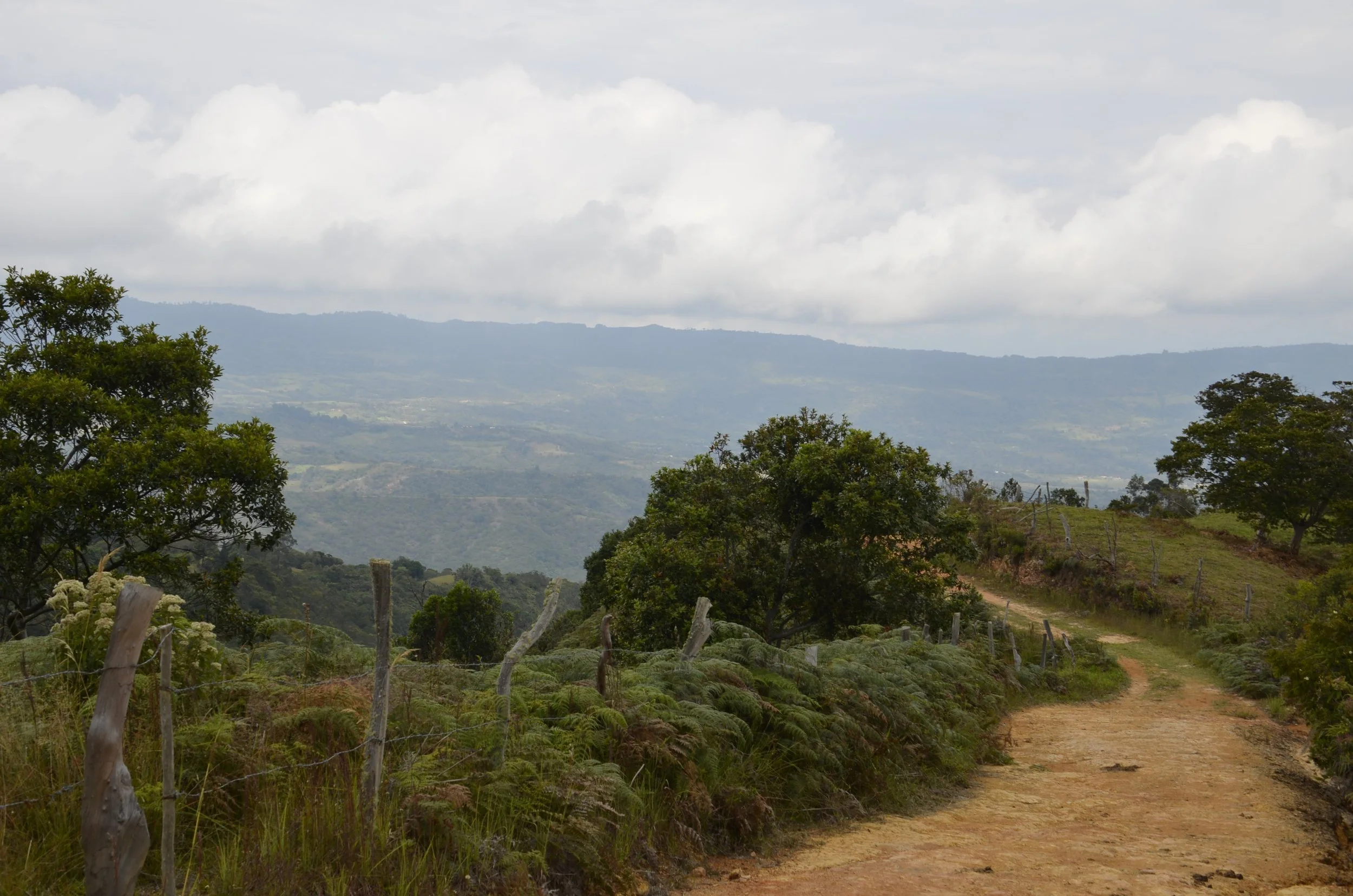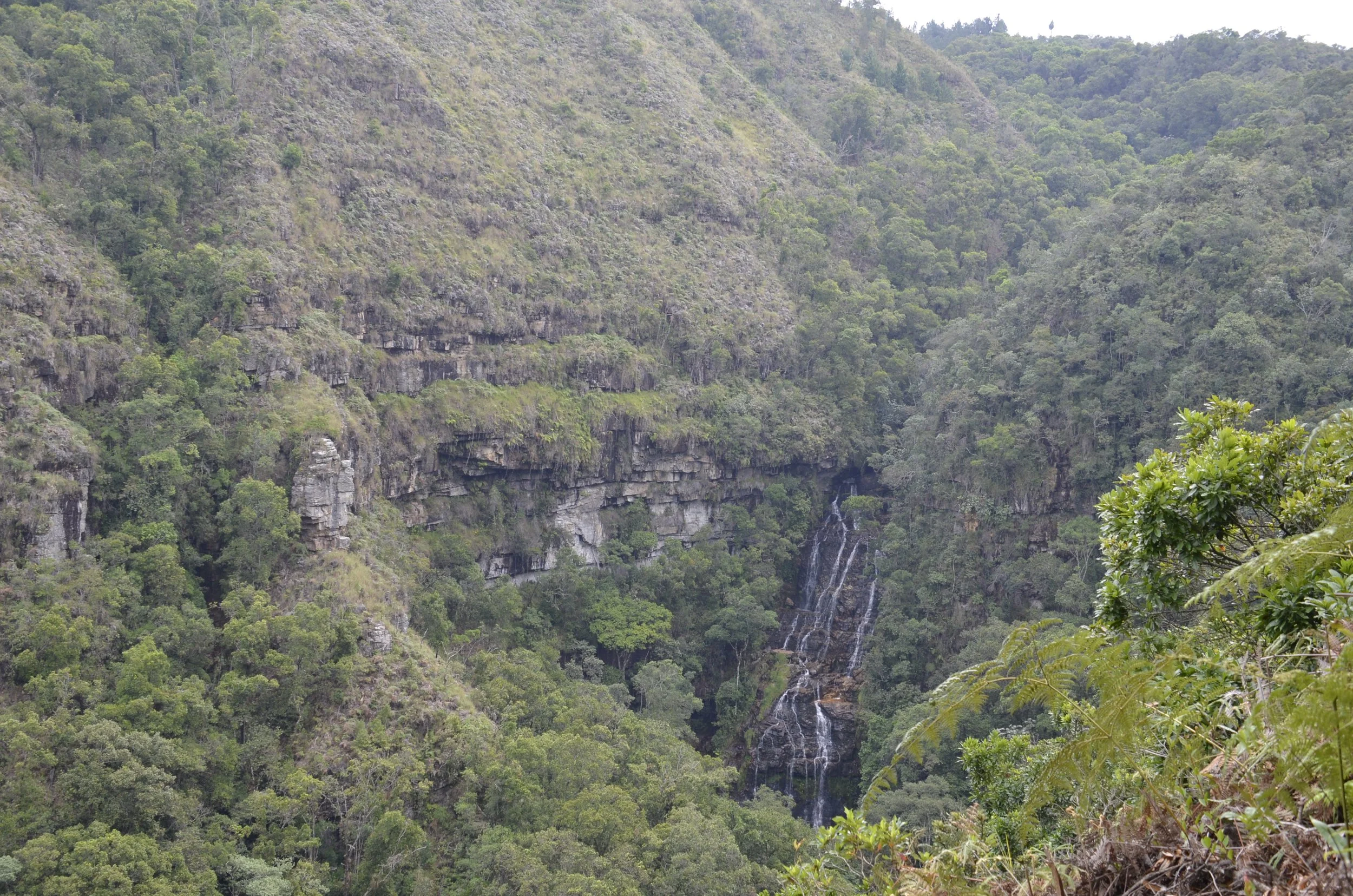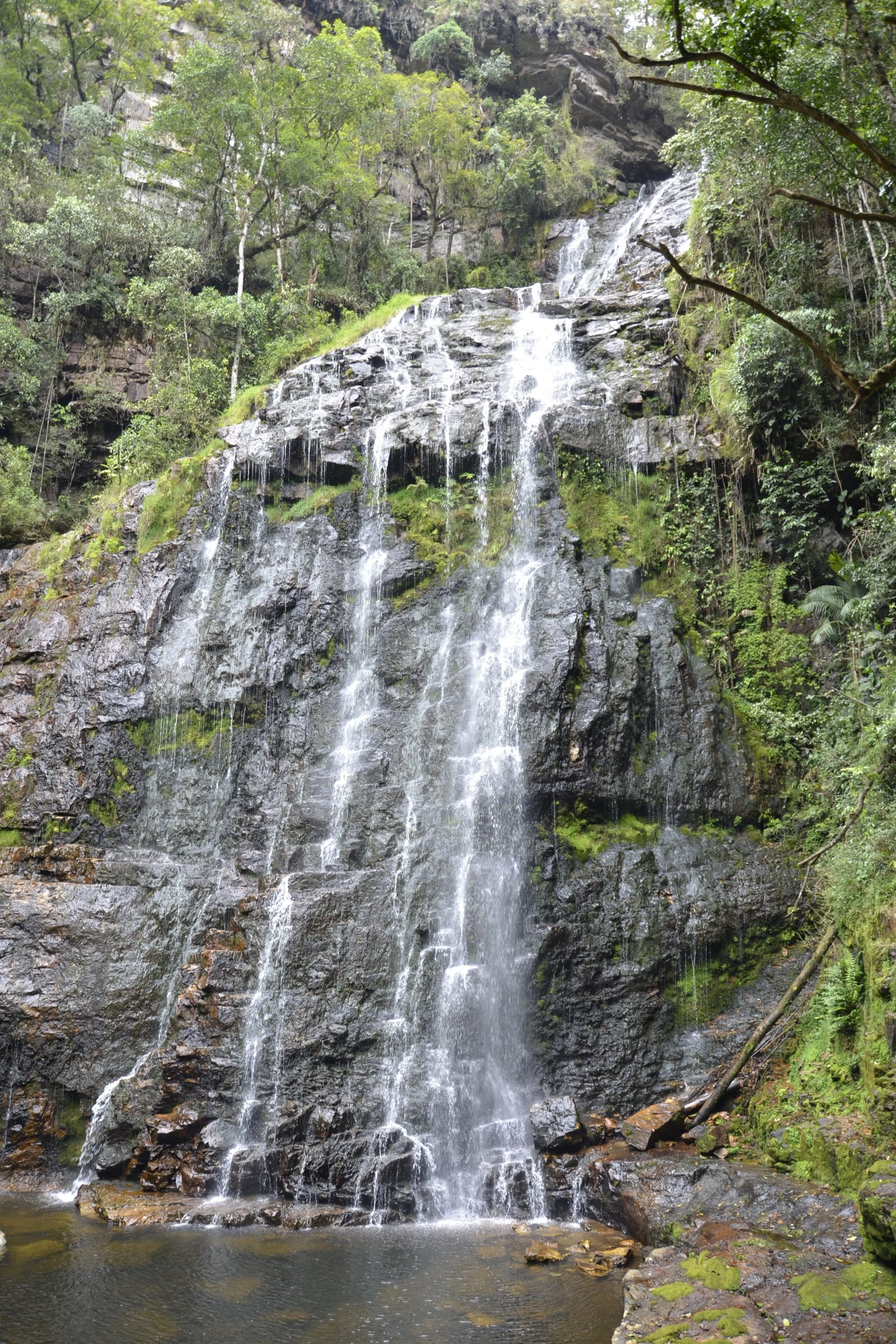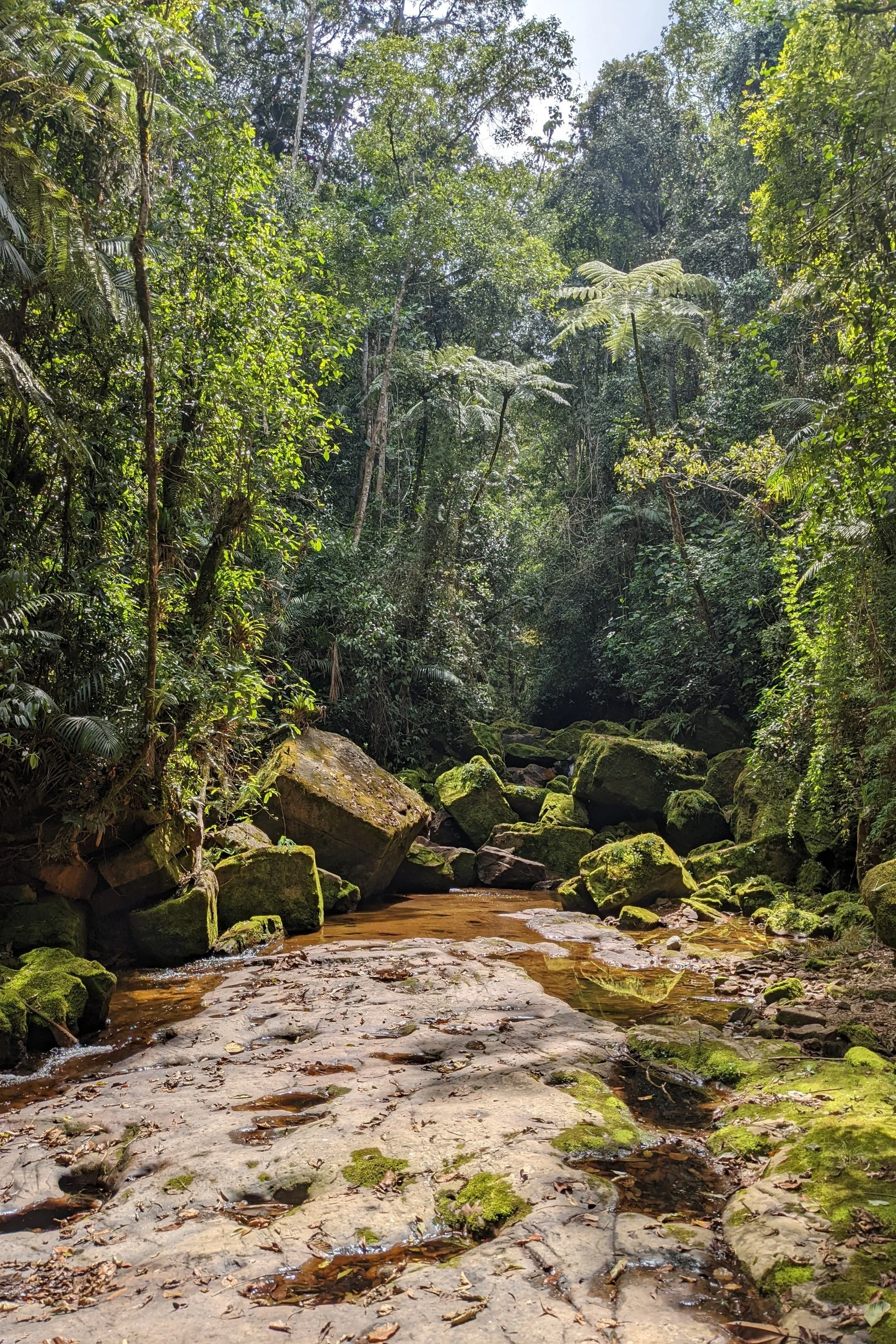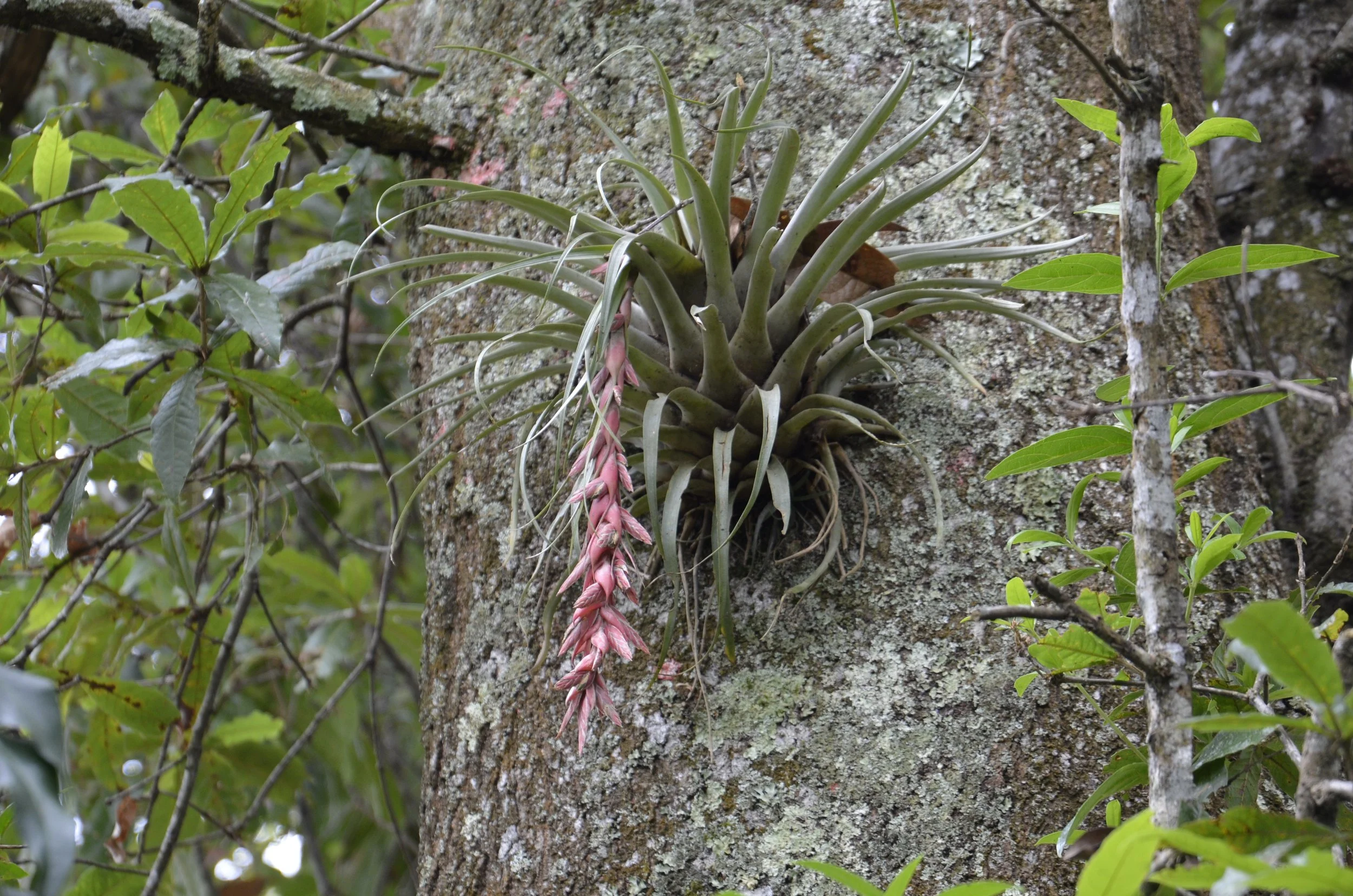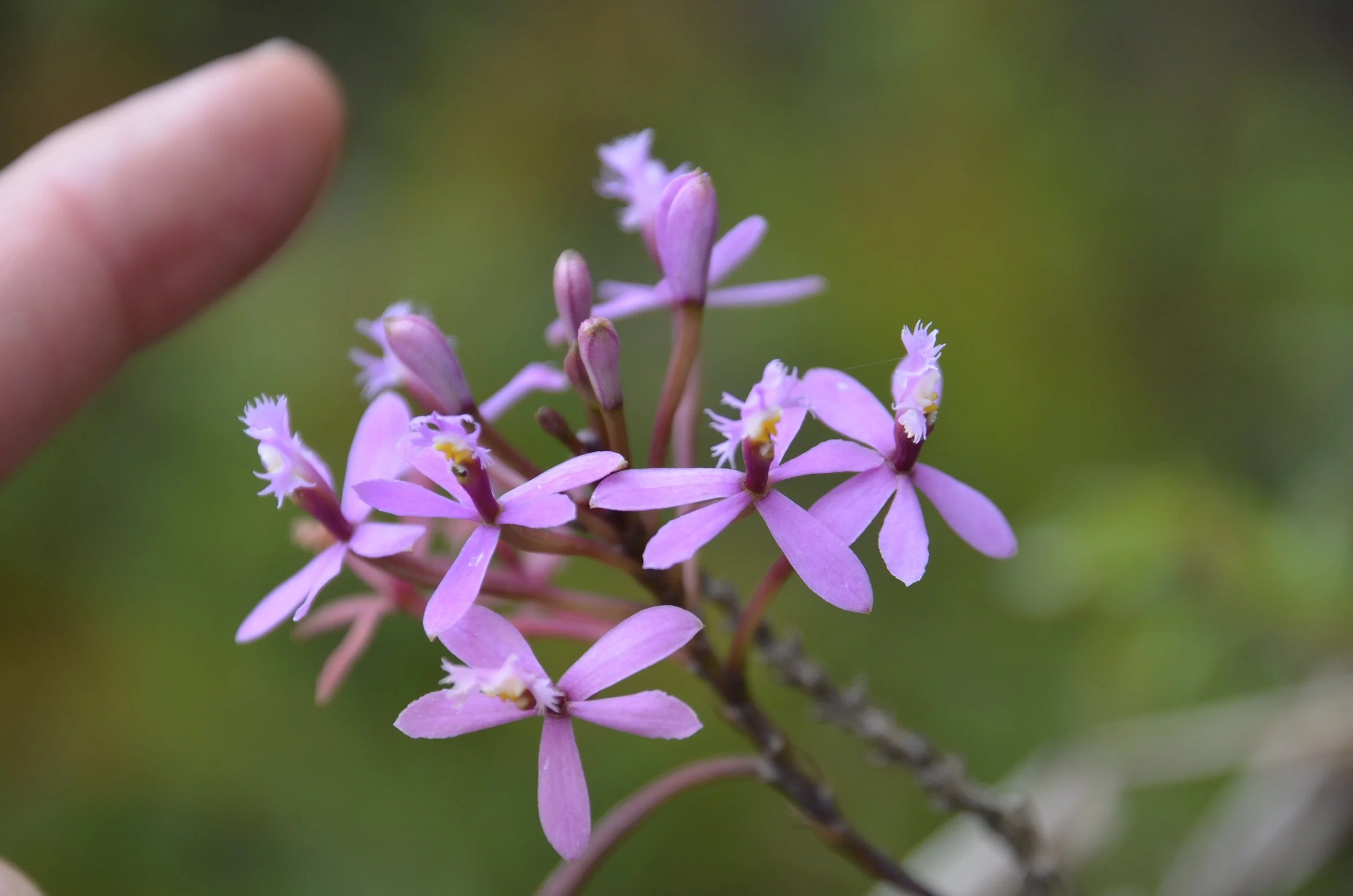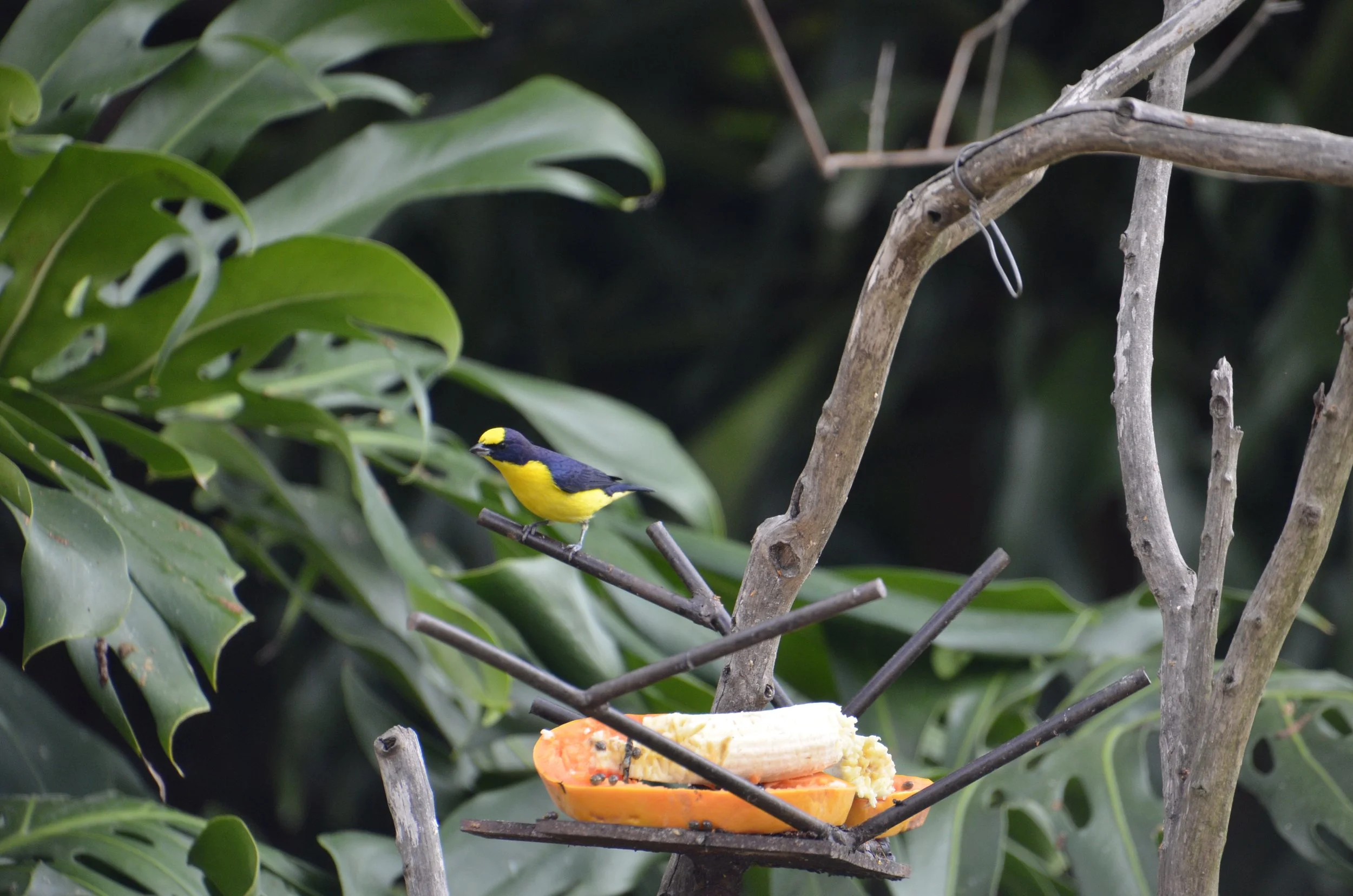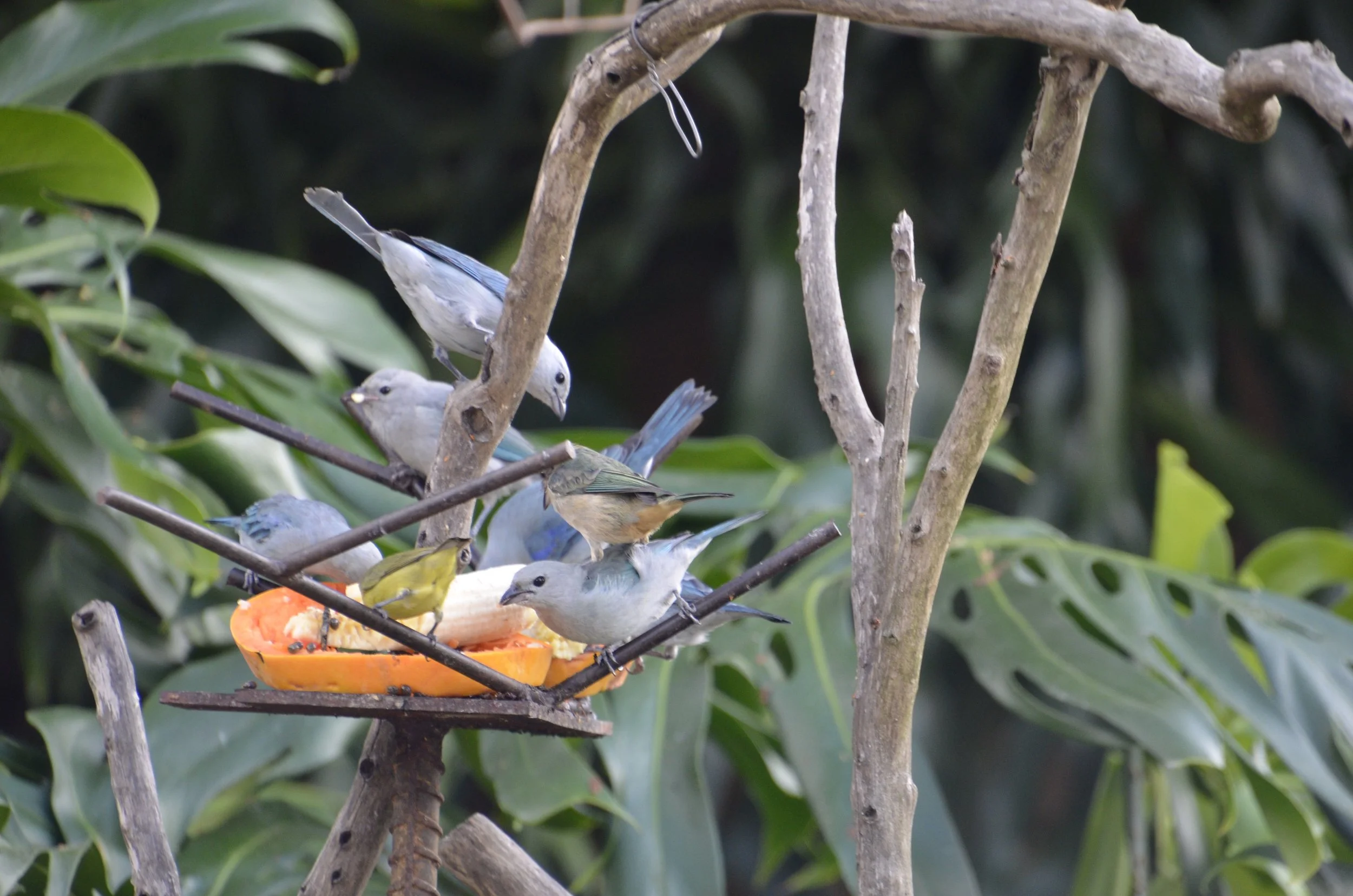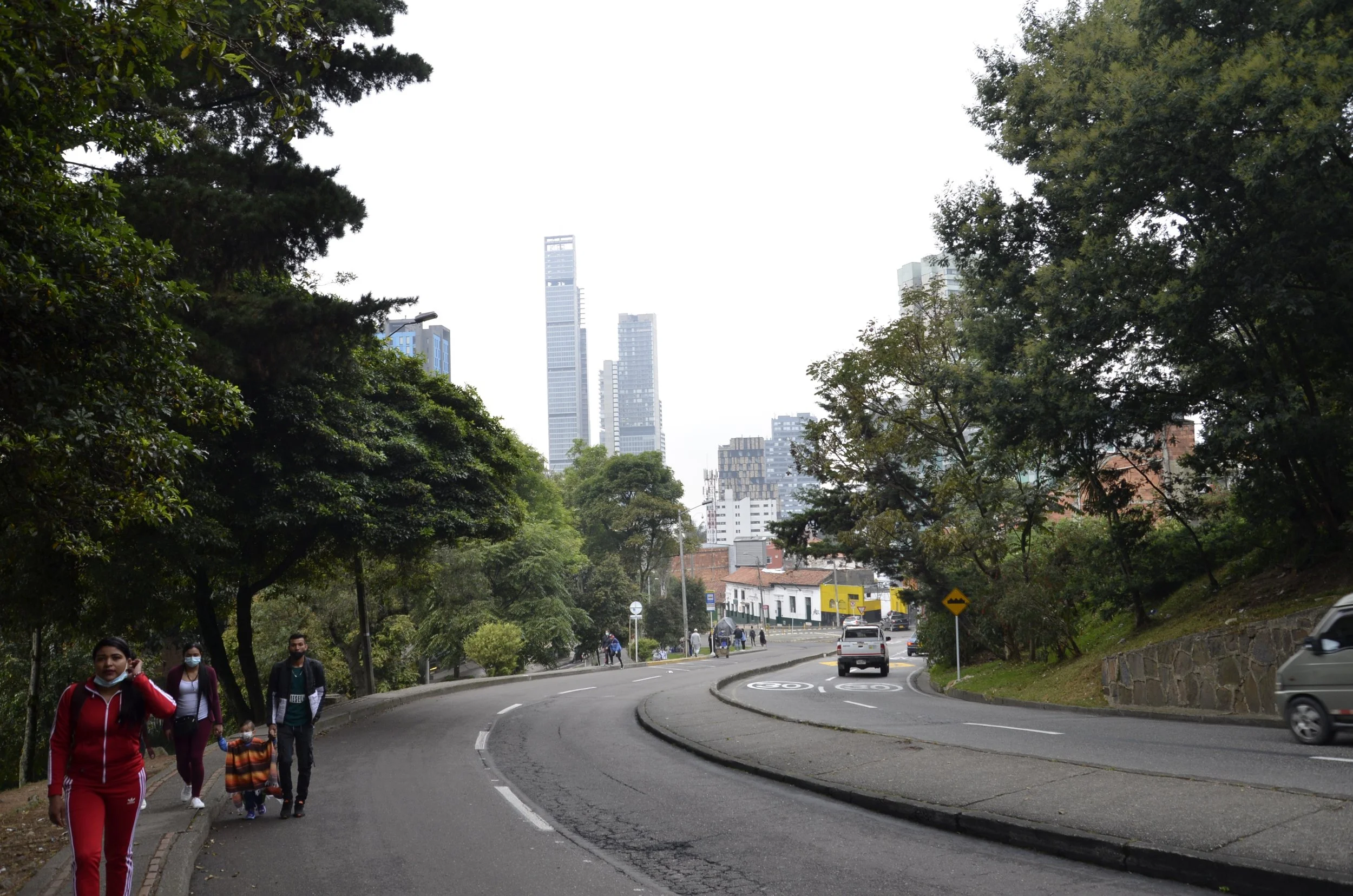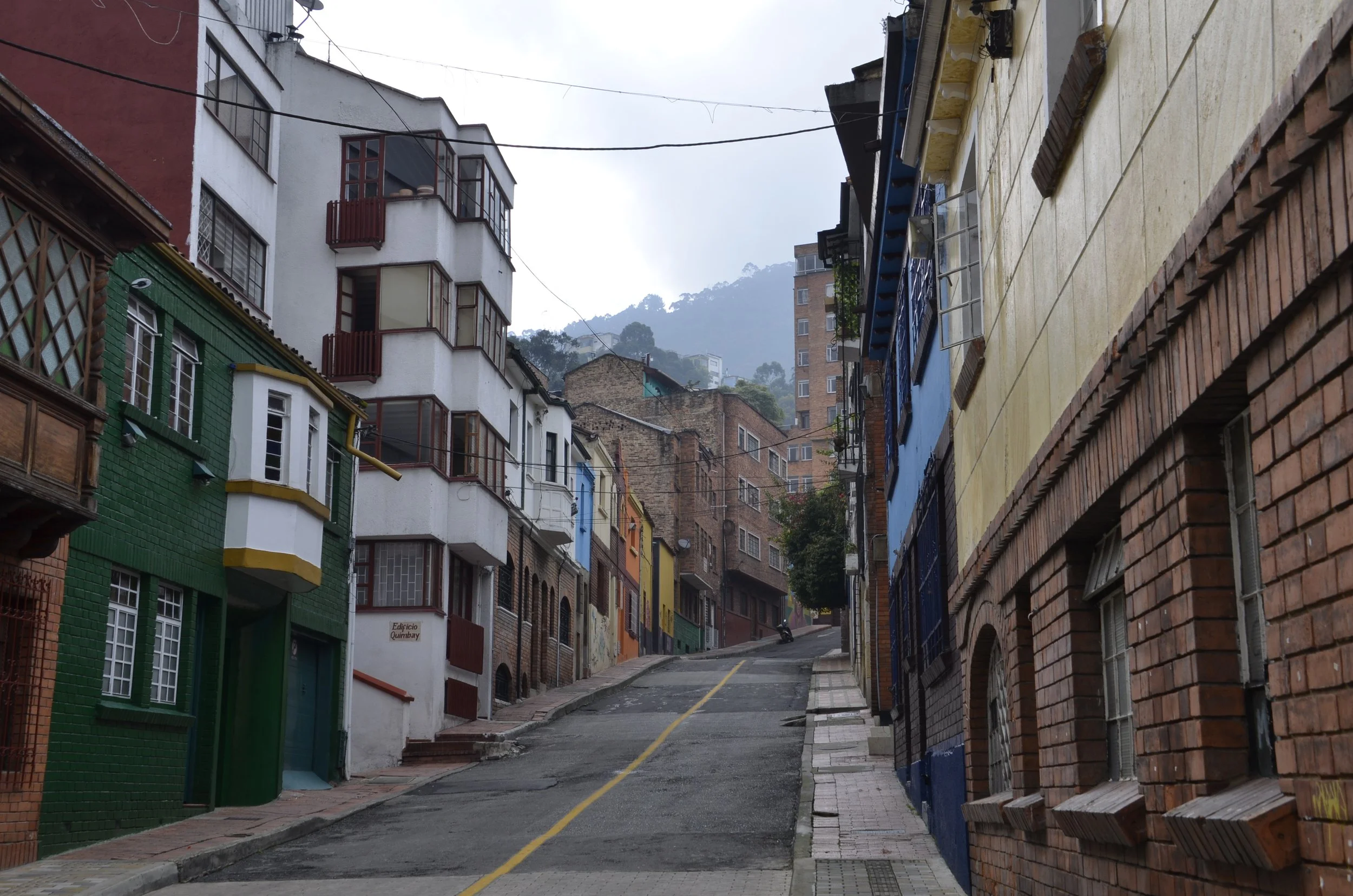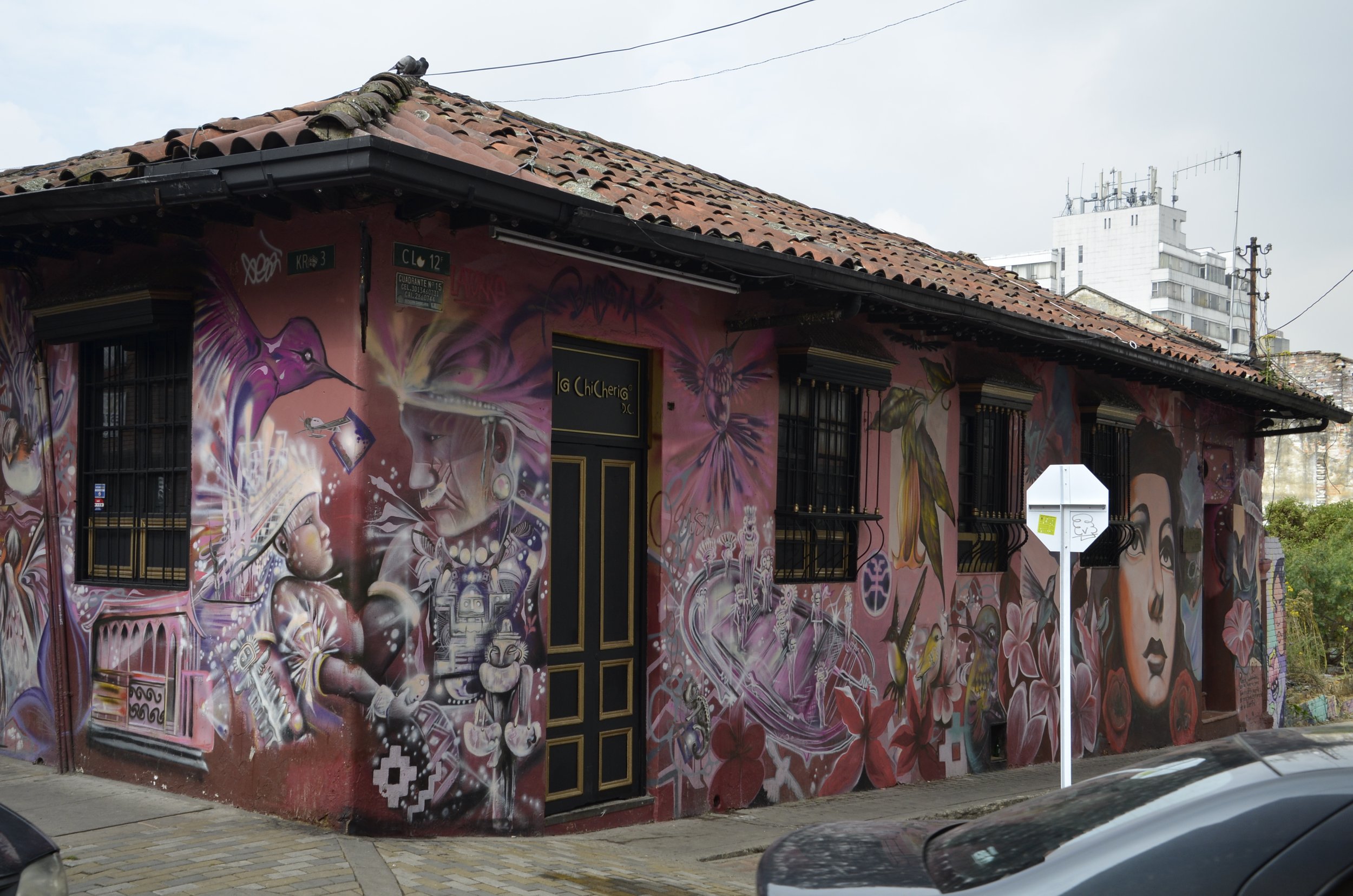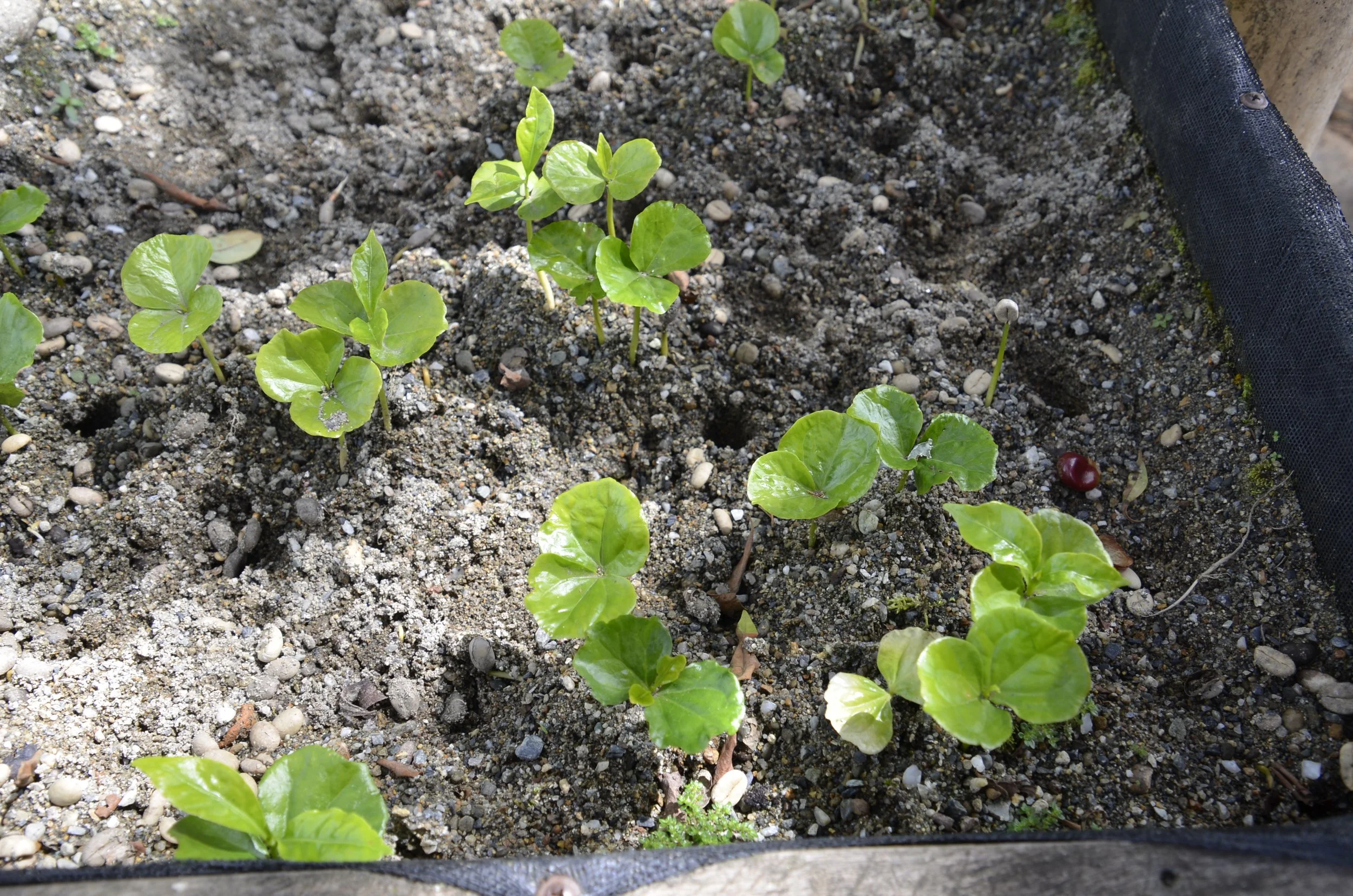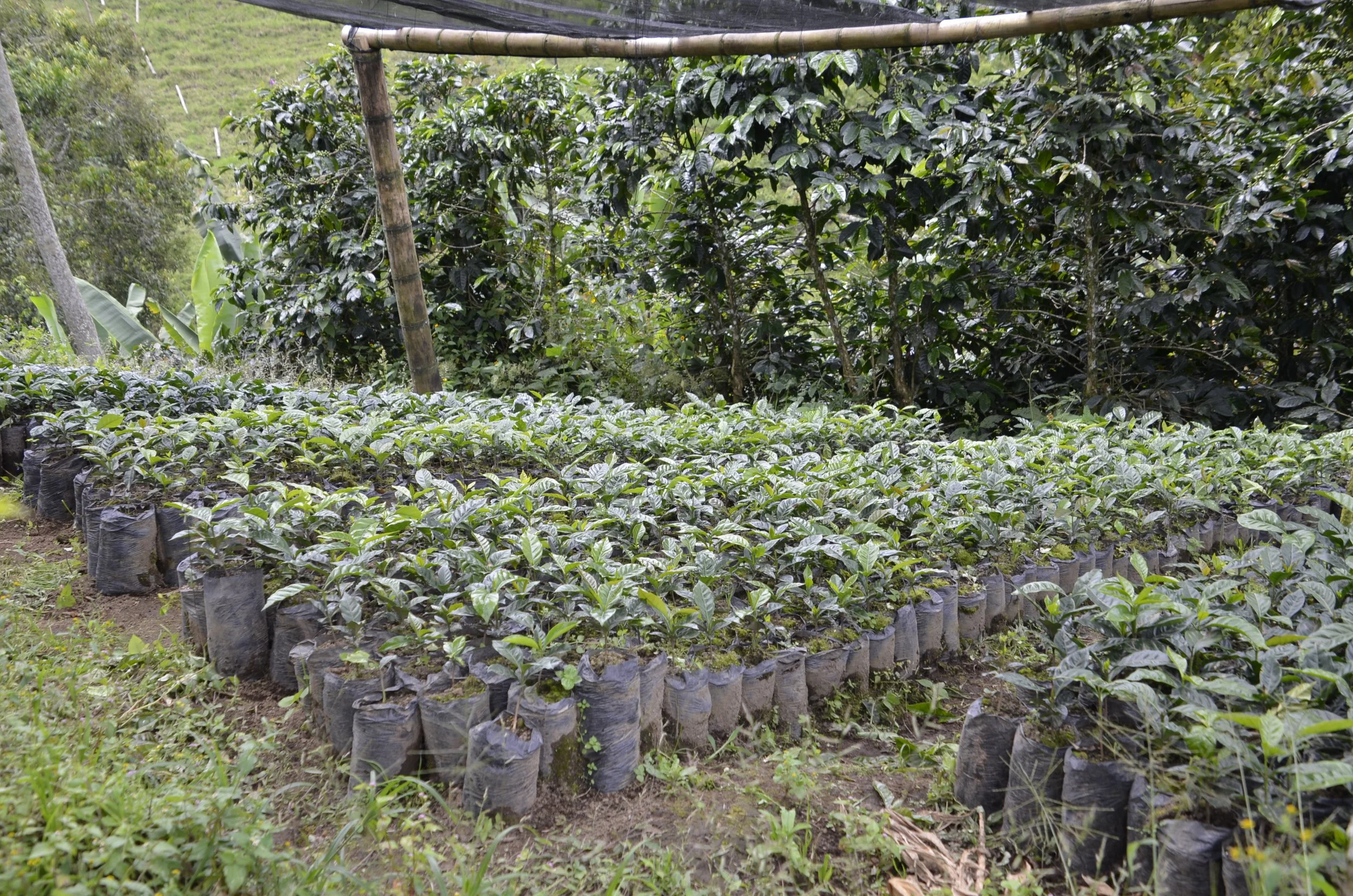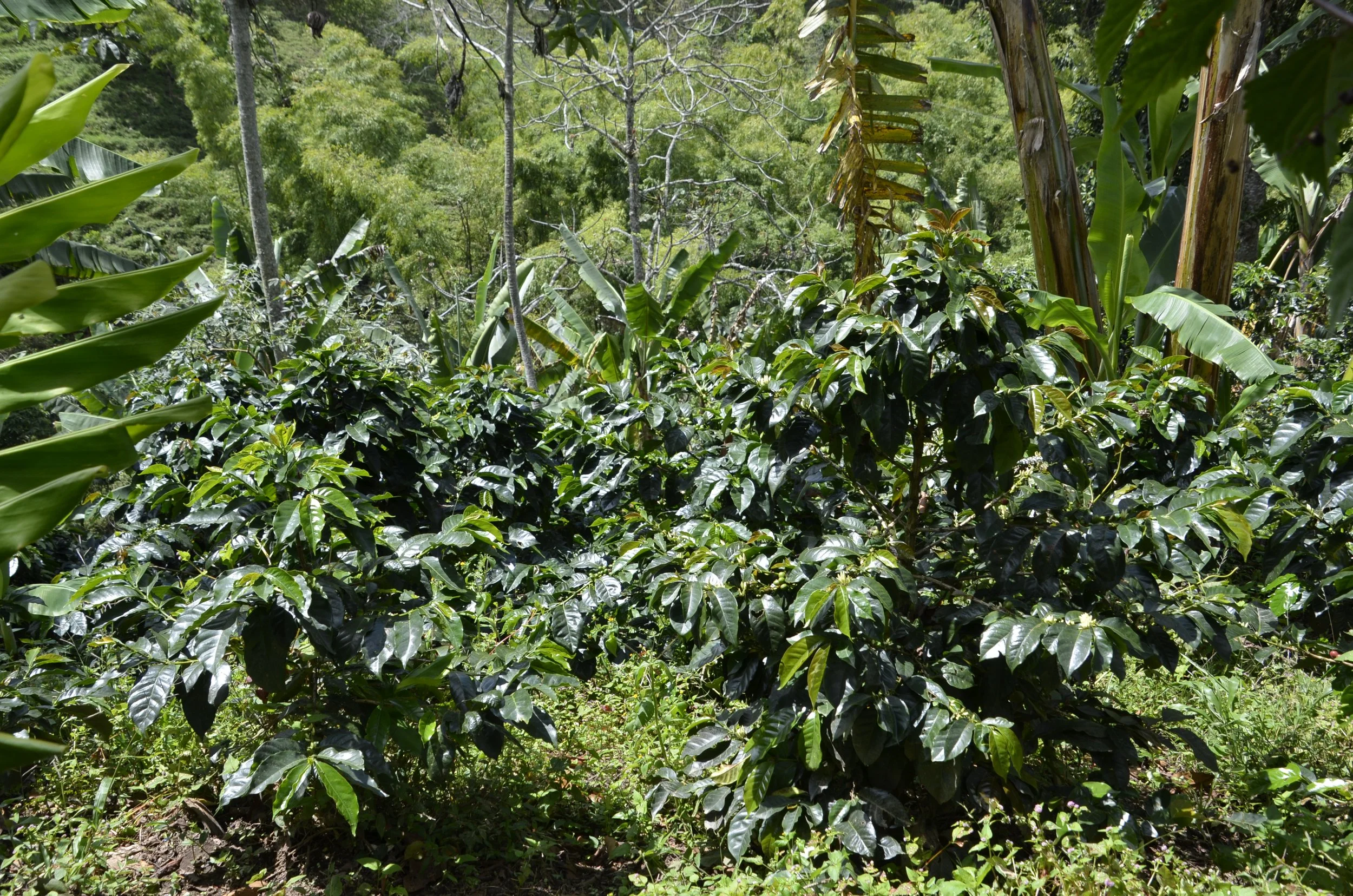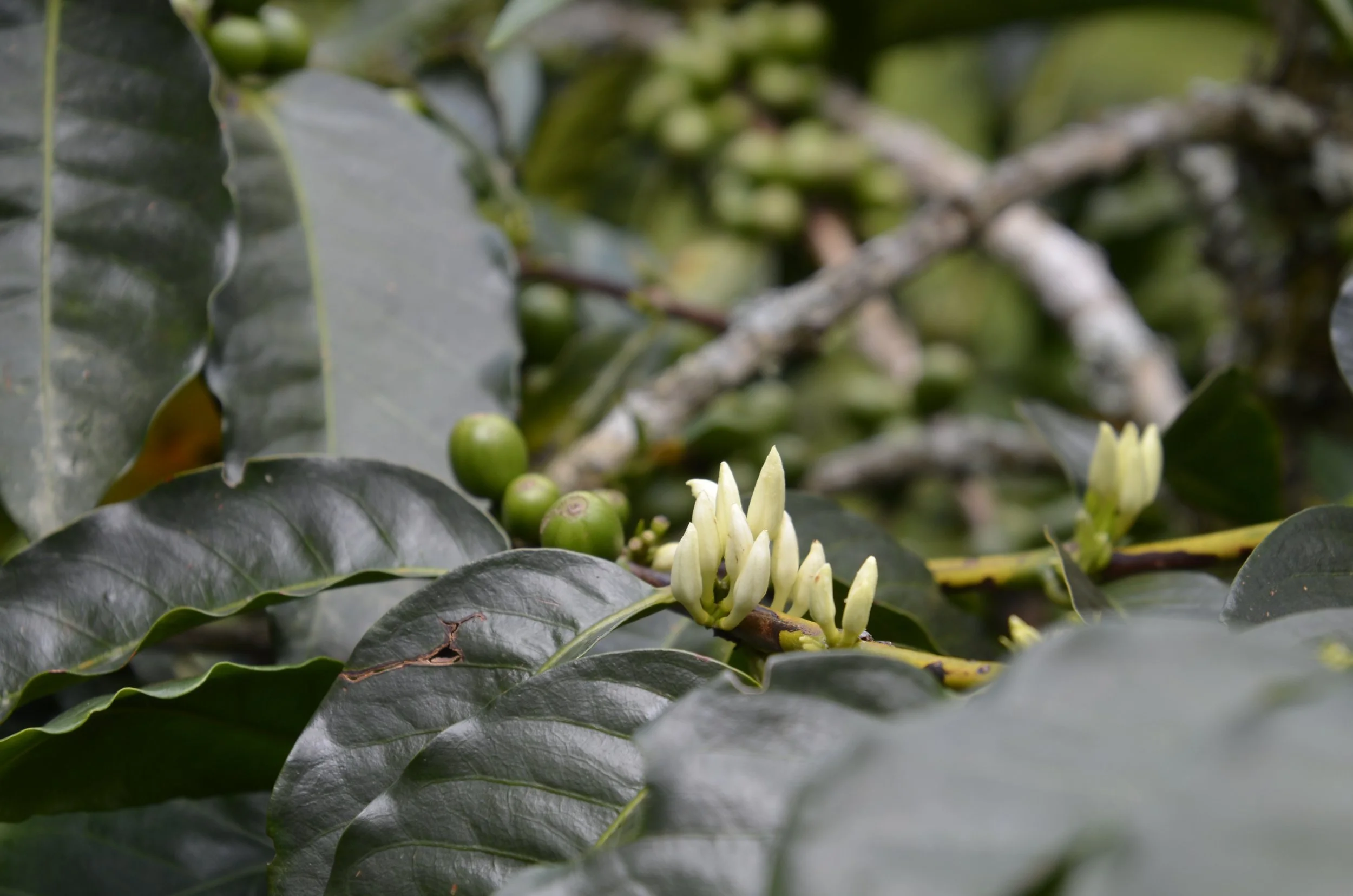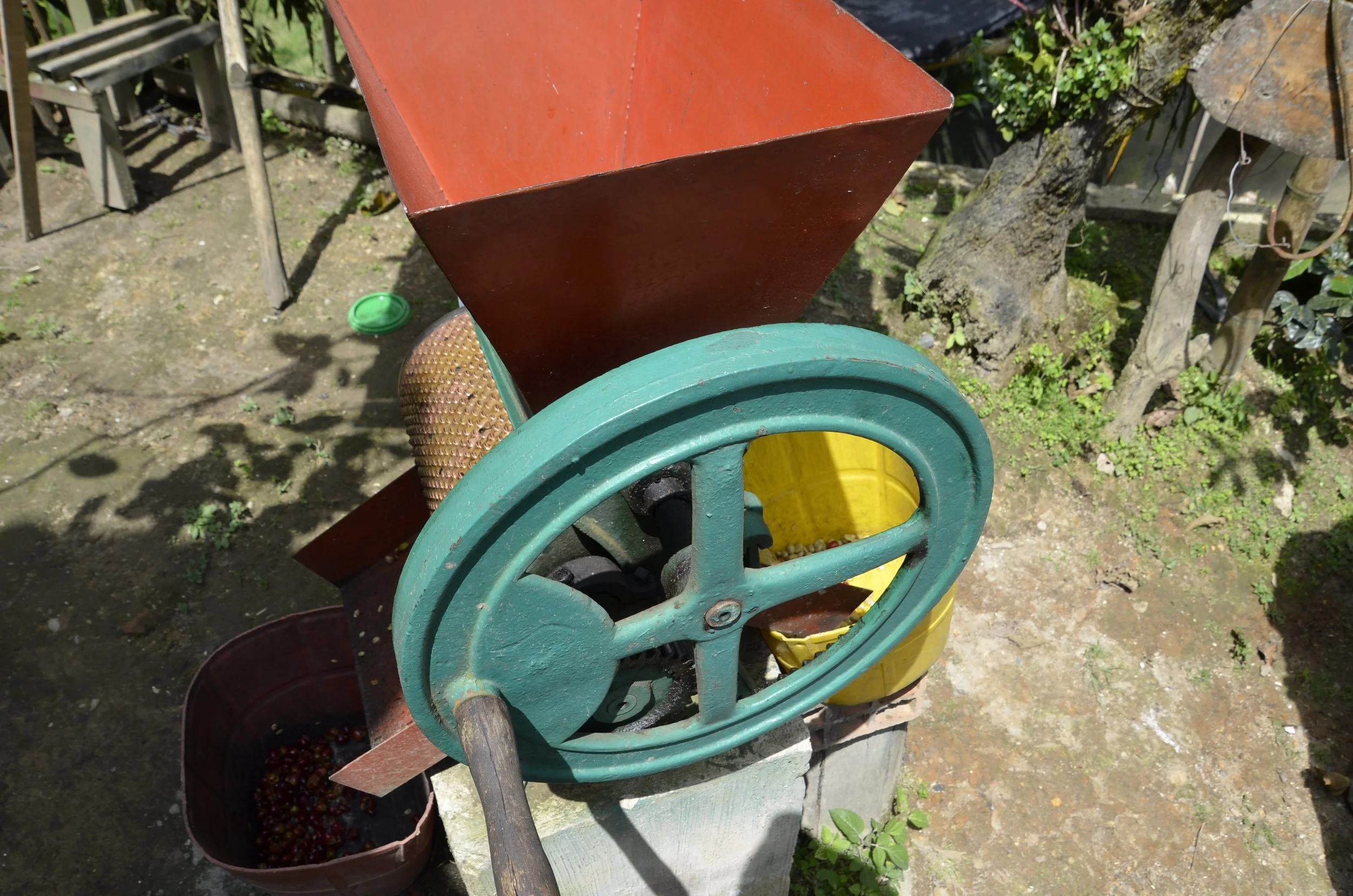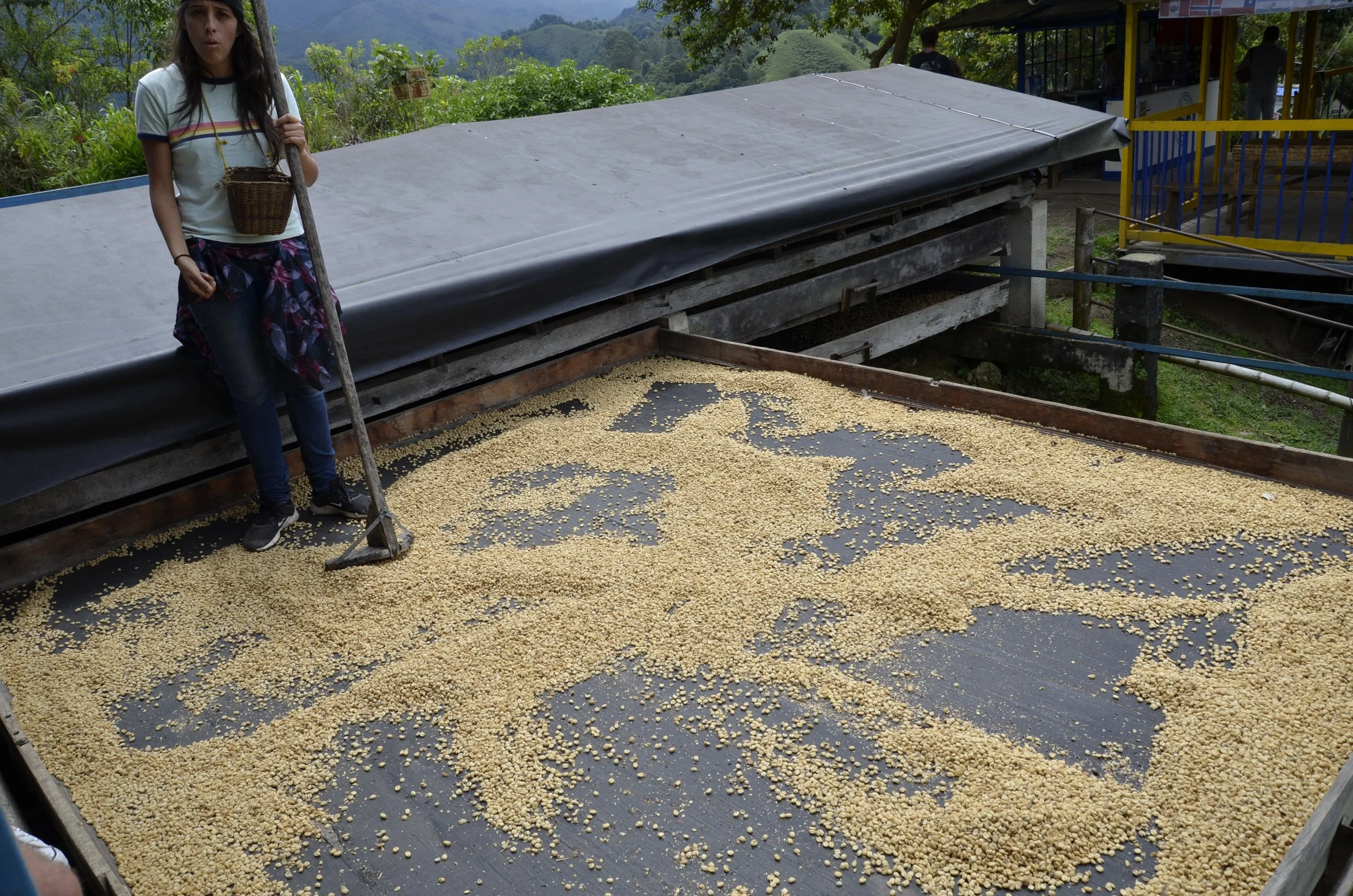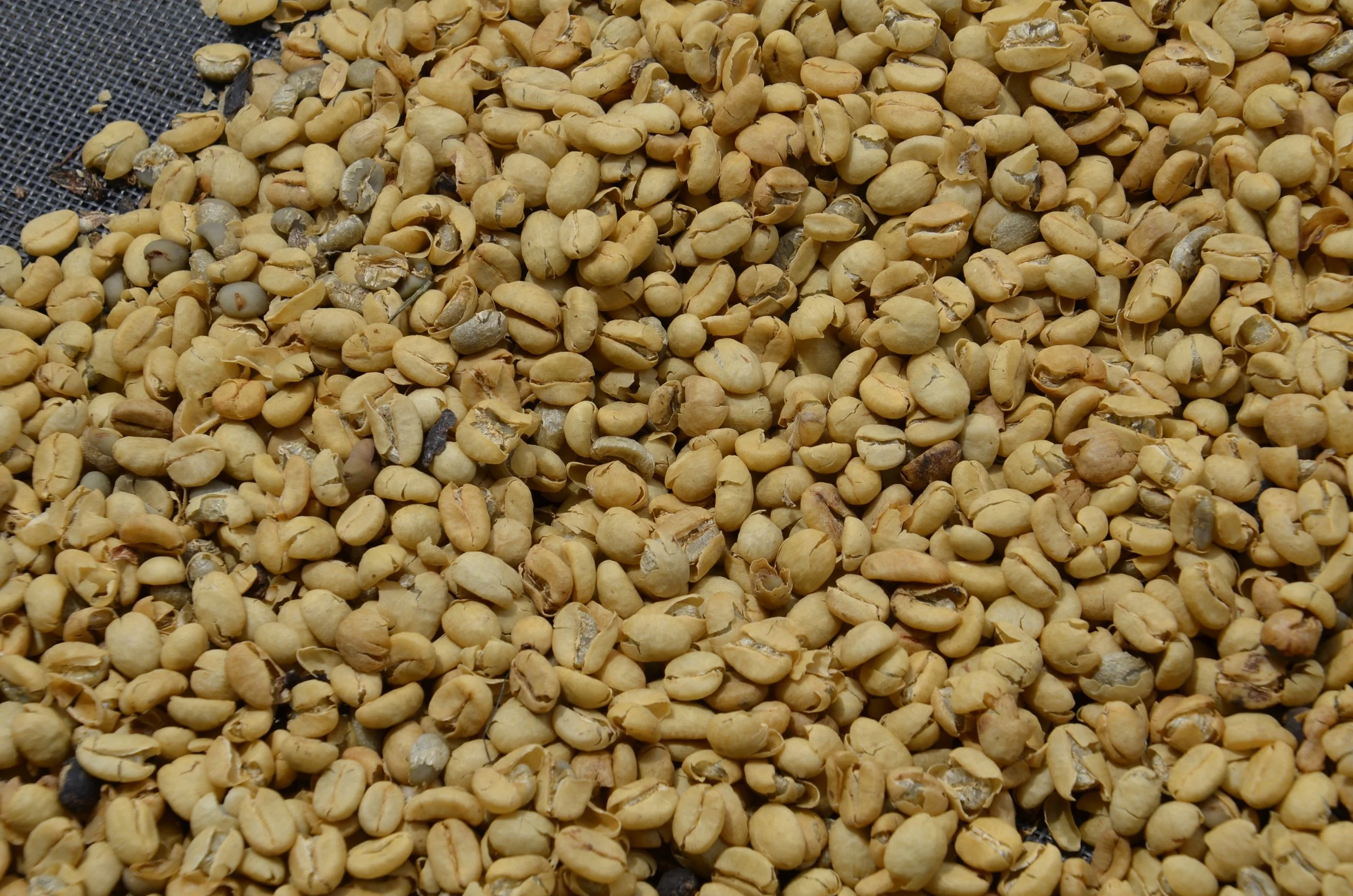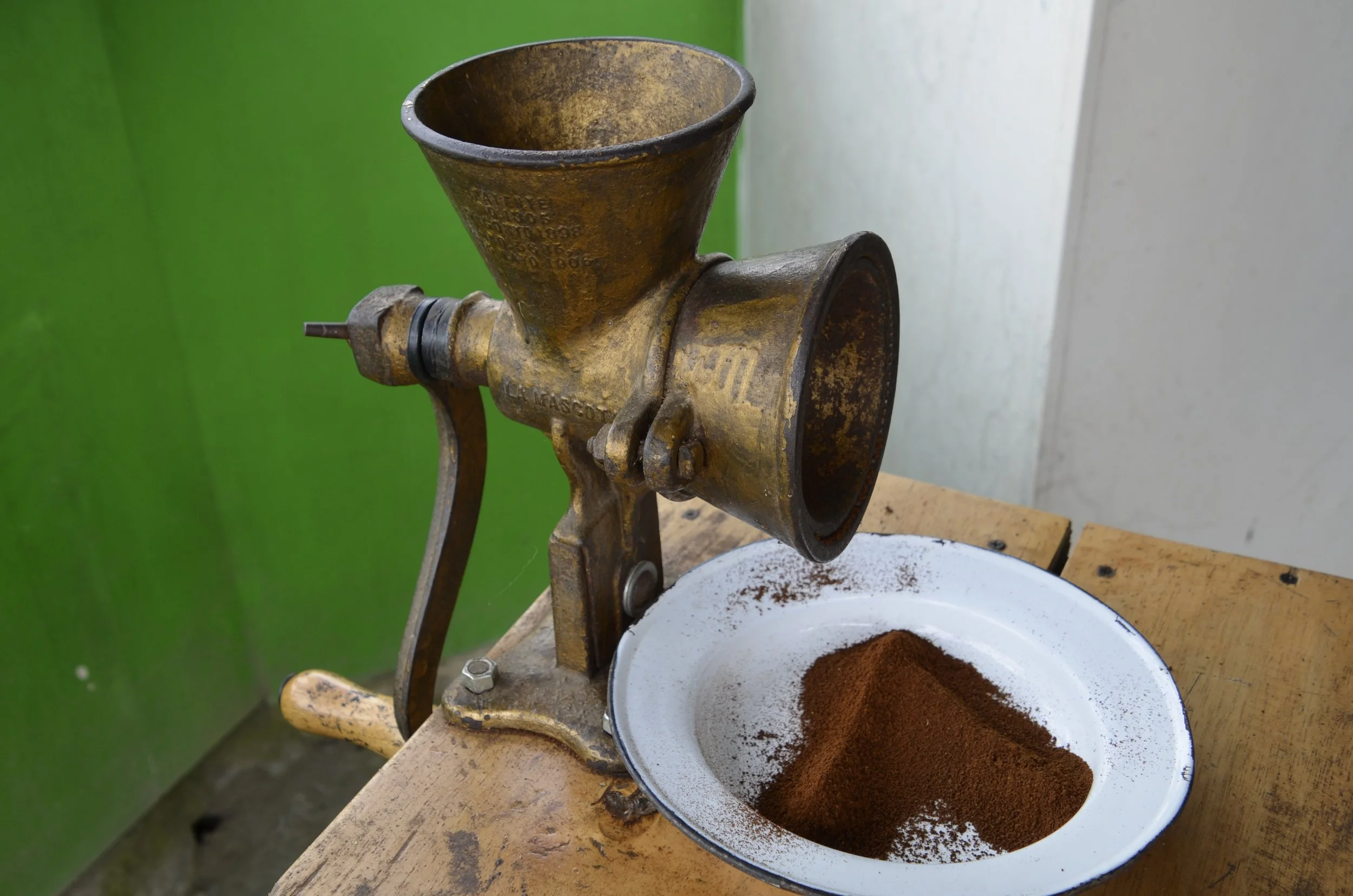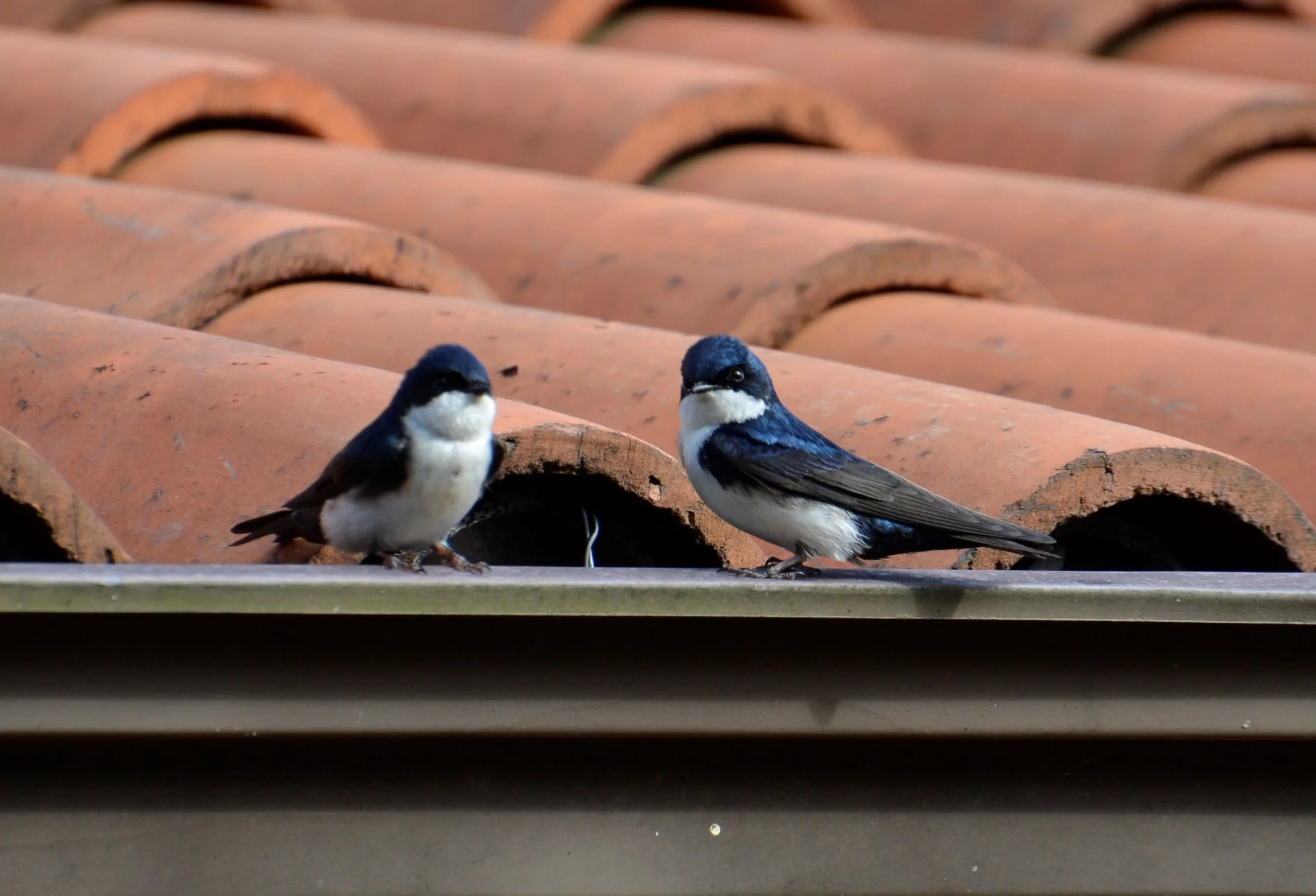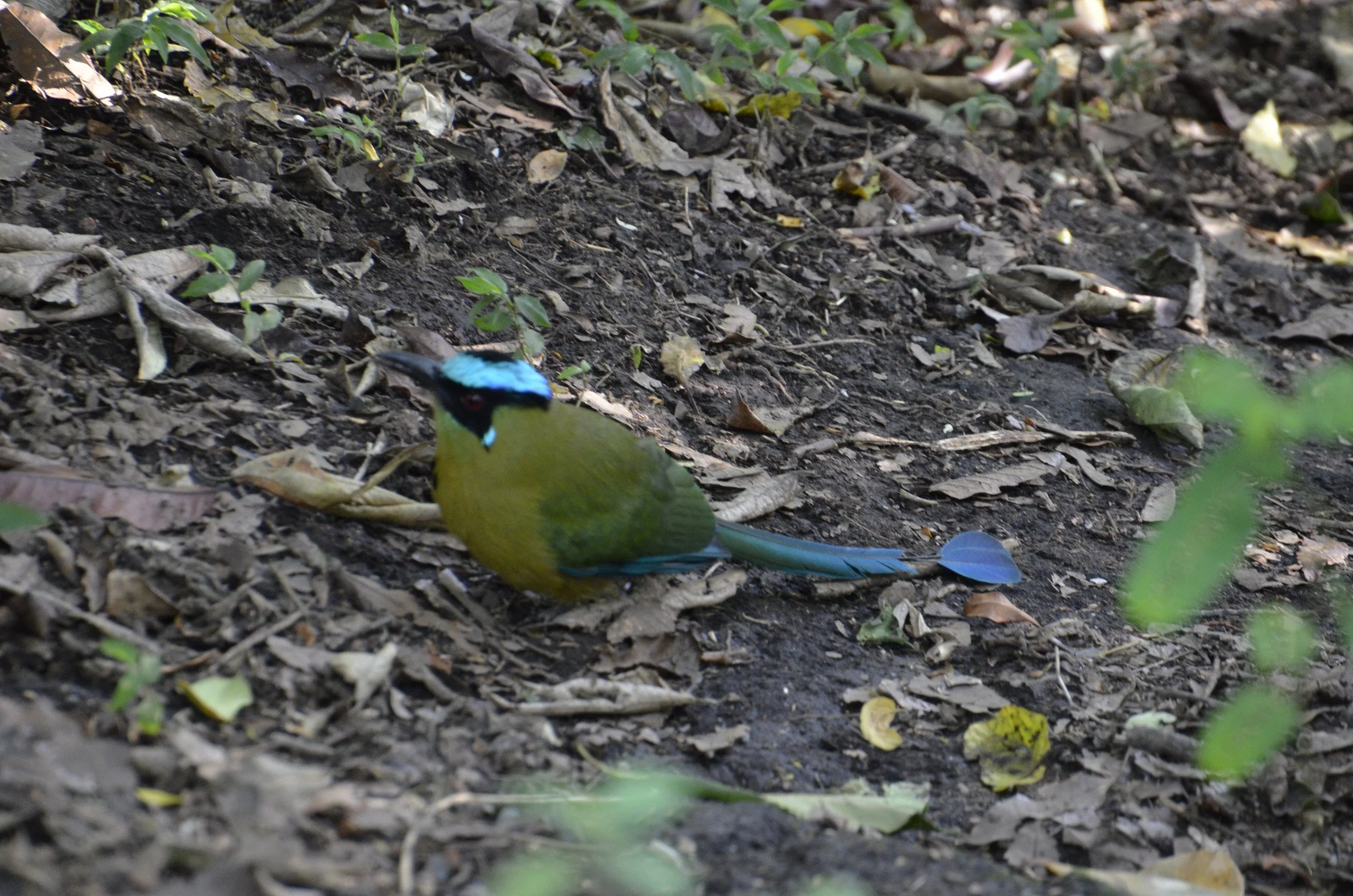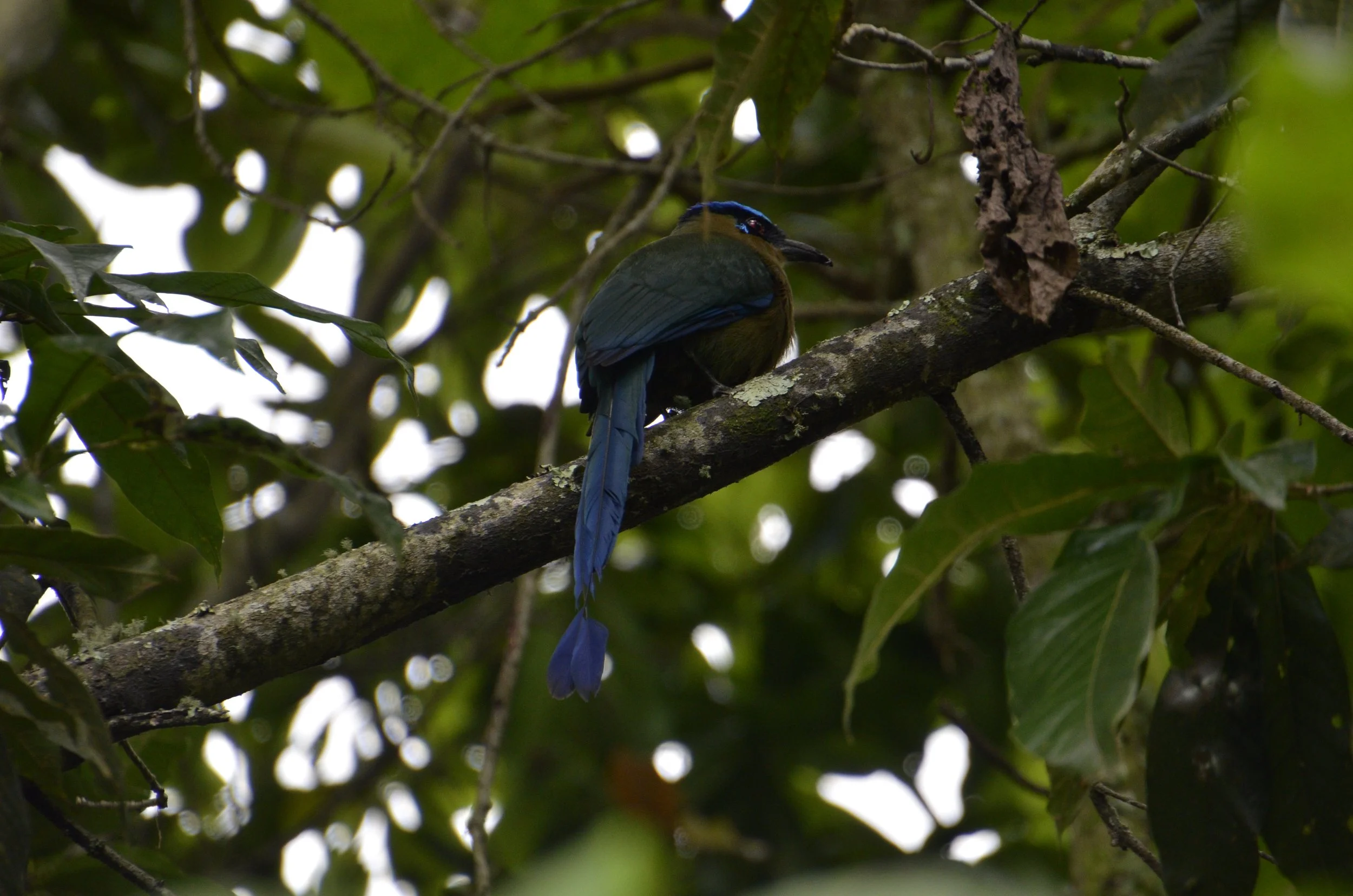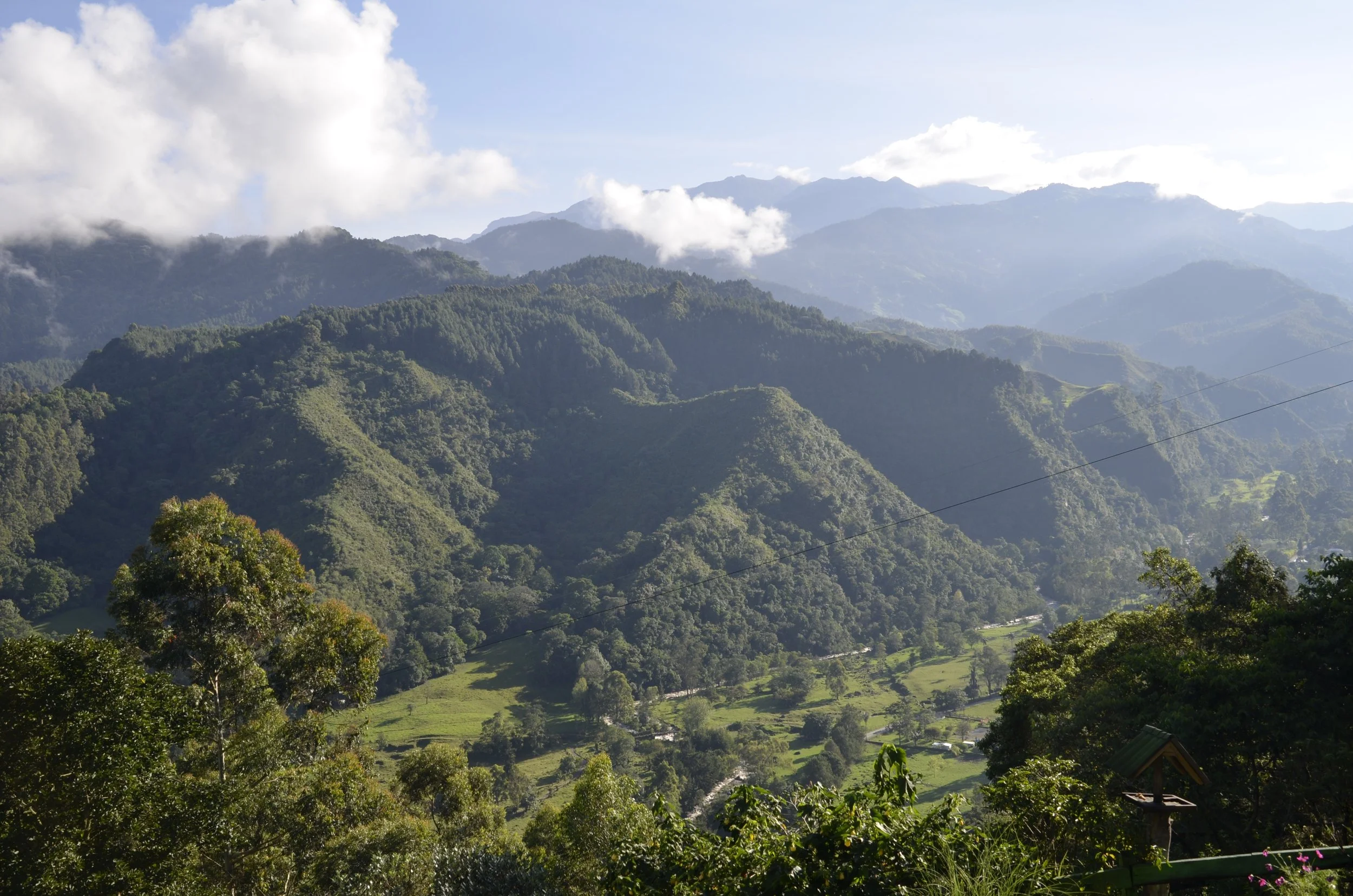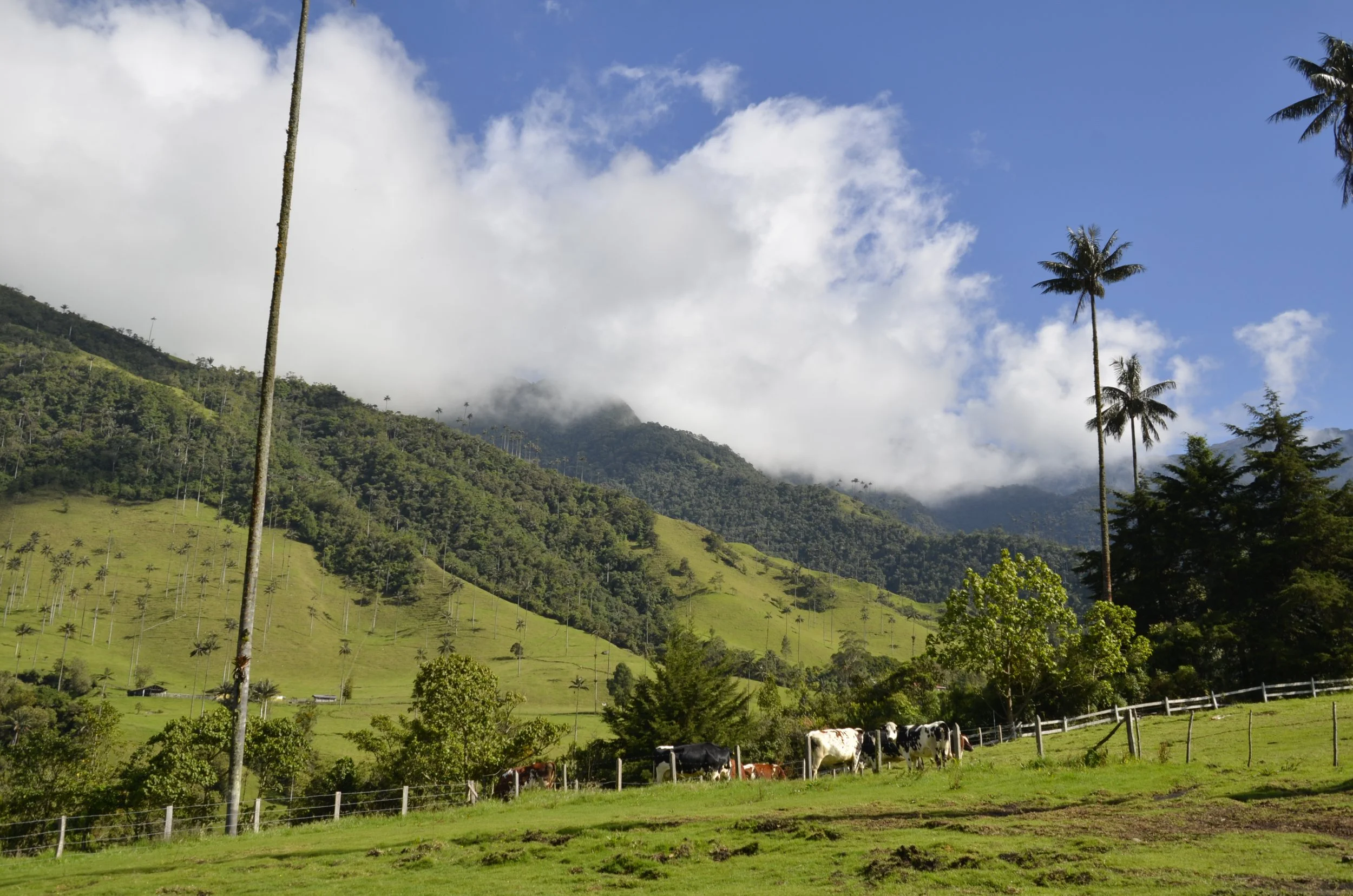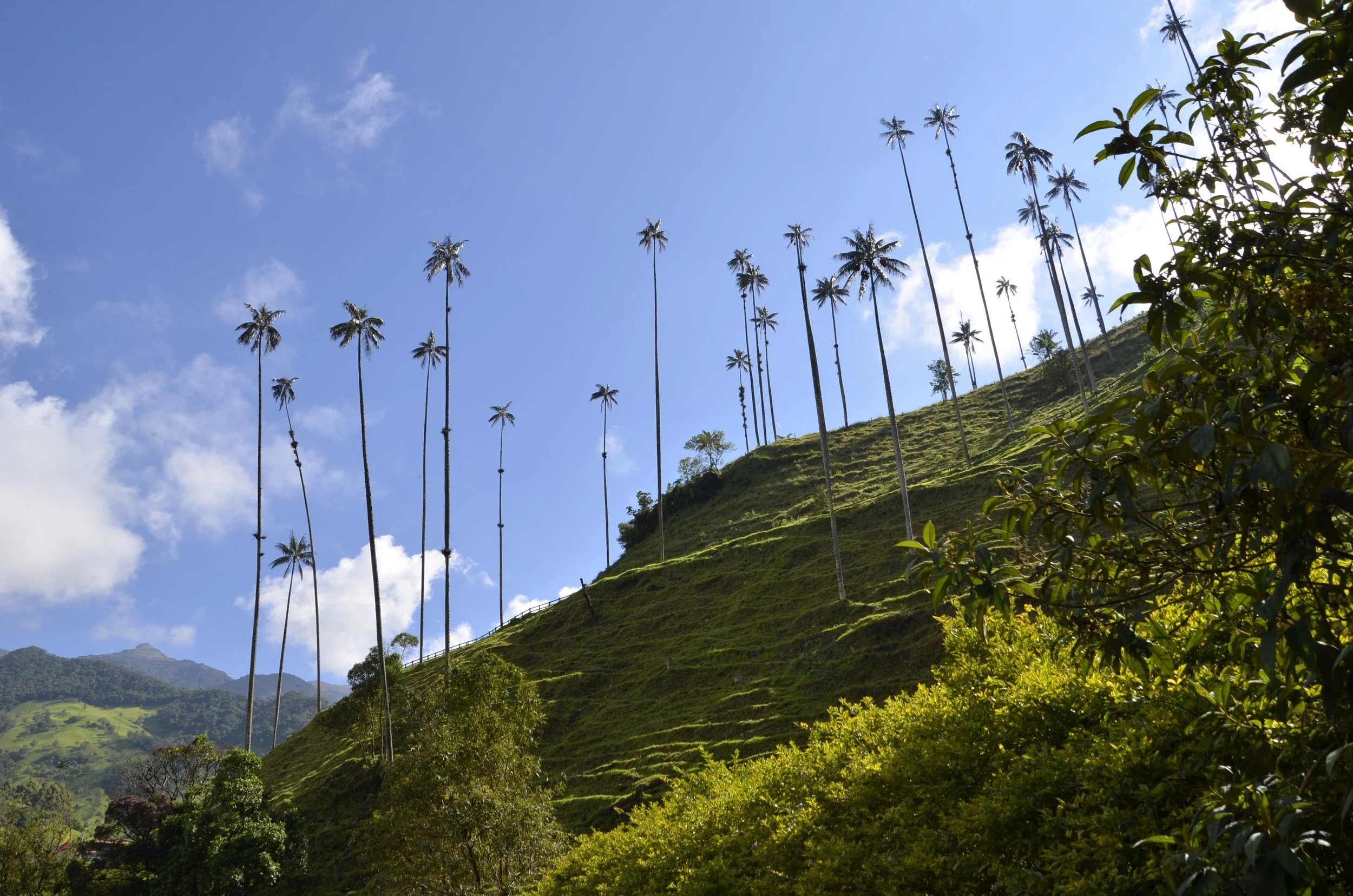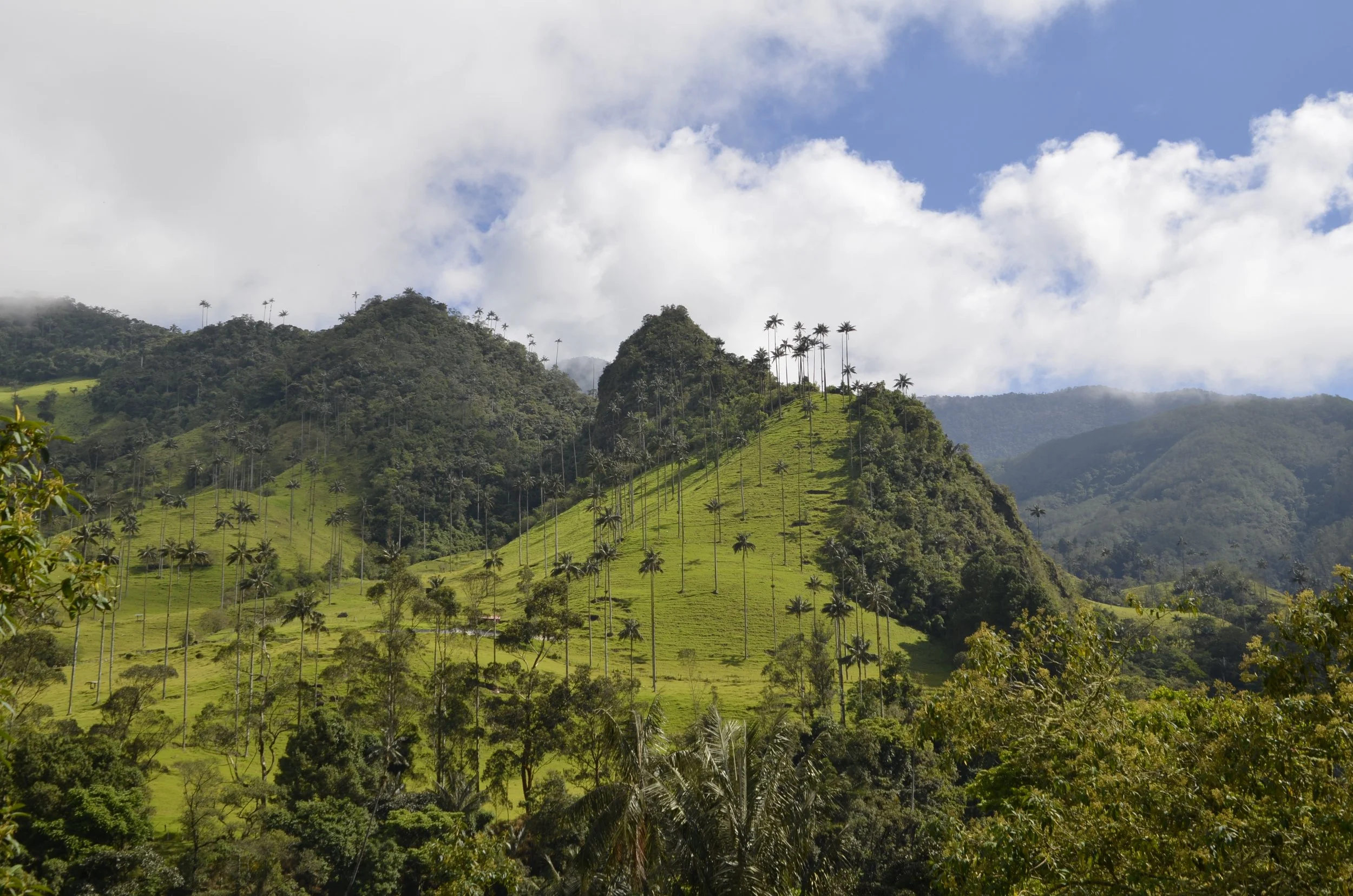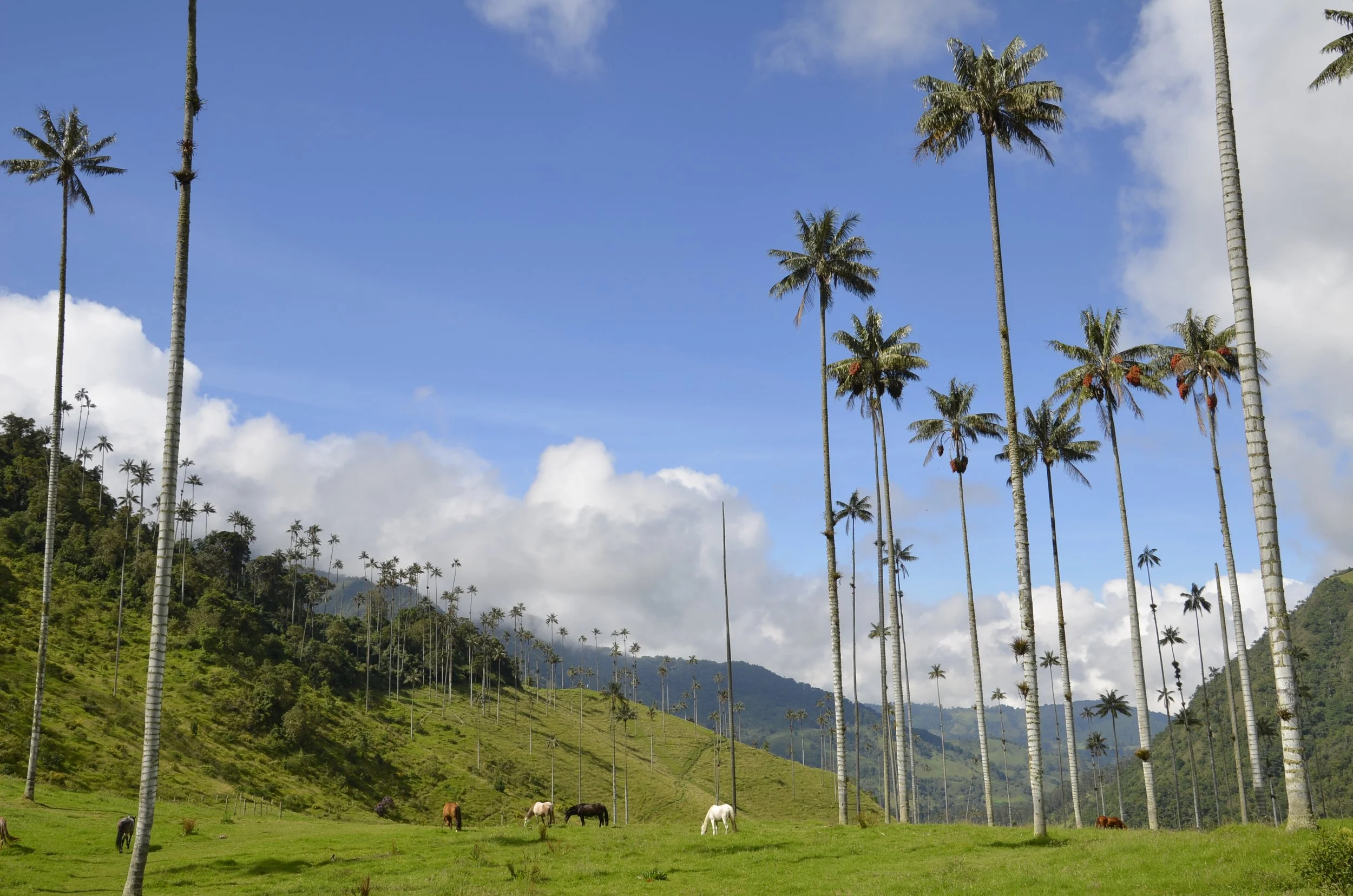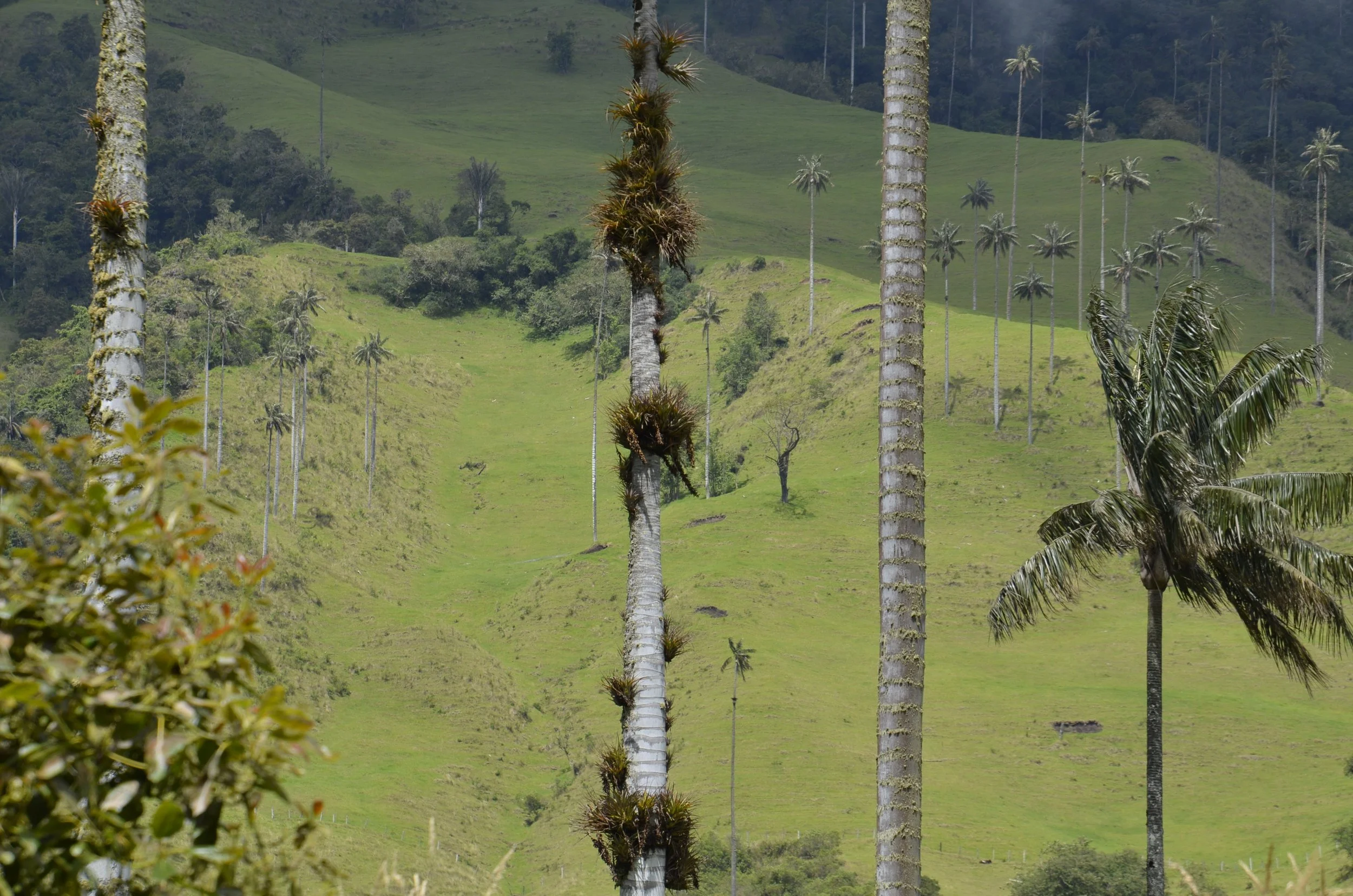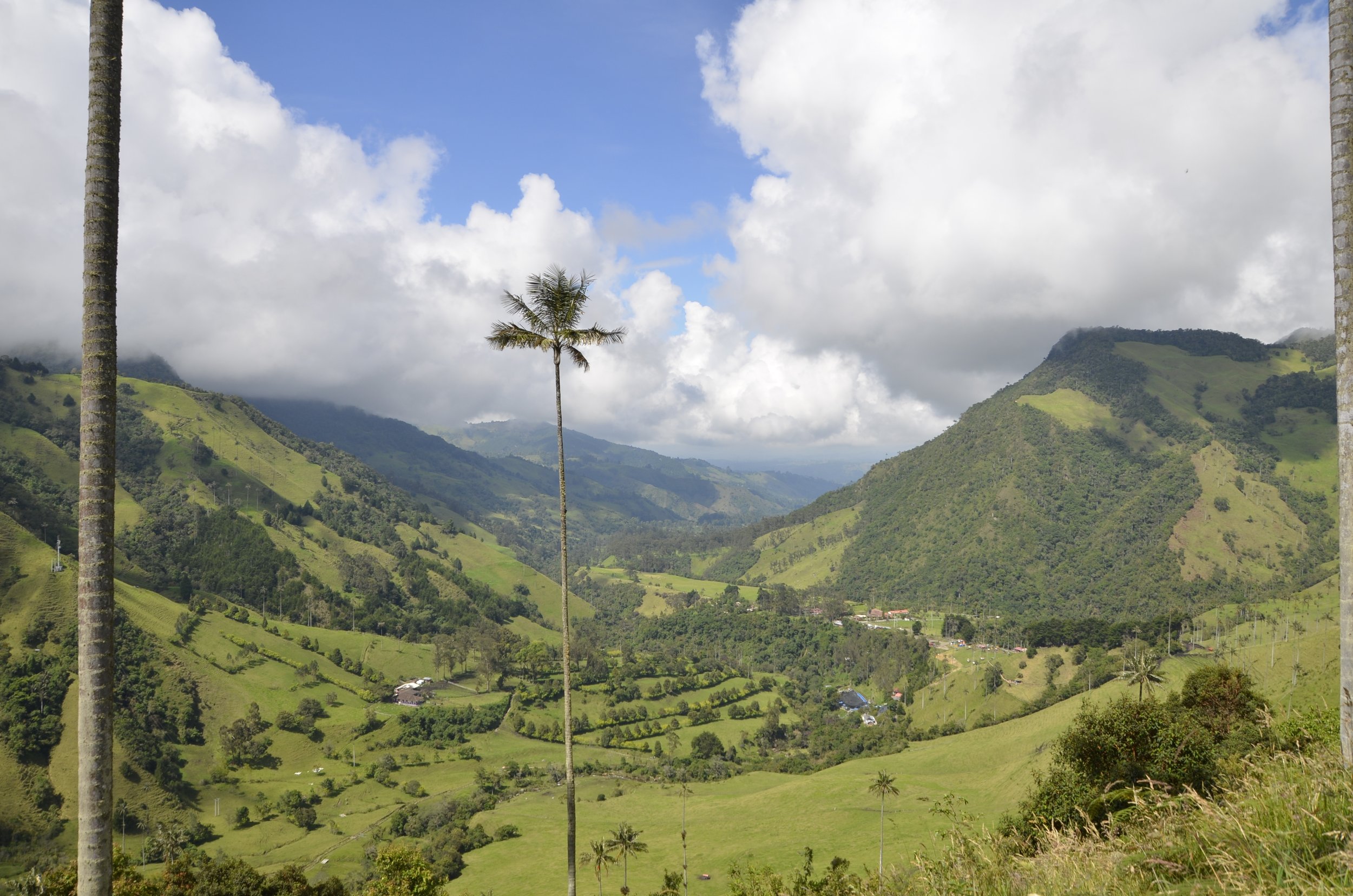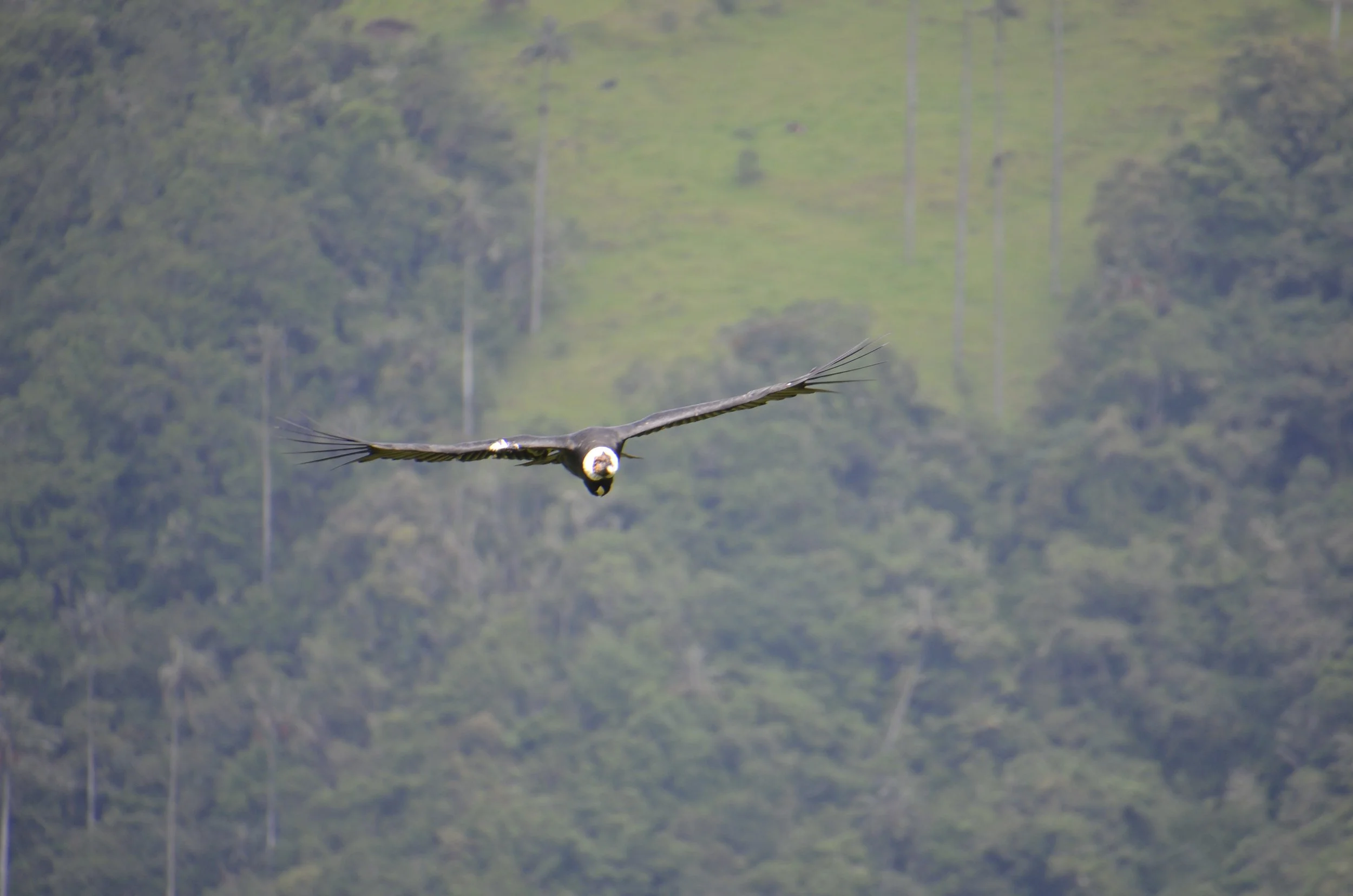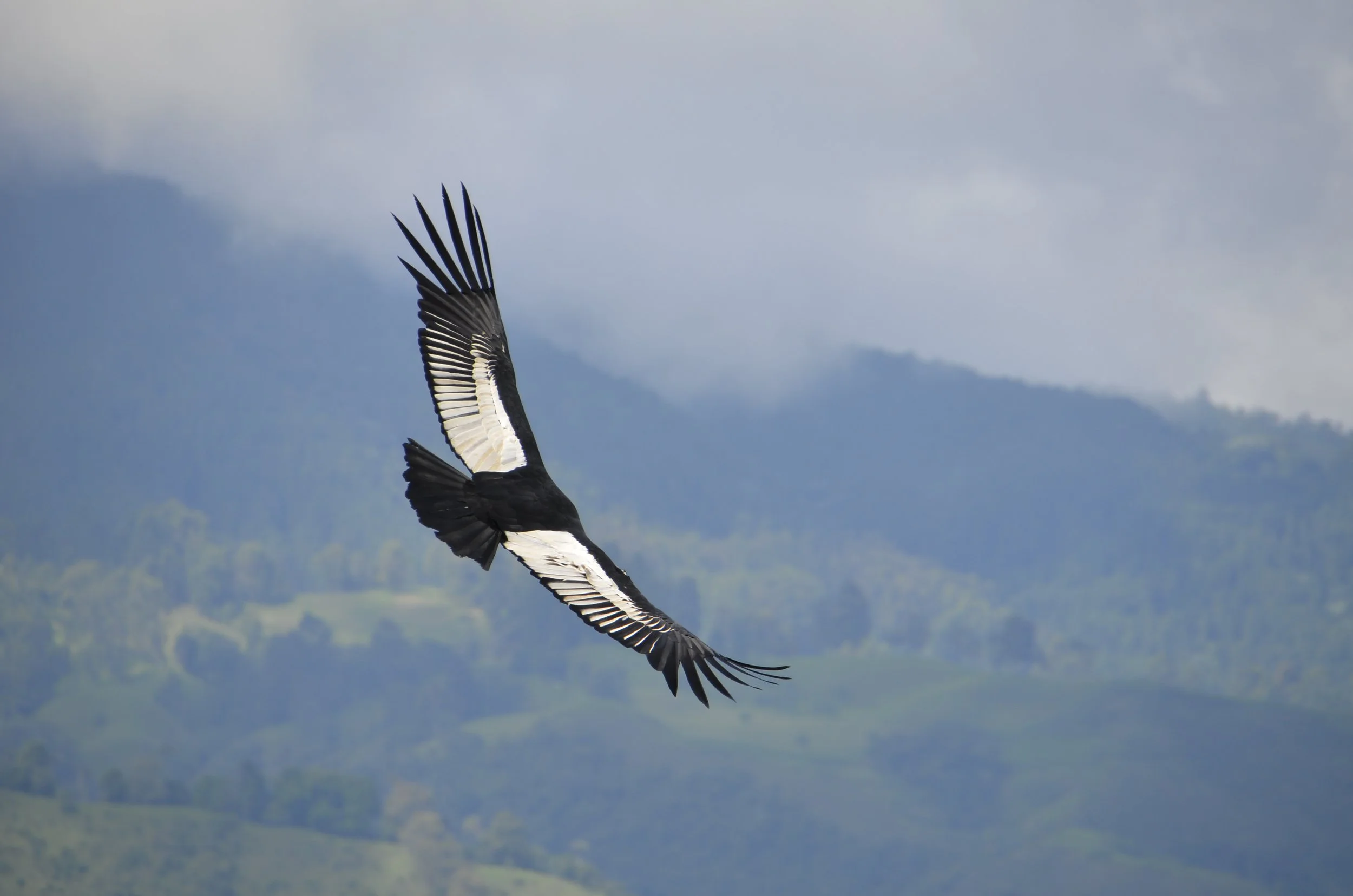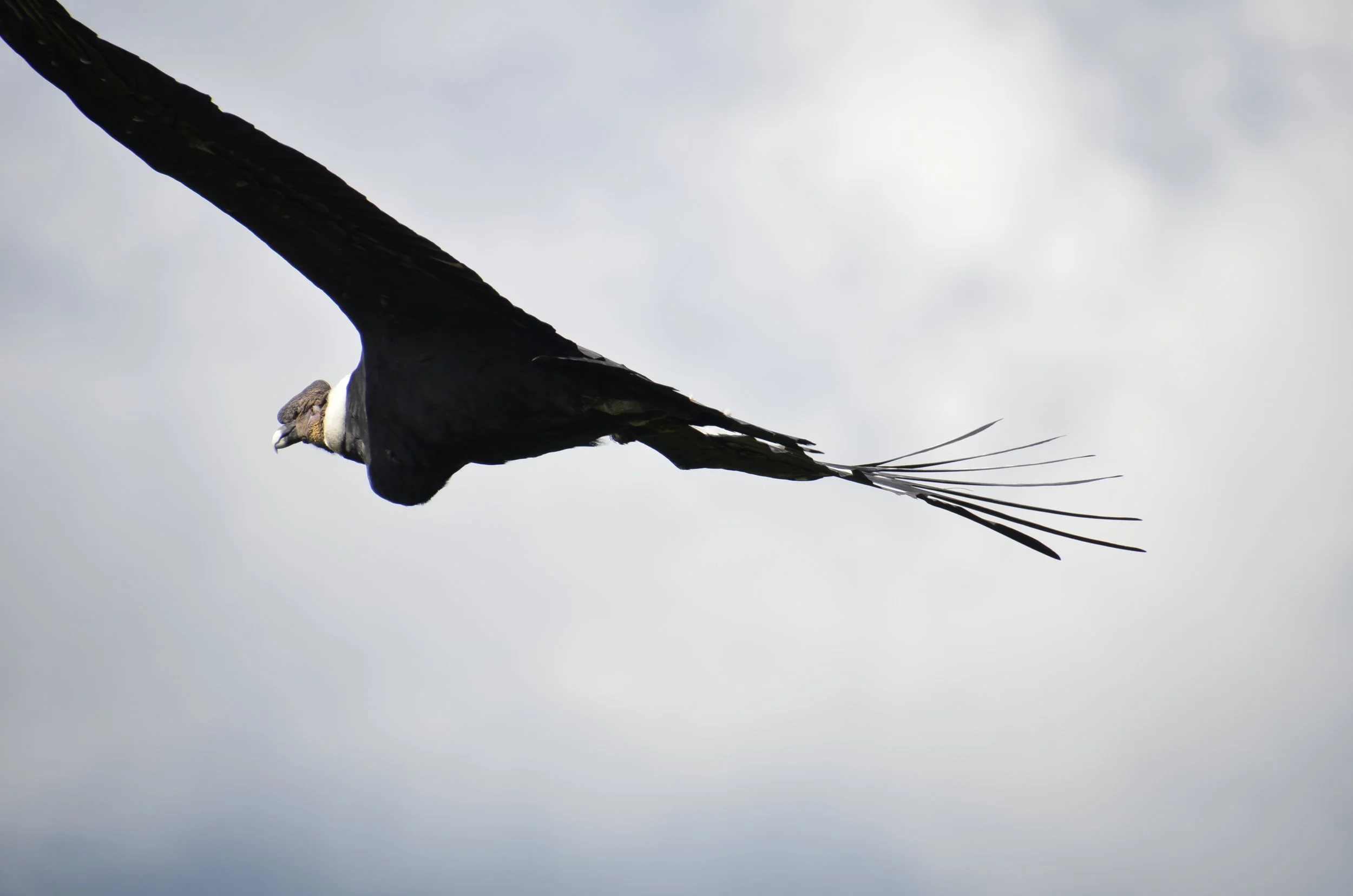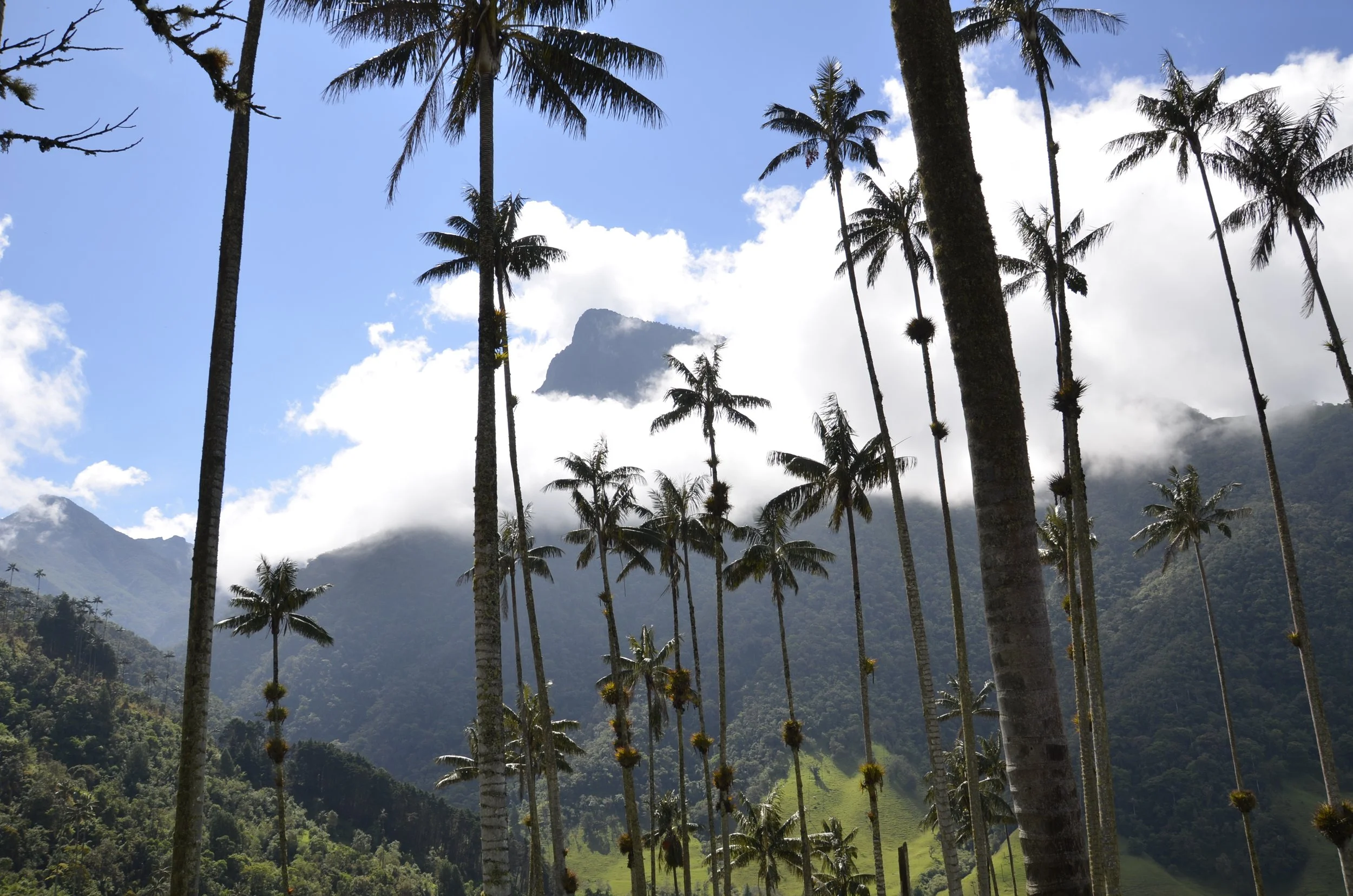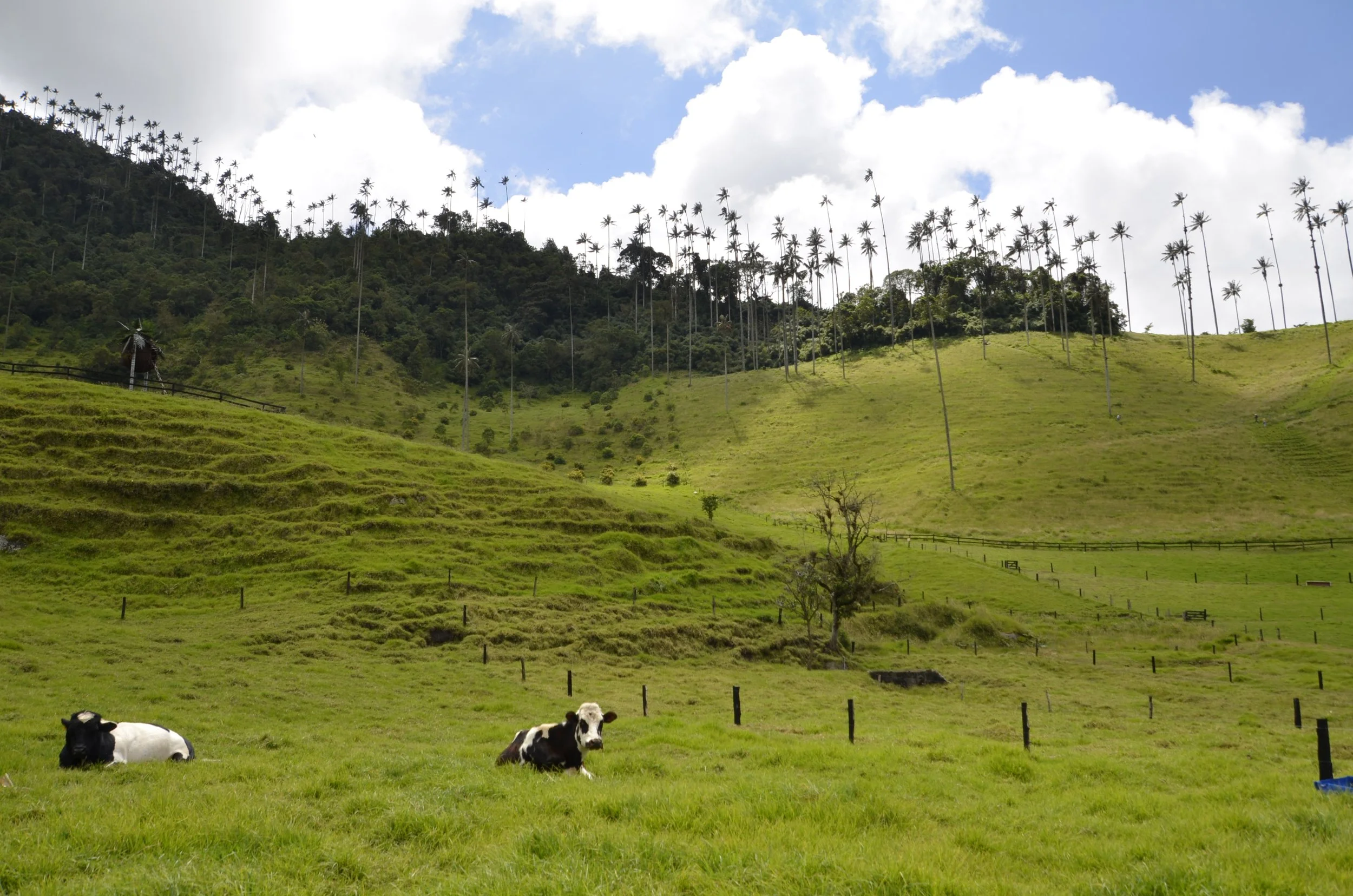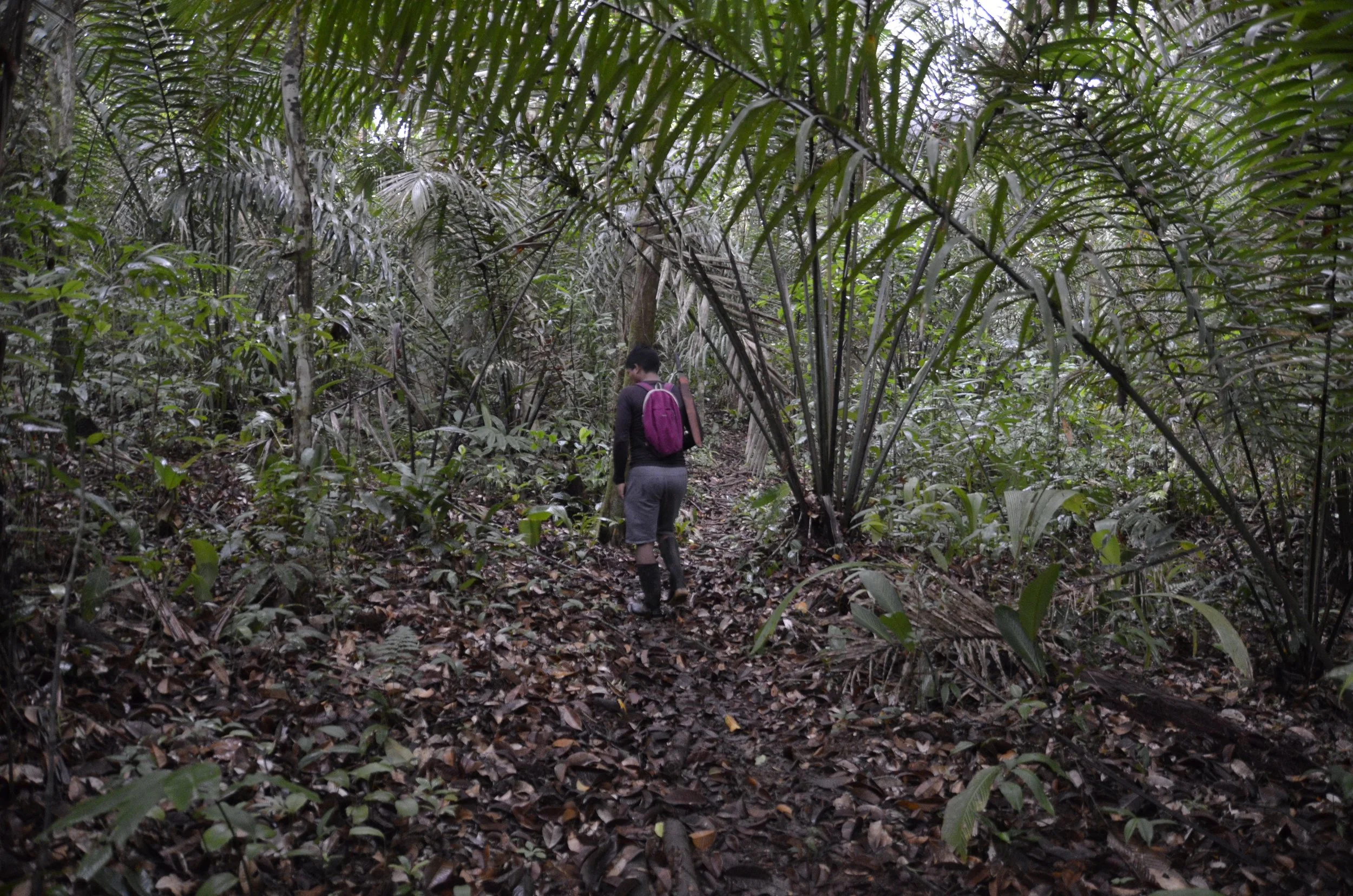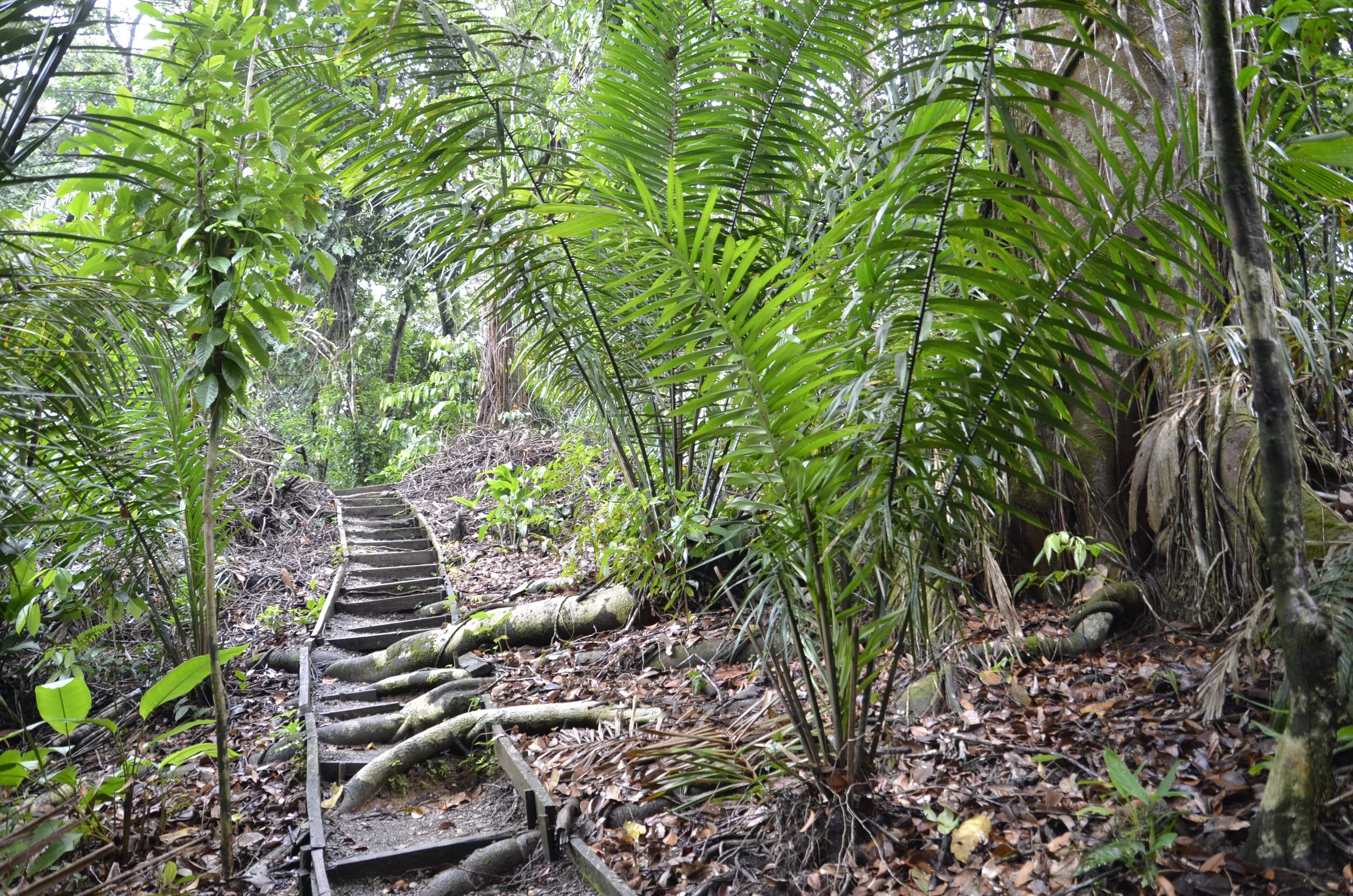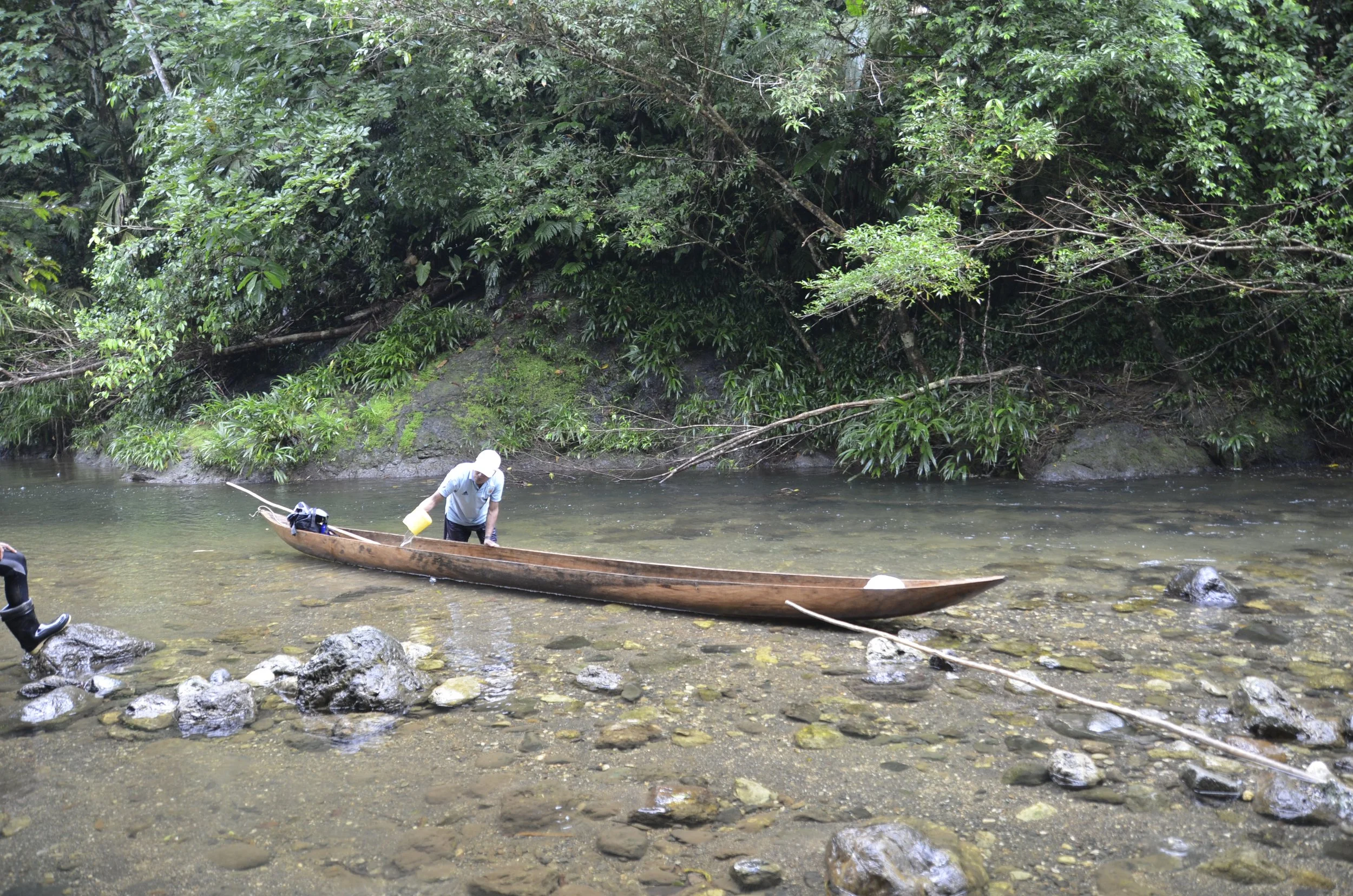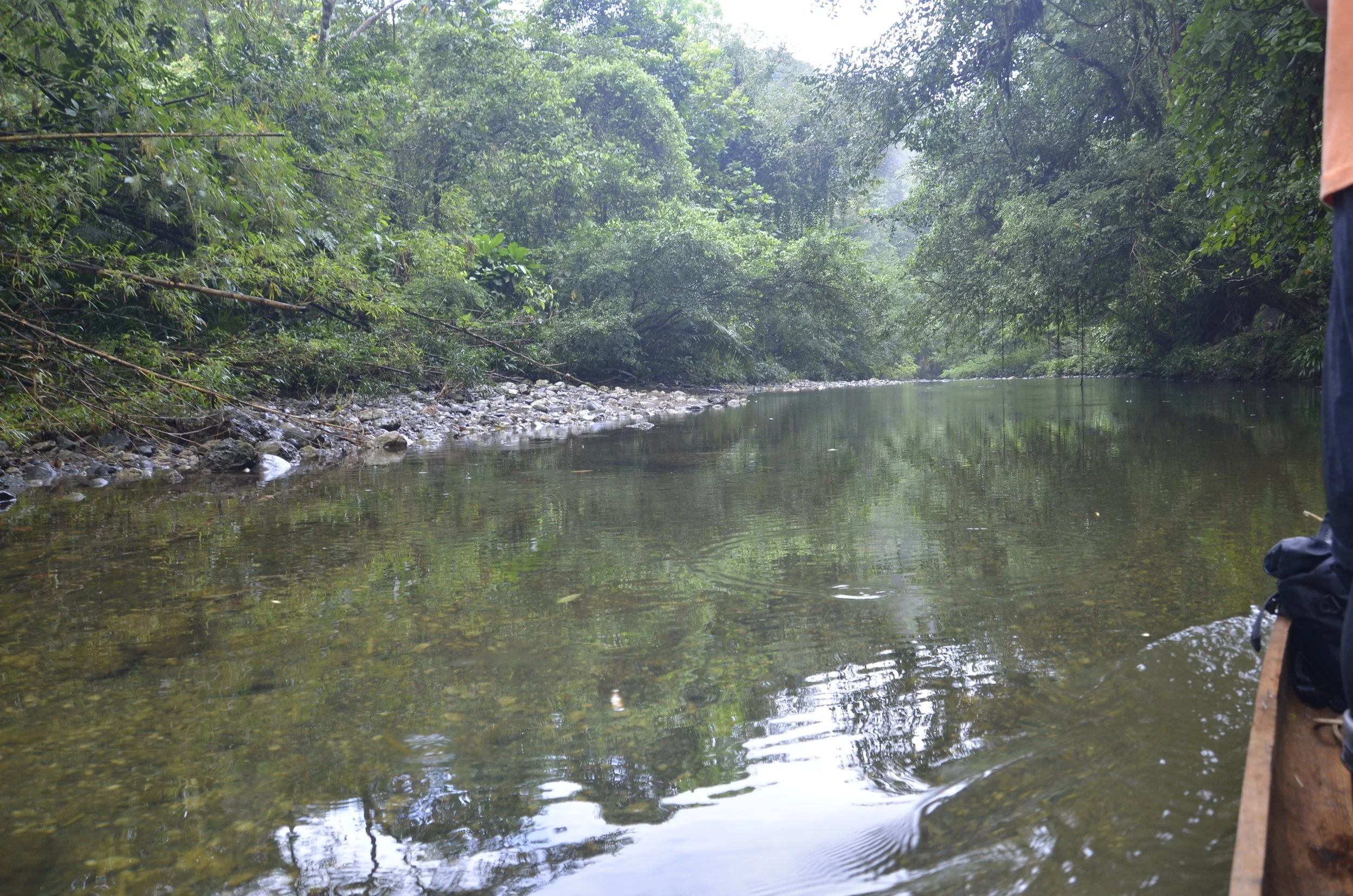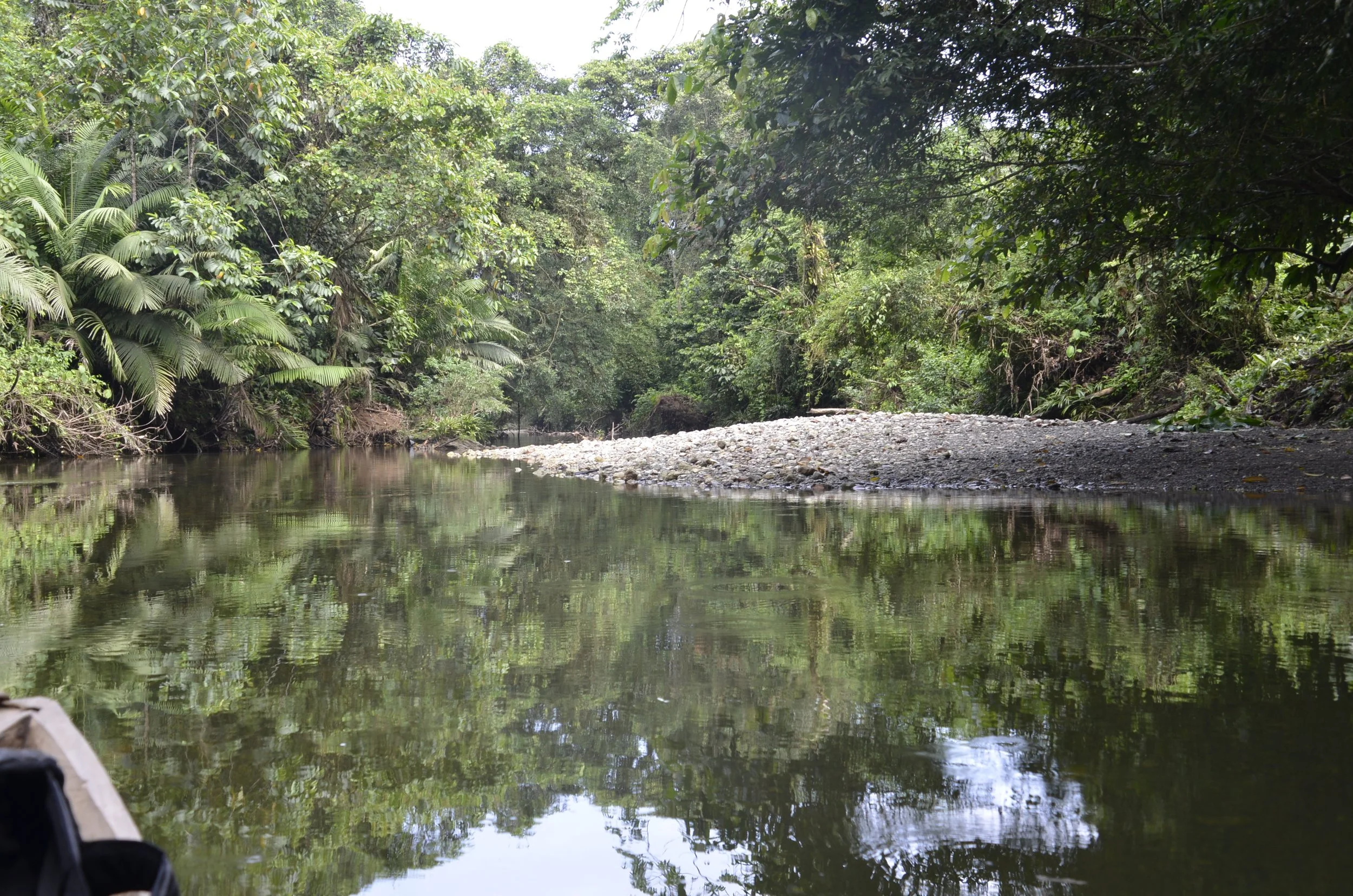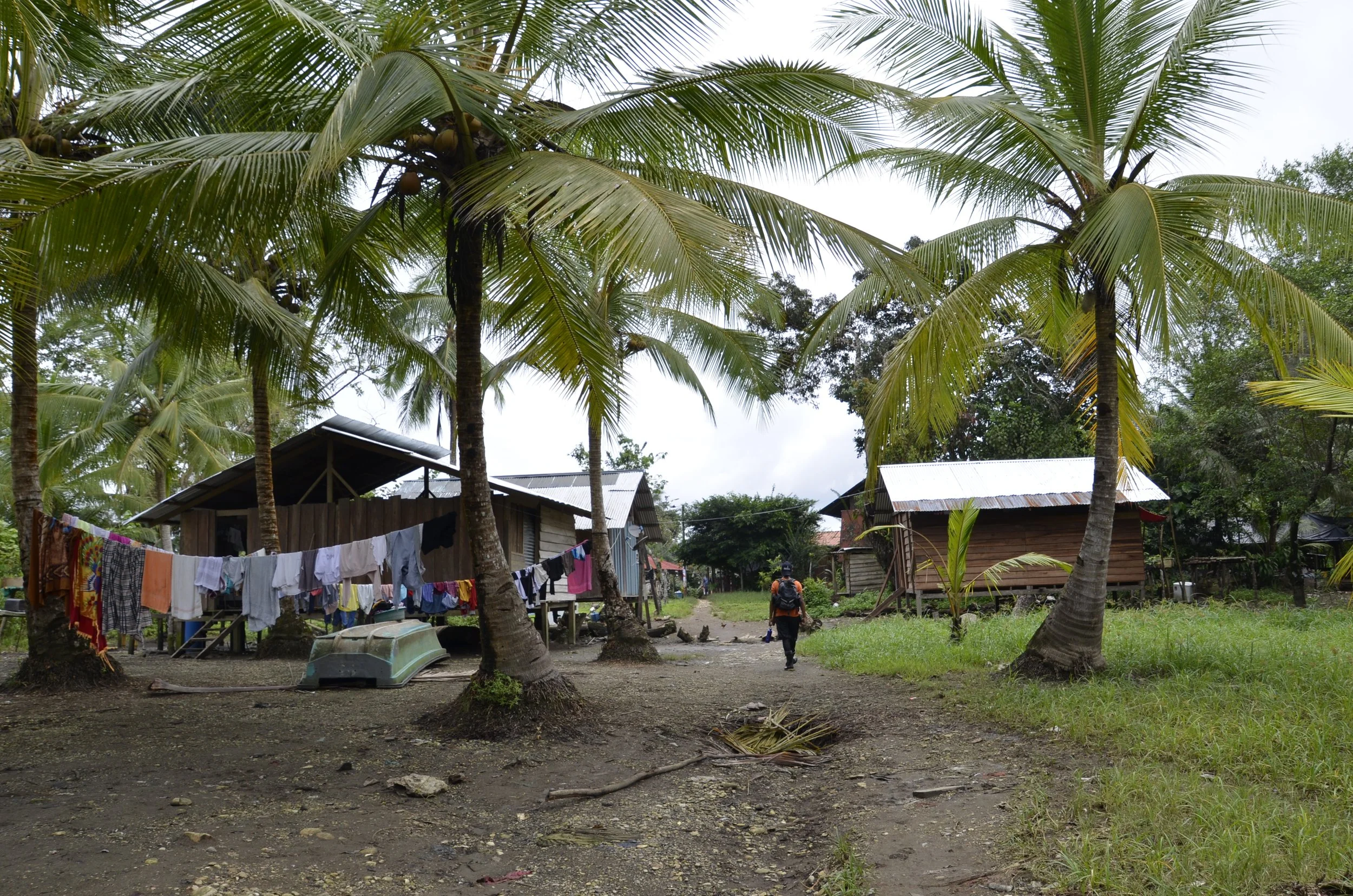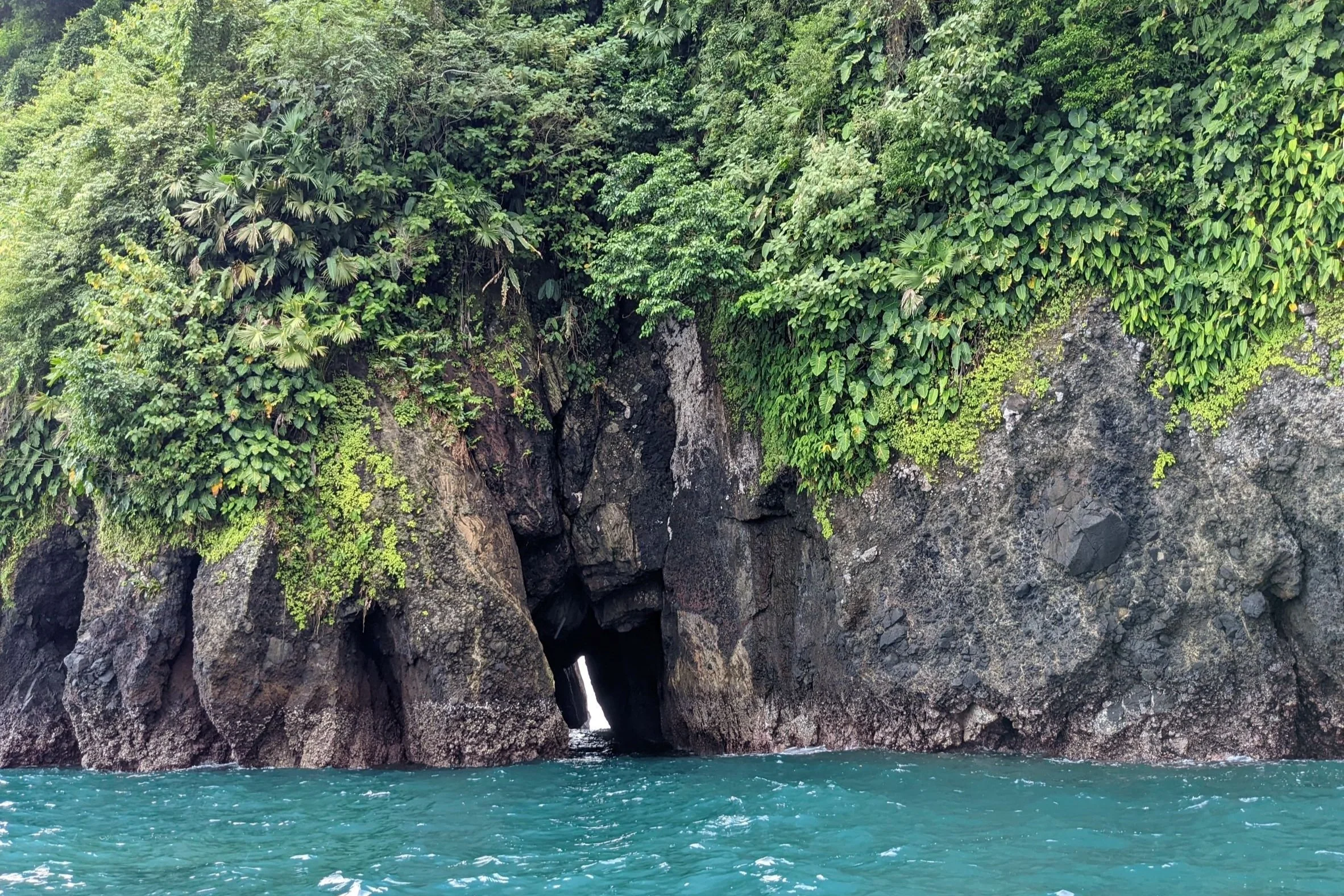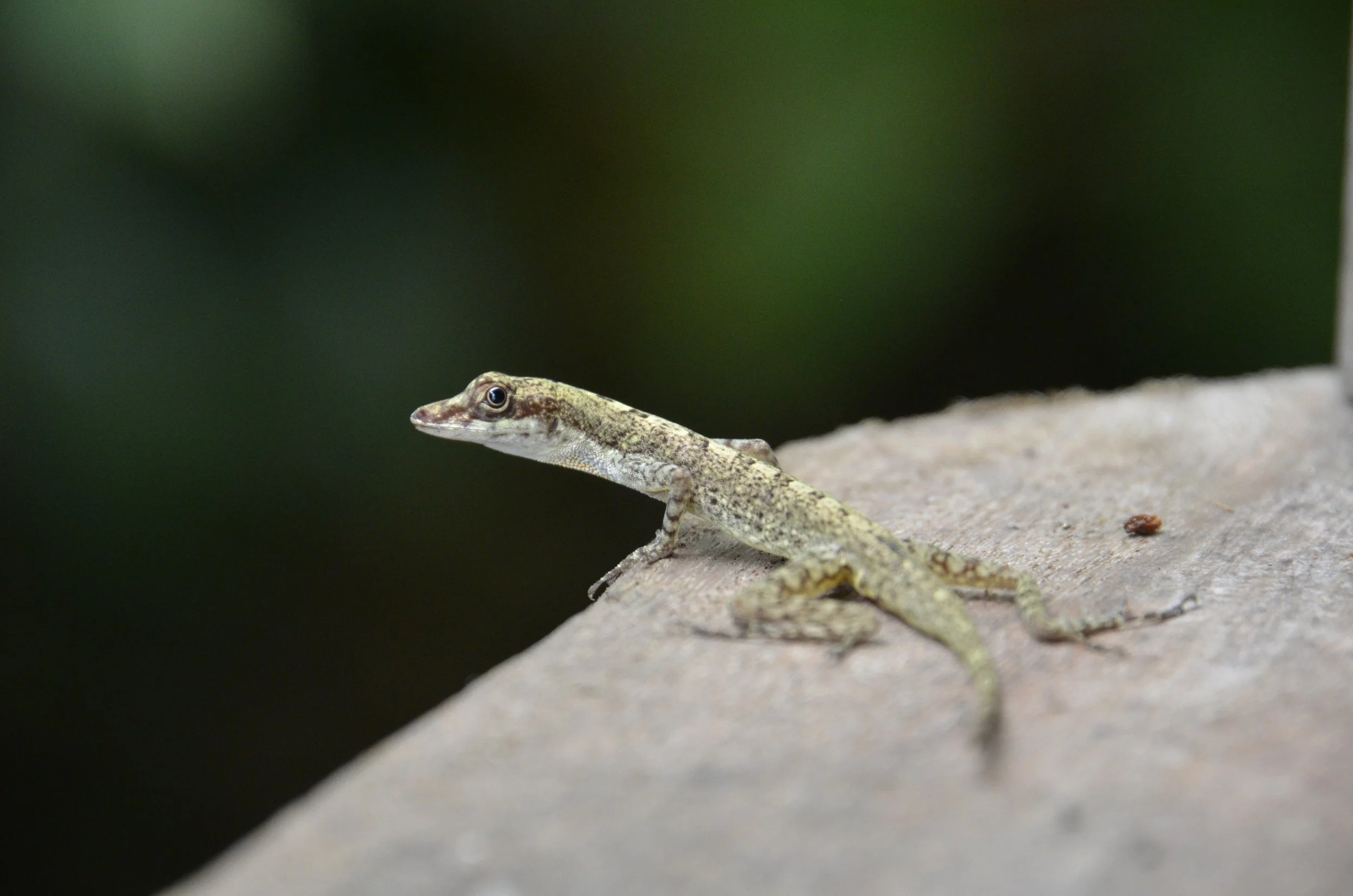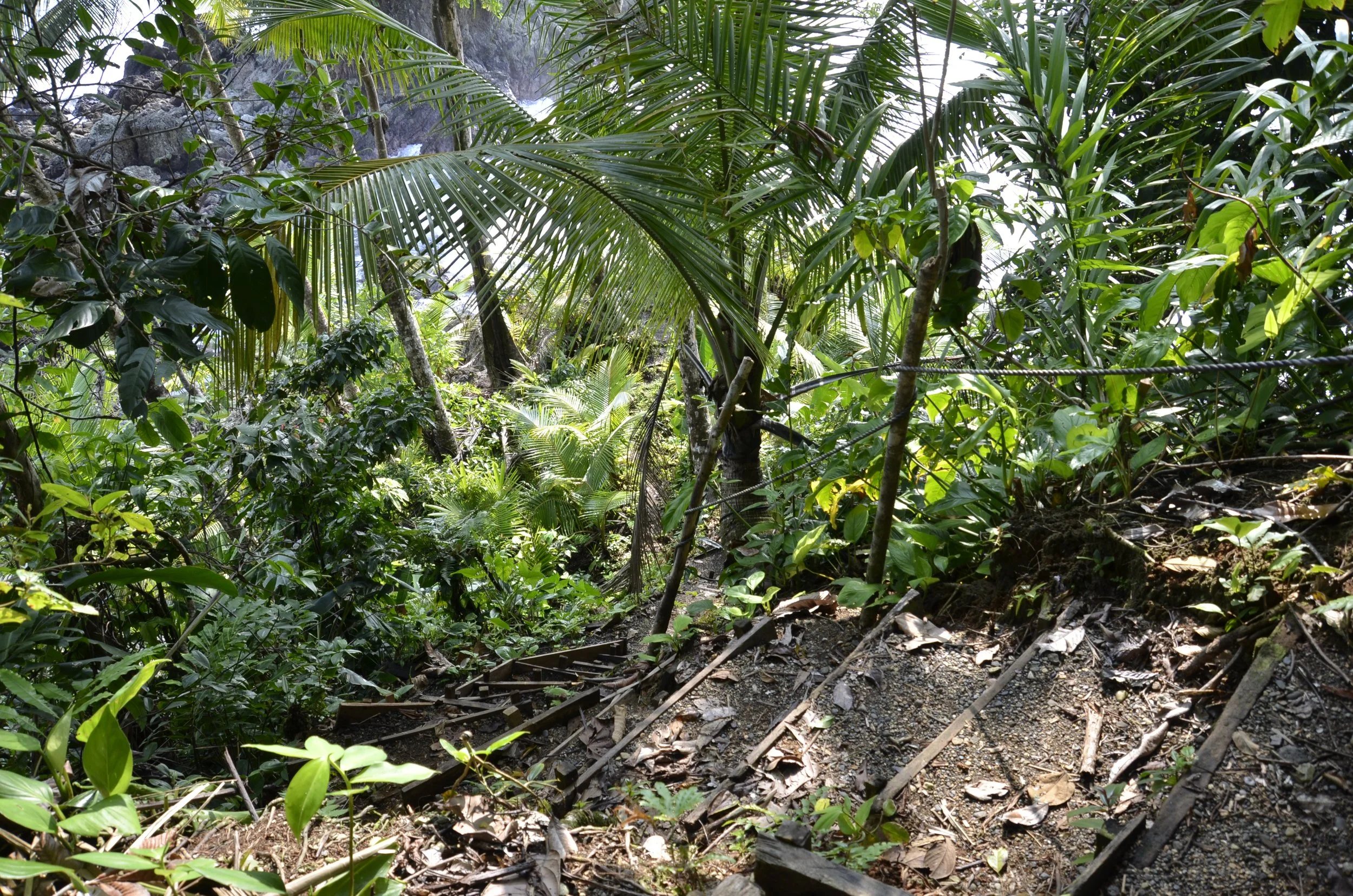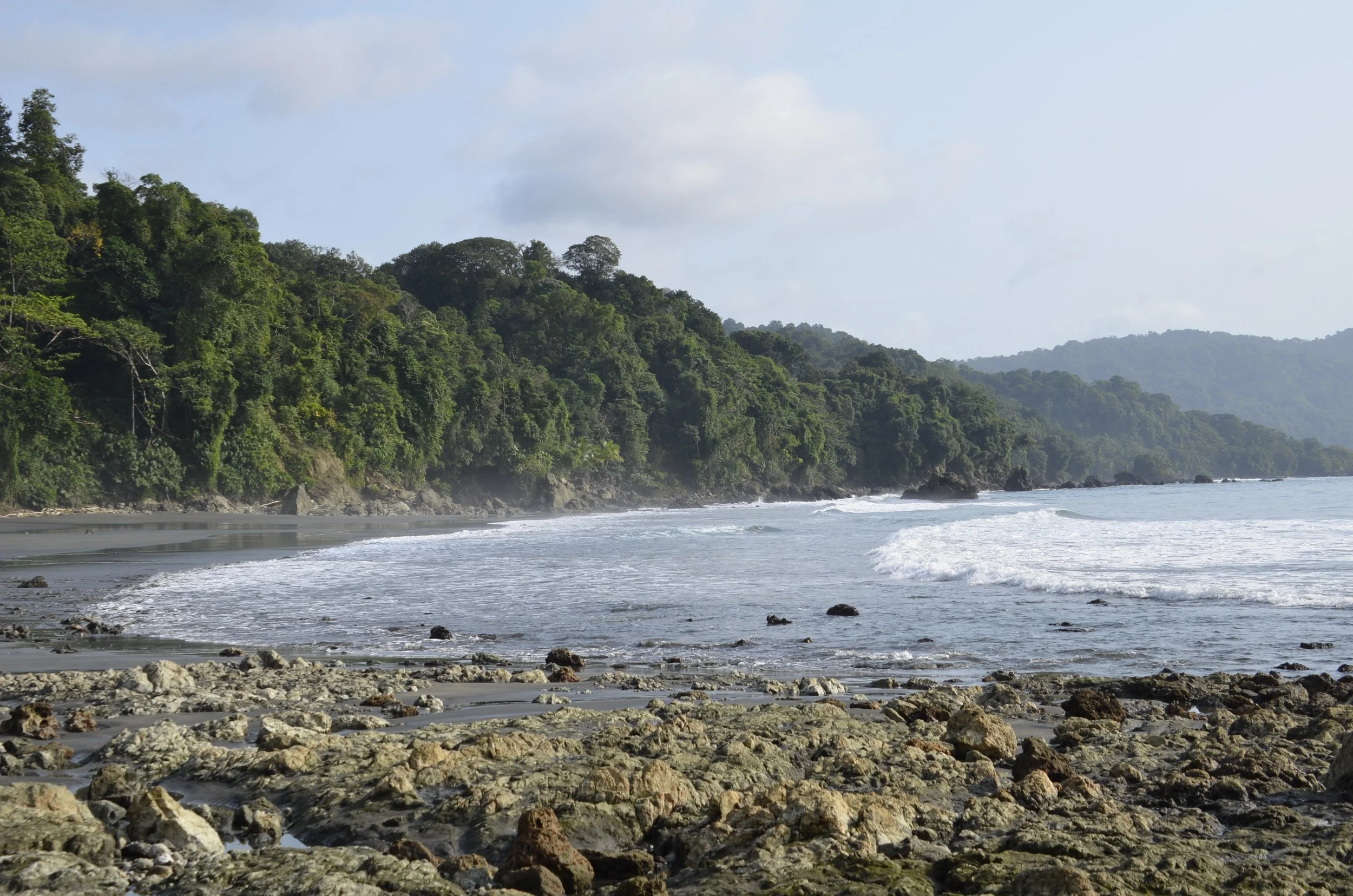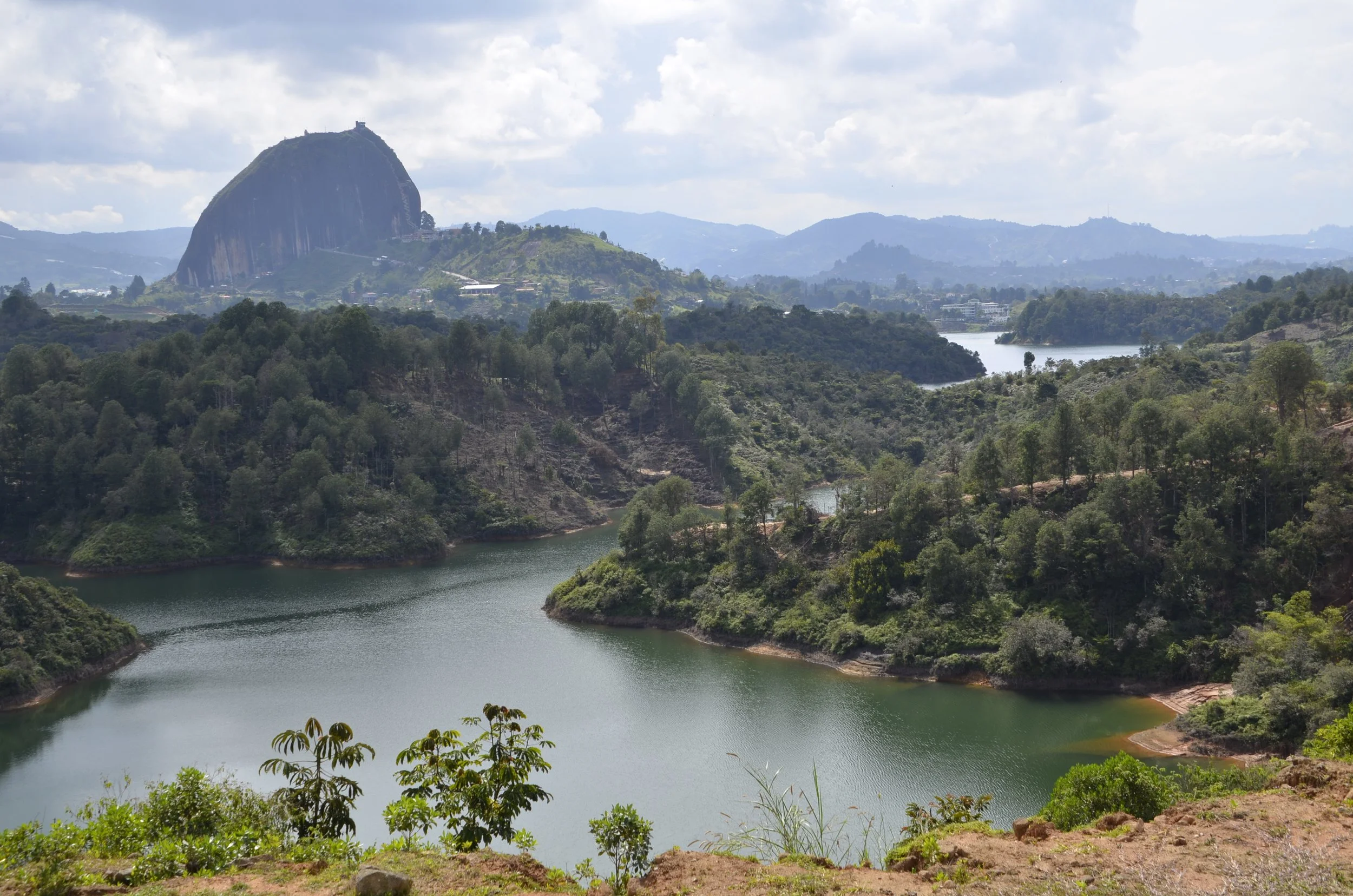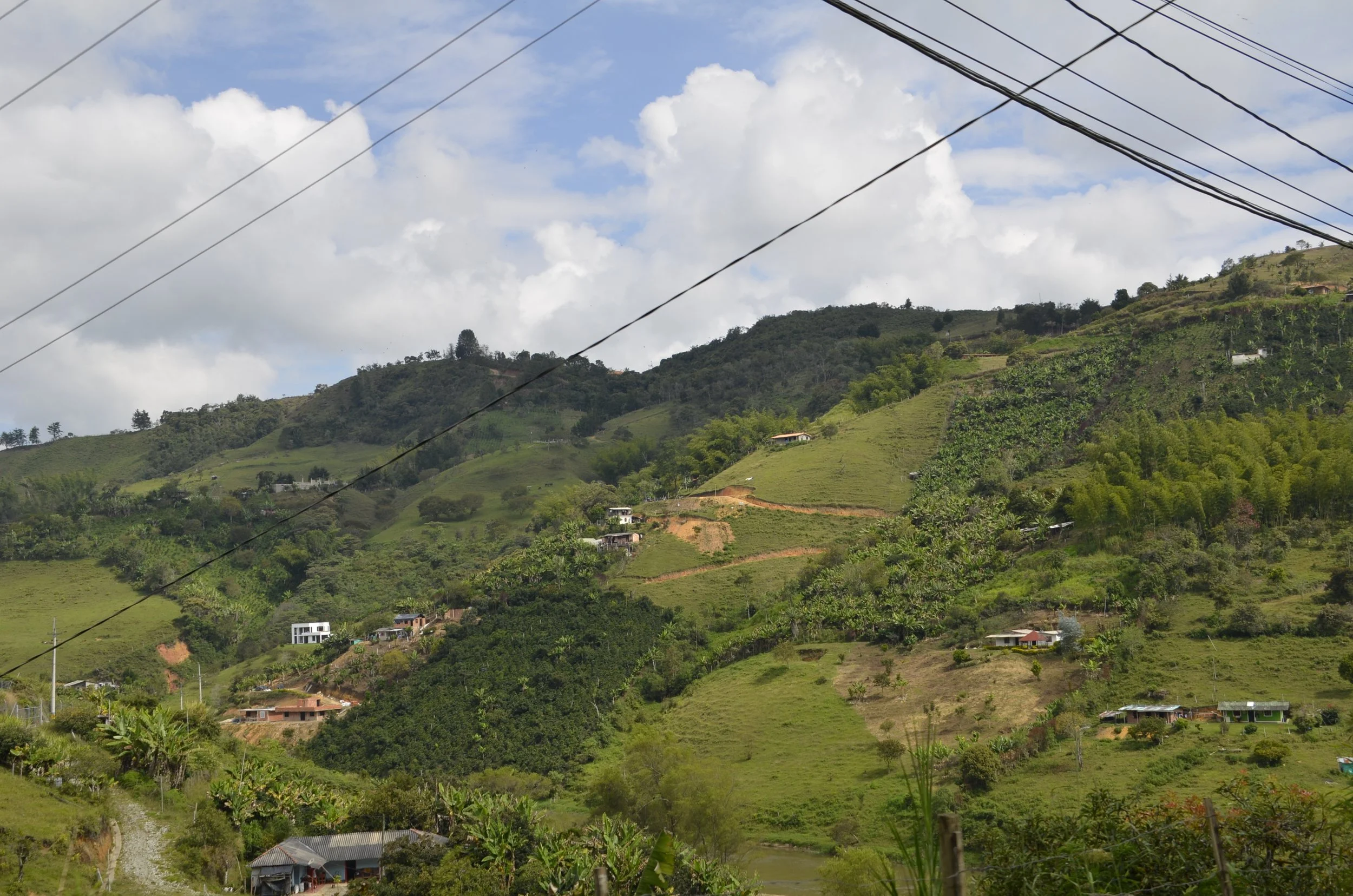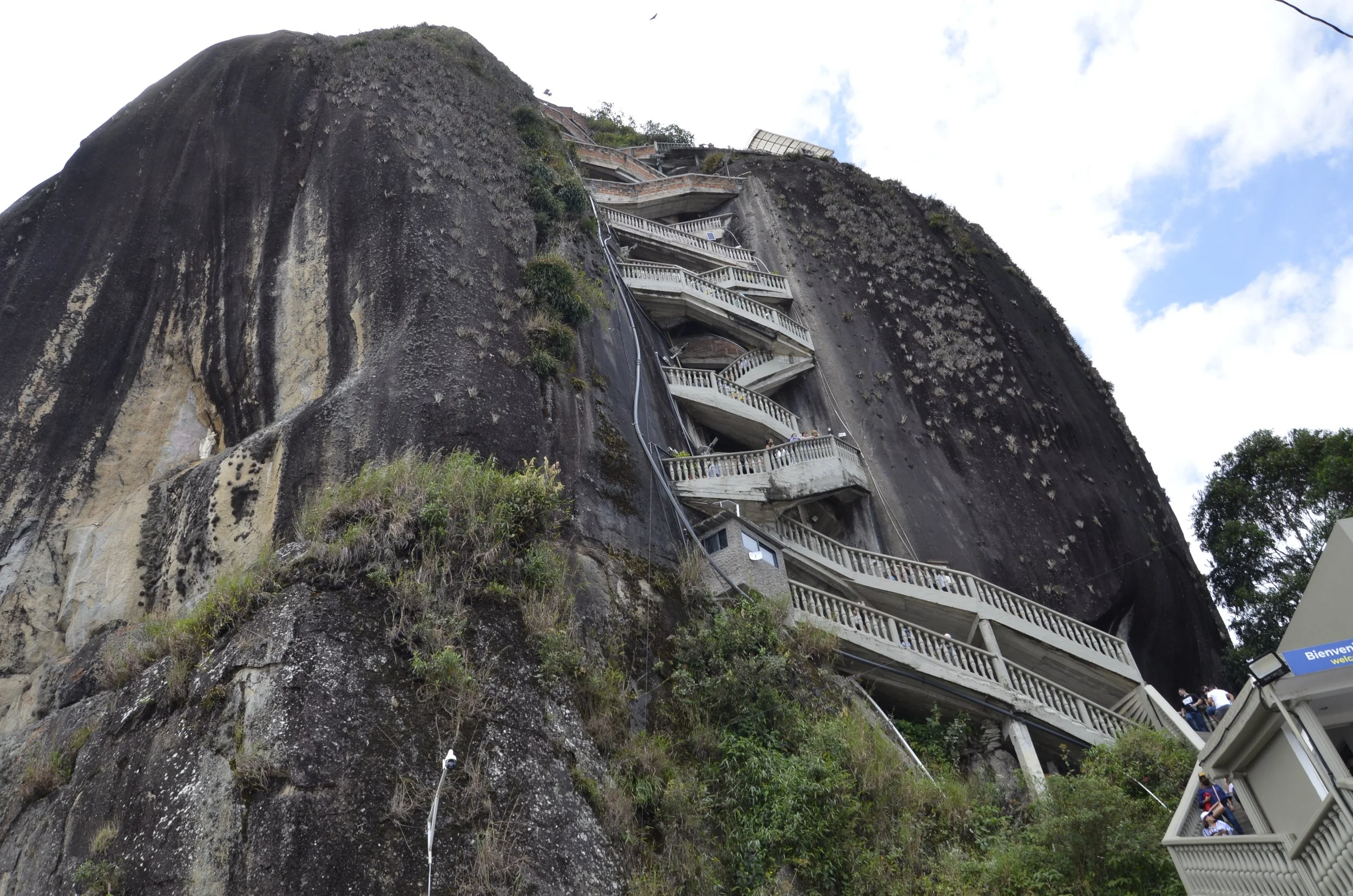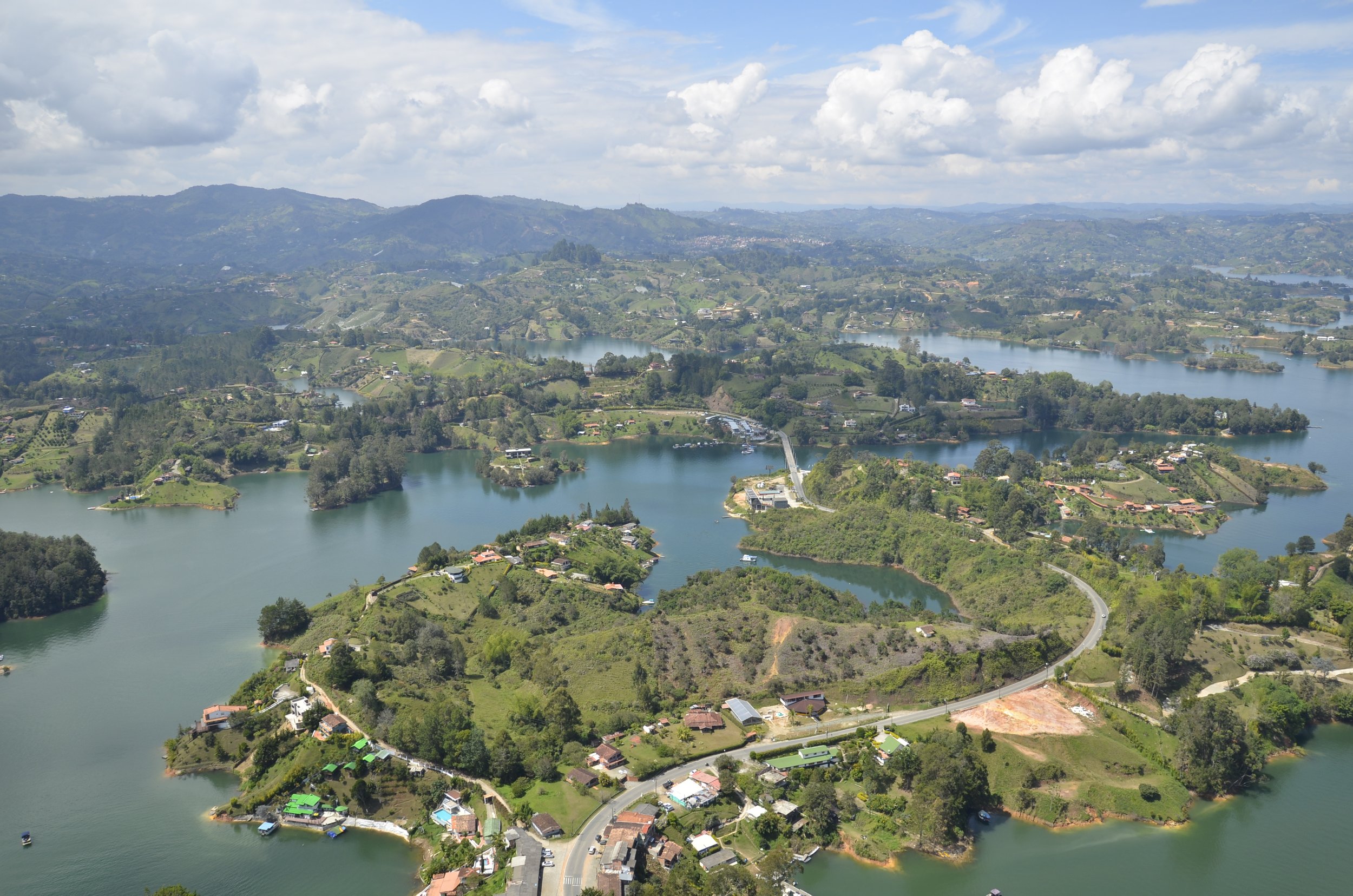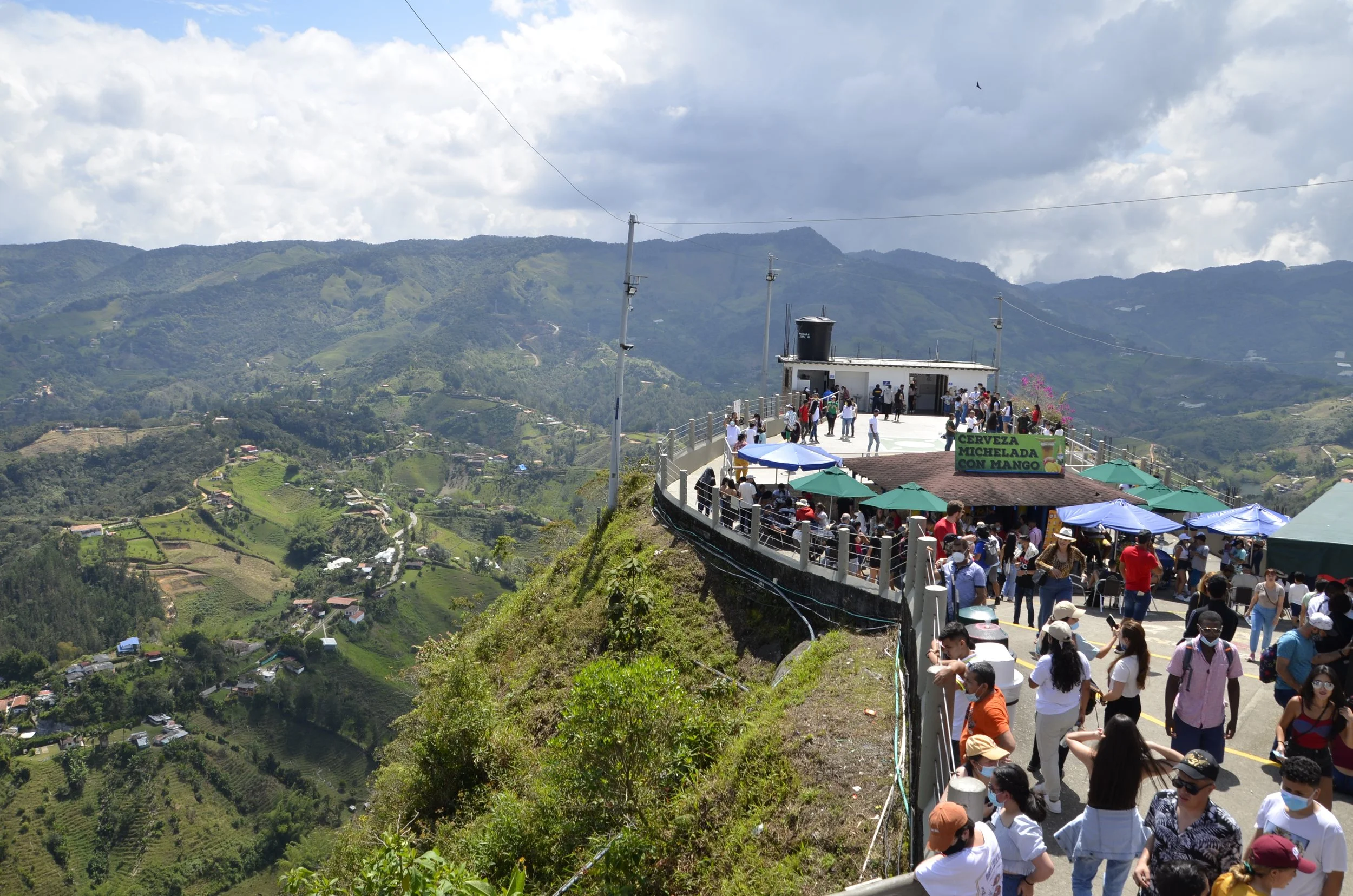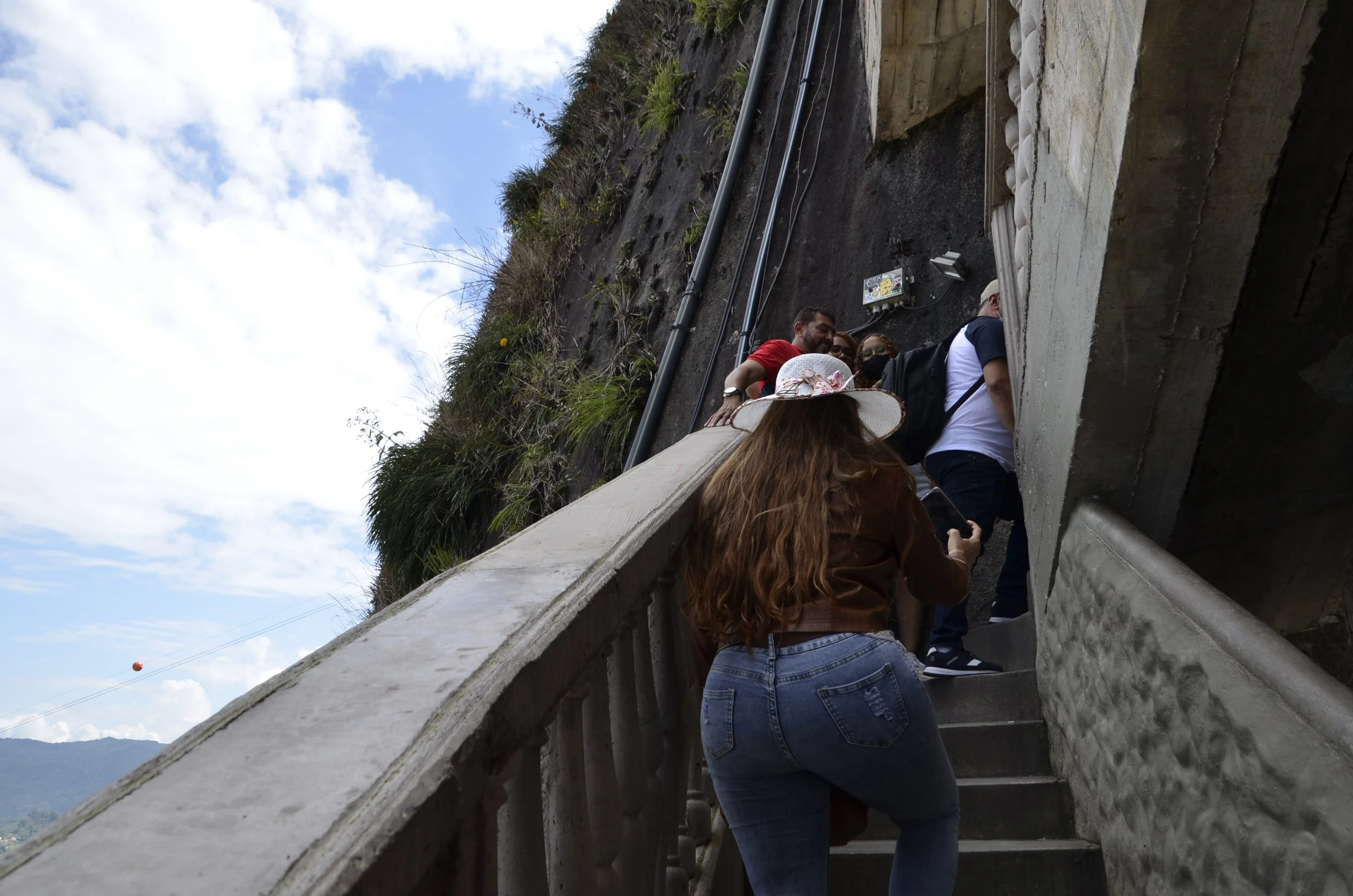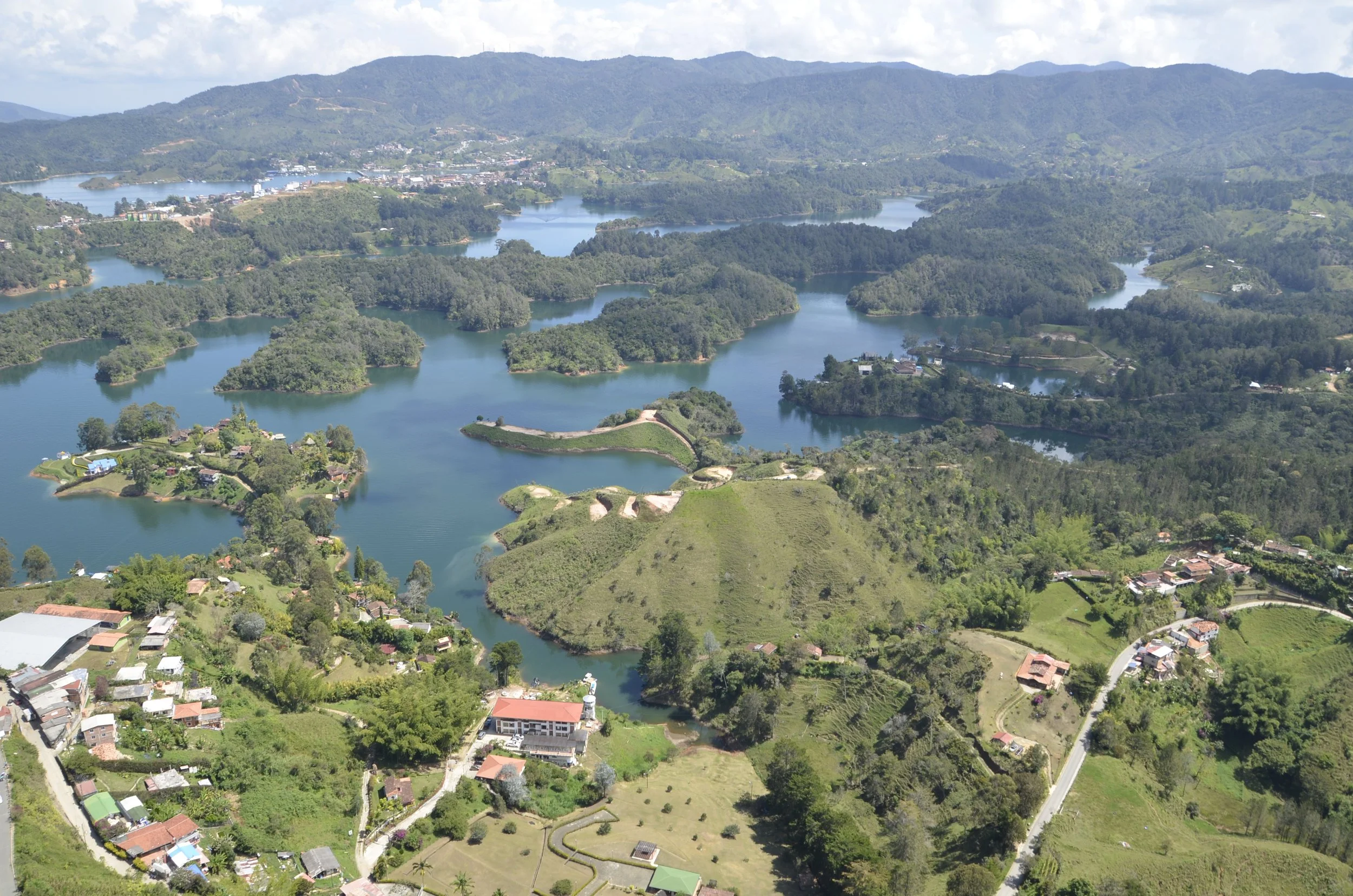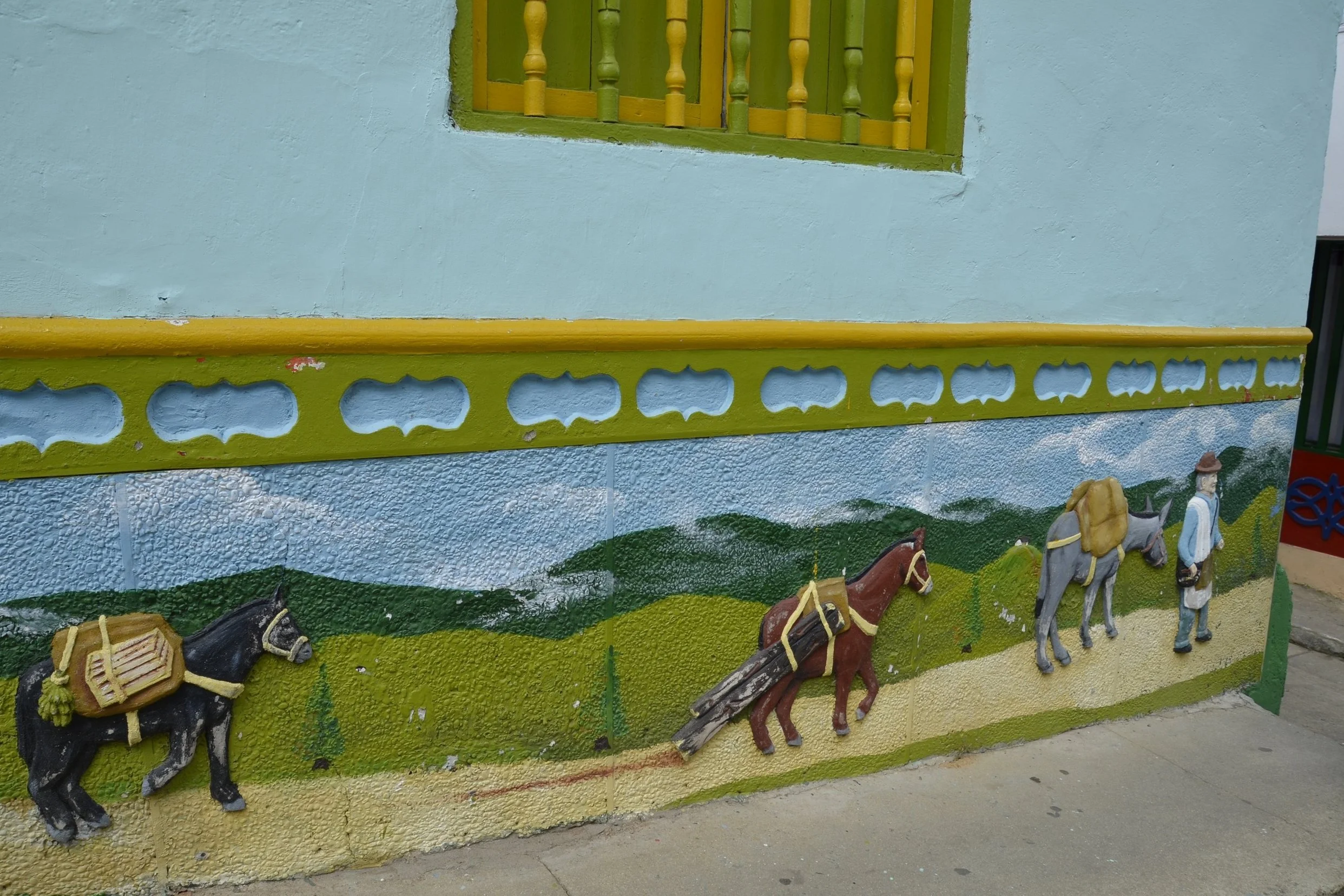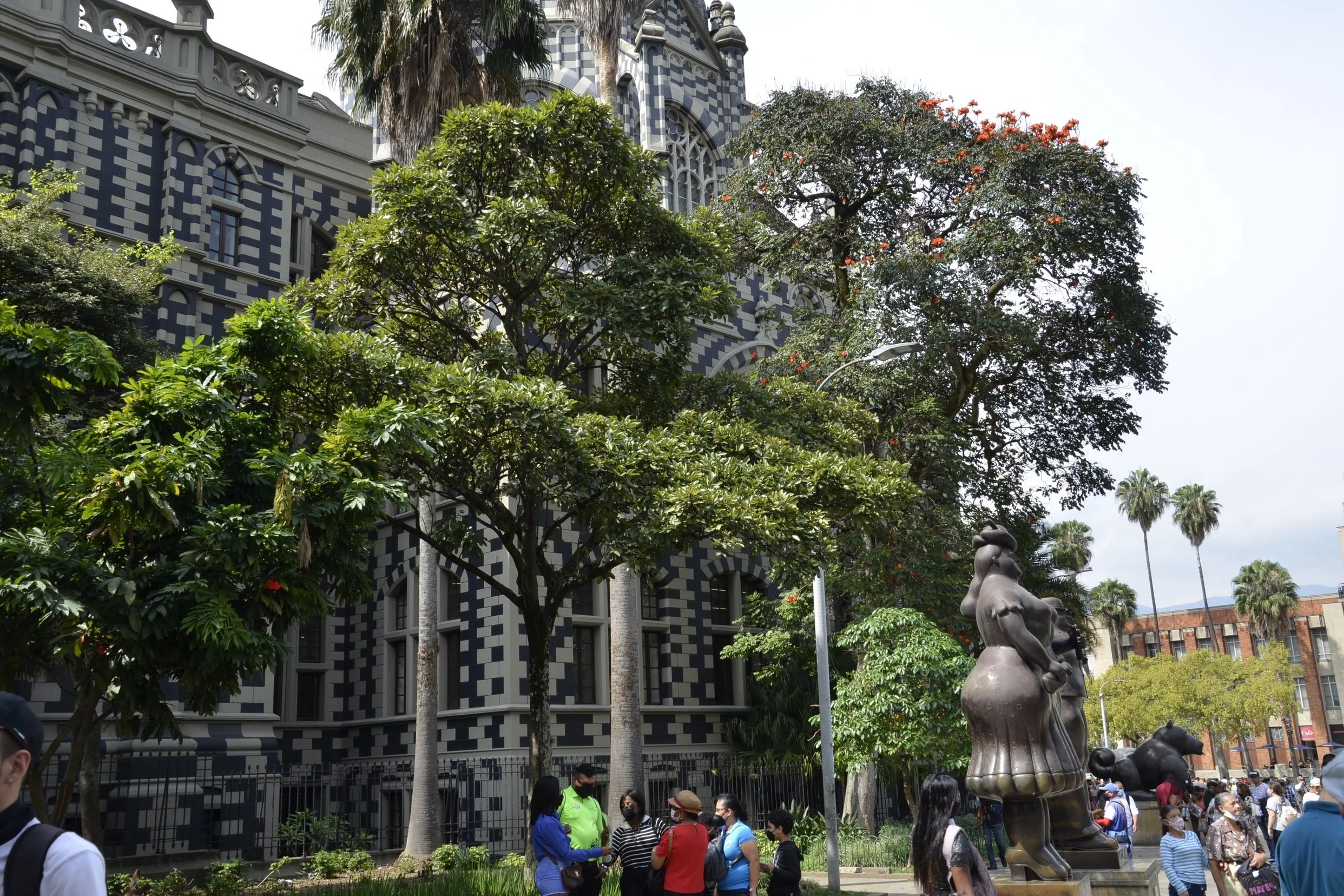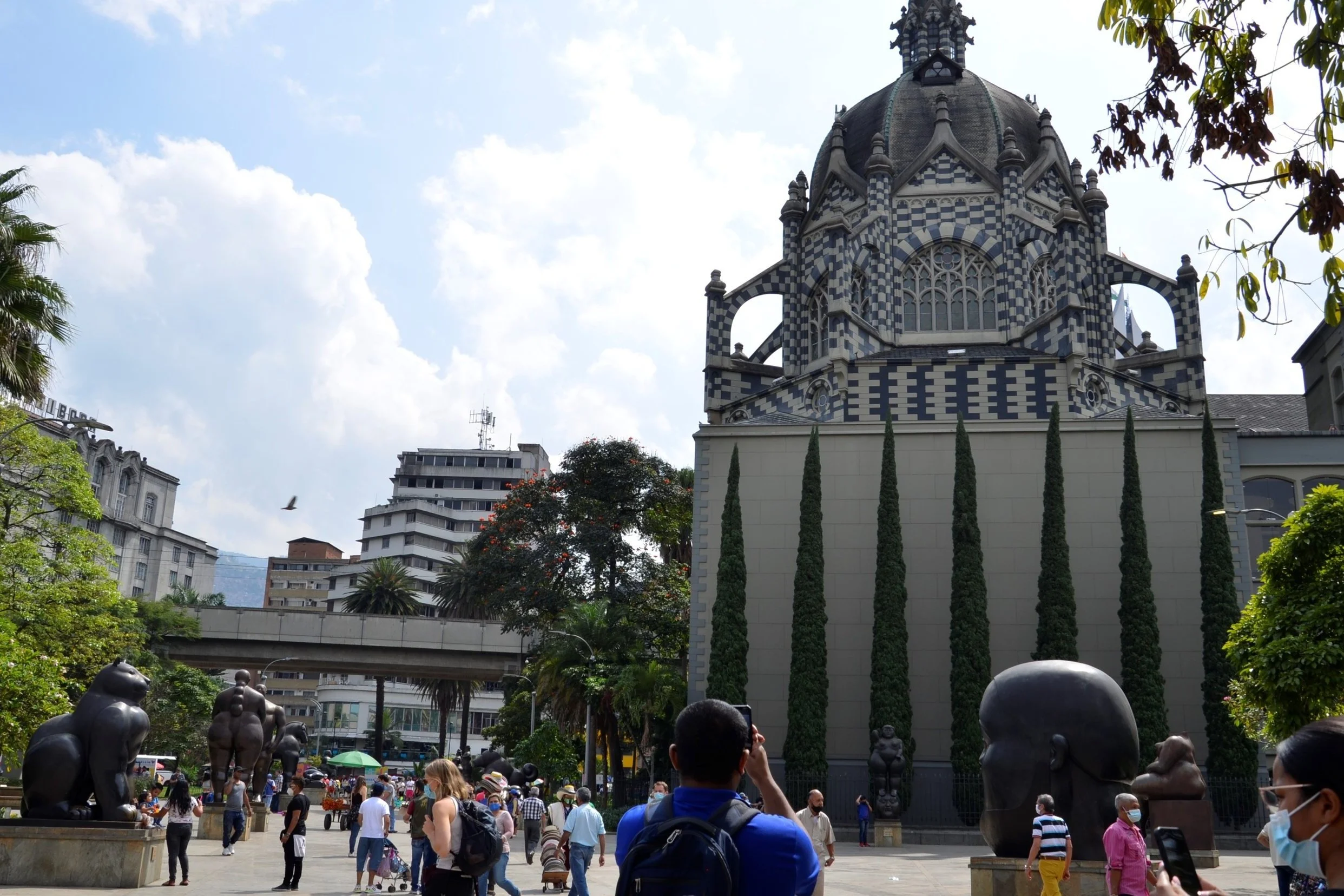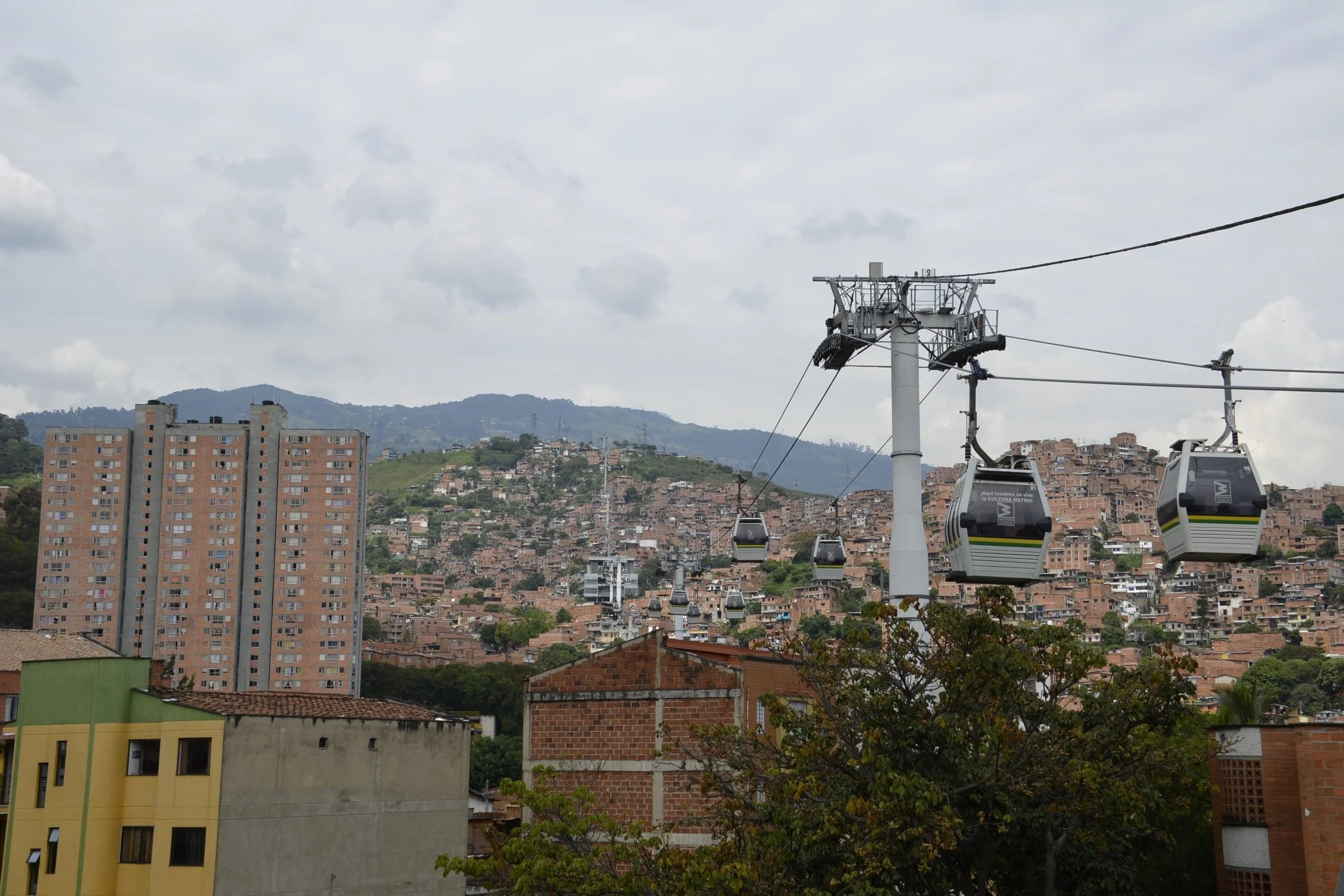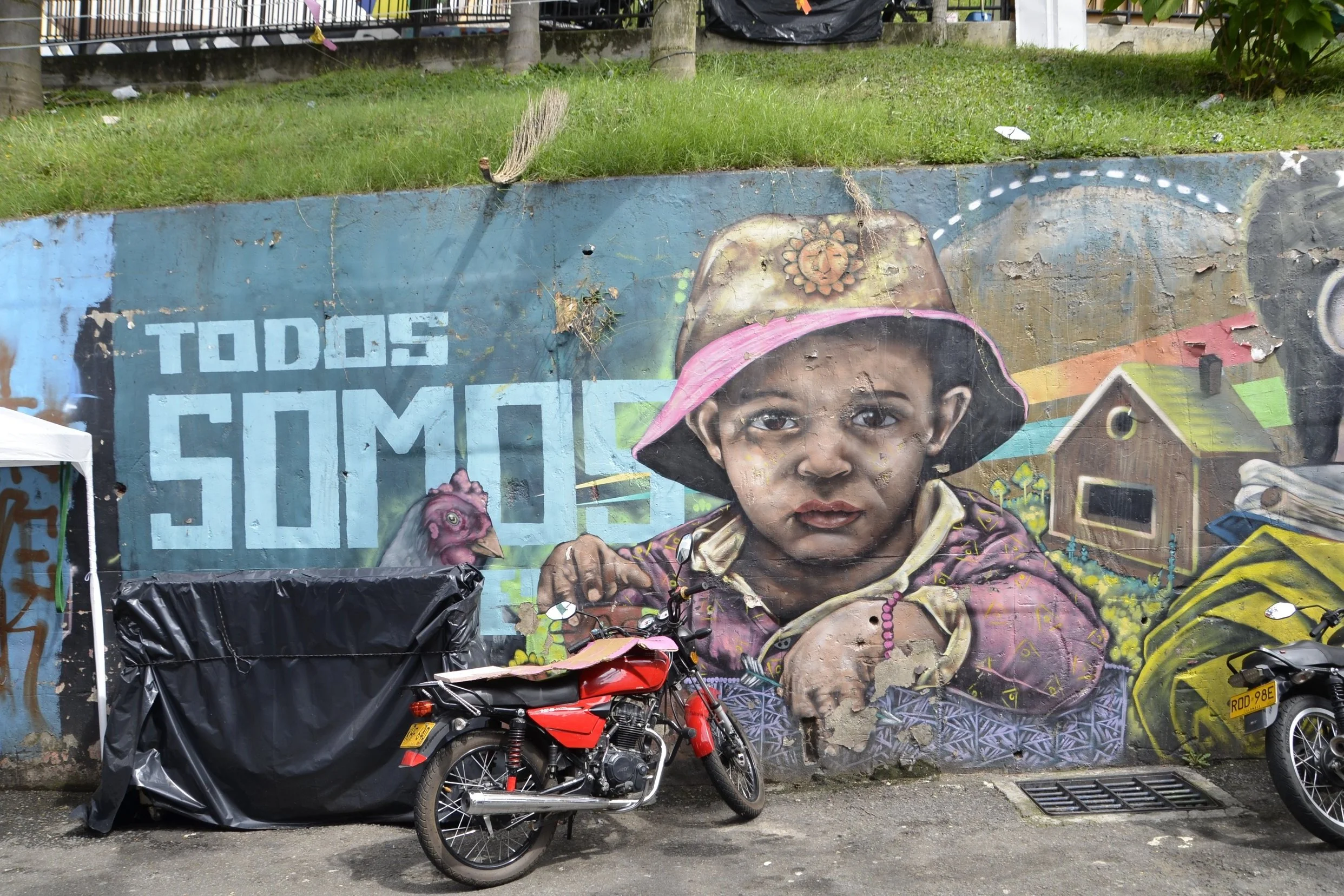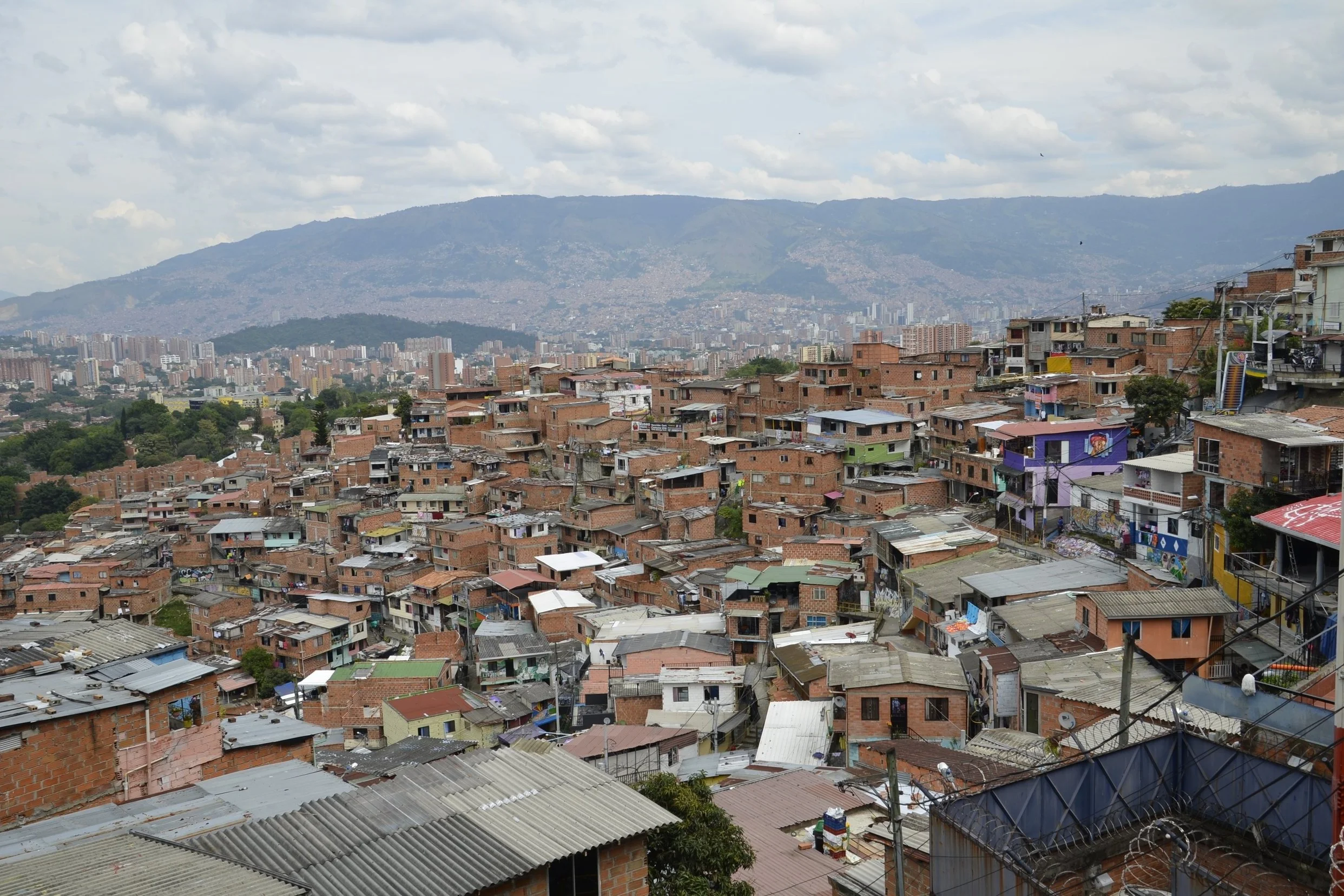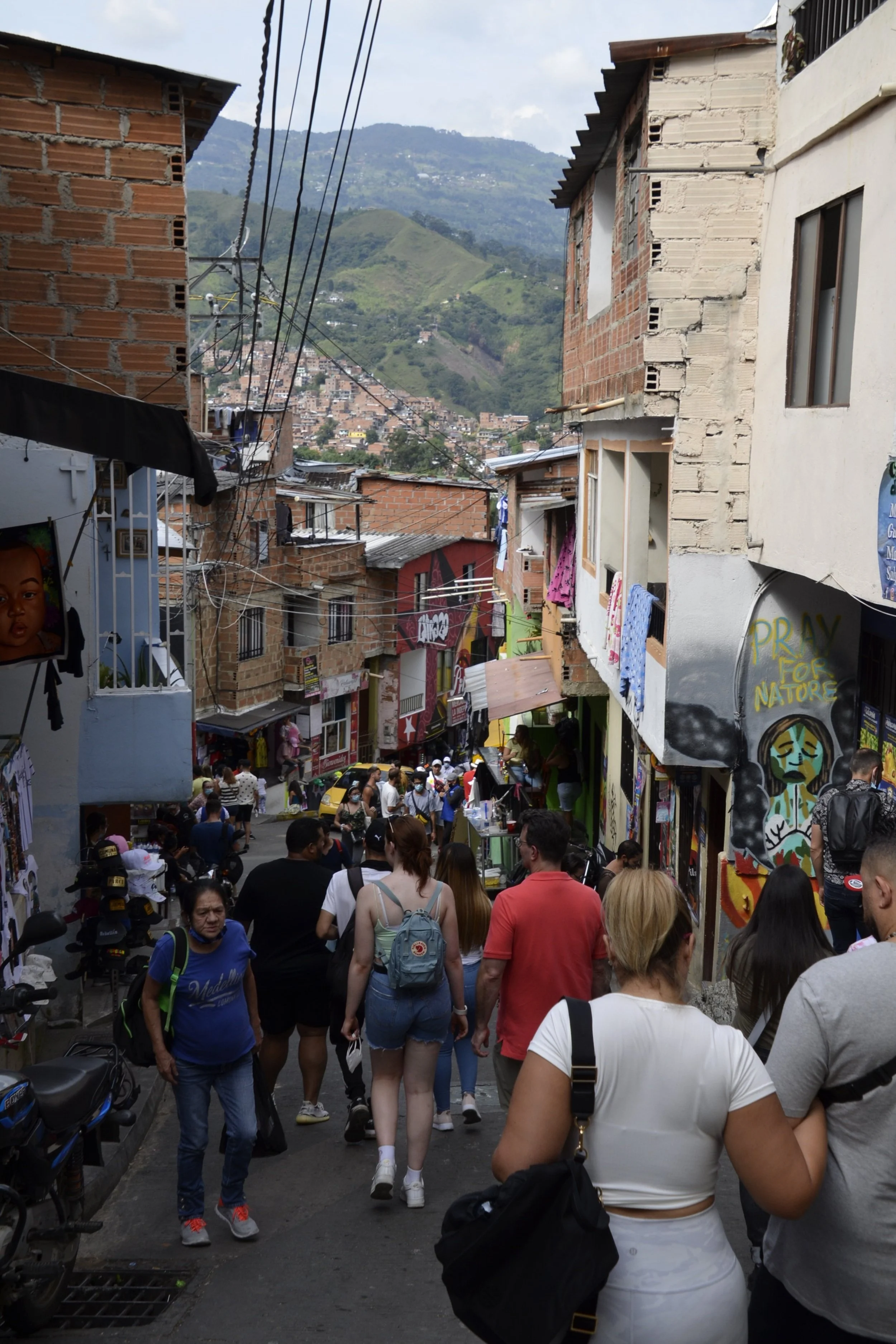Farewell to Colombia
We enjoyed our journey throughout the country, and wanted to conclude with observations that didn’t really fit into the storyline of earlier posts. This definitely is more stream of consciousness than the norm!
Lisa touched on the Bogota flower market (same parking lot as the fruit market), but didn’t mention that the ease of shipping is such that they actually package bouquets for US retailers in Colombia, which then ship from Bogota directly to your neighborhood Publix:
These apparently just weren’t good enough.
Flowers are far from Colombia’s only agricultural export. Of course, we all know about its coffee prowess, but what about blackberries? In Colombia, they are grown on a multitude of mostly small farms at slightly over a mile in altitude—and about 20% of the ~100 million metric tons produced each year are exported (mainly to the US and Europe). At first glance, we thought these were grape vines:
When you are serious about growing blackberries!
It is amazing what a bit of rain will do to your travel schedule when you are flying out of a minor airport. Our first week, before heading to the airport in Nuqui, we had fairly heavy rain—not unexpected for the Pacific coastal rainforest! But, no flights landed during the rain, which resulted in a 2 hour delay for our departing flight—which of course led to landing 2 hours late in Medellin. So instead of driving out of the Medellin Airport at 1:00p.m. on a Friday afternoon, we departed after 3:00. Then there was road construction, then blinding rain and hail in the midst of rush hour…. So, our 3 hour drive turned into 4.5 hours and we arrived in Jardin almost 4 hours later than planned. Ahh, man plans and God laughs!
During the period of our first car rental (Medellin, to Jardin, to Salento), we were continuously driving through the mountains, complete with periodic road signs warning of rockfalls and seismic activity. As a result, the roadway was frequently under repair with closures and alternating one way traffic—to the point where we began to wonder whether the patron saint of Colombia was “Our Lady of Perpetual Construction.”
Driving in Colombia is more “interesting” than Iceland or Spain, but not too bad. Many traffic circles, but people generally are alert and not only yield, but let others in. The speed limits are low, but the roads are generally too curvy and hilly to call for speed (in fact, they are so curvy that we unfortunately learned that it is possible for a driver to get motion sick).
Any speed limit is simply aspirational …
On the modern highways, 80 km/50mph starts to seem slow at times—but your car will beep annoyingly at you when you go faster. The road signs are mostly easy to decipher…
Well, except for this one. It doesn’t mean that you are getting sleepy…. Rather, “Dim your headlights!”
The one big wrinkle is the motorcycle traffic. There are many of them, they pass on both sides in slow traffic—and although they go only one way (at a time) on one-way streets, it isn’t necessarily the same way as the traffic flow, which keeps you on your toes as a pedestrian. If you are a motorcyclist, however, and can arrange to rent one in Colombia, it is probably the best way to get around—especially if you are traveling alone or moving horses.
Bonus is that motorcycles pay no tolls and and have a special diversion lane to skip the lines at the frequent toll booths. Everyone else should ensure that you have plenty of cash on hand before hitting the road. This also helps if you experience a small town with sneaky speed limits that assesses cash fines on the spot…. Not to admit that we have any personal experience!
Oh, and if you are like Steve and tend to cheat to the right when driving, Colombia has a nifty way to deter you from that:
This storm water diverter and its many siblings, some of which abut the white line, will easily win in the event you shade too far to the right!
Colombia also has a very active bicycling culture. No matter what type or pitch of road you are on, you will see bicyclists—ranging from lycra clad enthusiasts to farmers taking their goods to market on three wheelers.
Bogota has famously taken the country’s love of cycling to great heights with its Ciclovía:
A small slice of a VERY big event. I wish we would have had time in our schedule to rent a bike that morning!
Since 1974, the capital city closes down a good chunk of streets every Sunday from 0700 to 1400 for bicycles and other nonmotorized transportation. It now involves over 70 miles of streets throughout all sectors of the city and draws between 1 and 1.5 million people over the course of the day. Here is a good 2 minute youtube video on it, if you are interested in learning more: https://www.youtube.com/watch?v=WkaBHyVJ8cQ (And despite our fears, it wasn’t that difficult to get out of downtown by car during the event.)
How did the pride of Guatape not make it into the blog?!
No image description needed!
Flying in Colombia was very interesting, in a good way. On domestic Avianca flights, they deplane by rows (and by right/left side of the rows), probably due to Covid. In any event, everyone remained seated until their row was called; we haven’t seen passengers consistently follow those type of directions anywhere else! (Oh, if you plan to fly within Colombia in the near future, you’ll need a surgical or N95 mask. Cloth masks are prohibited on flights.)
And a word to the wise: if you fly internationally into Medellin, do not use Uber from the airport. It is not licensed at that location, and you end up having to sneak through the parking lot behind your driver and will be instructed to lie to the police if the car gets pulled over! Not worth the hassle for the minimal savings.
Finally, this picture was just too cute to not include:
They won’t be taking you to Cartagena’s jail in this police car.


